22-30 July 2019
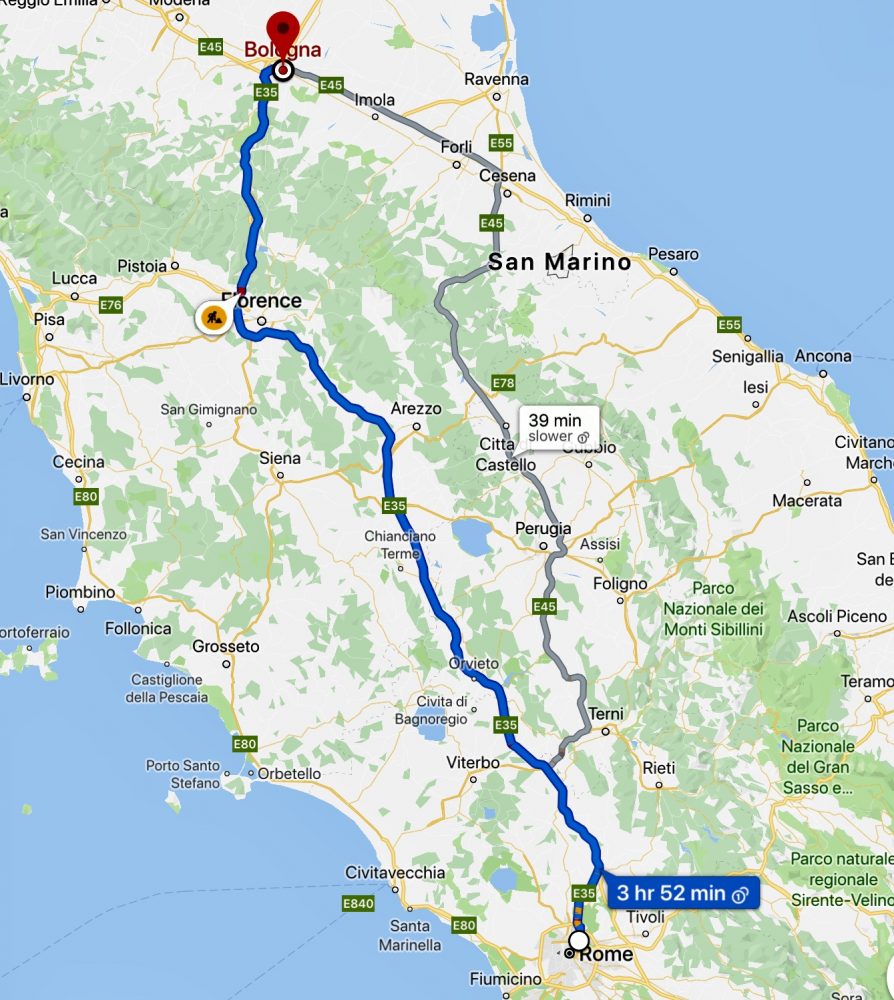
Bologna proclaims it is the center of Italian cooking. Even its name sounds like a food group. But there is a lot more. 80,000 students go to the university in this city of 400,000 (the university is said to be the oldest in the world), and their youth creates great street vitality day and night. Streets are lined with lots of retail and tables and chairs for cafe and restaurant customers—some singing or talking loudly, or both.
Bologna is known by Italians as ”La Grassa, La Rosa, La Dotta.” The fat, the red (for bricks but later for its Communists), and the educated. We learned about all of these.
We are in Bologna during a spate of graduations. We say a spate because each day we see one or two graduates with a group of family and friends parading in the street, maybe holding glasses of wine or Aperol Spritz. The graduates wear a wreath of laurel leaves on their heads. Hard to miss. Bonnie noted that the wreaths have colored ribbons trailing down the back, perhaps distinguishing schools or departments.
We learned that going to the university does not cost much. Although prices vary among the departments, as an Italian citizen, you pay as little as 2,000 Euros per year for graduate studies. The university offers some housing, but most housing seems to be private.
Don’t know if it is the university tipping the scales to the youth or coincidence, but we saw a lot of man buns. Perhaps due to the hot weather? Tattoos also. Men and women. And smoking. Even though the cigarette packets here have pictures of blackened lungs taken from cadavers or severed limbs due to bad circulation, the kids here smoke a lot and this includes e-cigarettes. Roller luggage is also prevalent and not limited to tourists.
Graffiti dominates the building facades. It is everywhere. Bikes are common but not in the large quantities we saw in Lucca.
Eight days in Bologna was just right. With some forethought, it would have been the perfect place to take Italian classes. Next time.
Wanderings
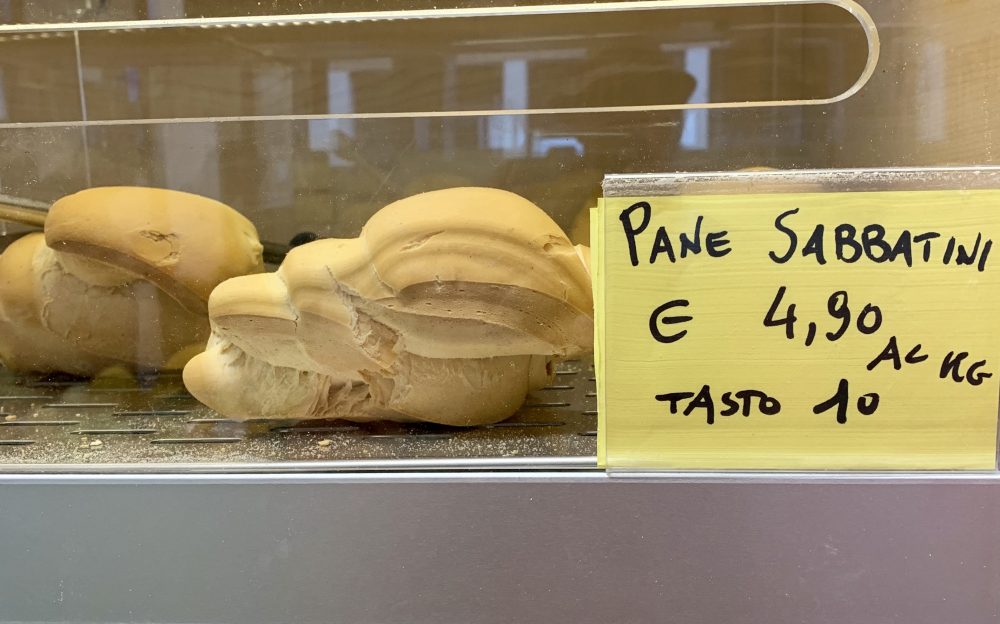
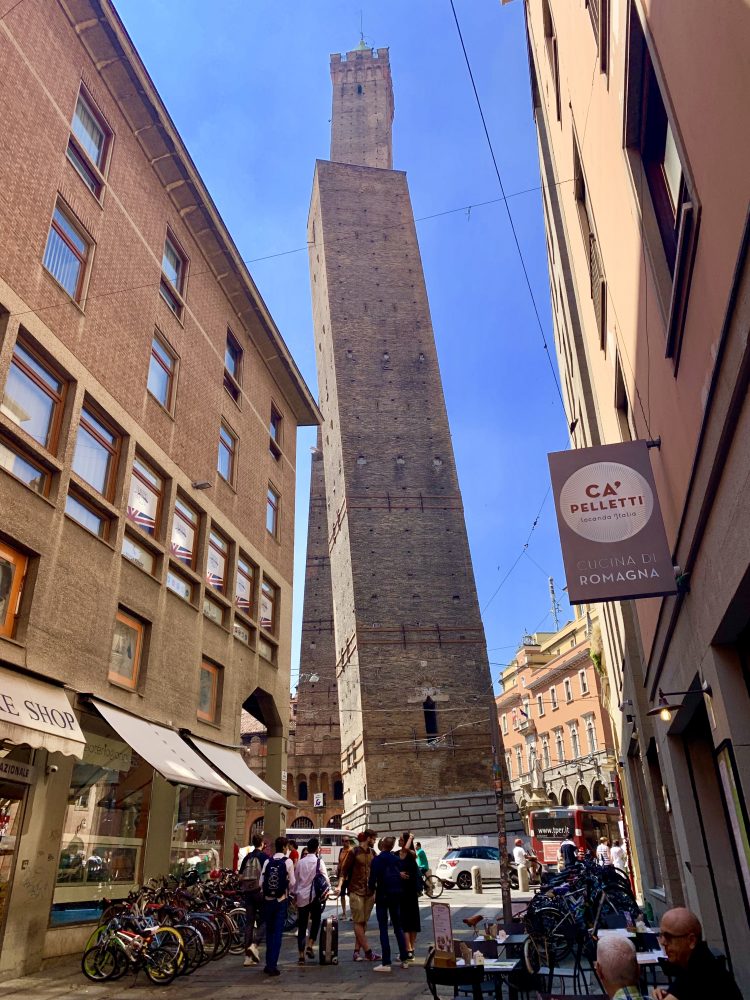
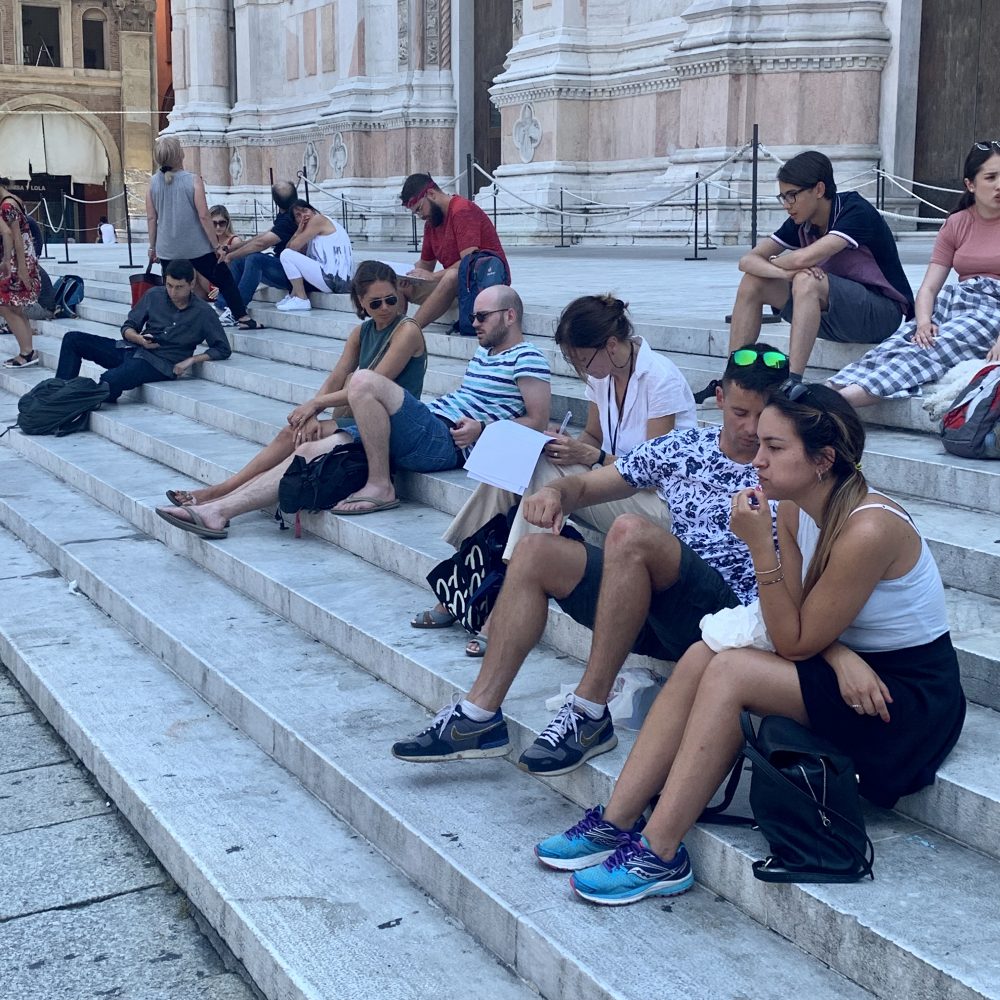
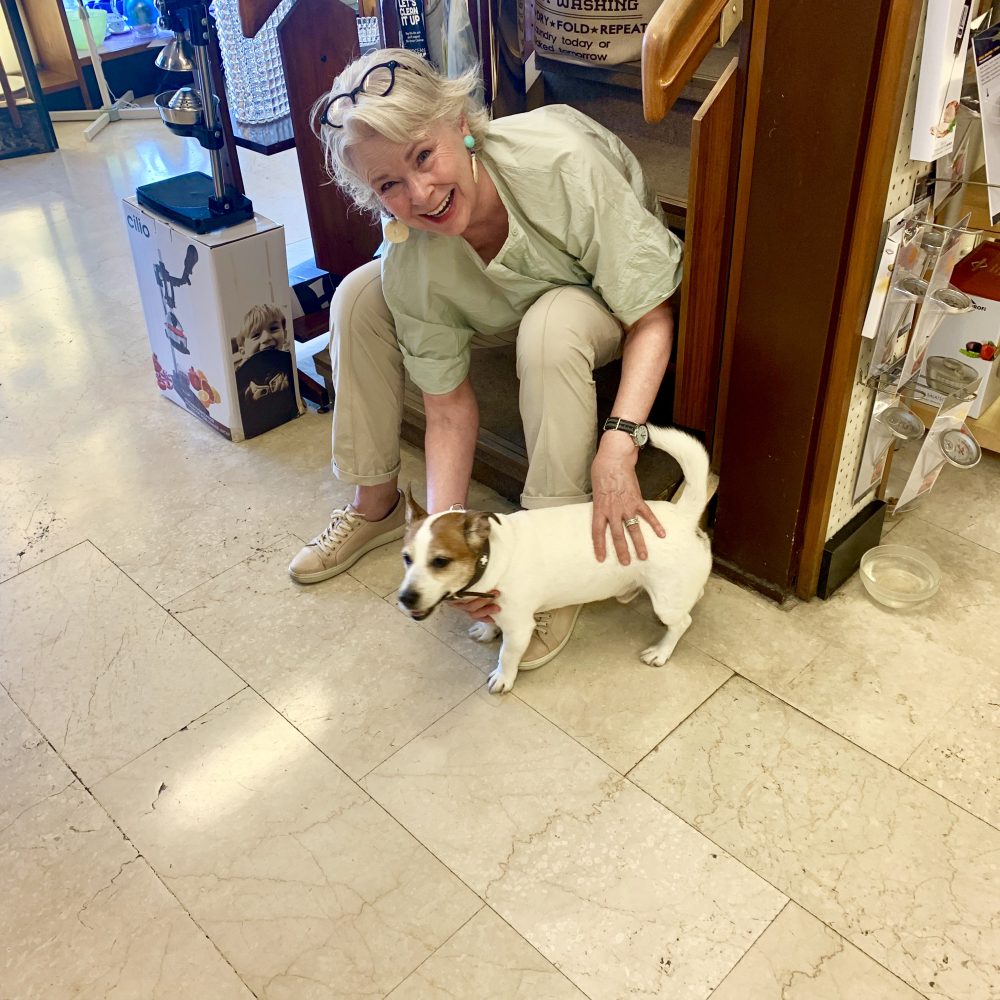
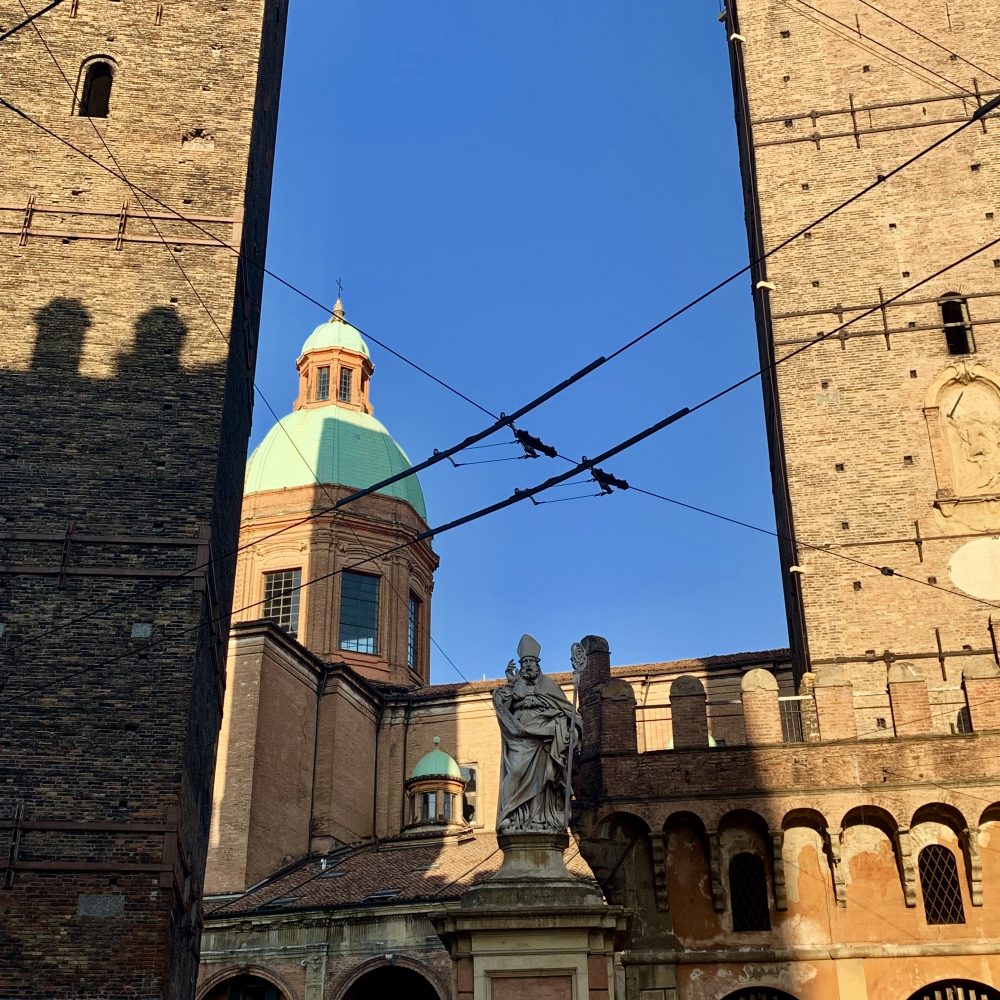
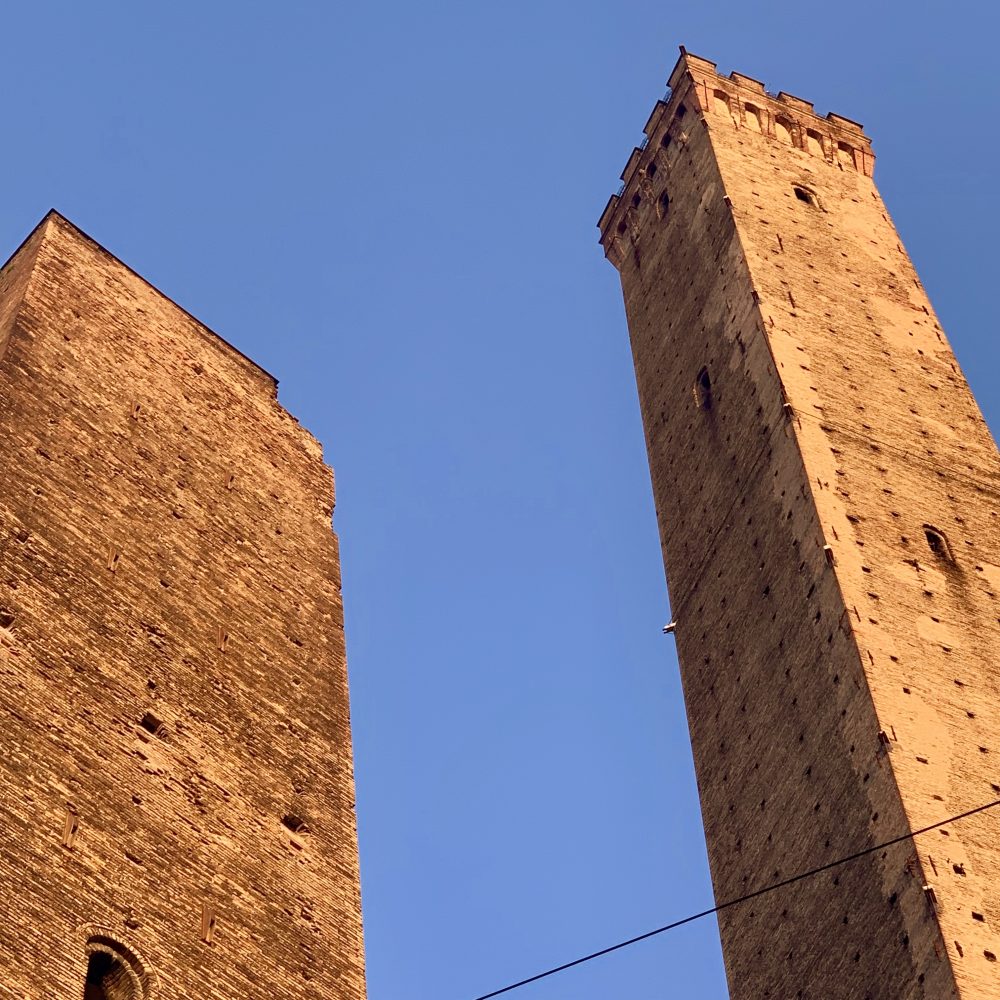
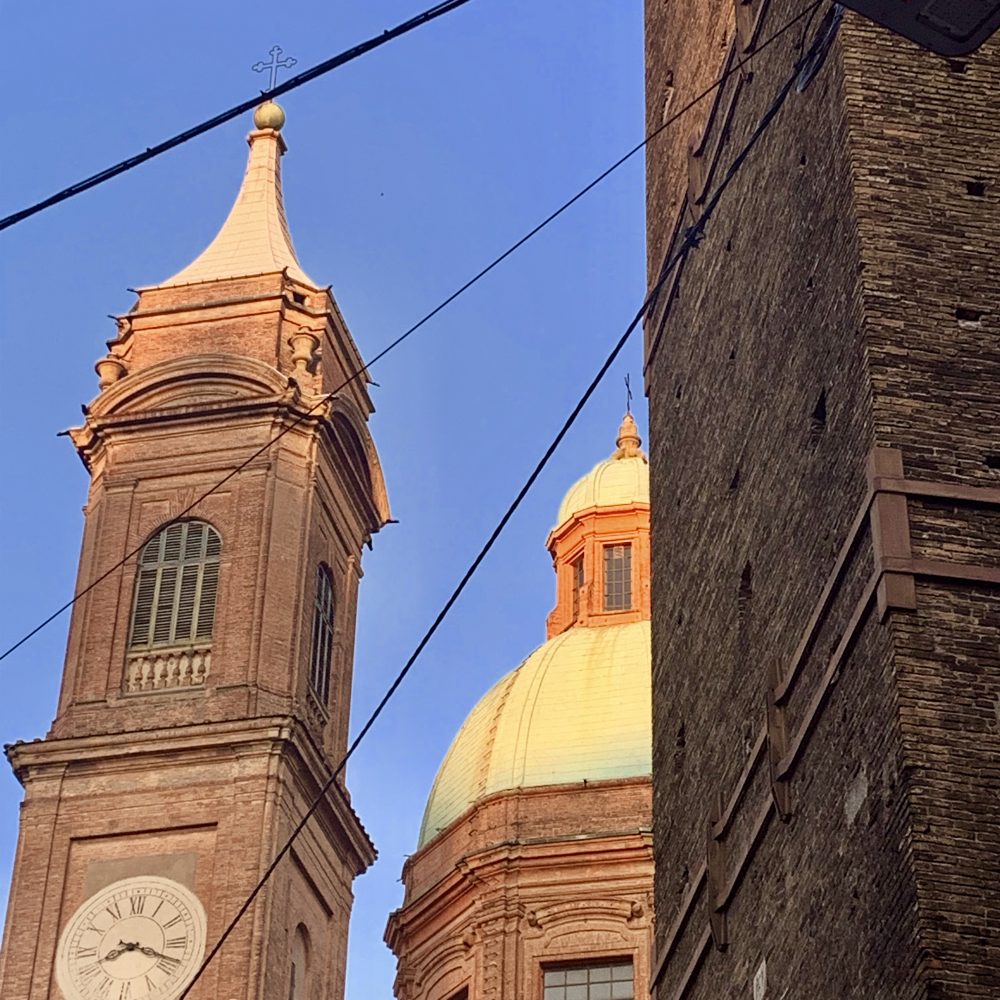
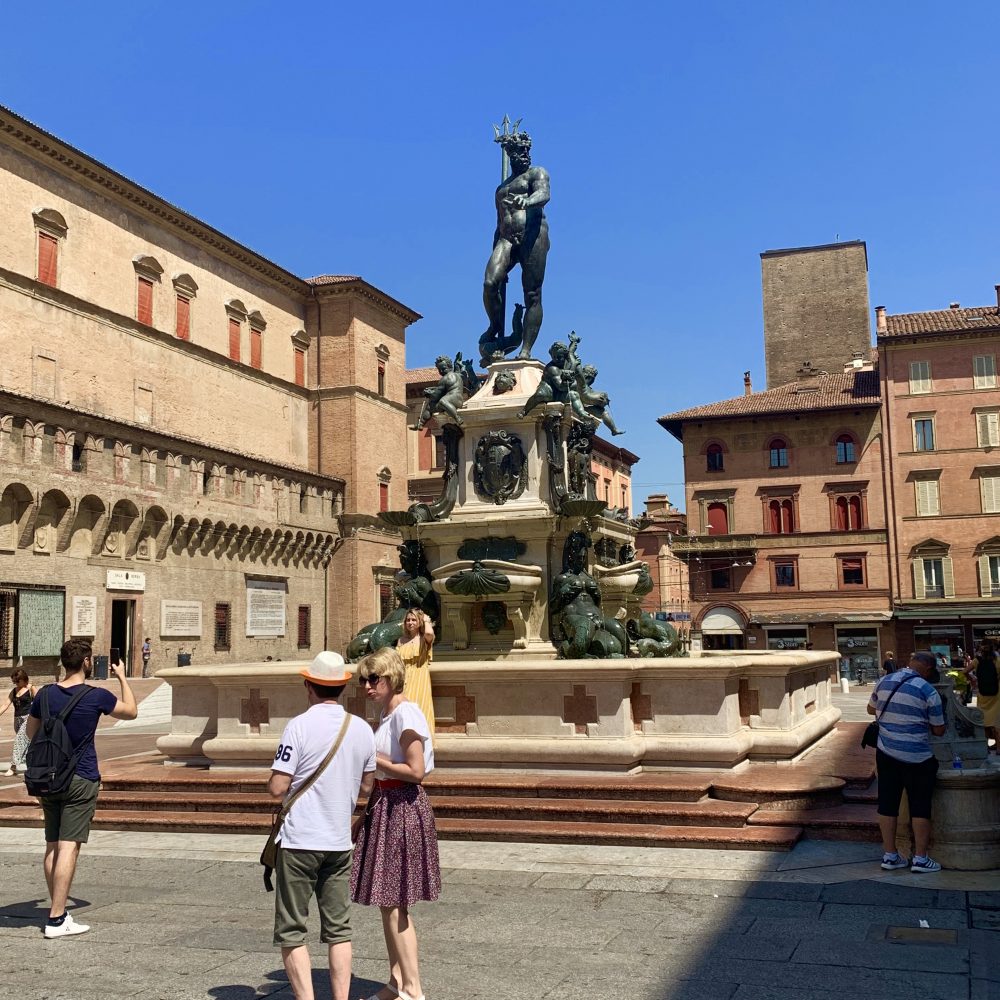


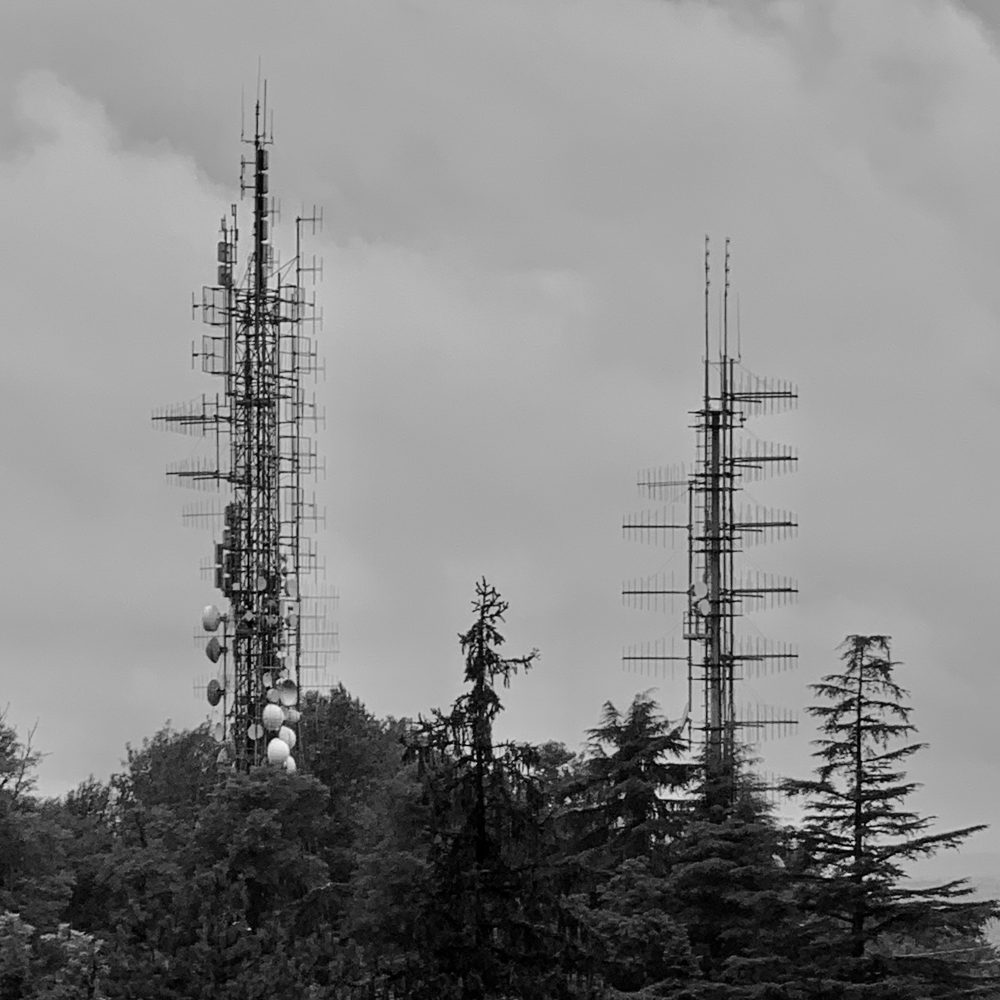
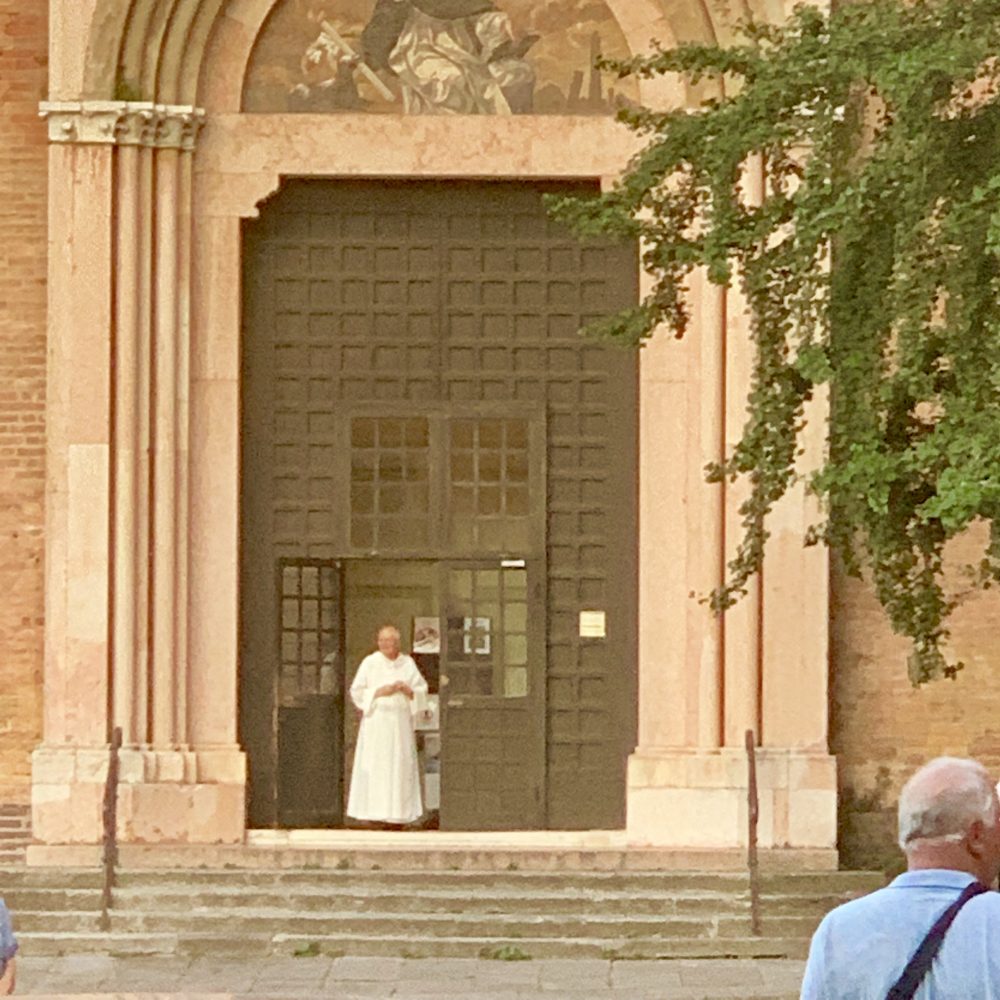
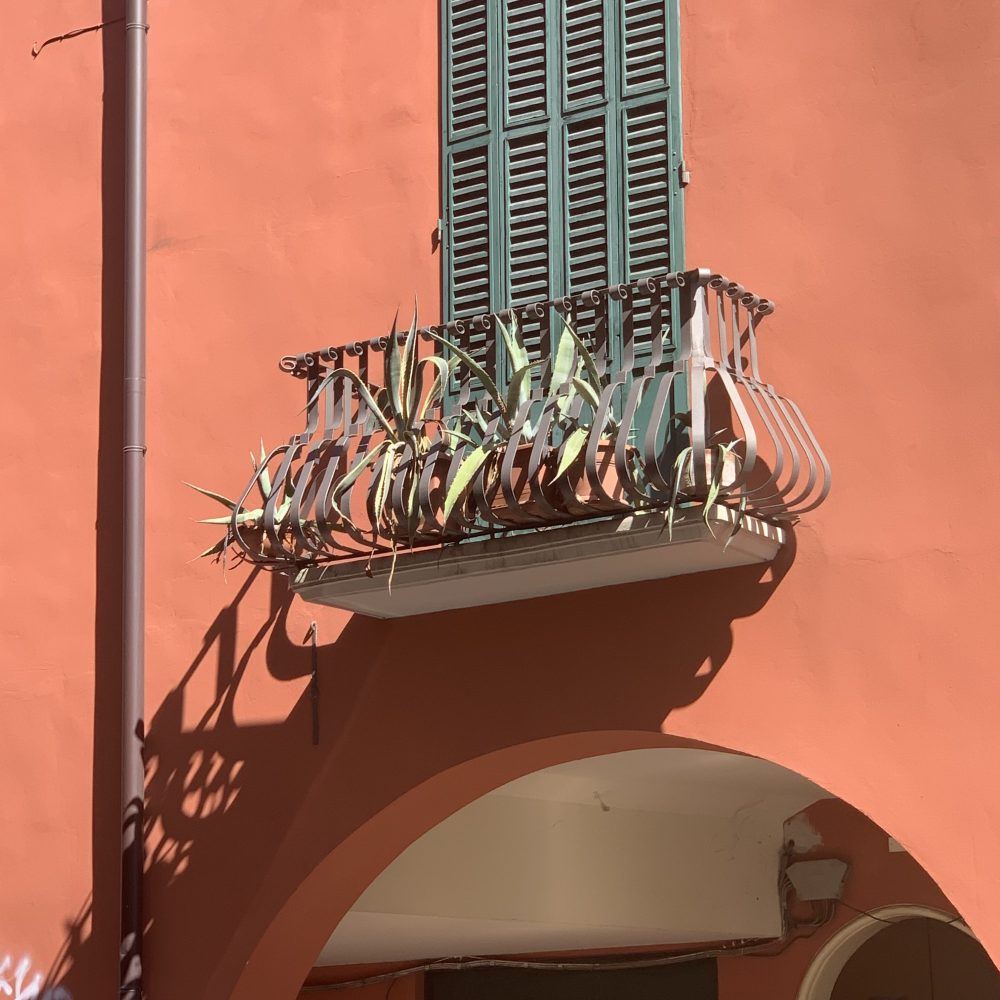
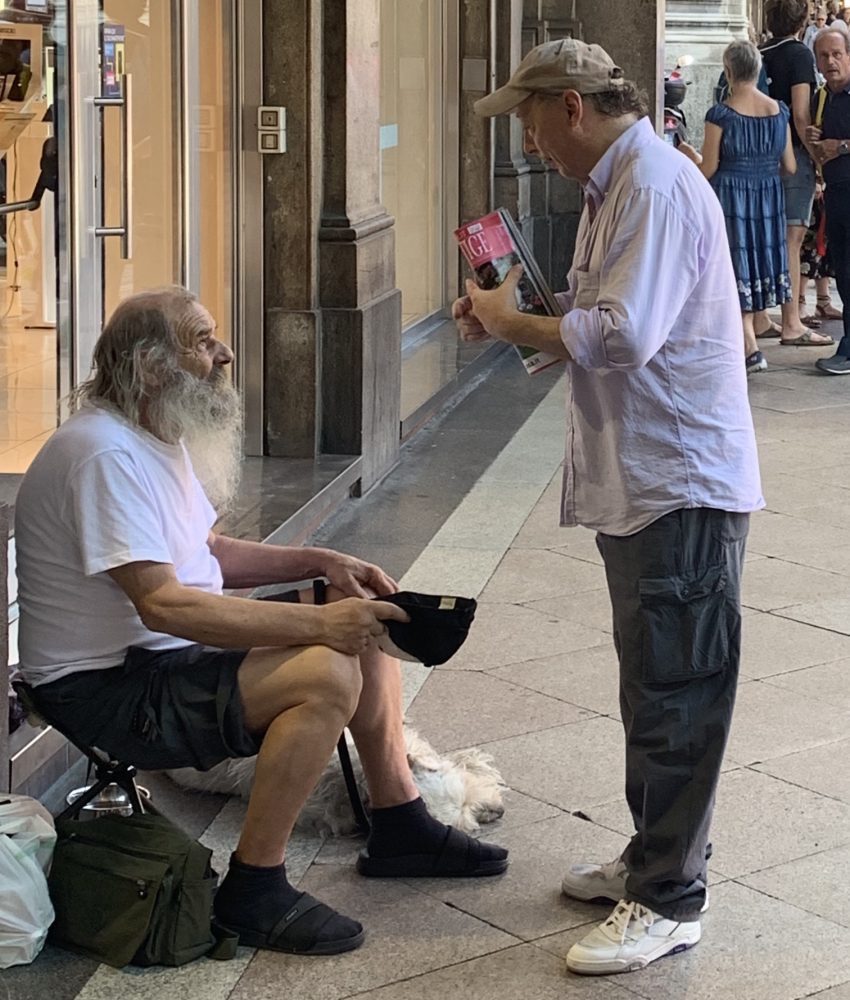
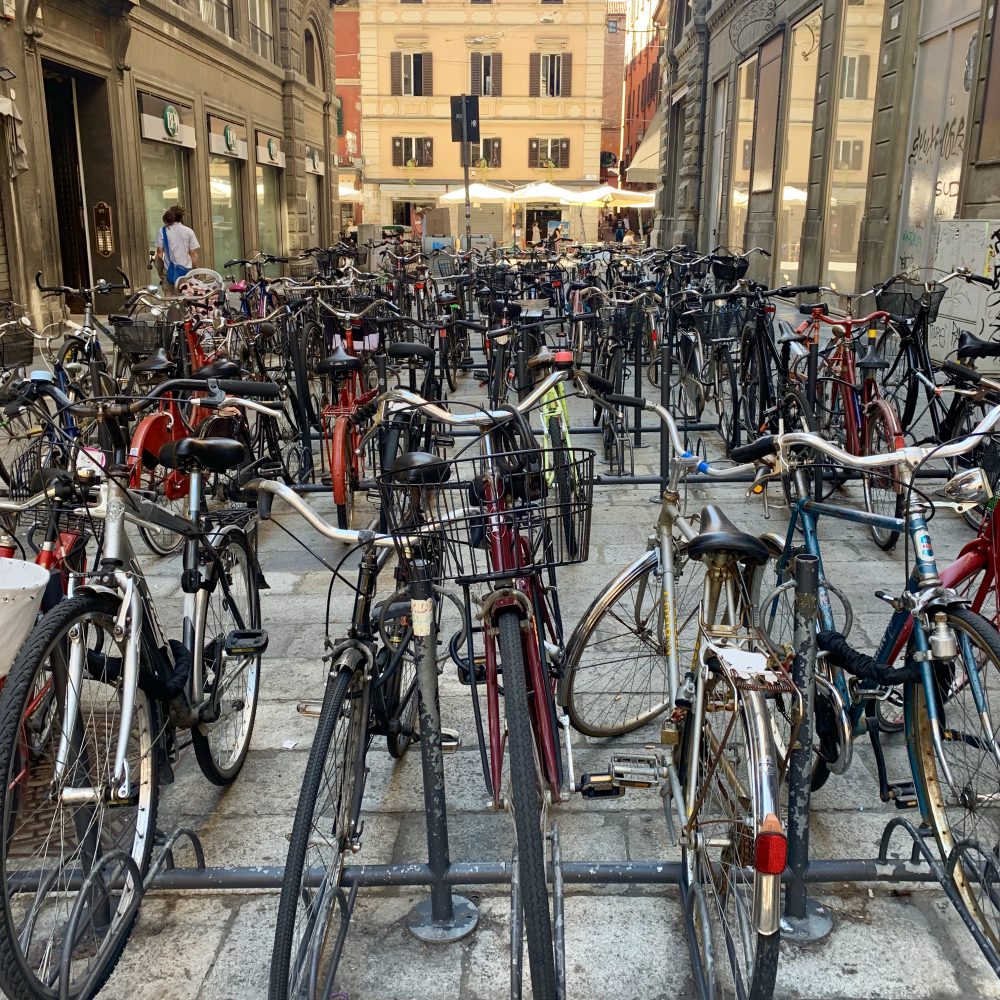
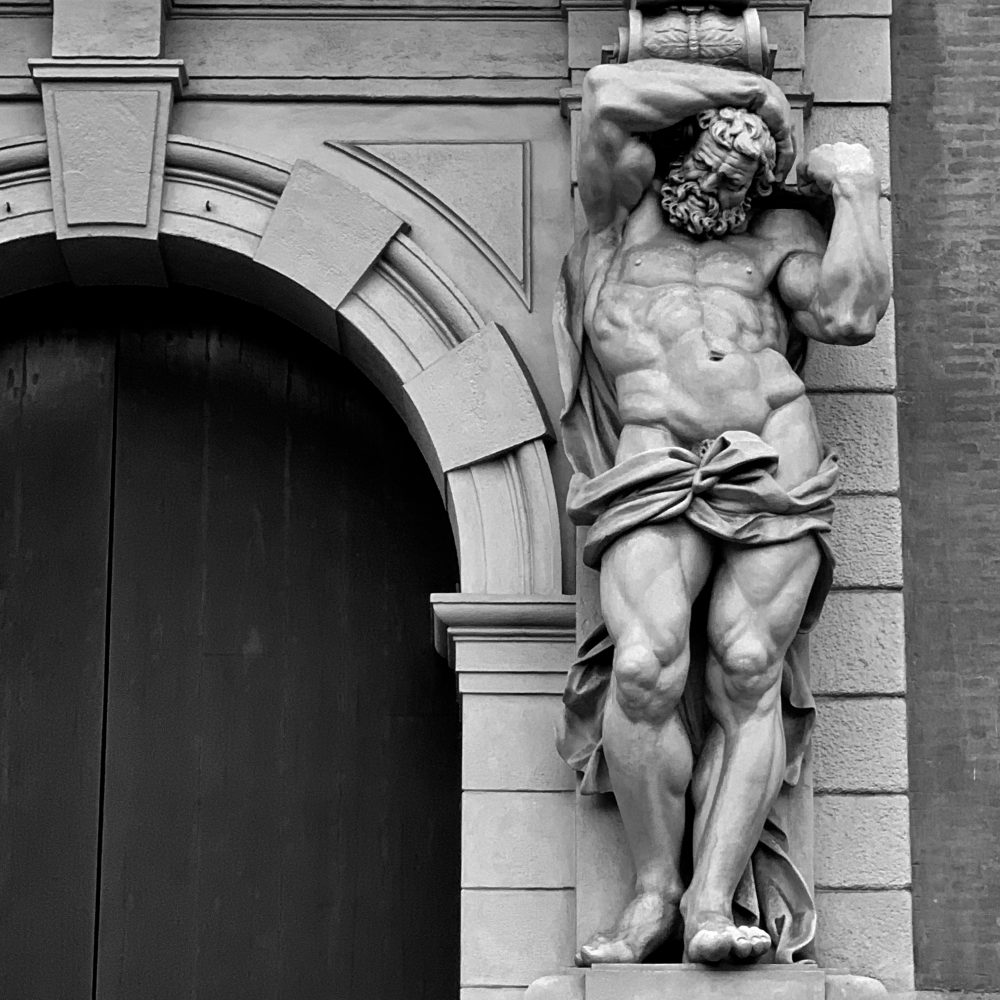

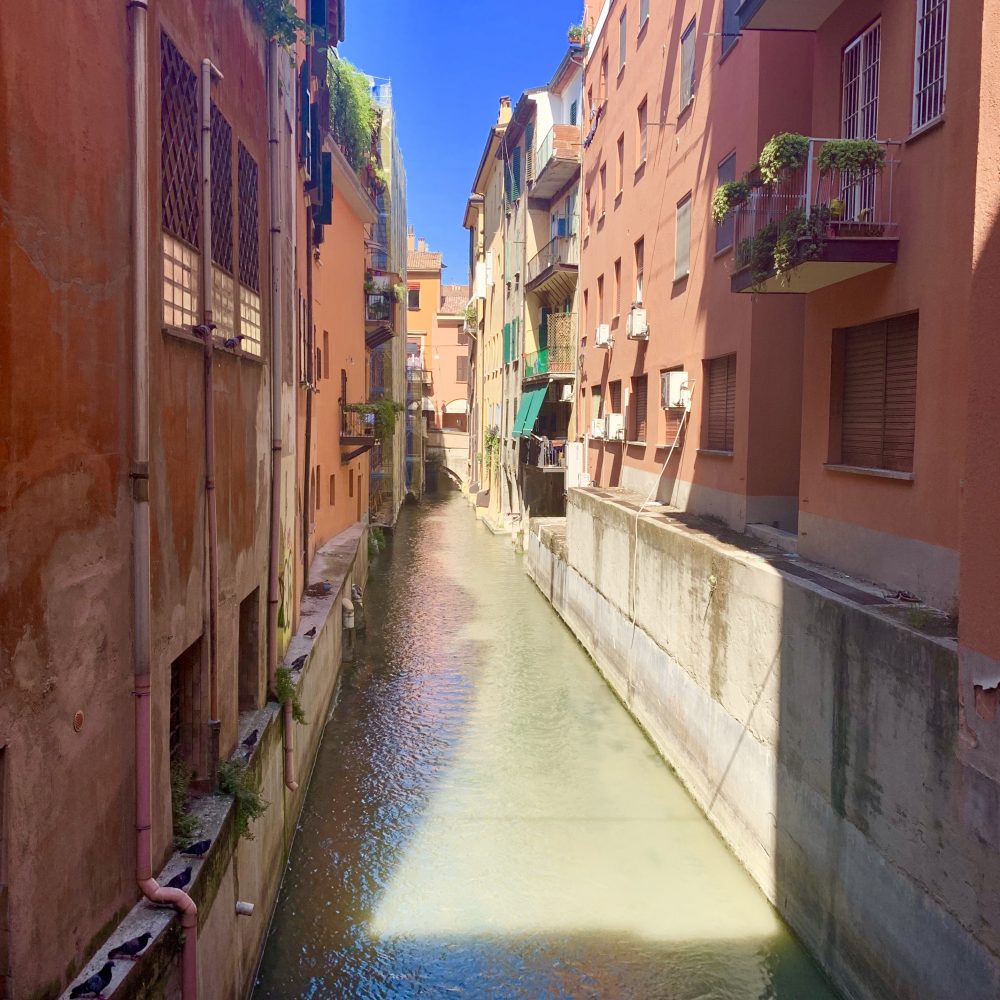

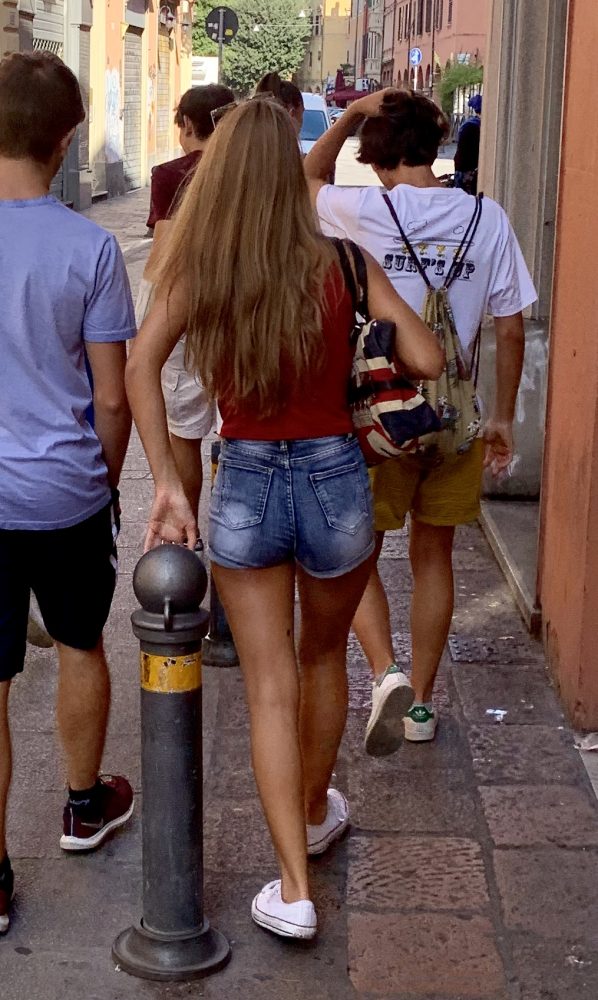
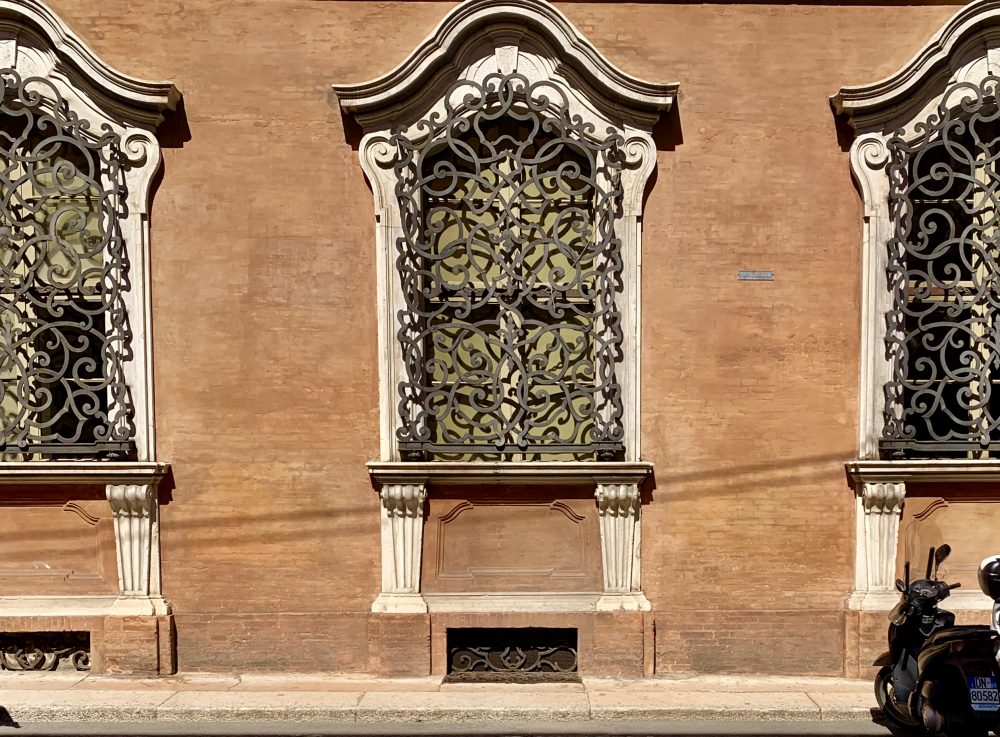
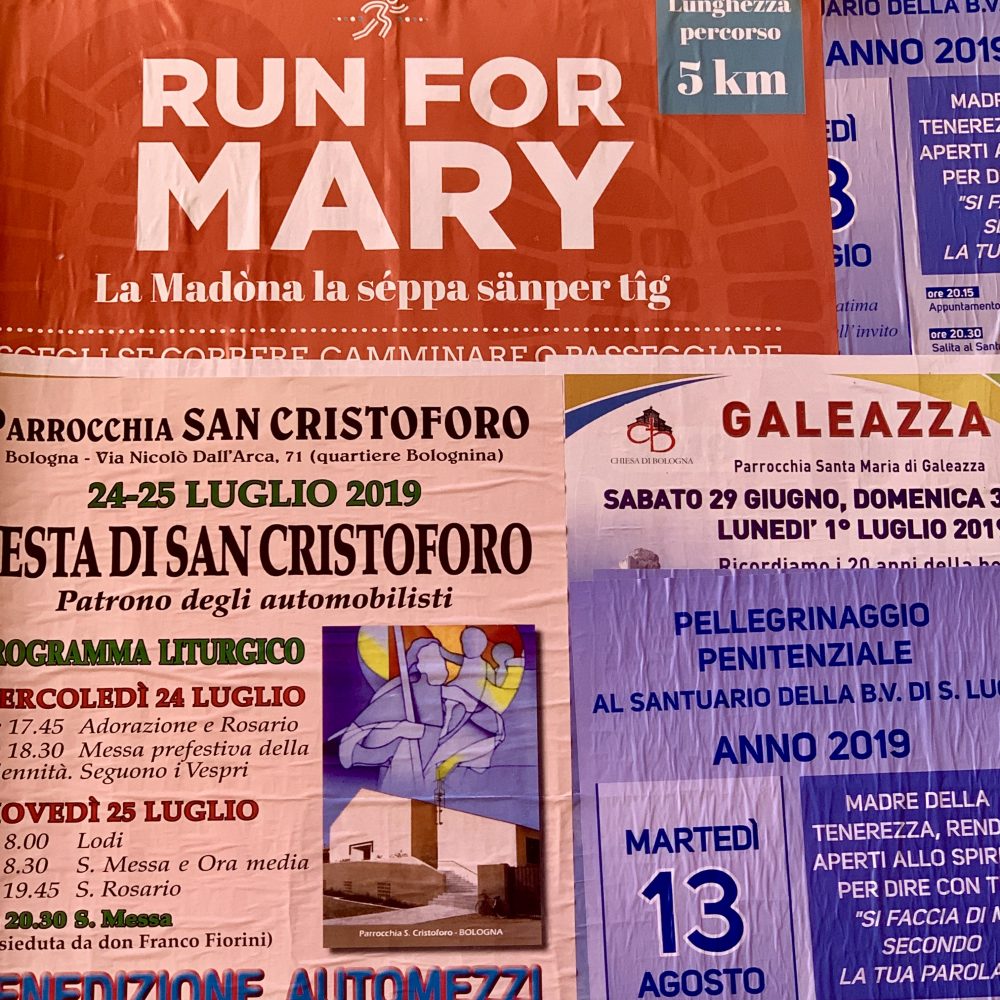
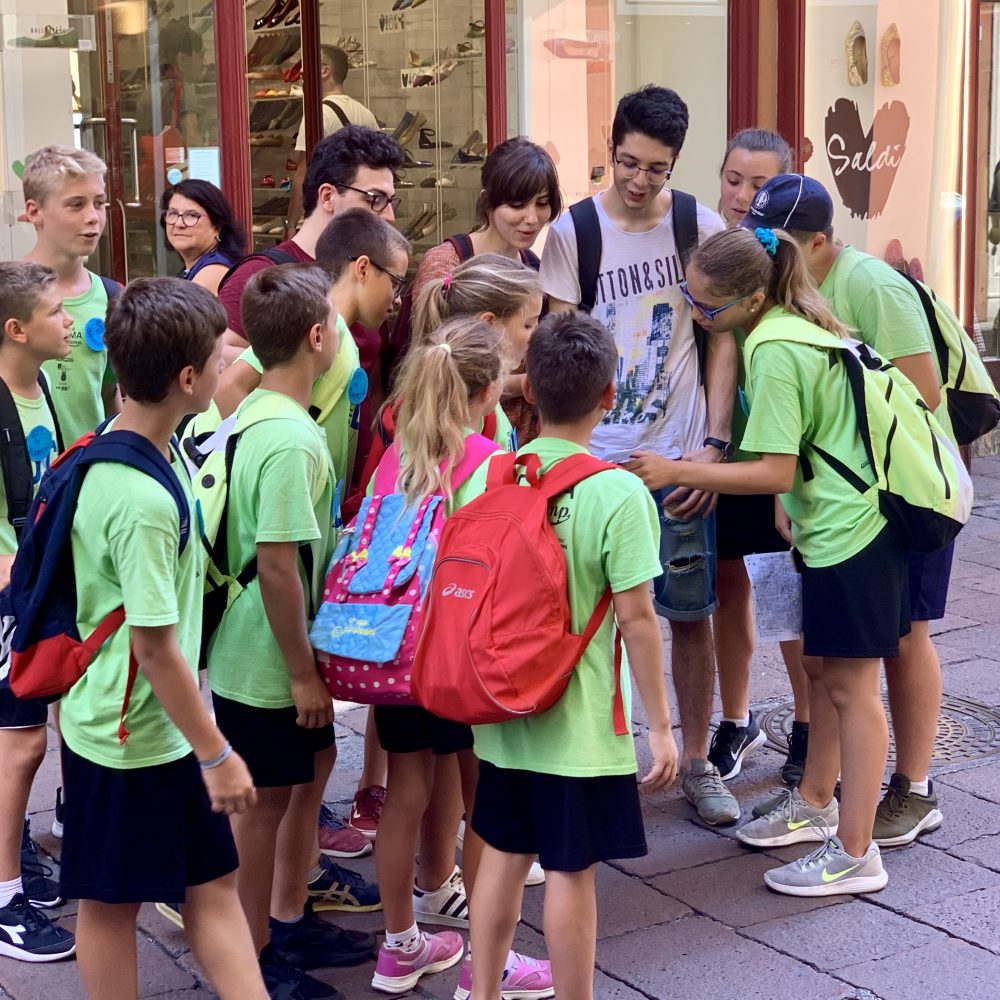
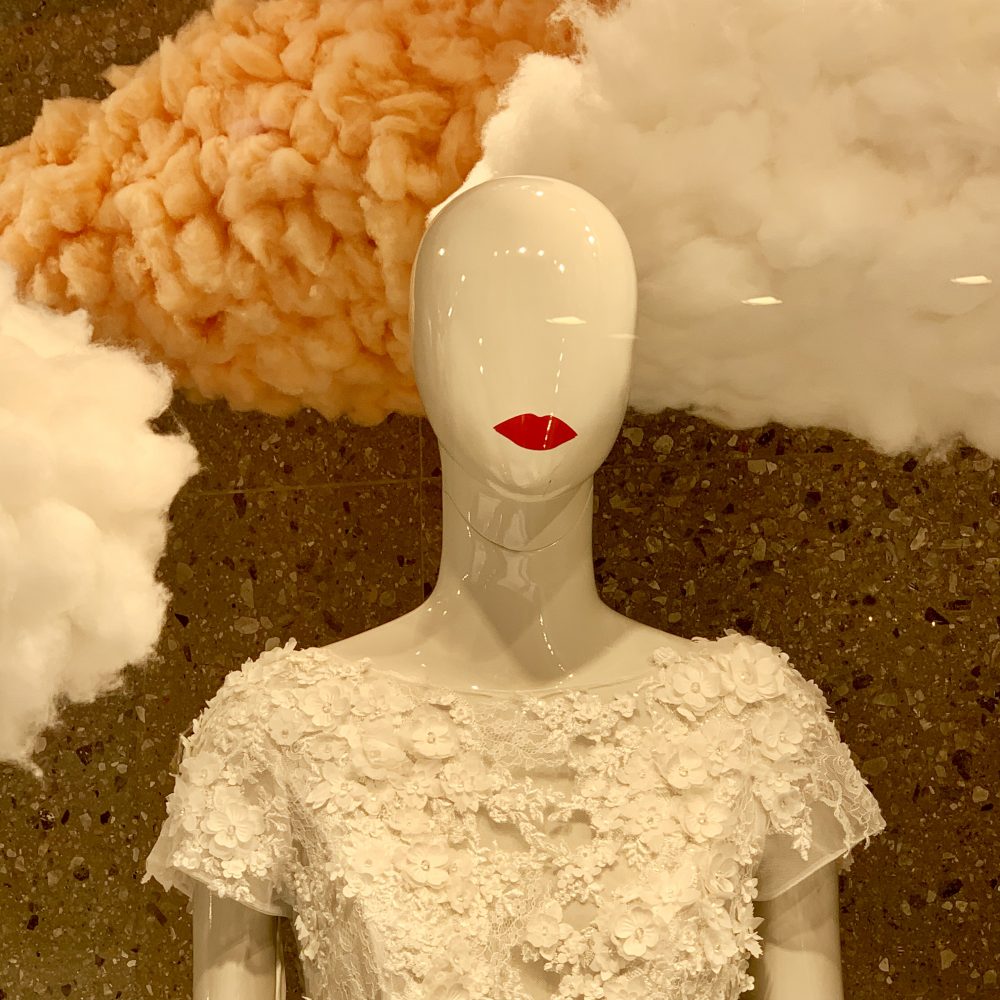

Street Life = Eating and Drinking (Mostly)


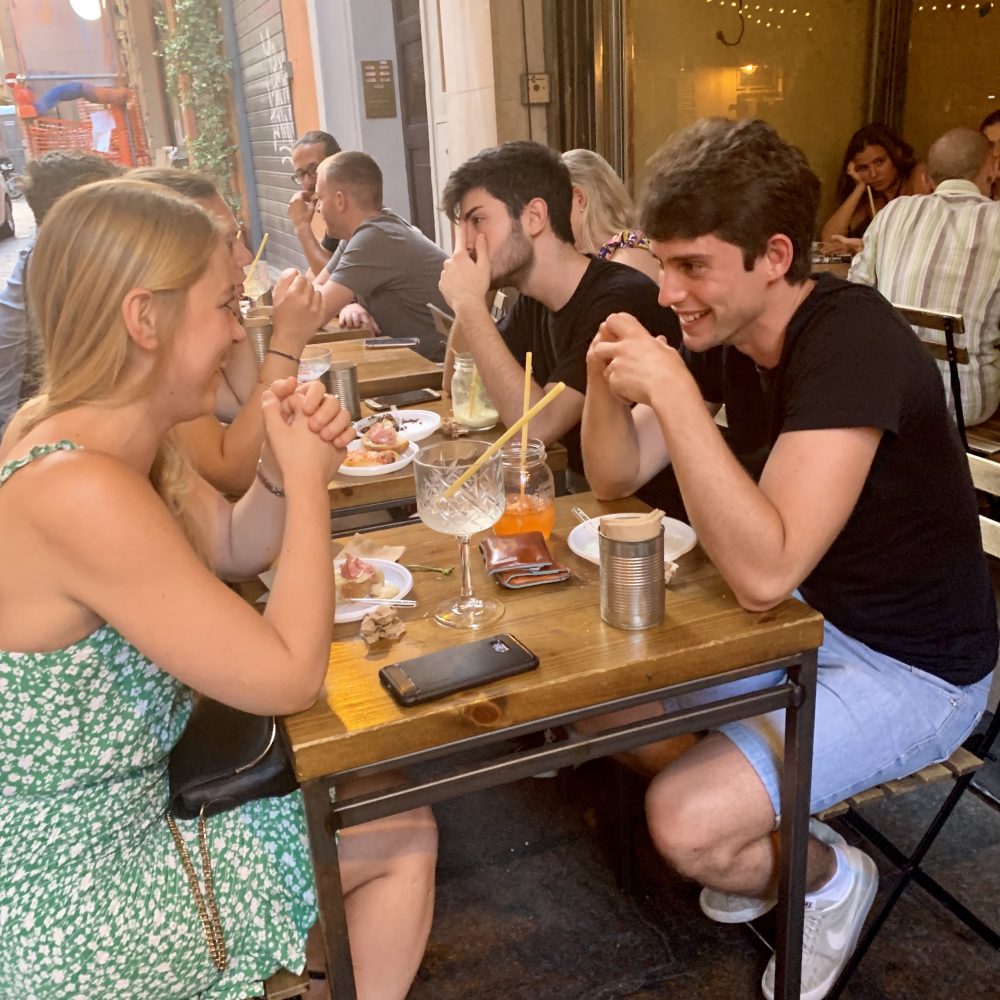
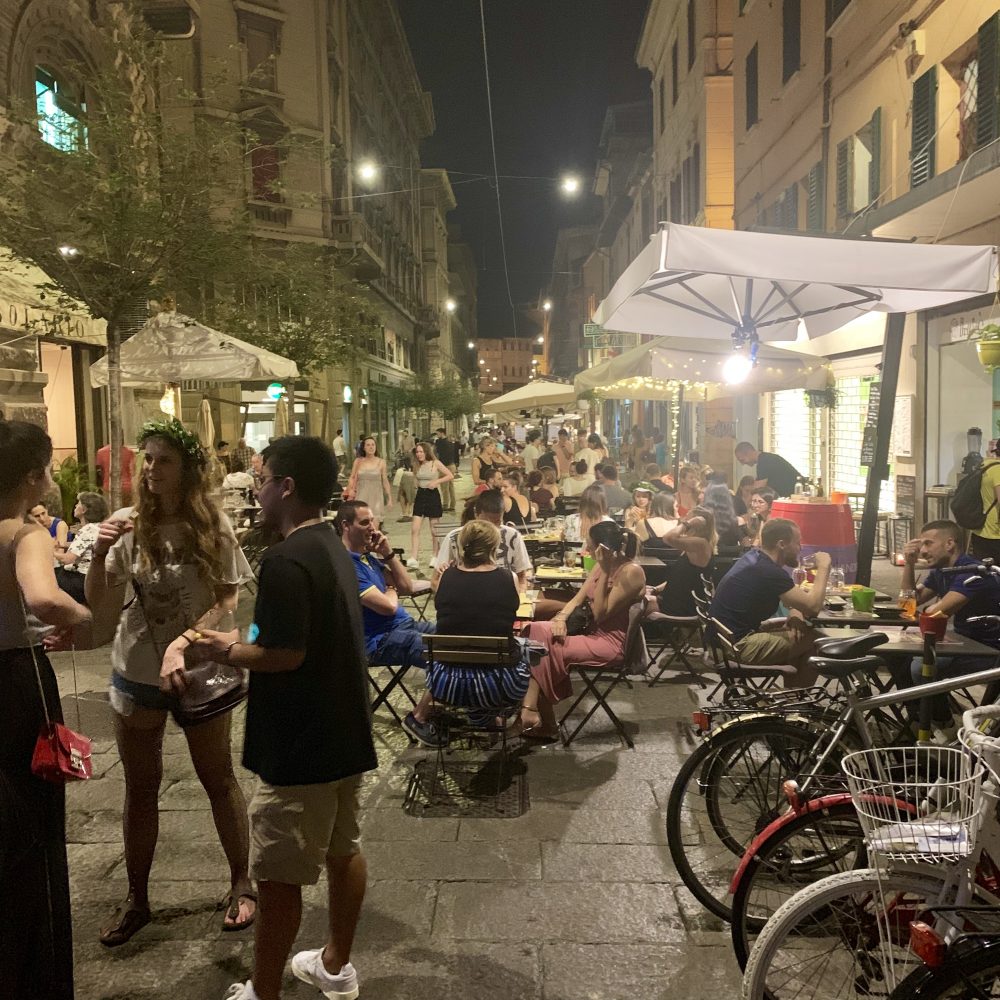

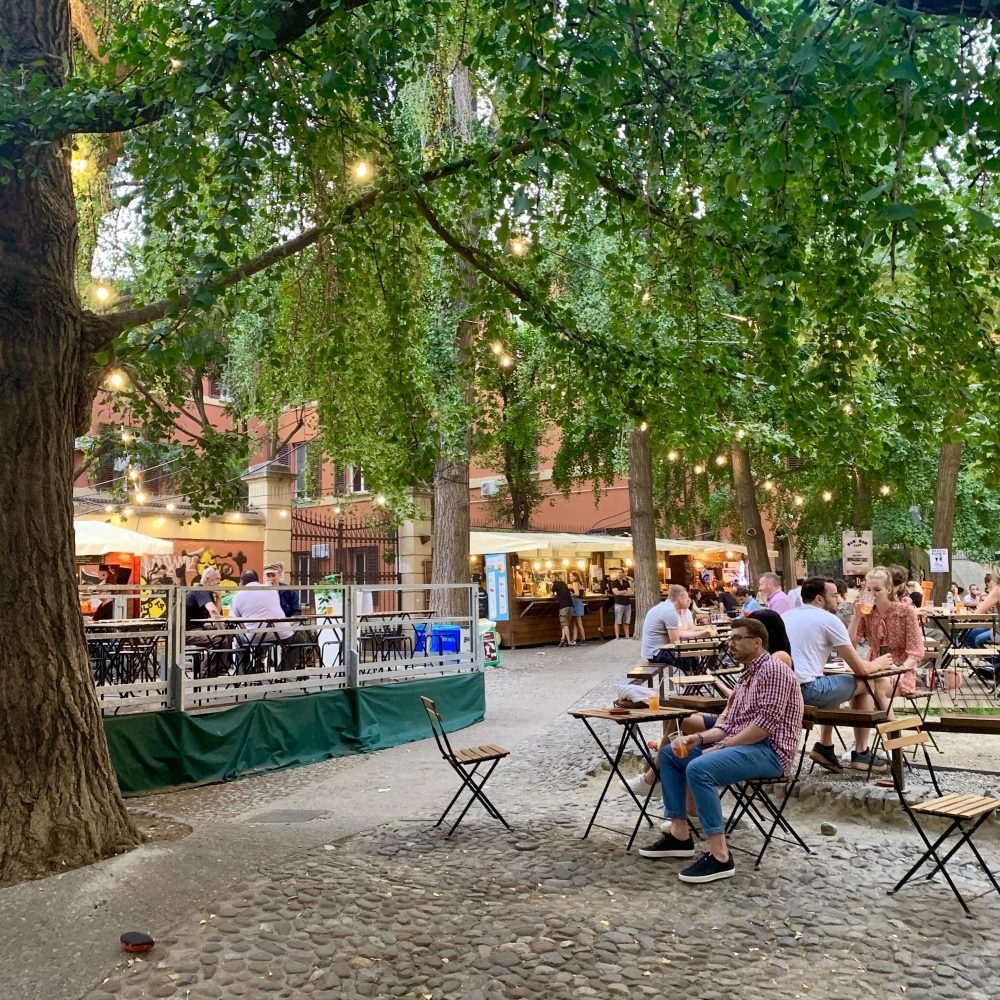
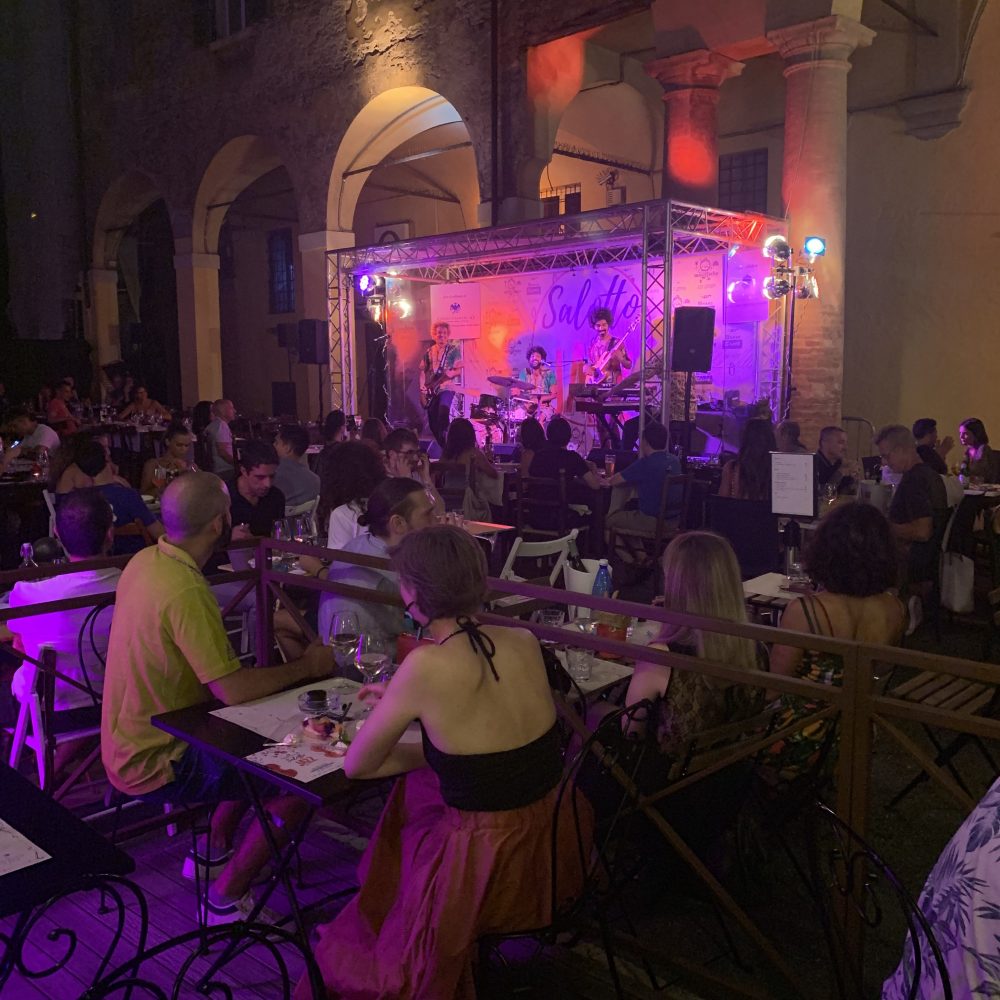
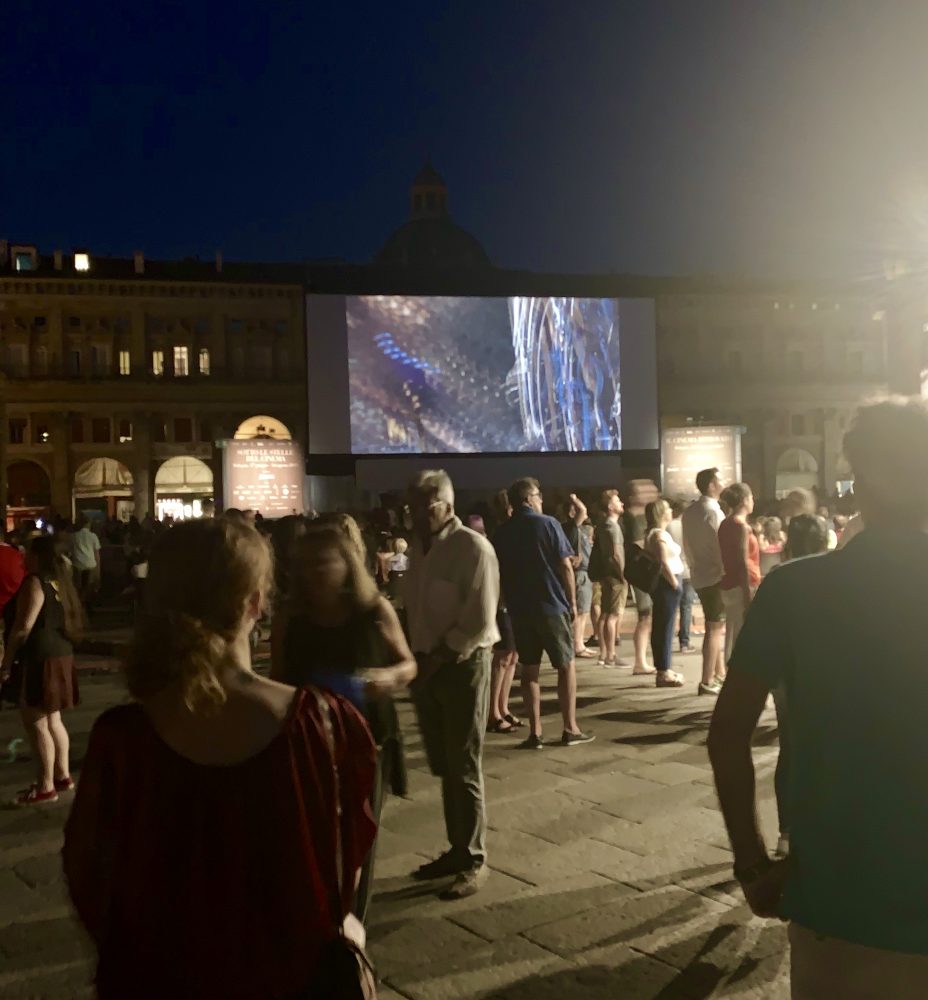
Street Names
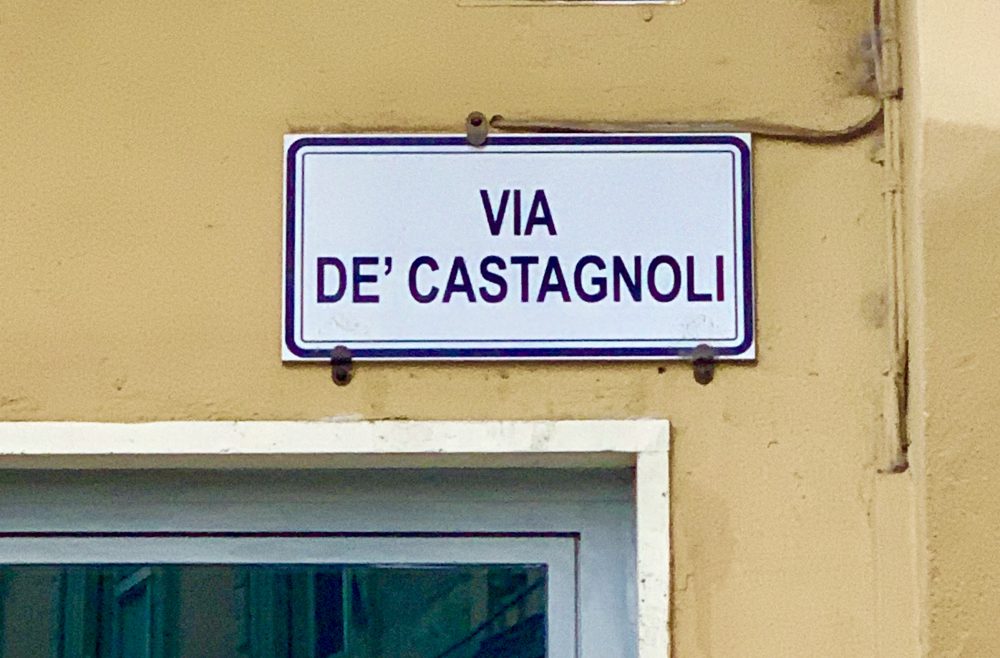
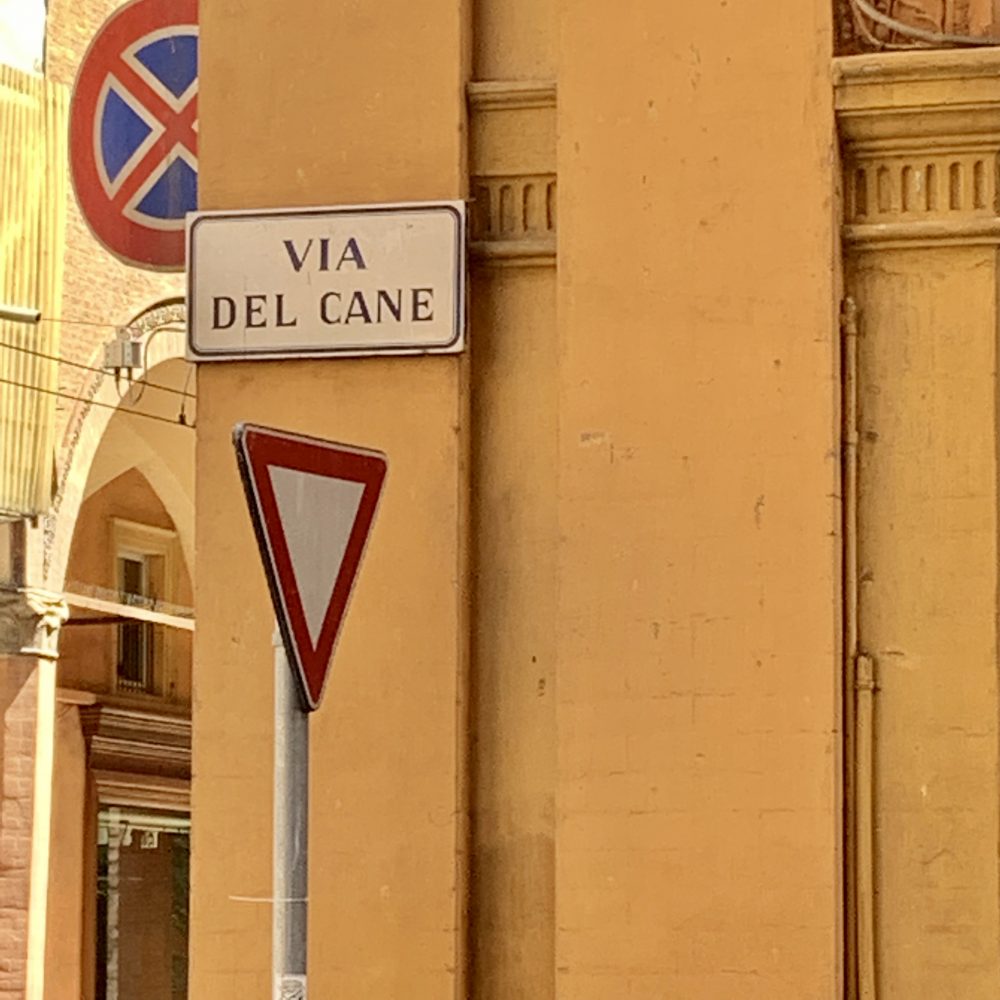
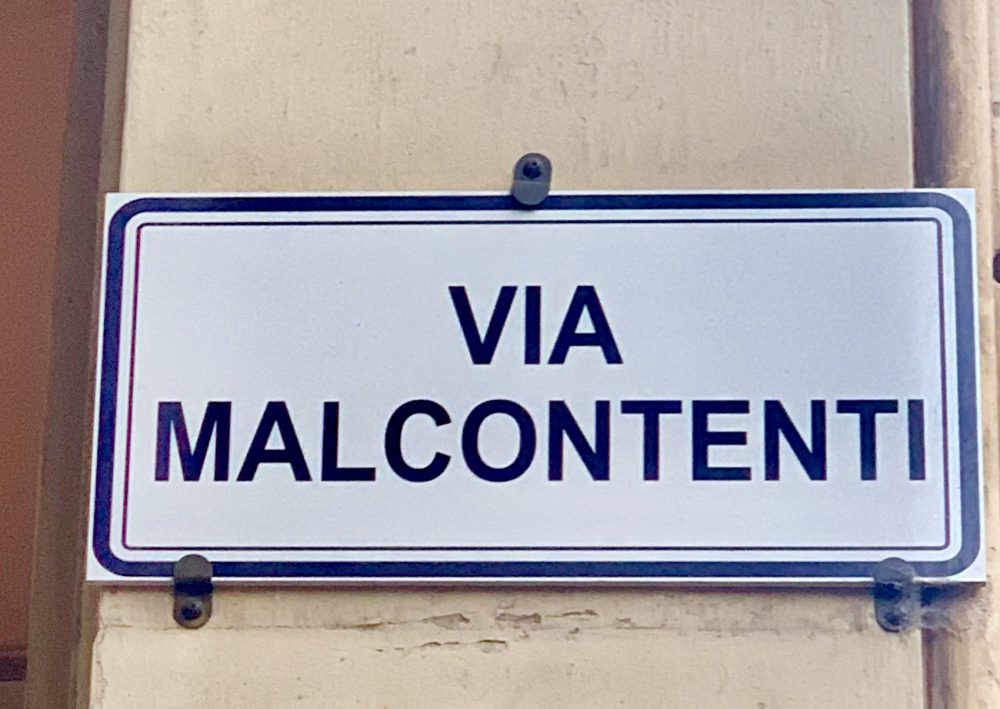
Graffiti
Bologna is known for its graffiti. Some (in the eyes of these beholders) should be considered art. Some not. Together though, they layer on a characteristic that is specific to this city.
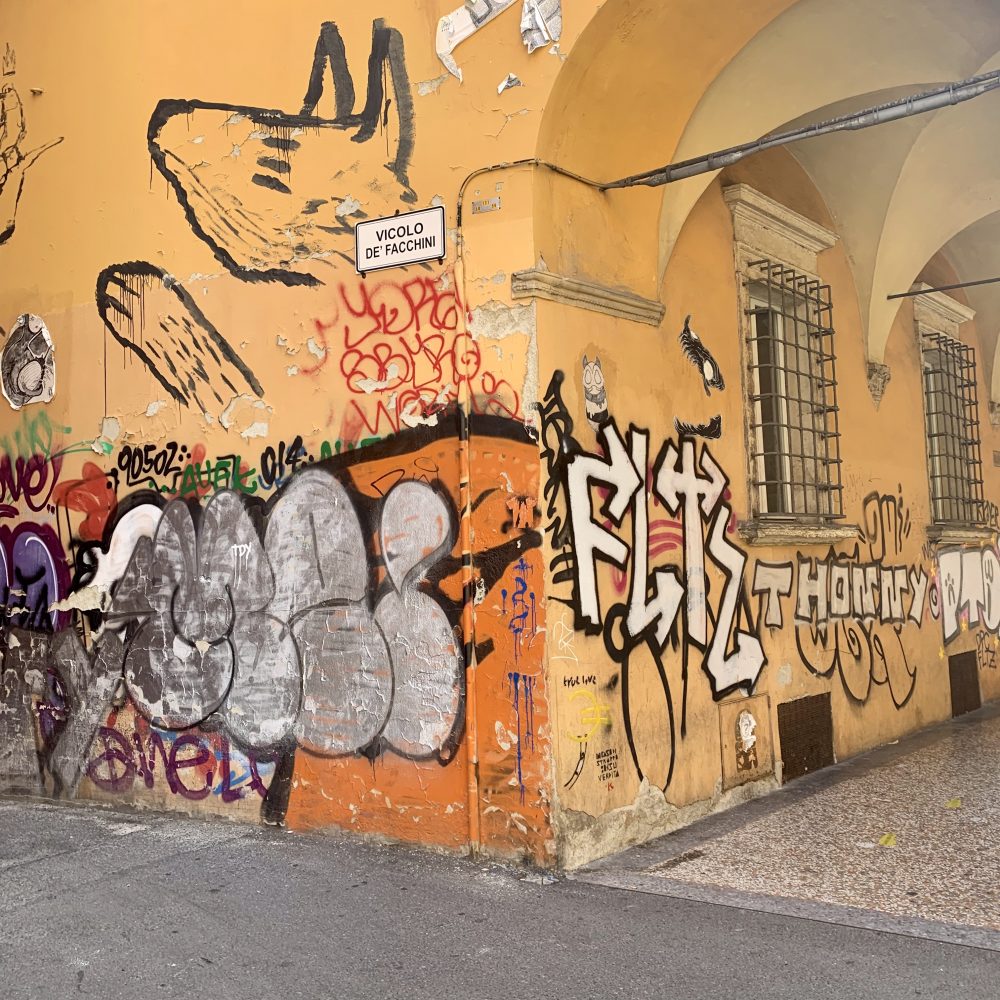
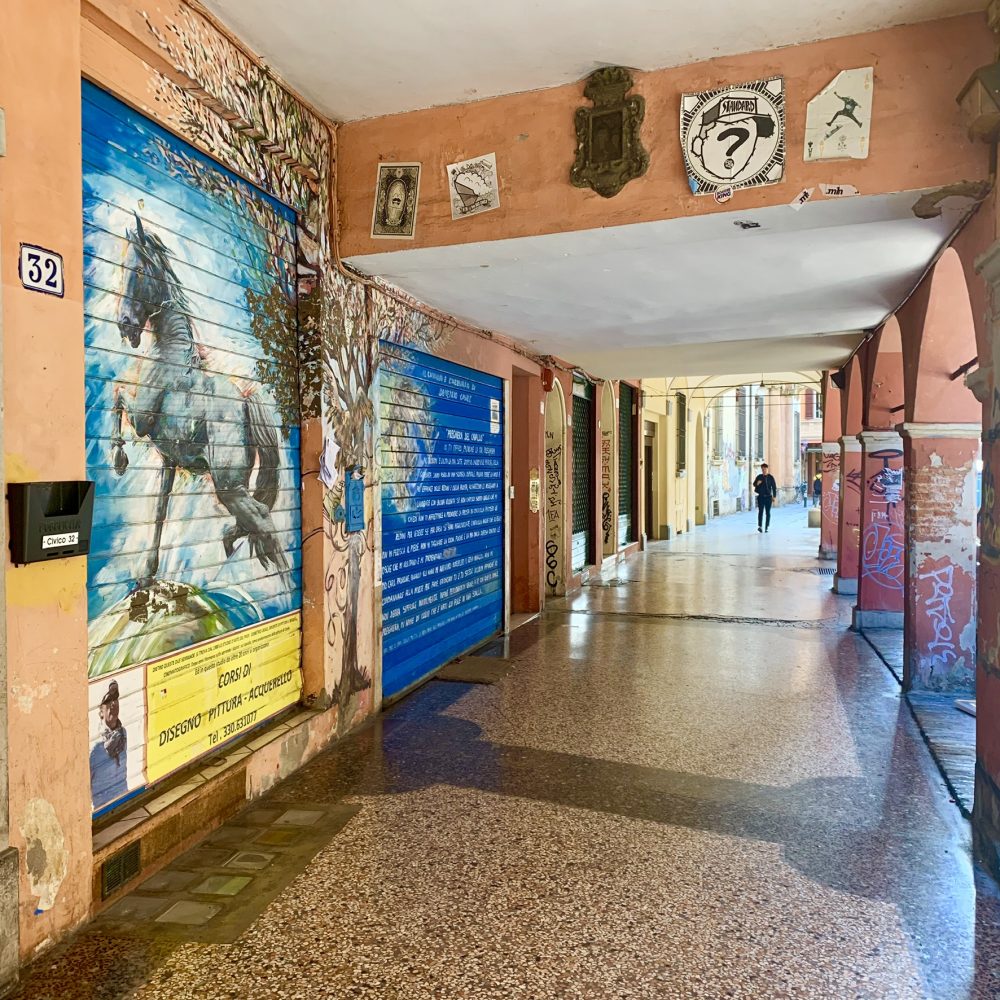
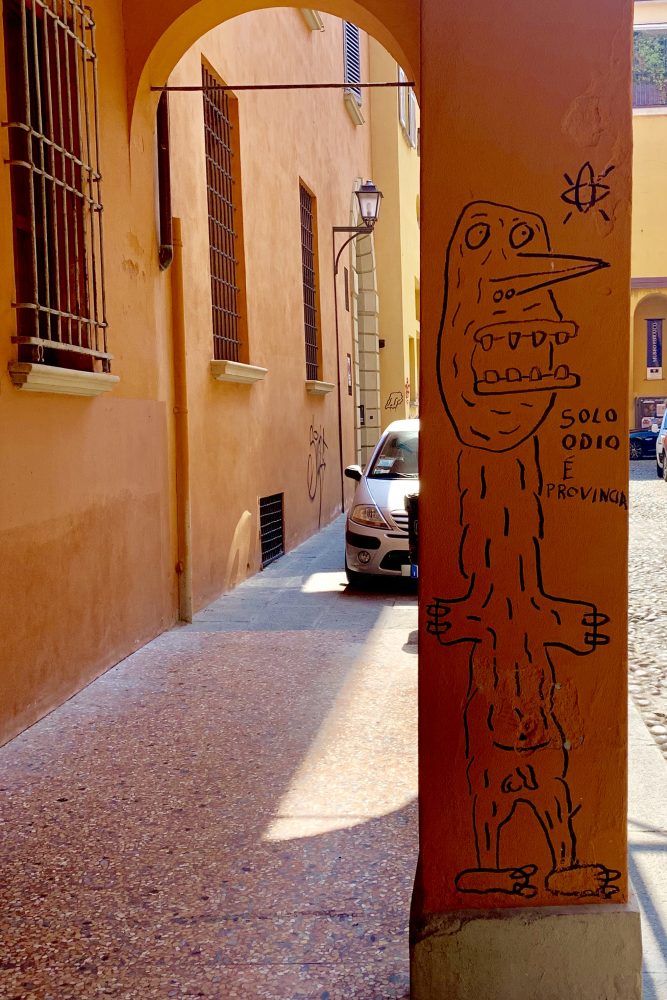
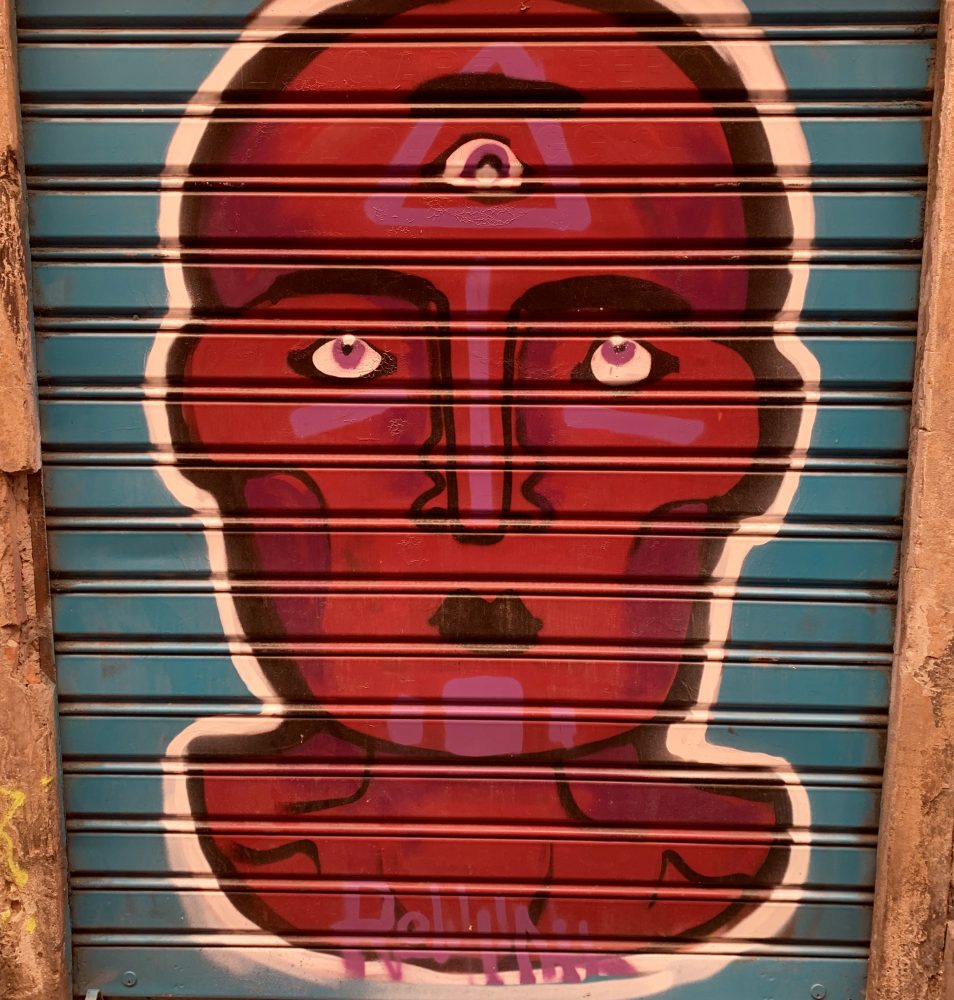
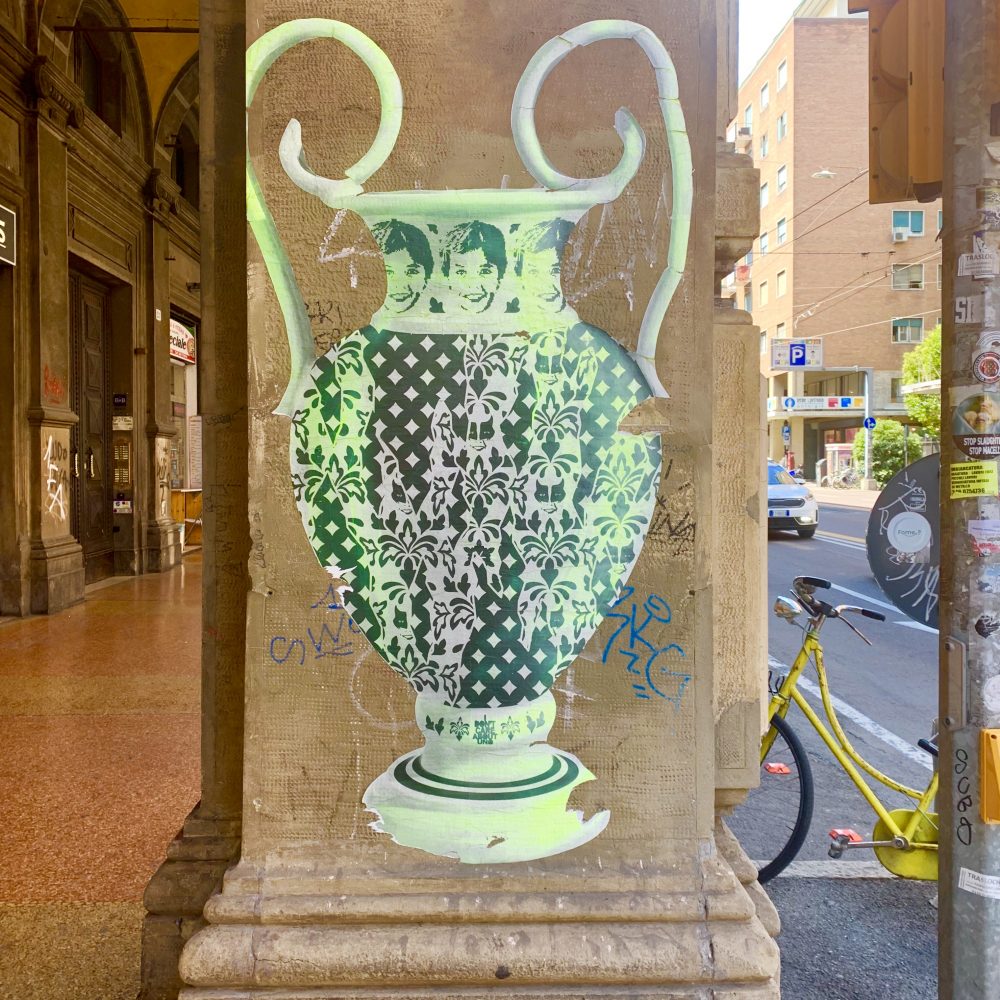
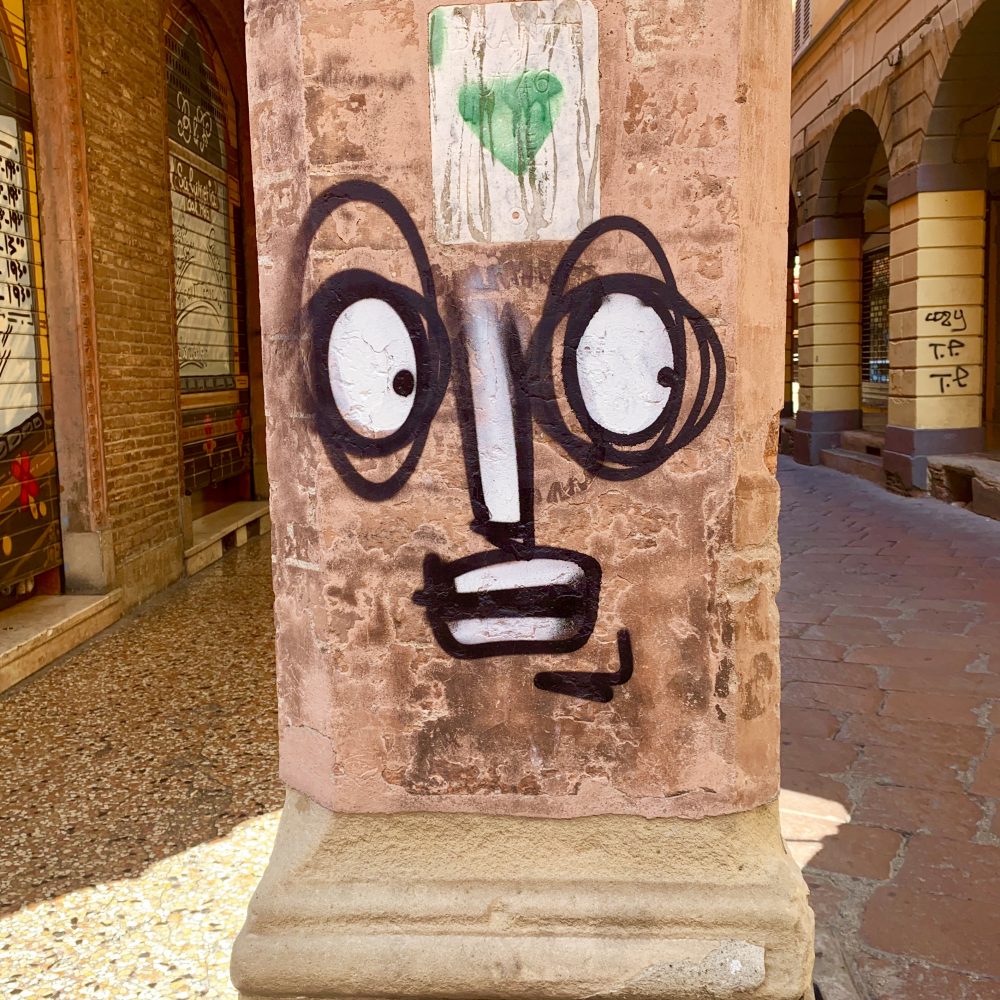
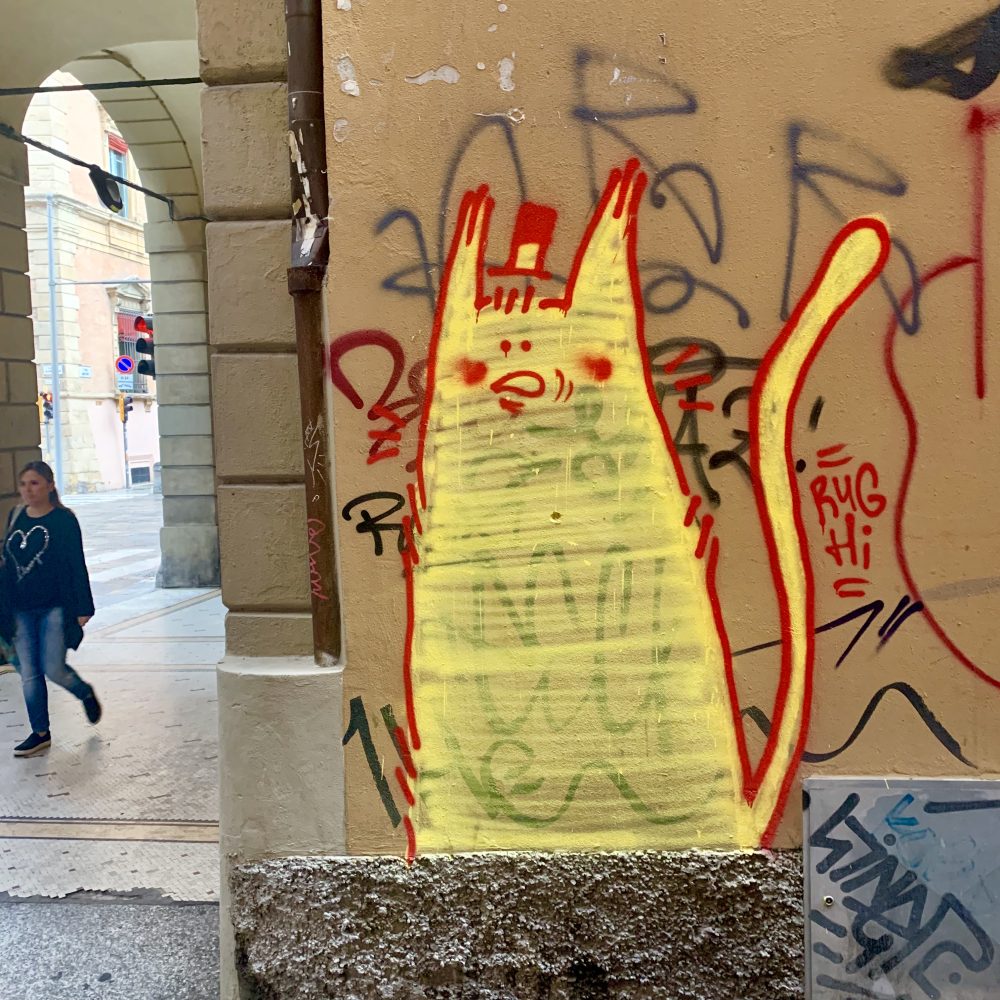
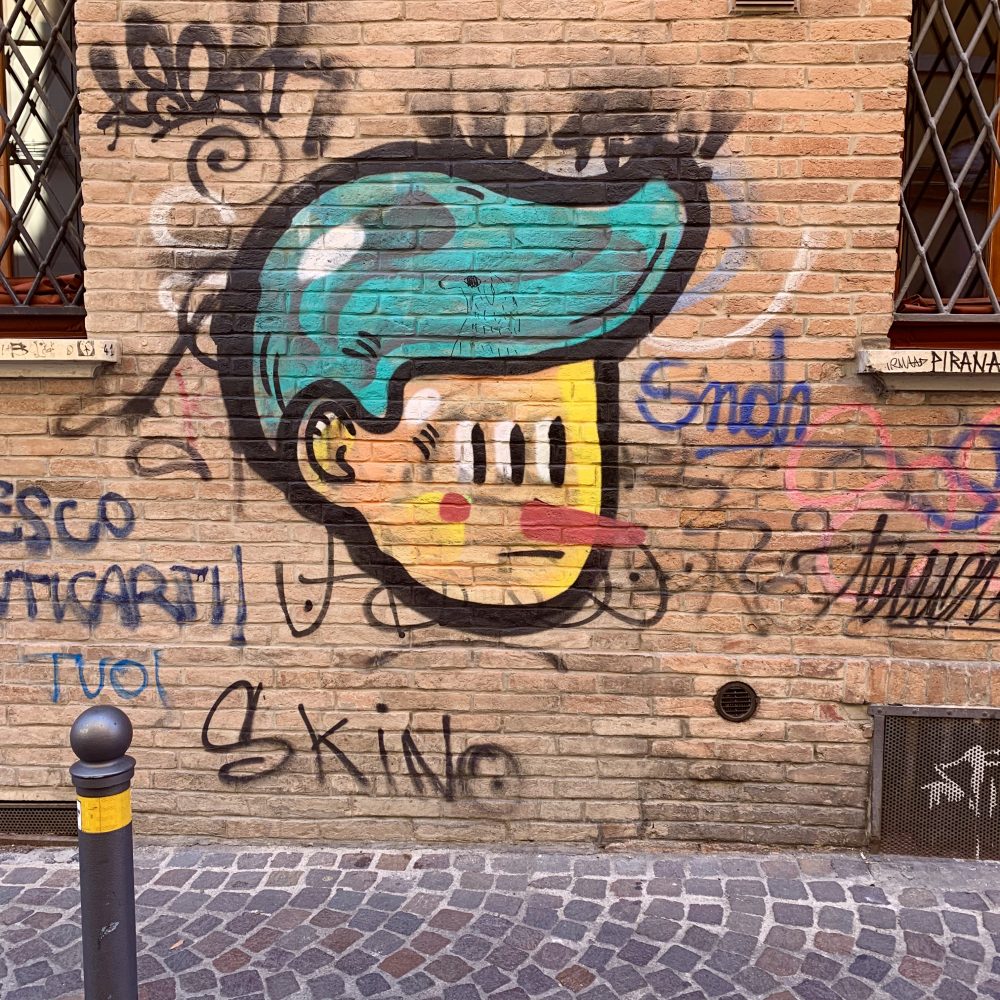
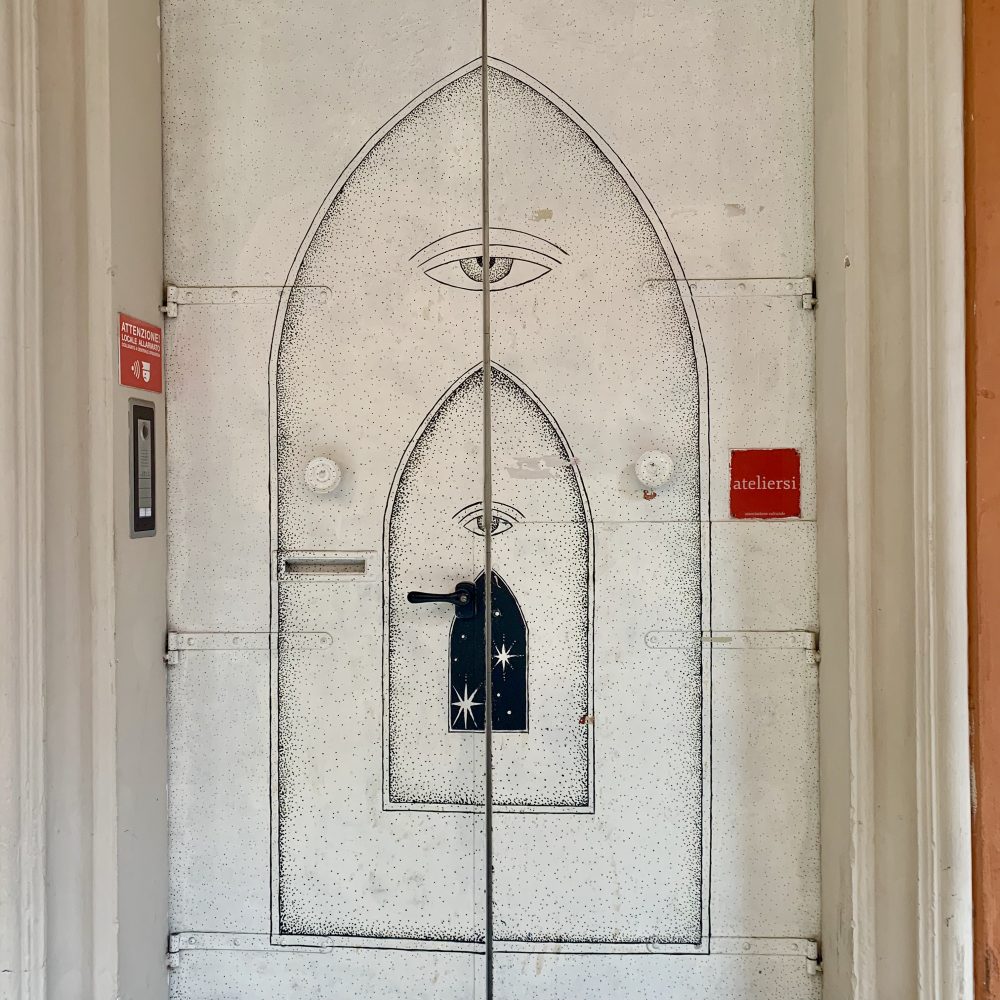
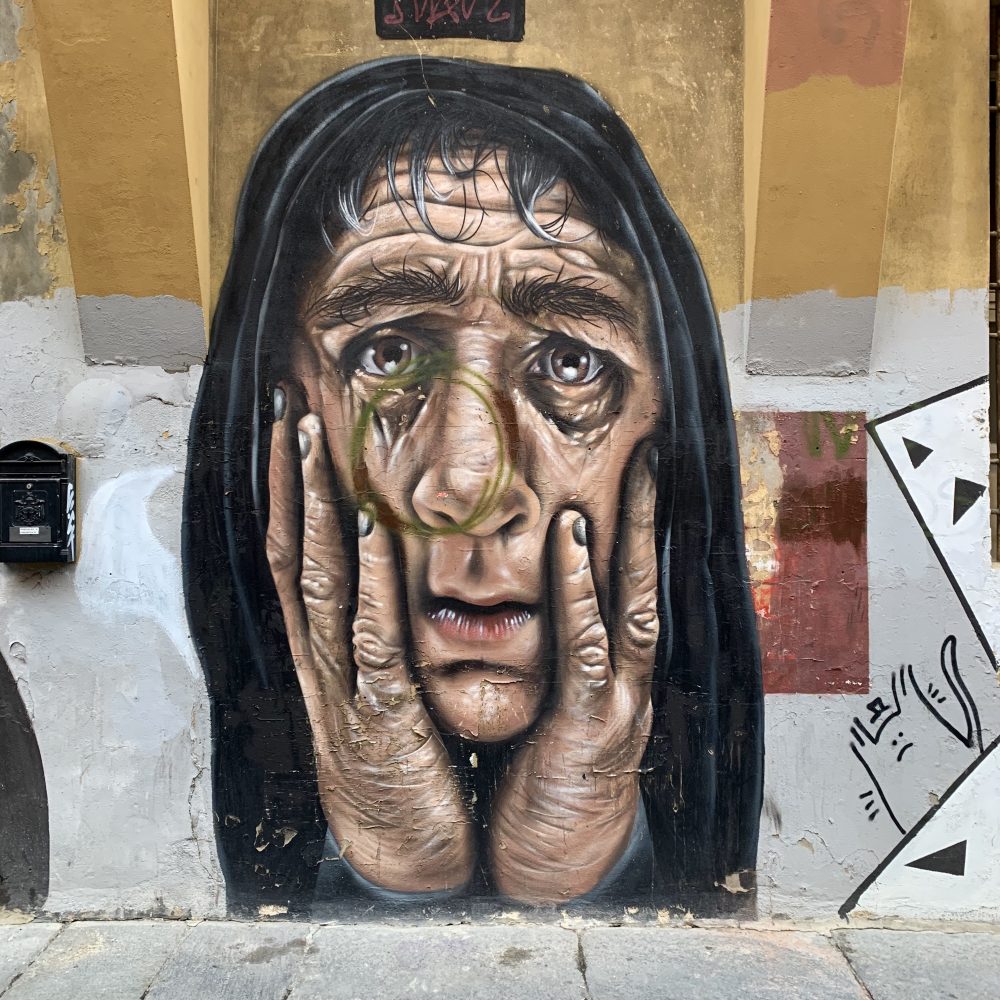
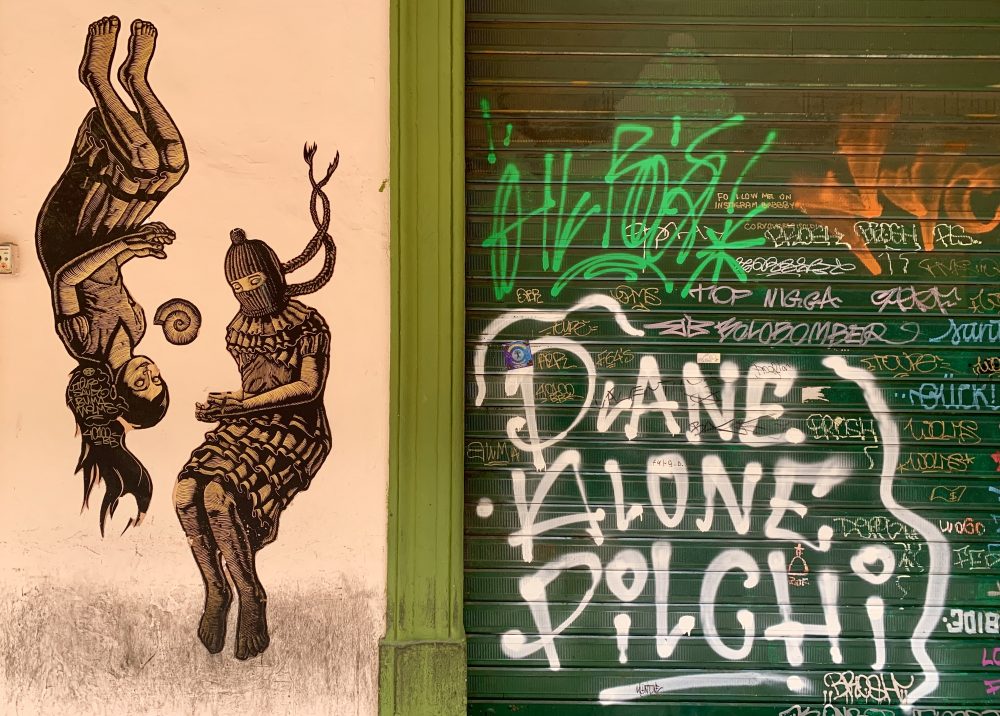
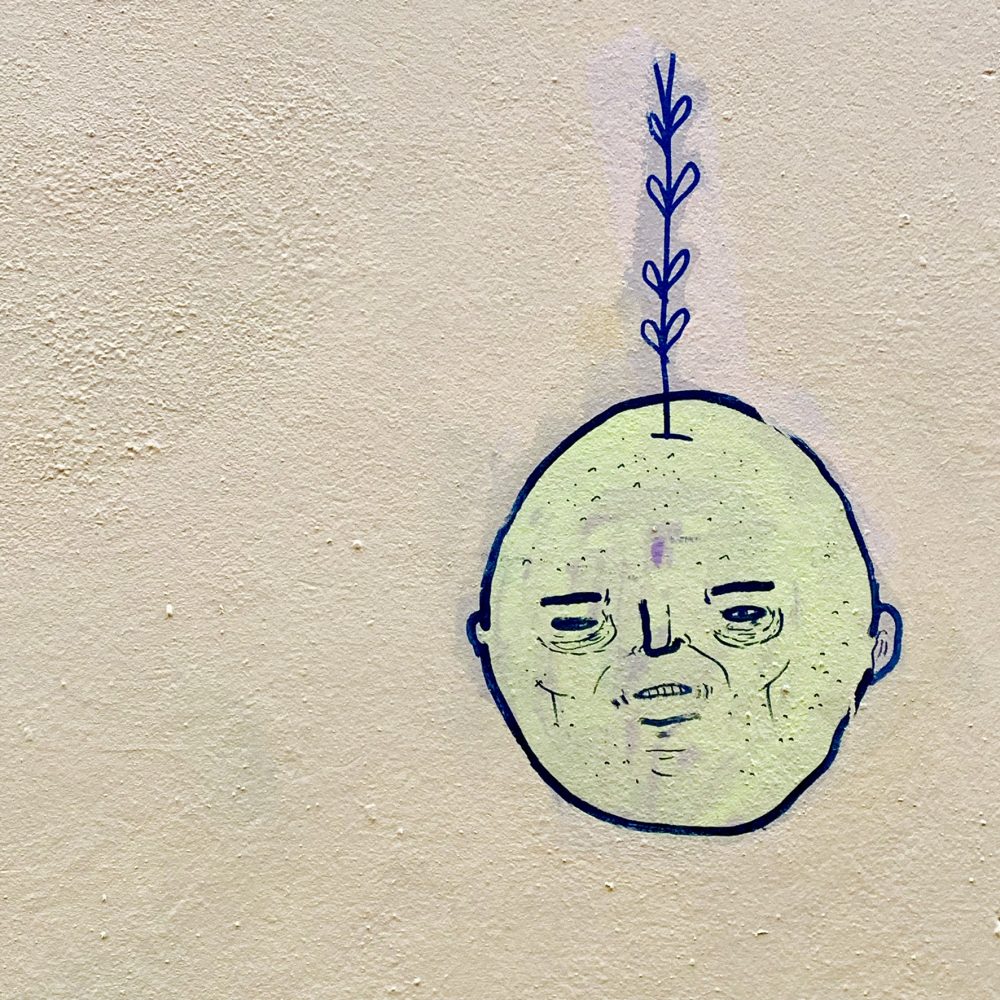
Teatro Anatomico
Built in 1636, this university room was used for anatomy dissection lectures and displays. It was bombed by the Allies in WWII and later restored. Apparently an official of the Church oversaw dissections to make sure they did not venture too far into the spiritual aspects of the human body.
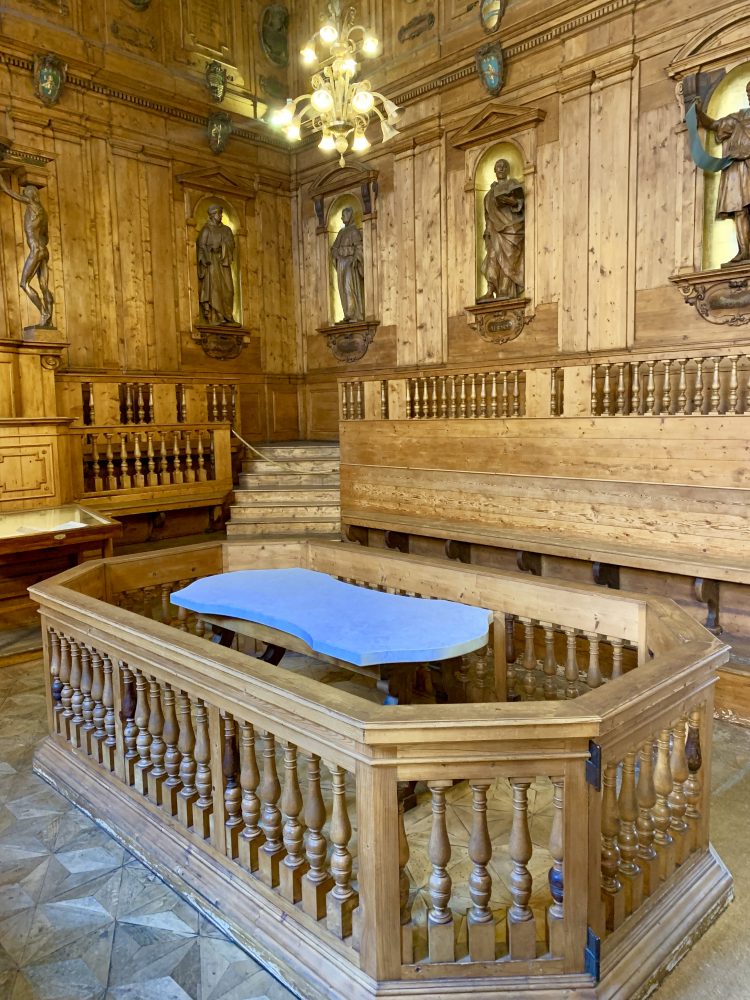
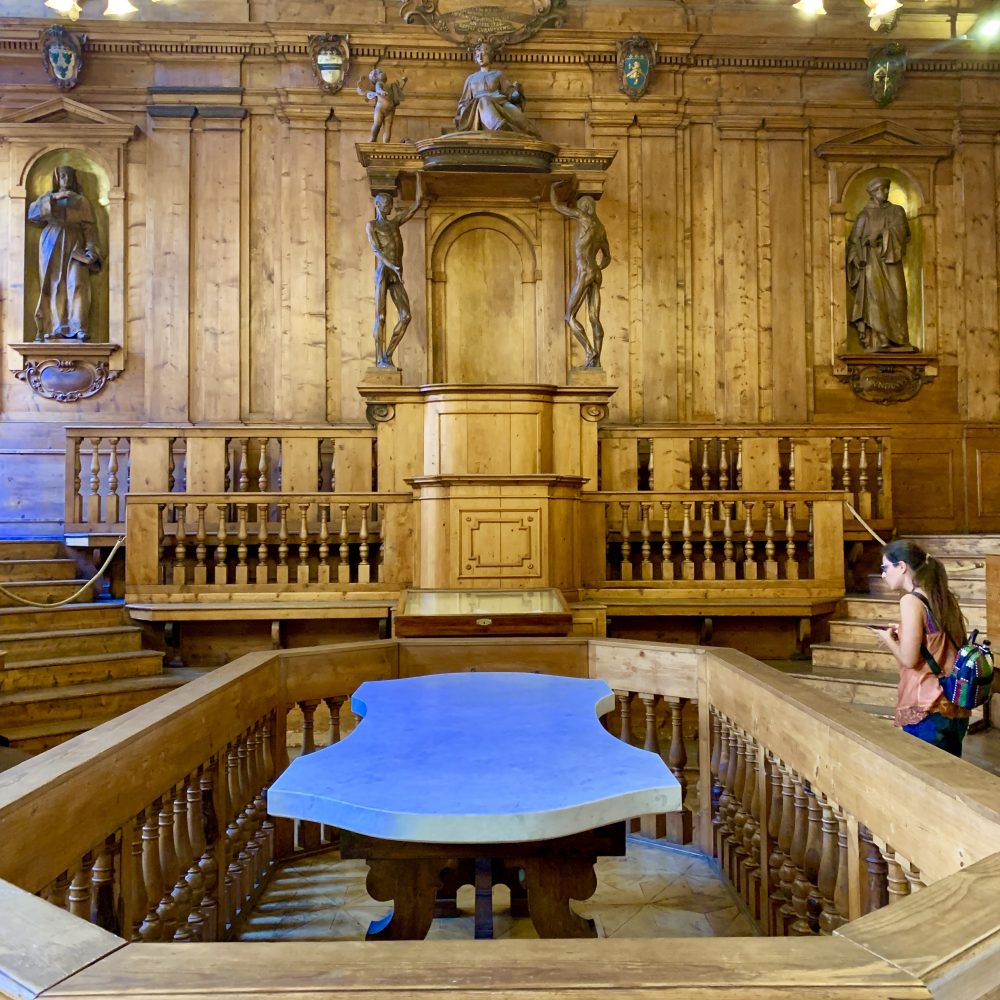

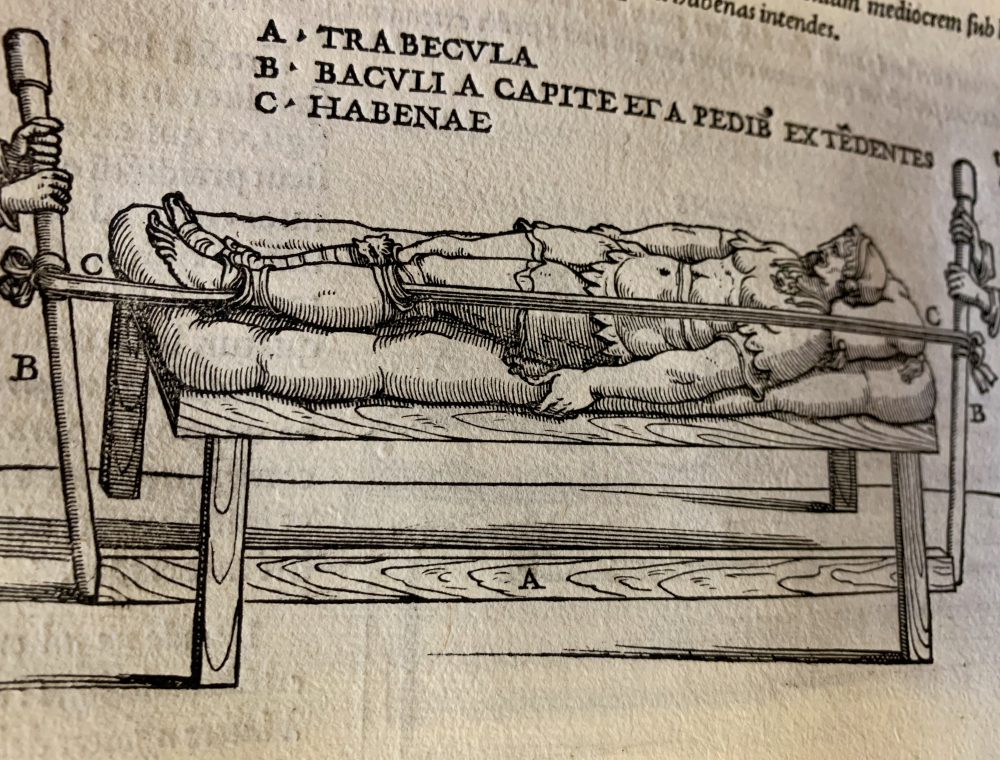

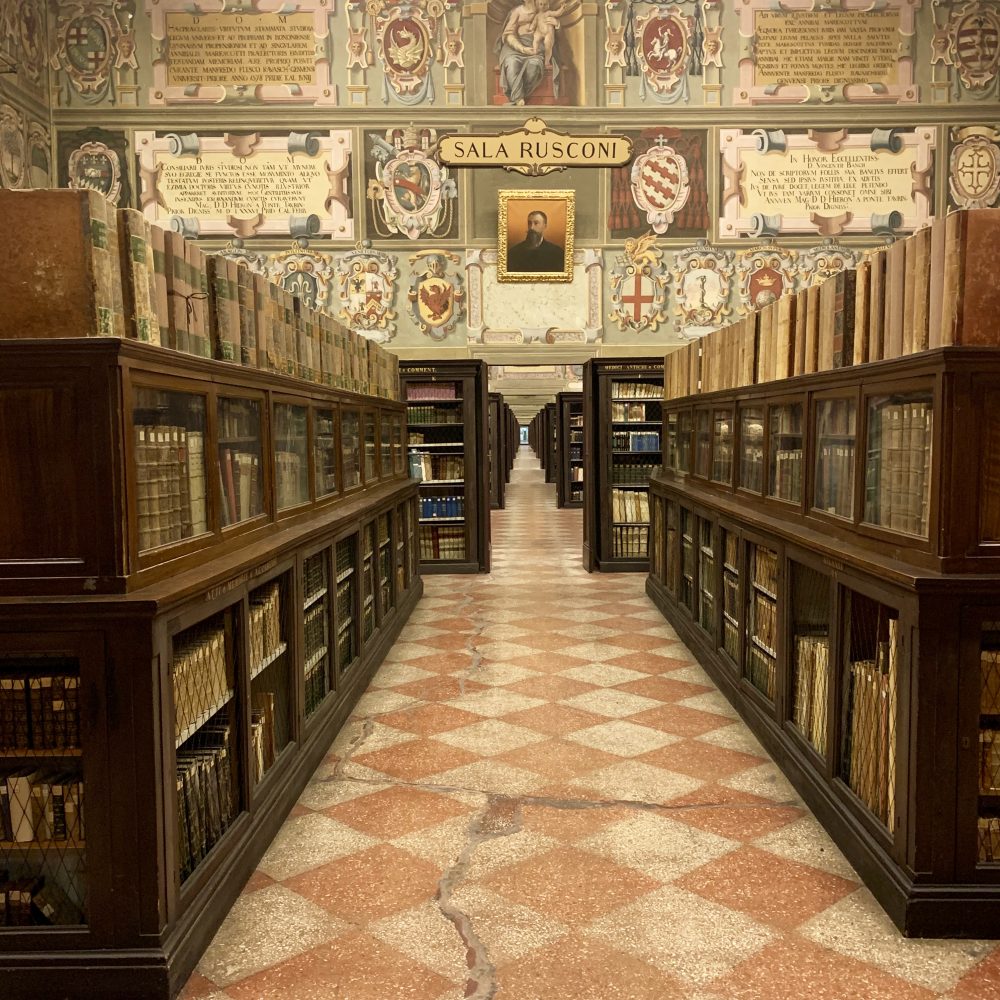
Chiesa dei Filippini
(Madonna di Galliera)
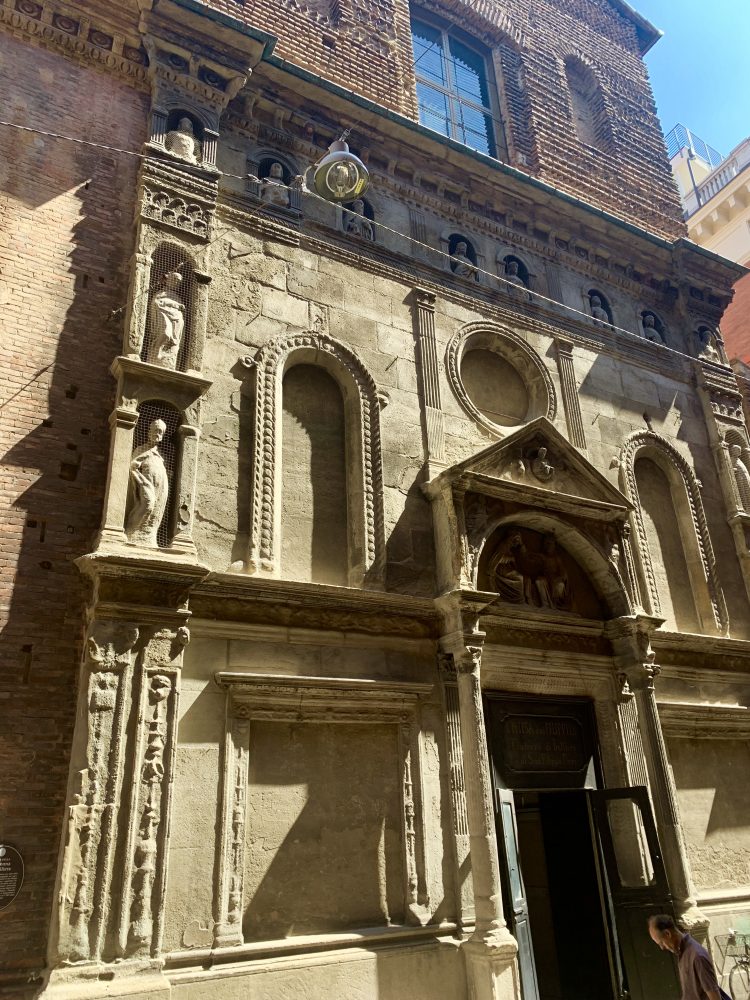
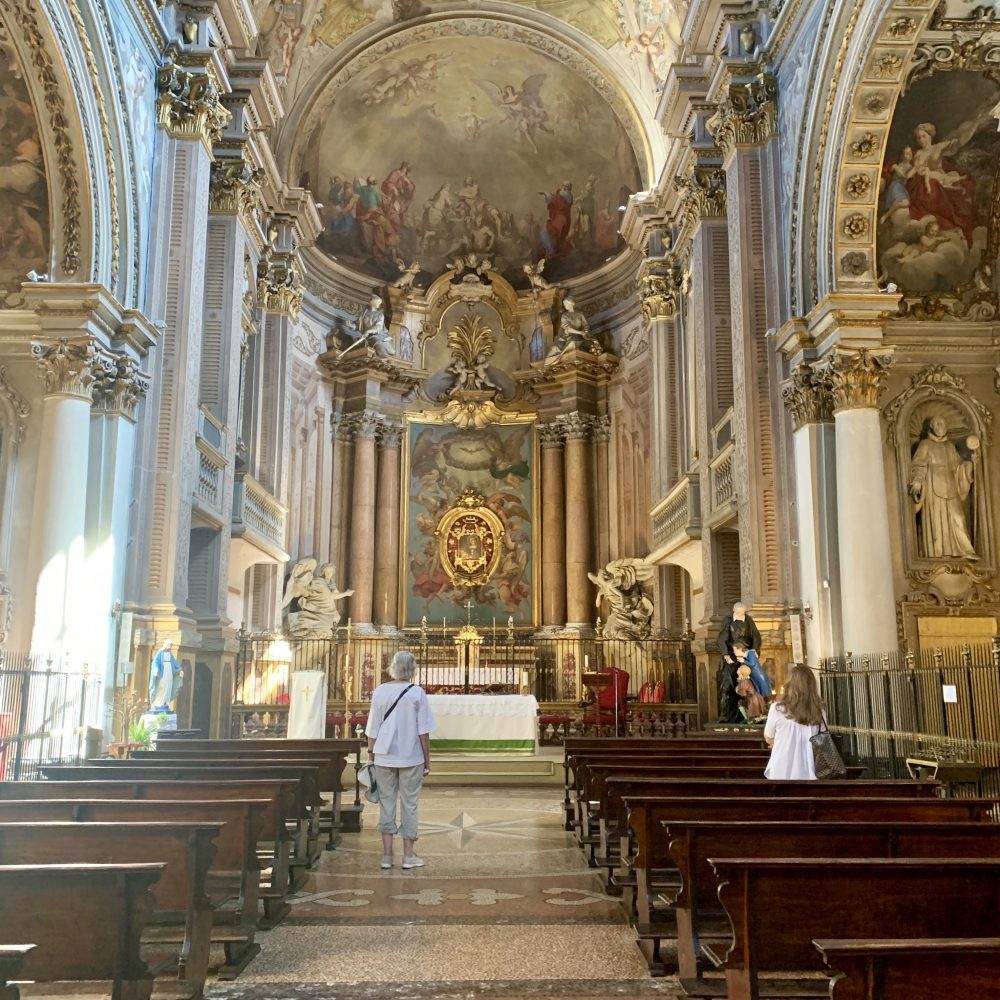
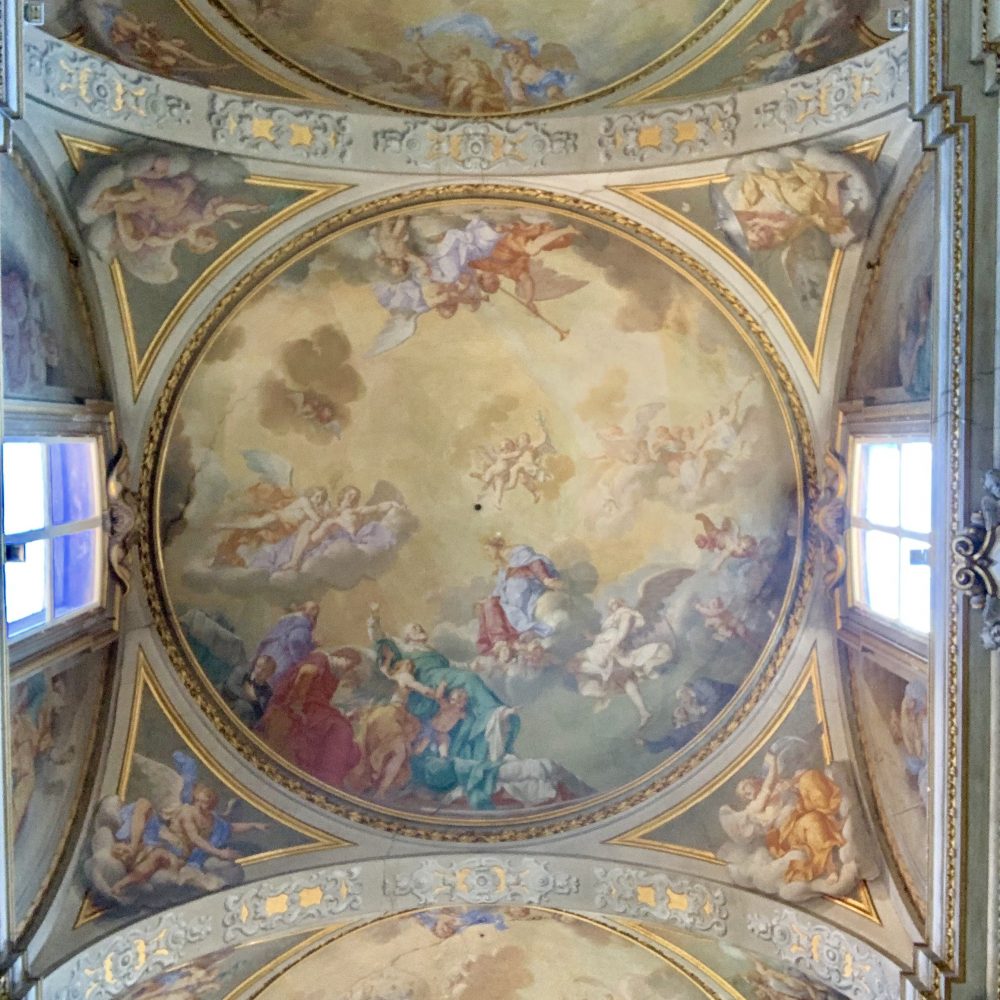
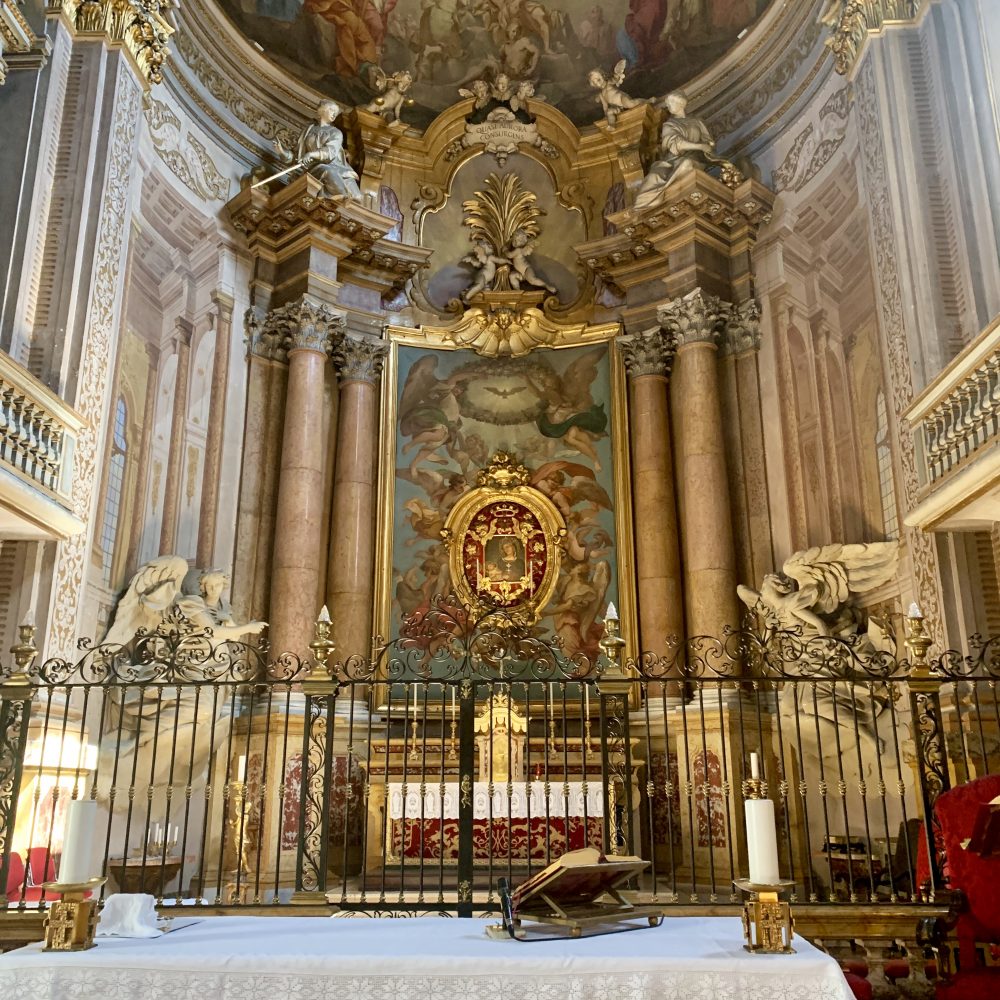
Cattedrale Metropolitana di San Pietro
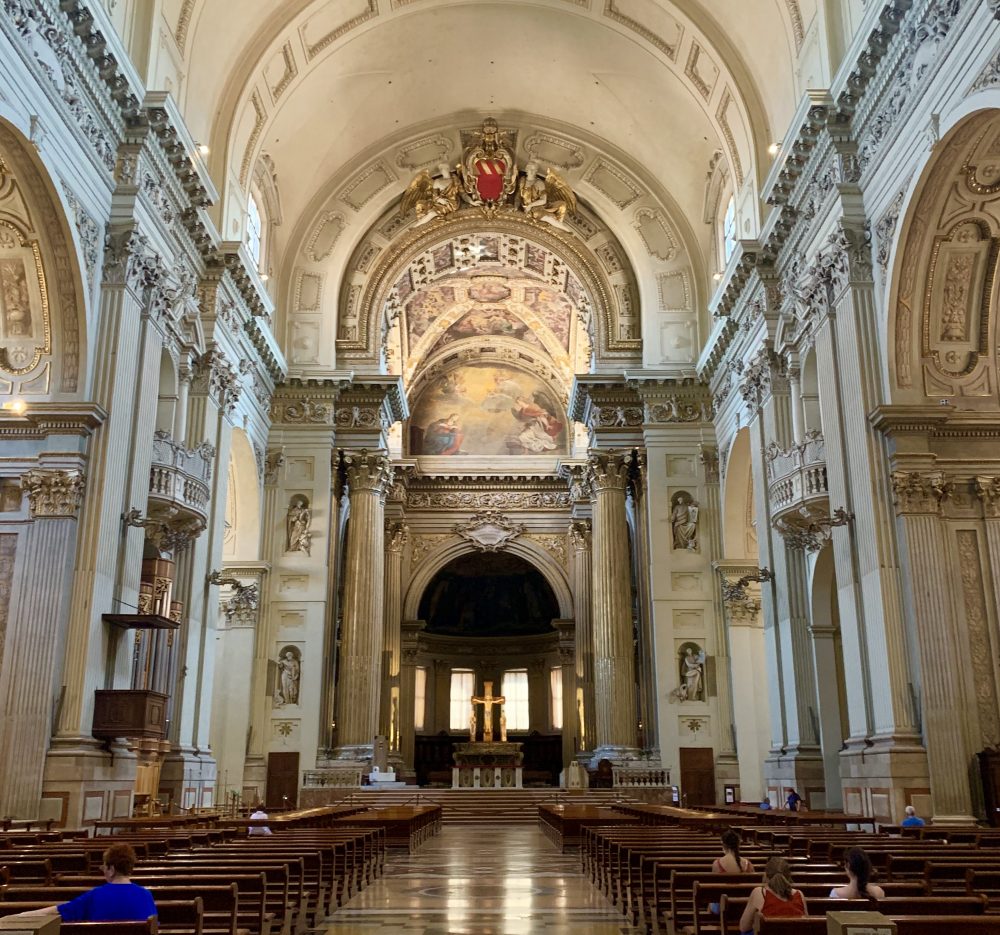
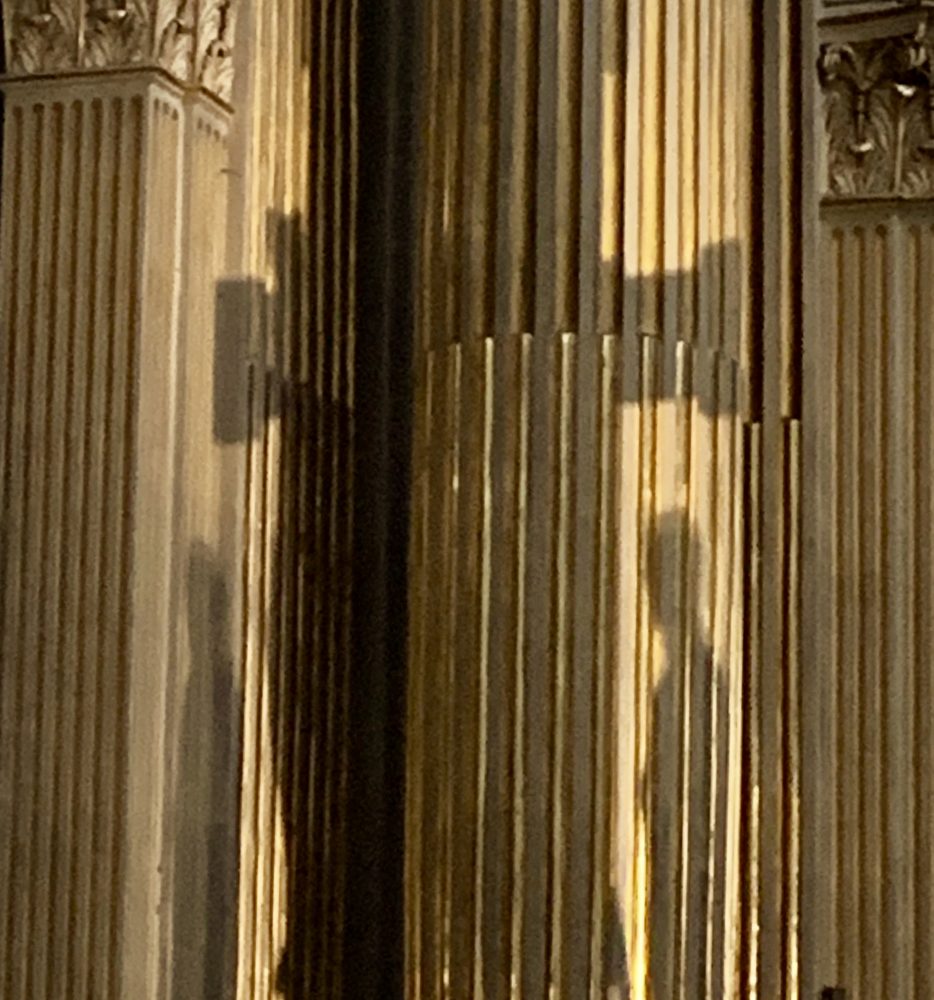
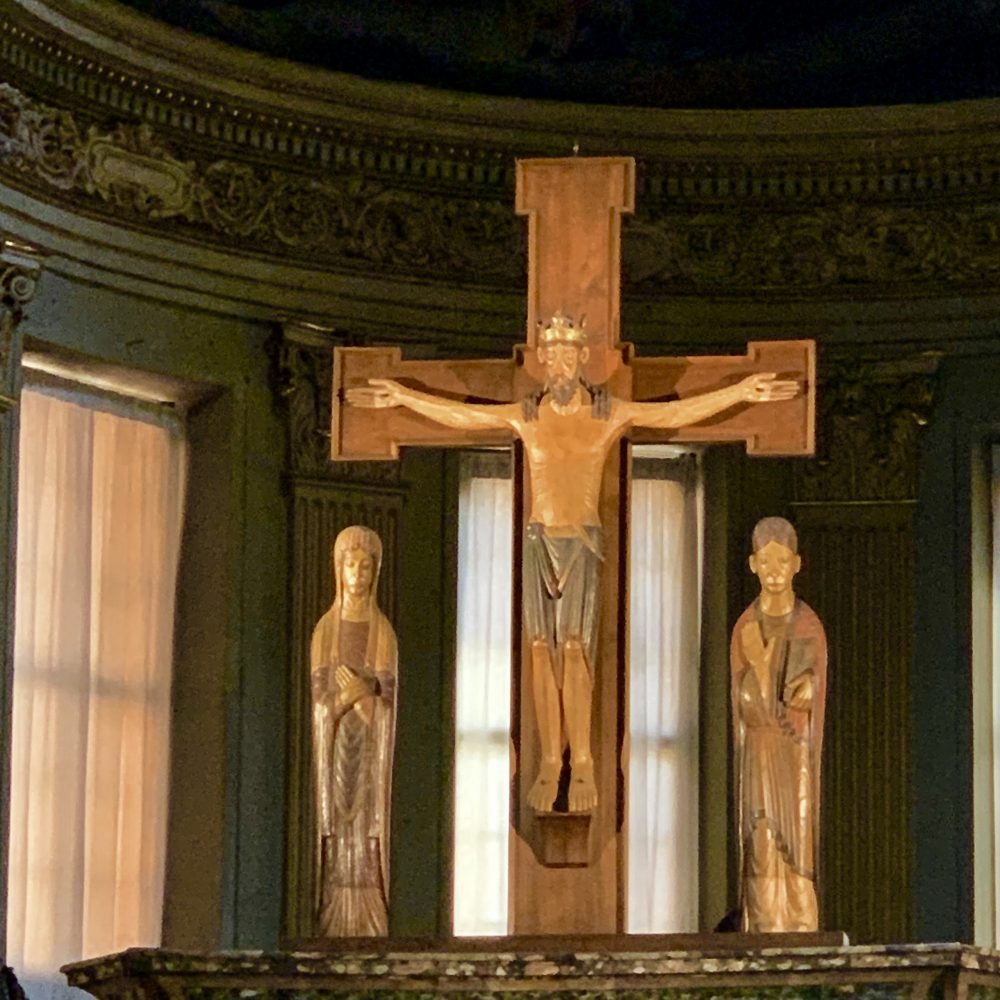

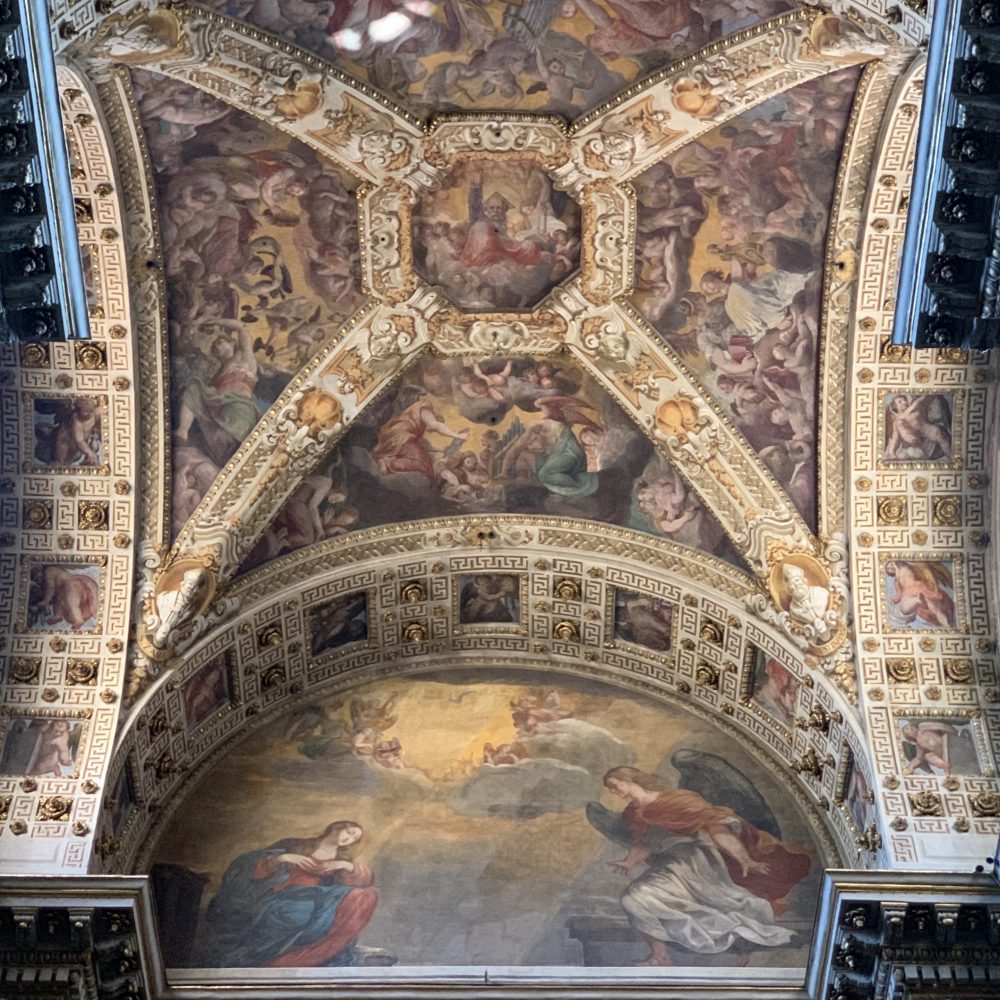
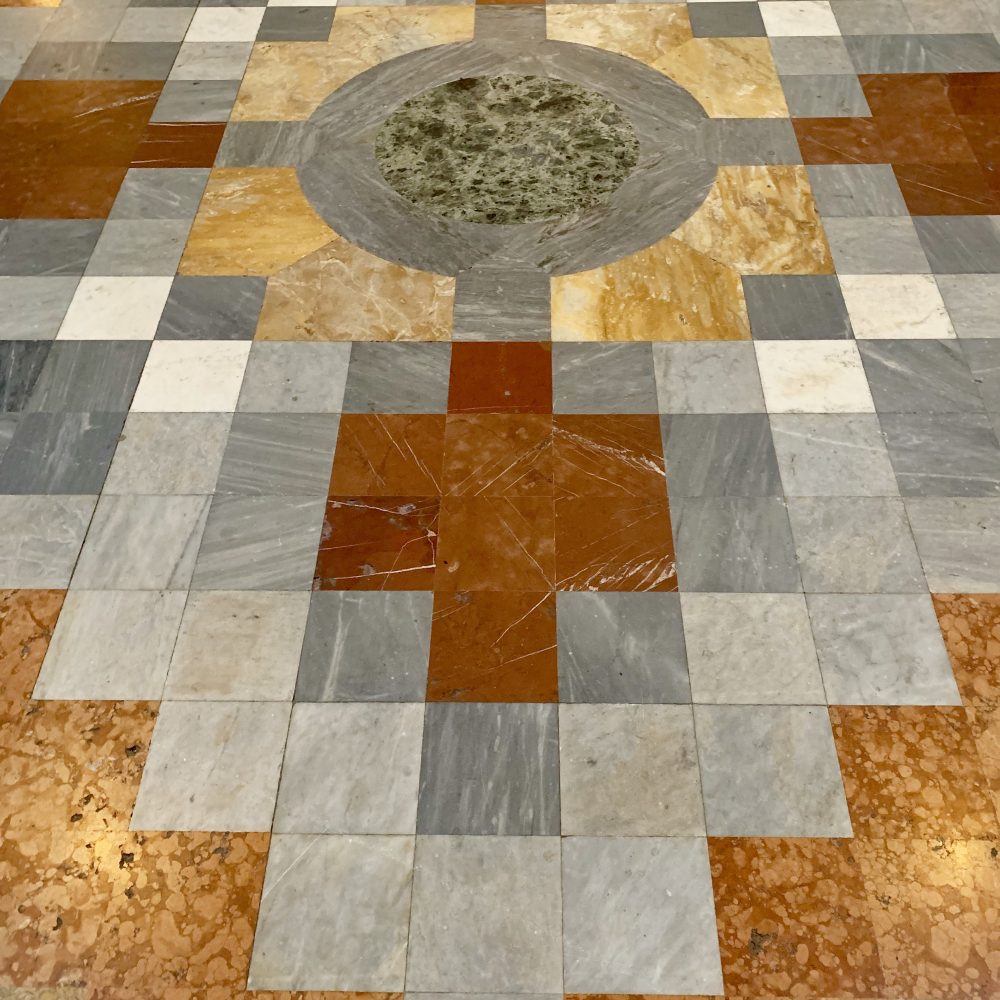
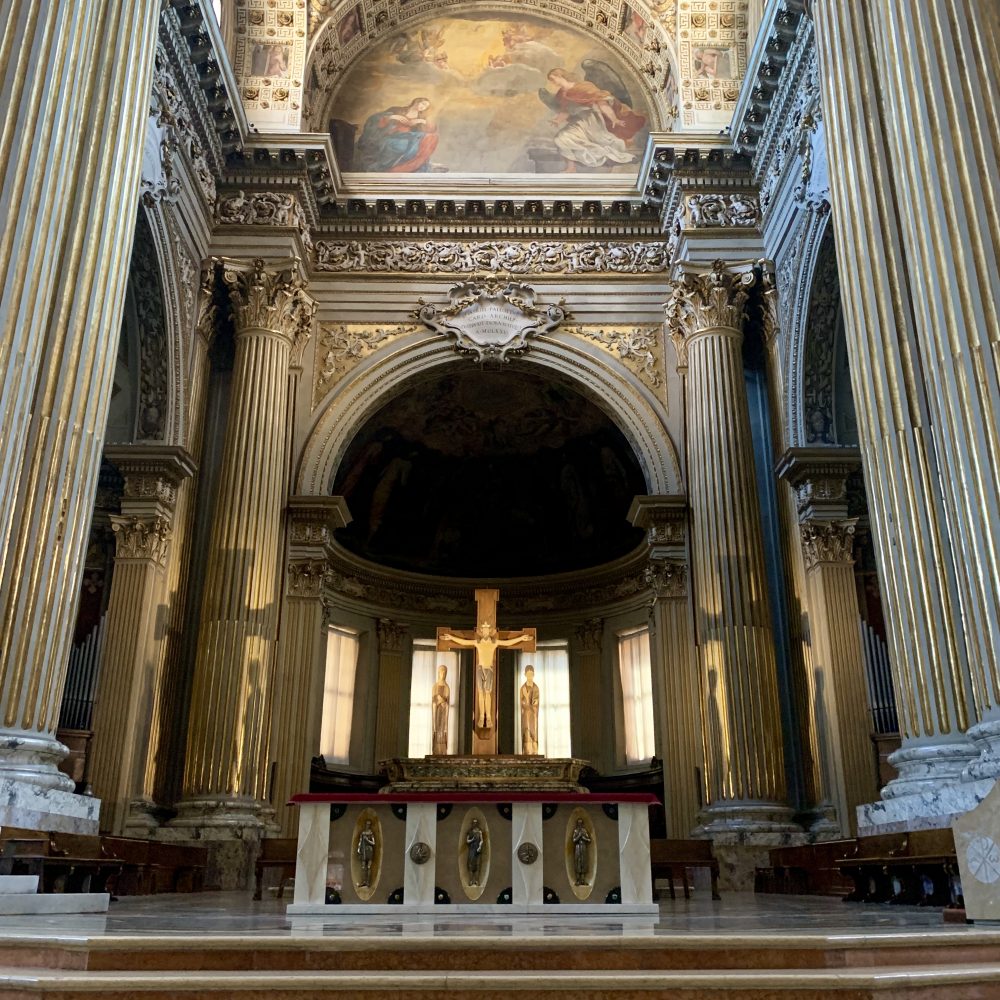
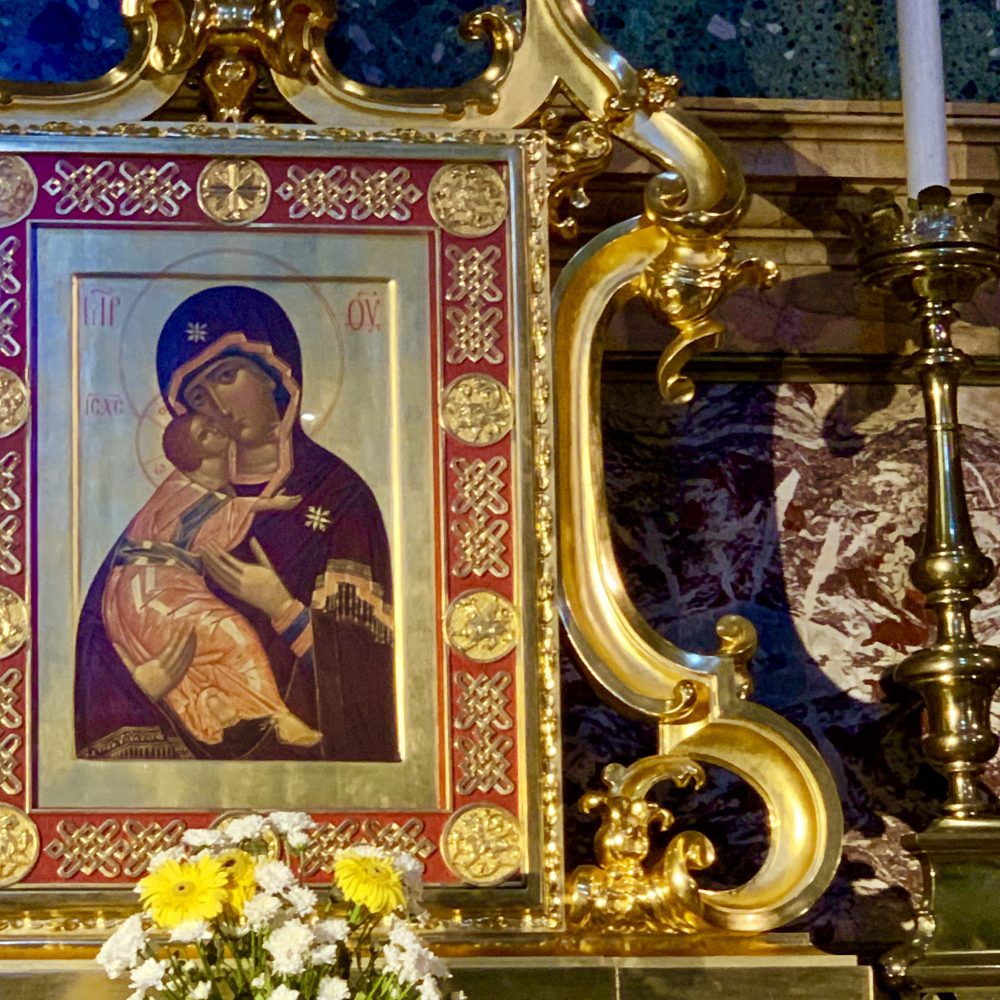
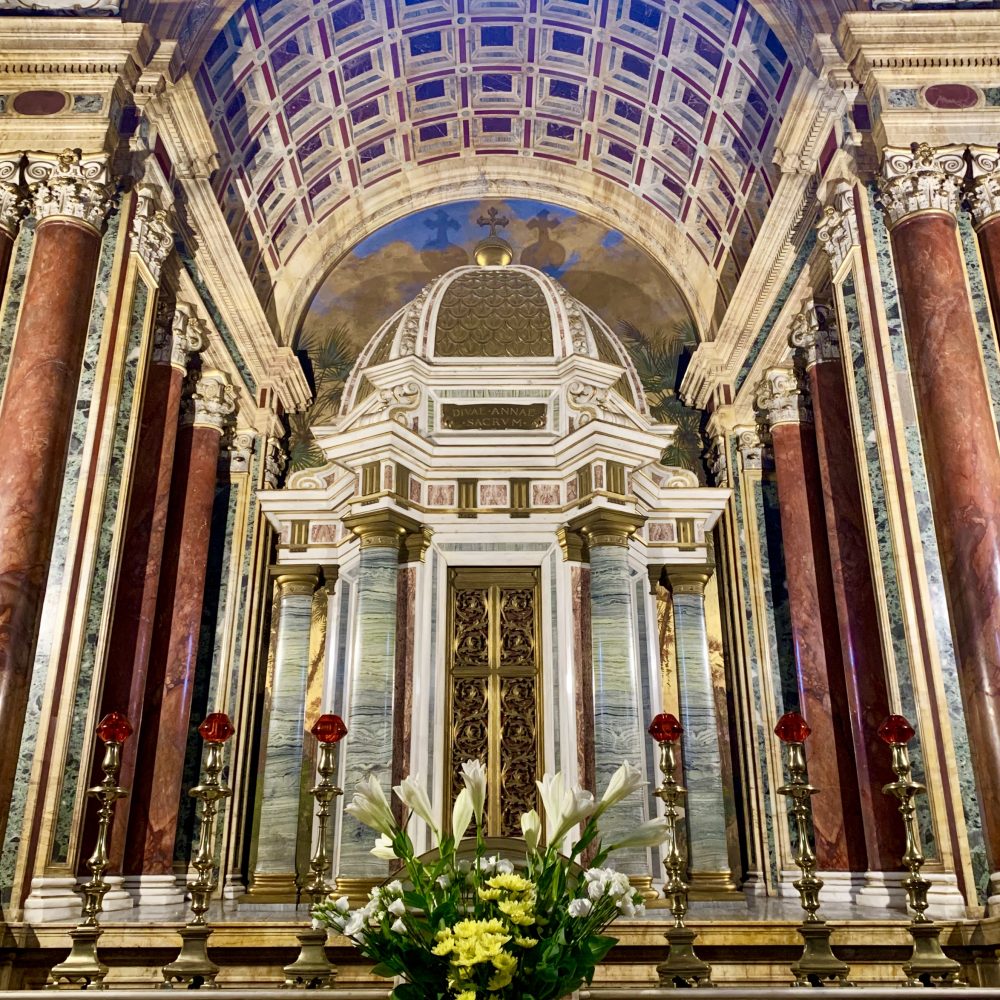
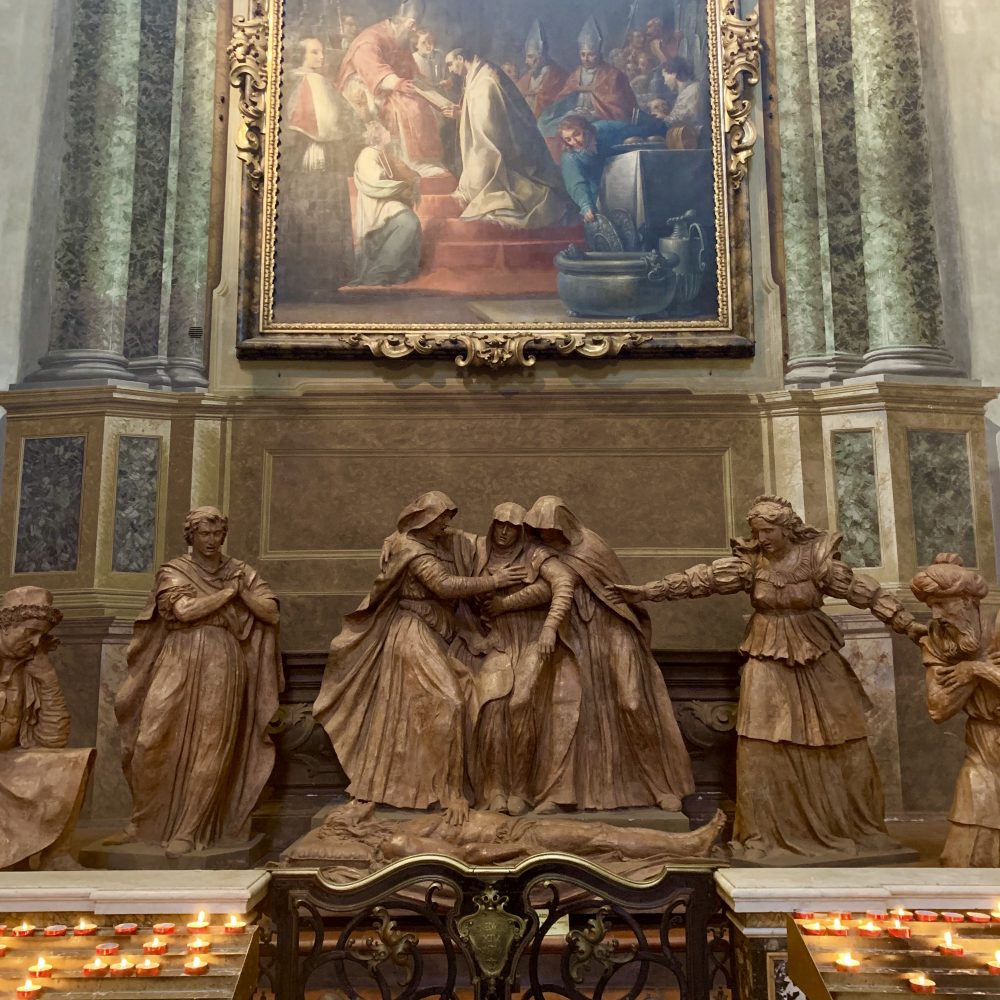
Basilica di Santo Stefano
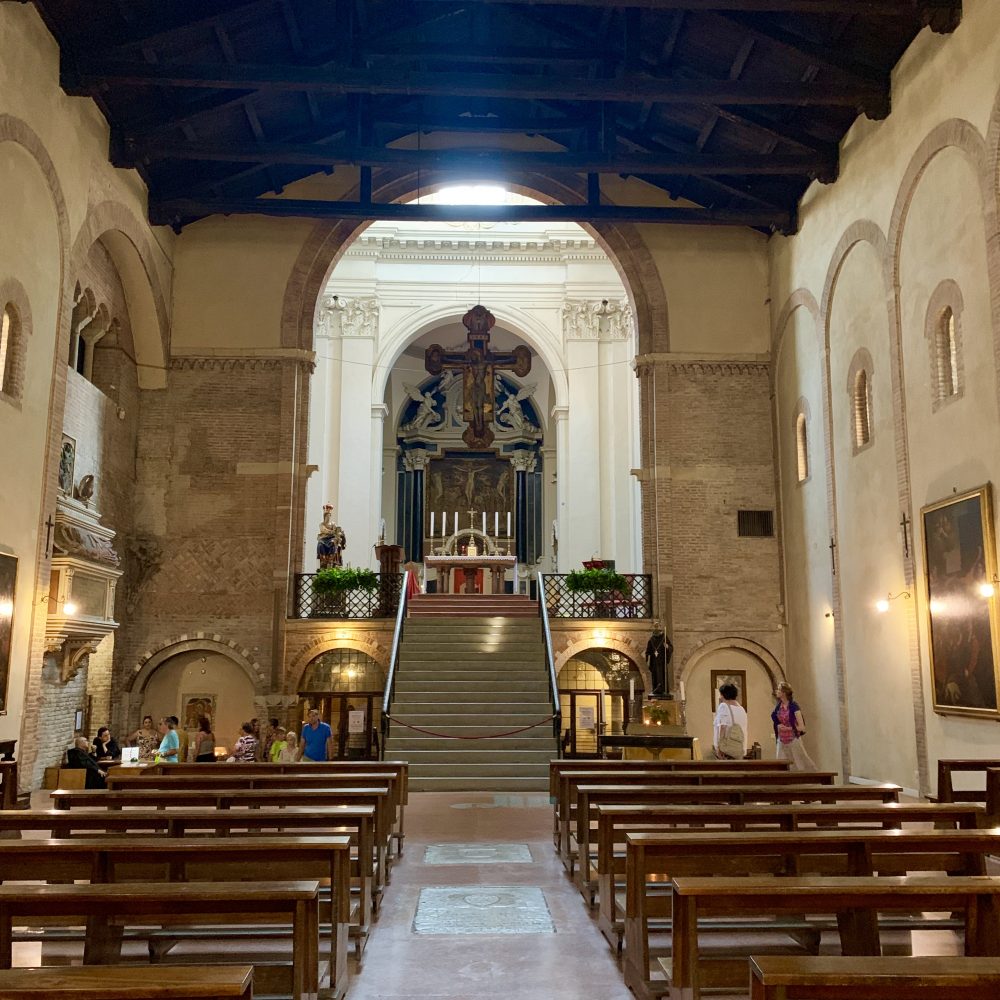
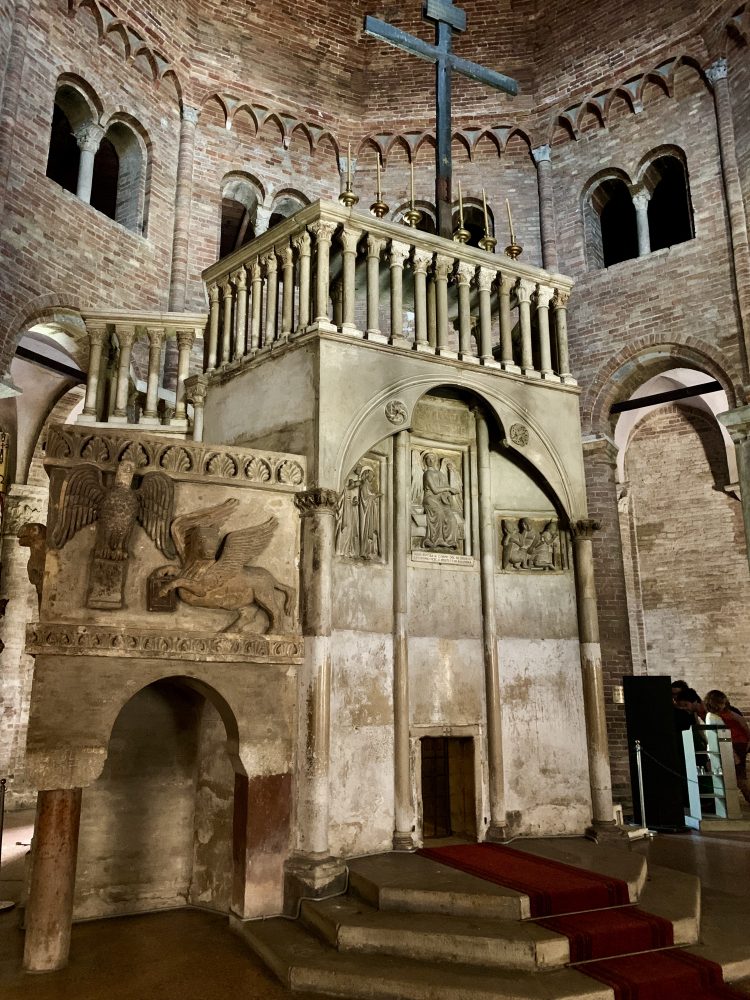

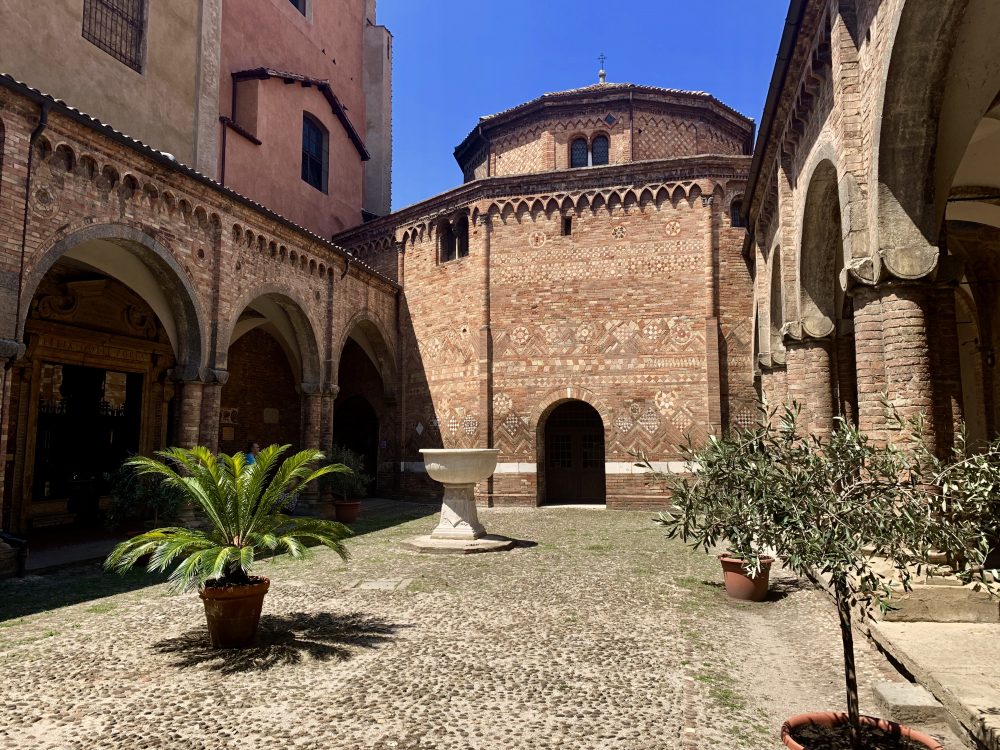
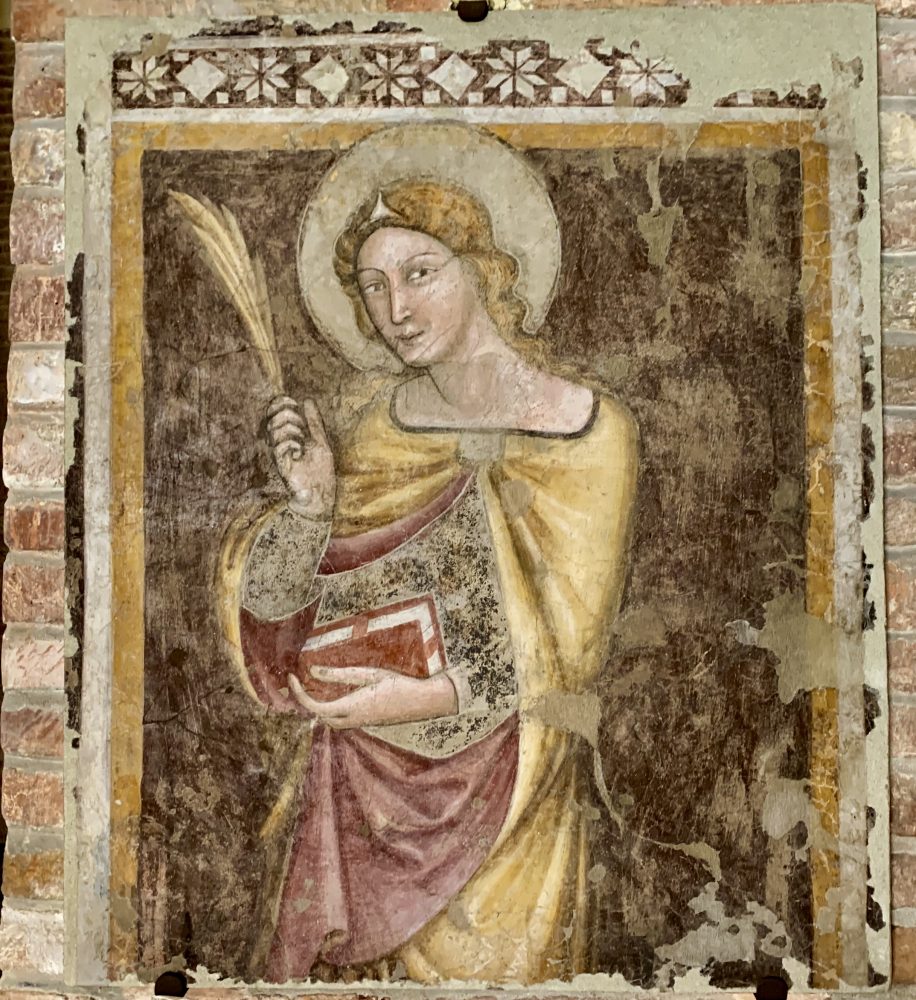

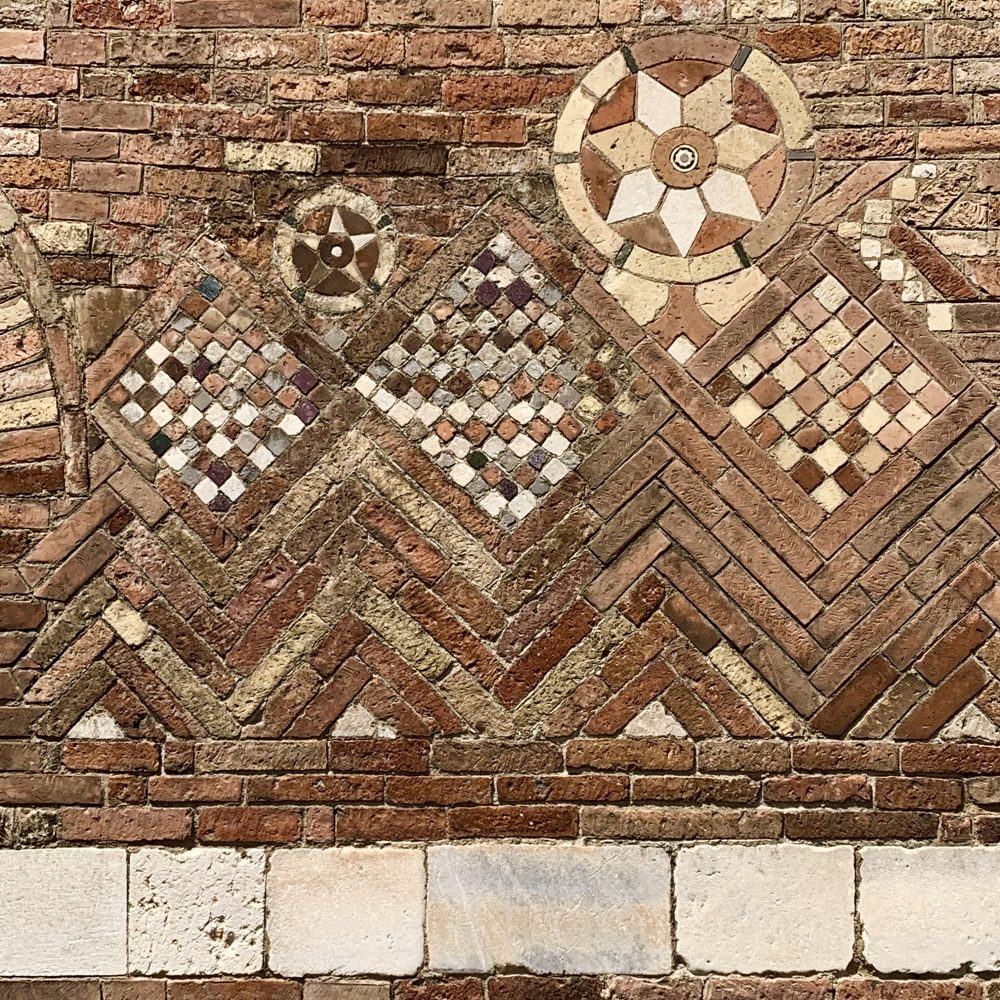
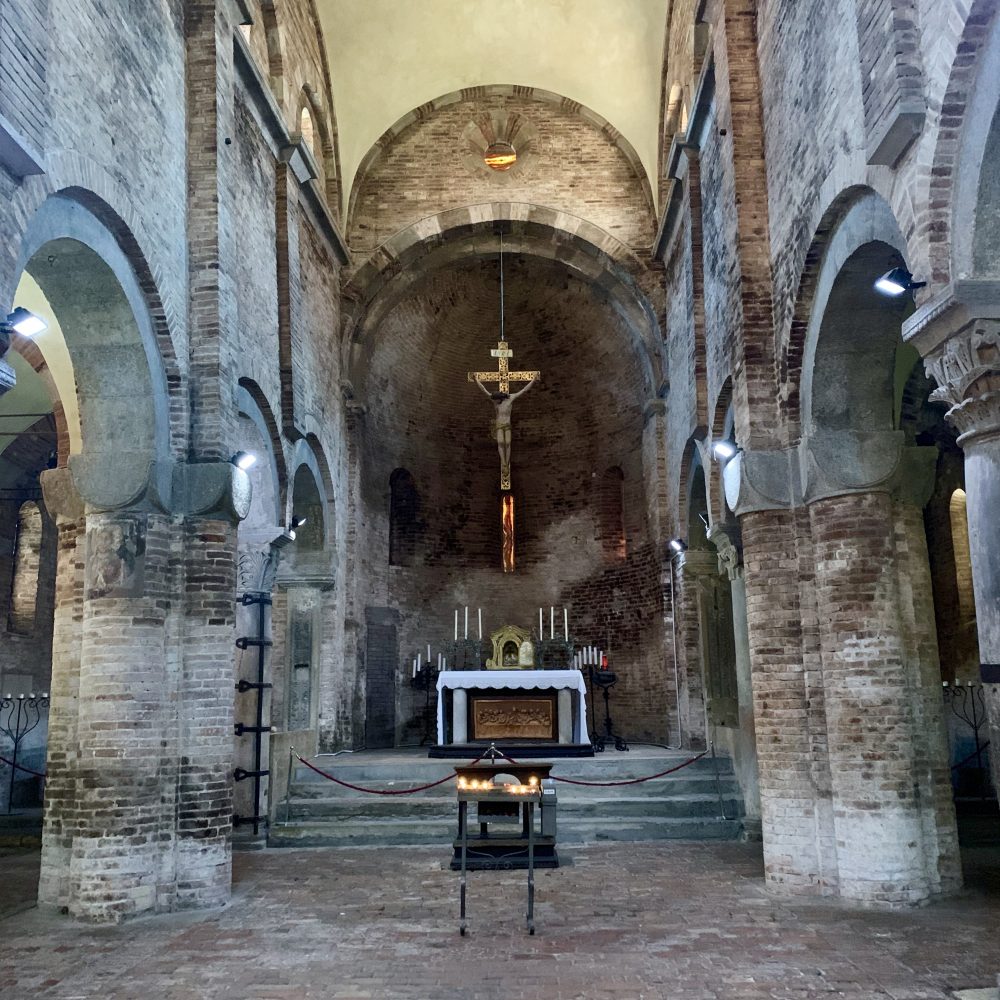
Basilica di San Petronio
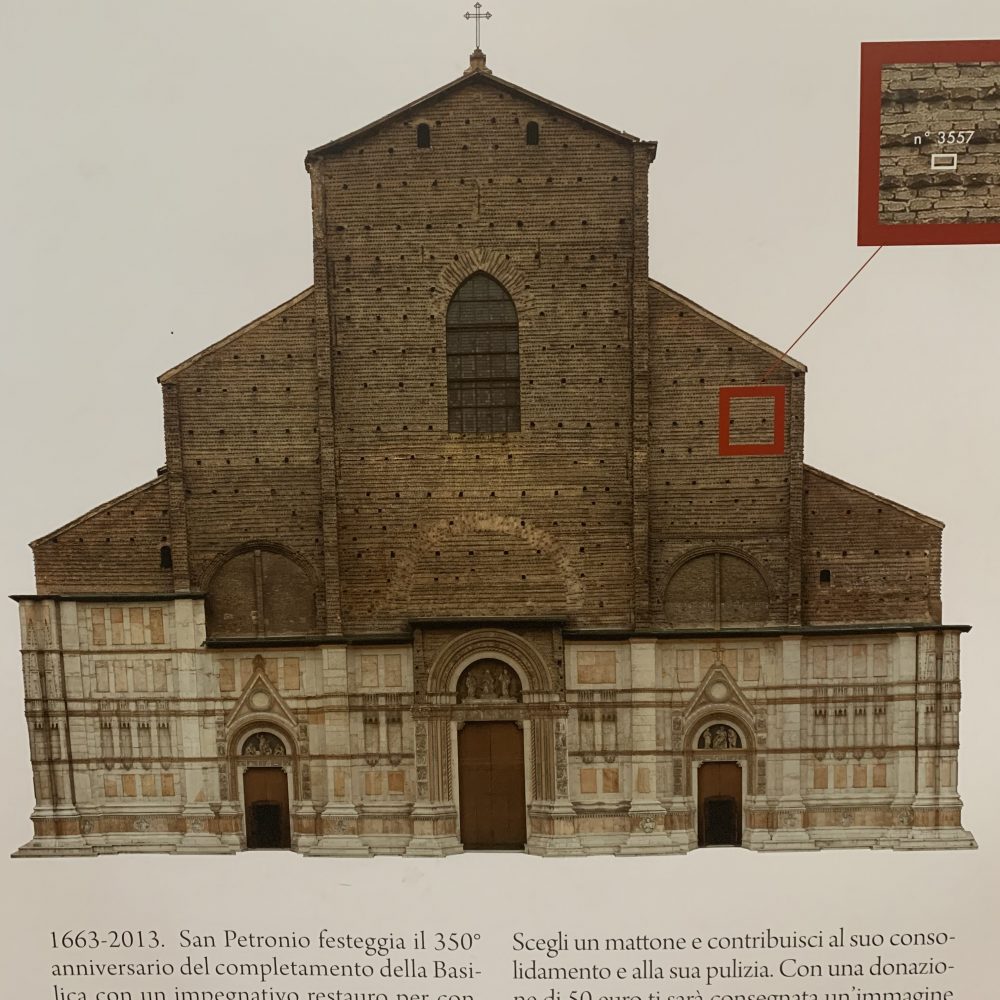
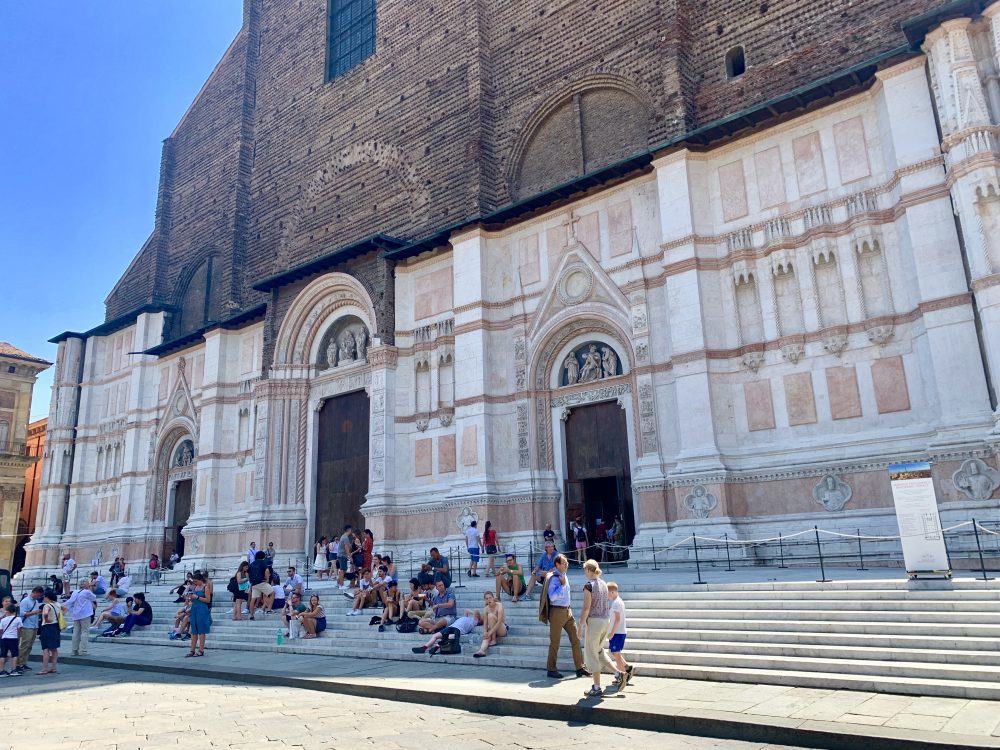

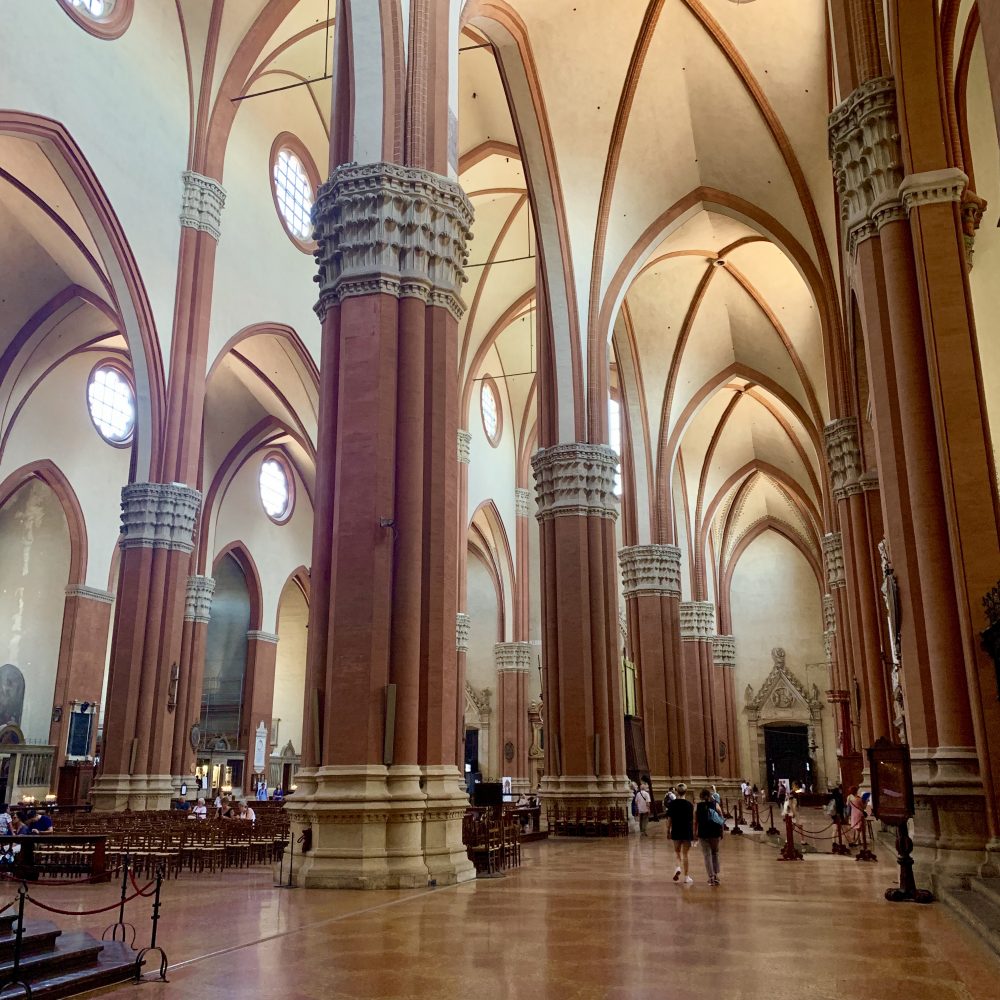
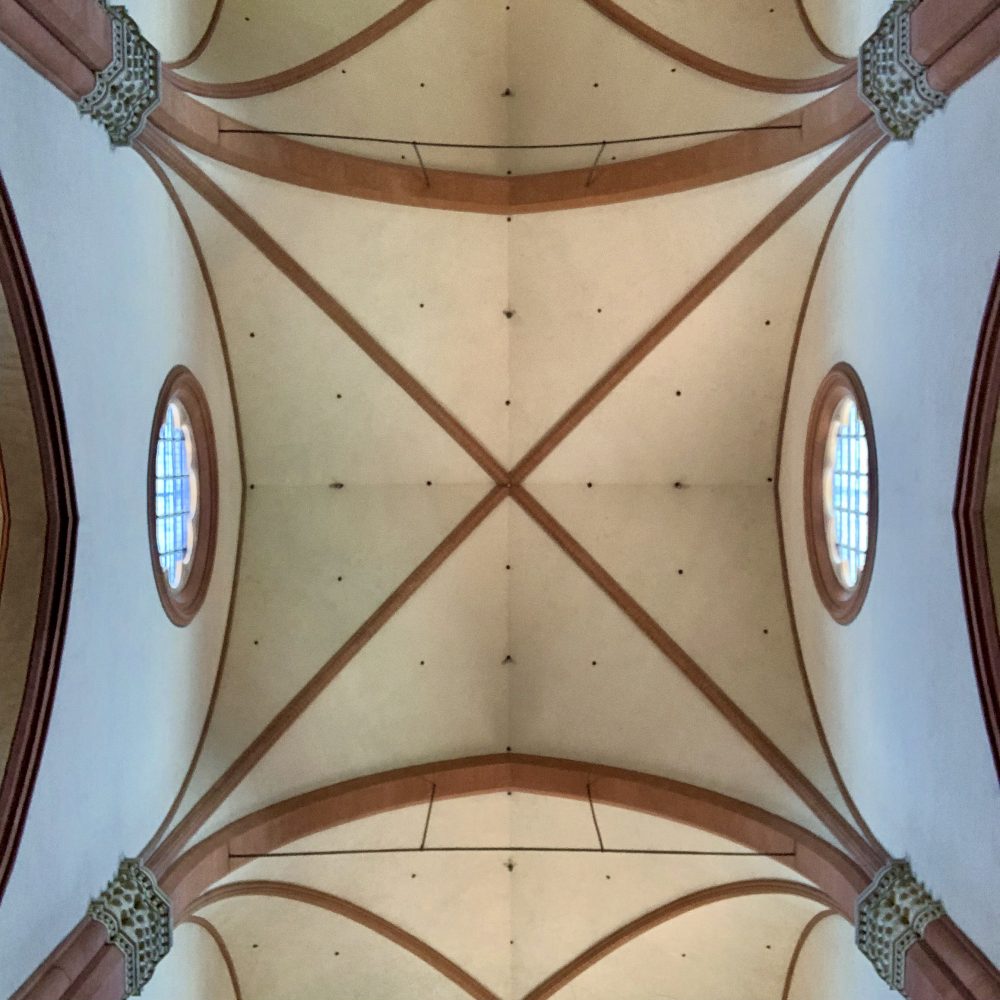
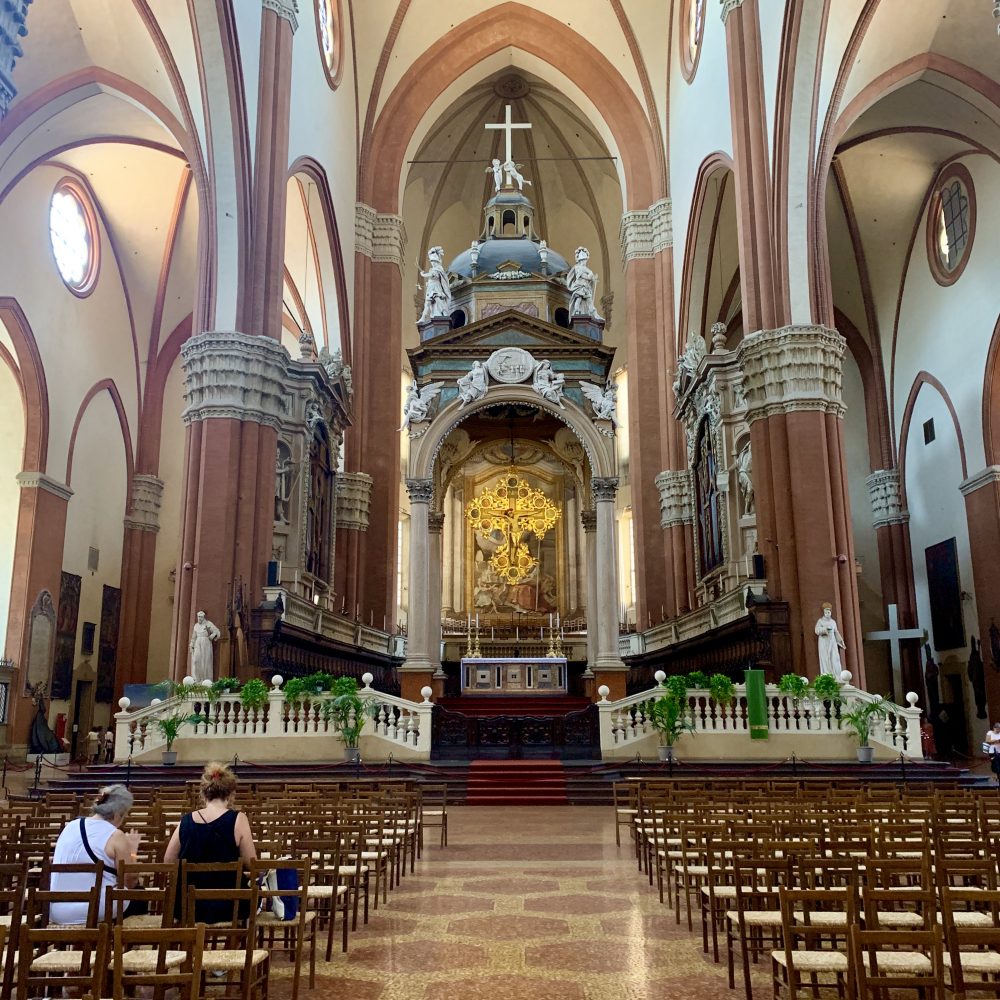
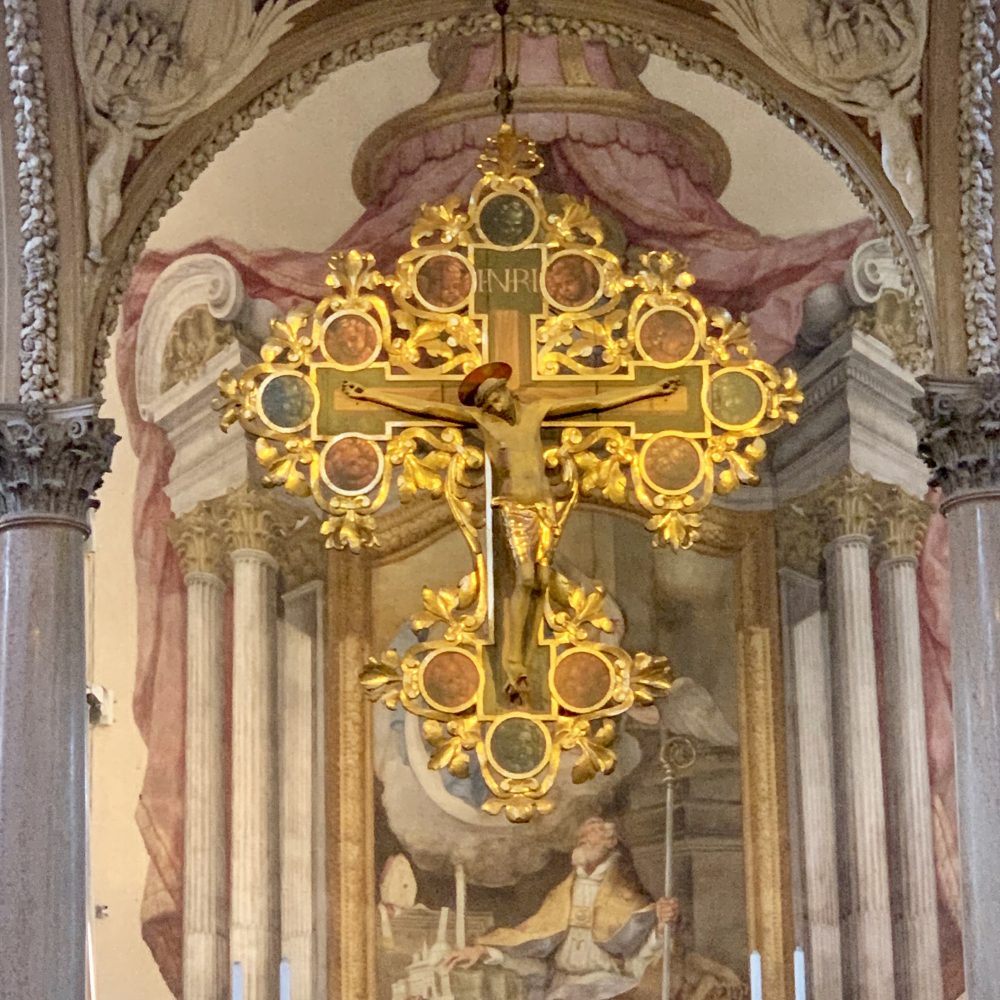
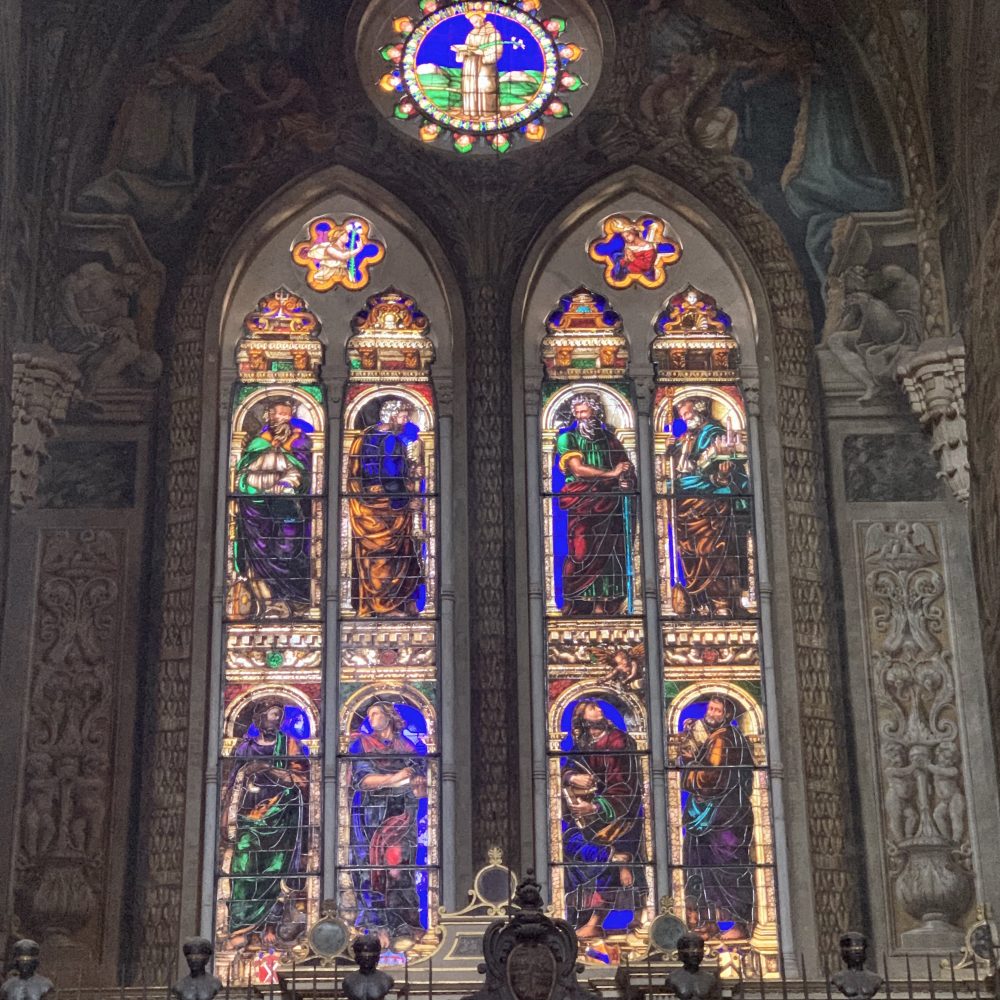
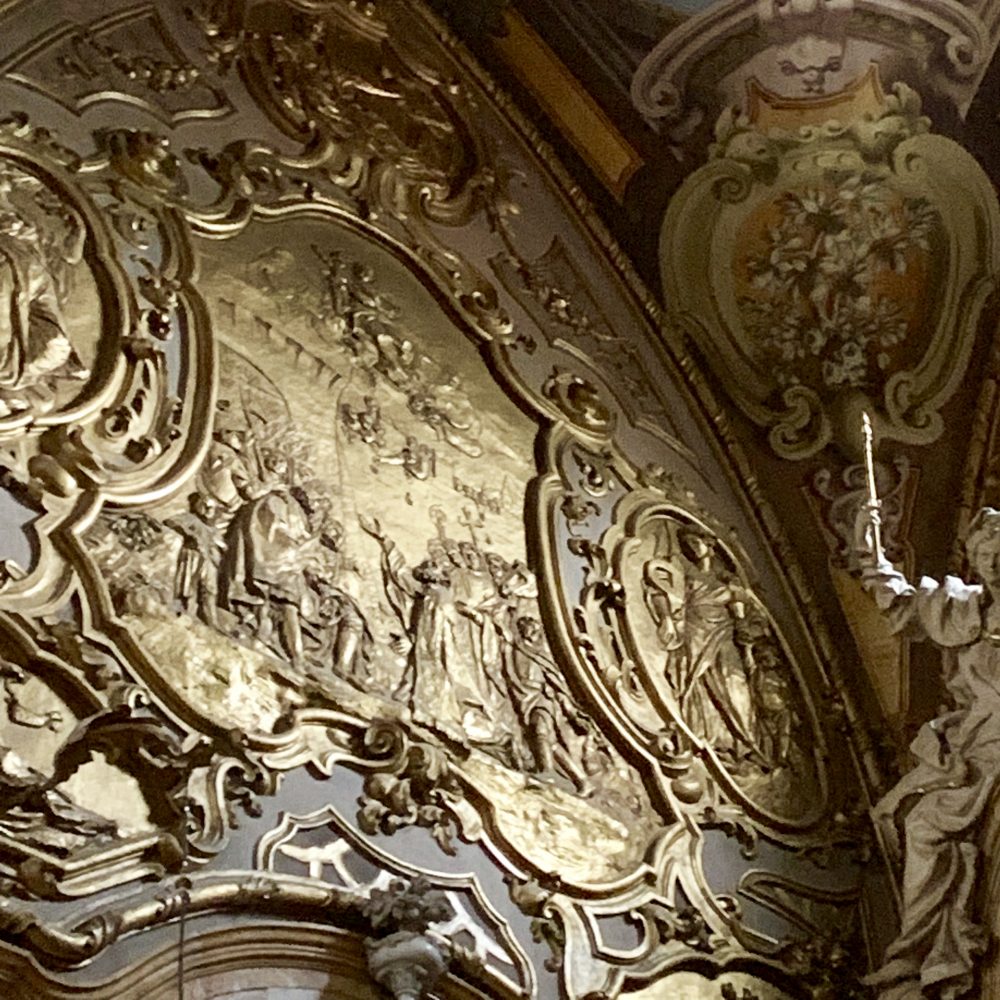
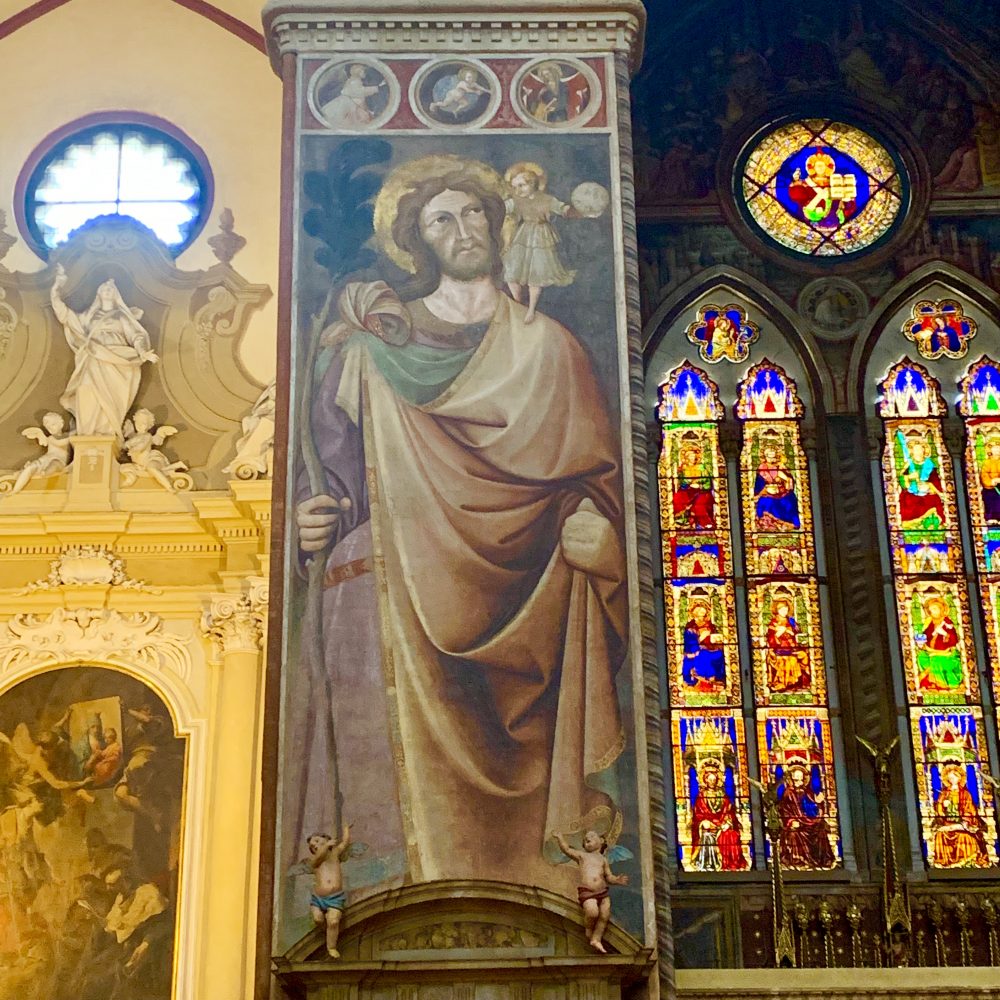
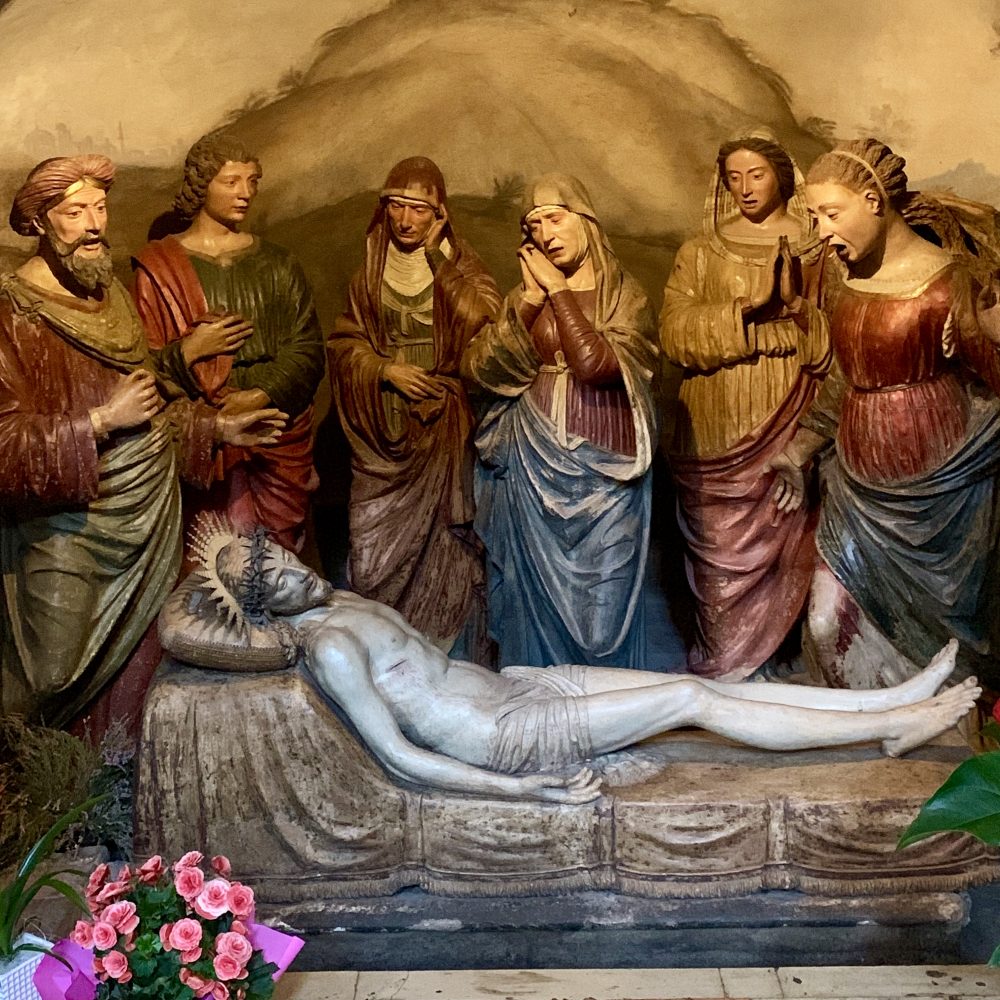
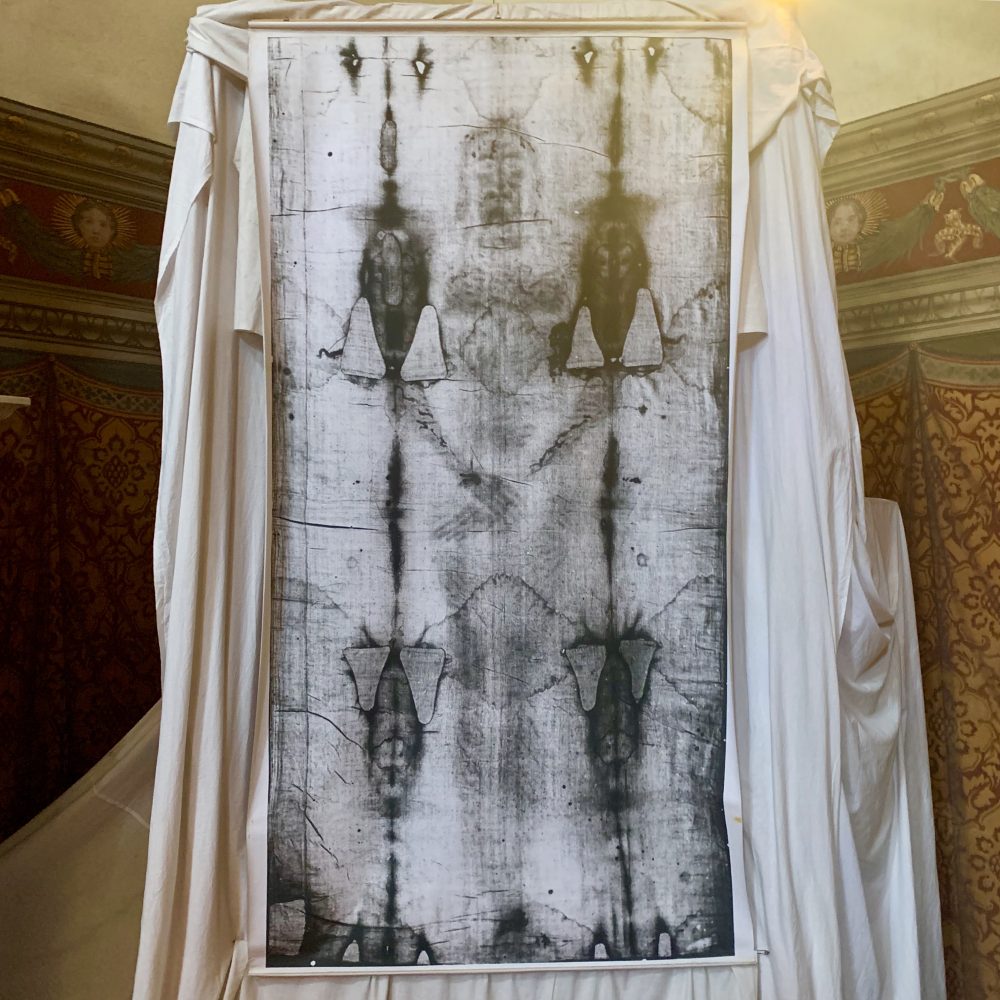
Santuario di Santa Maria della Vita
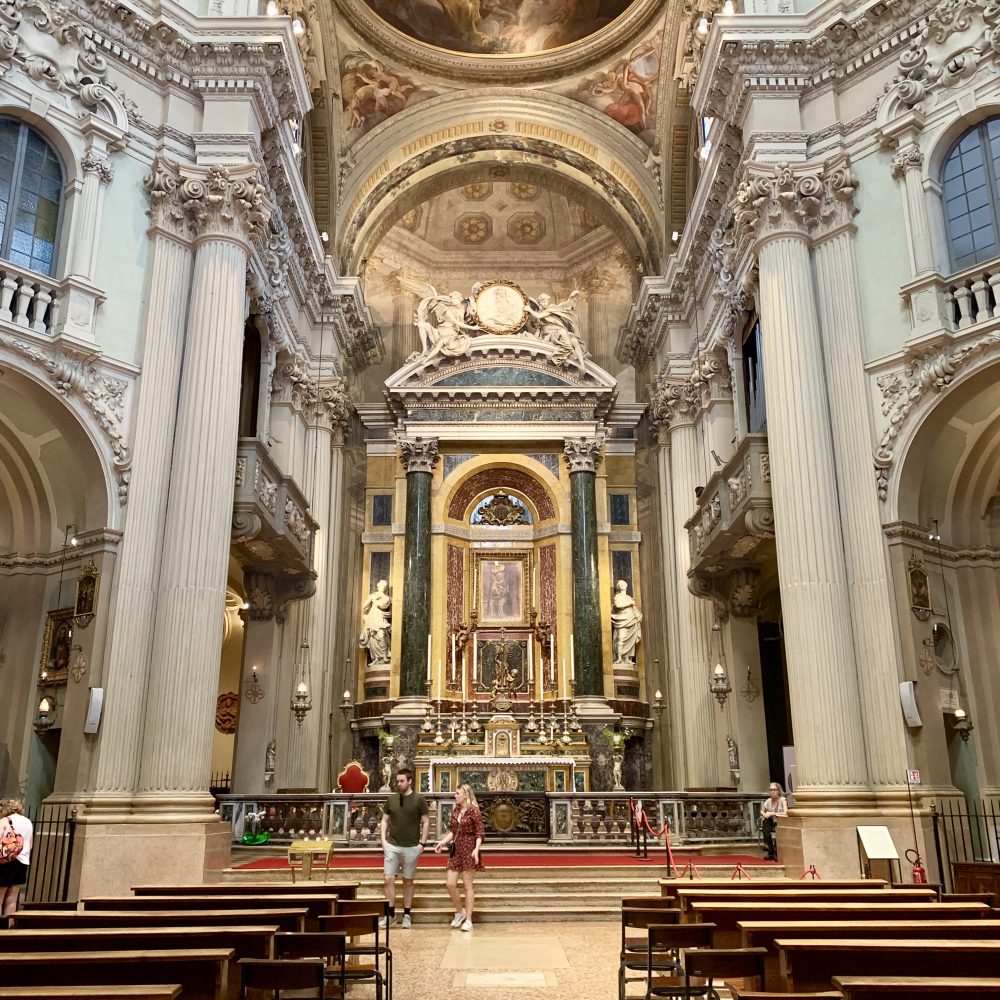
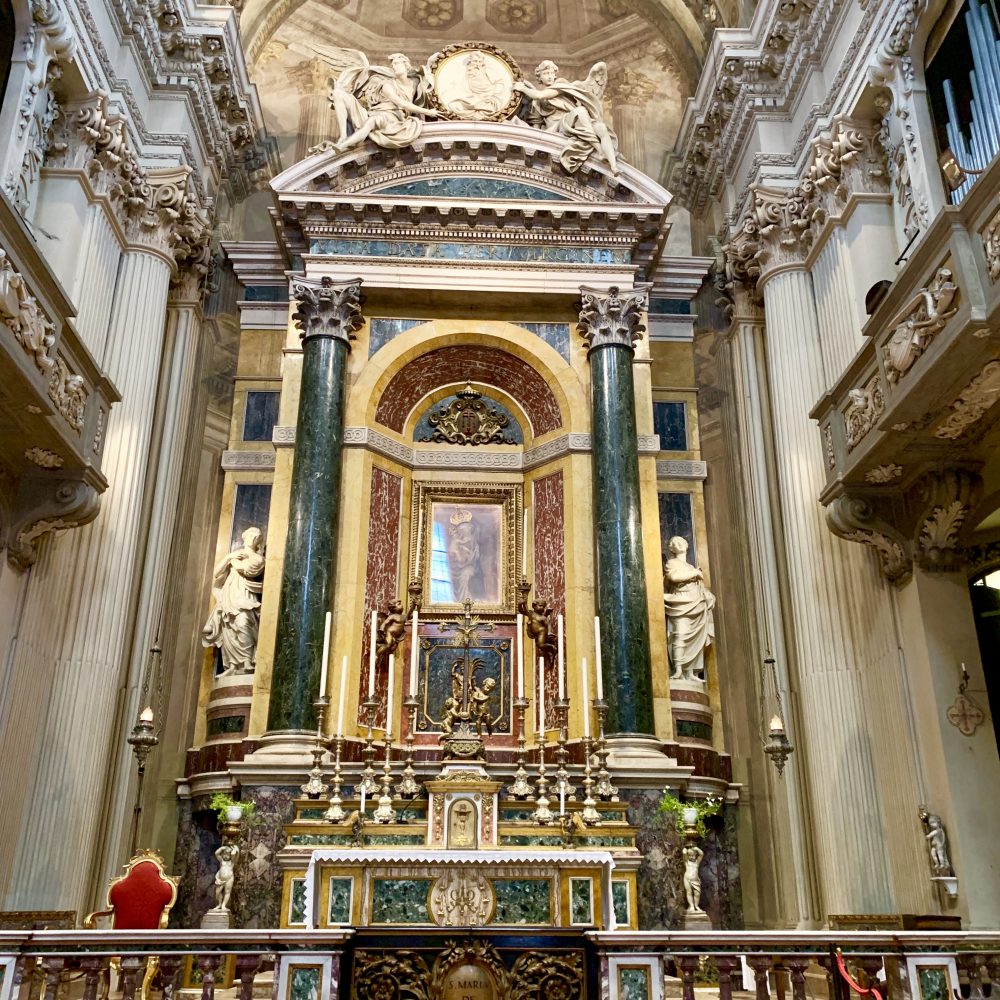

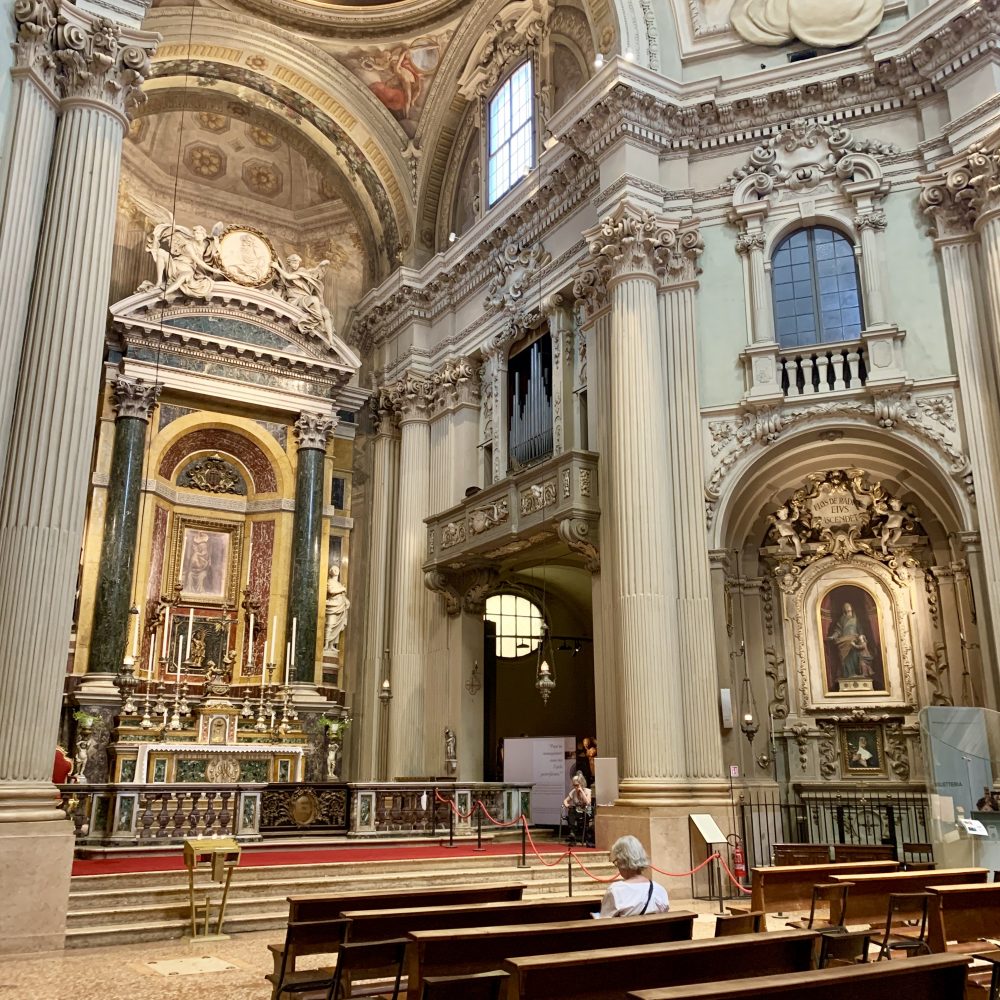


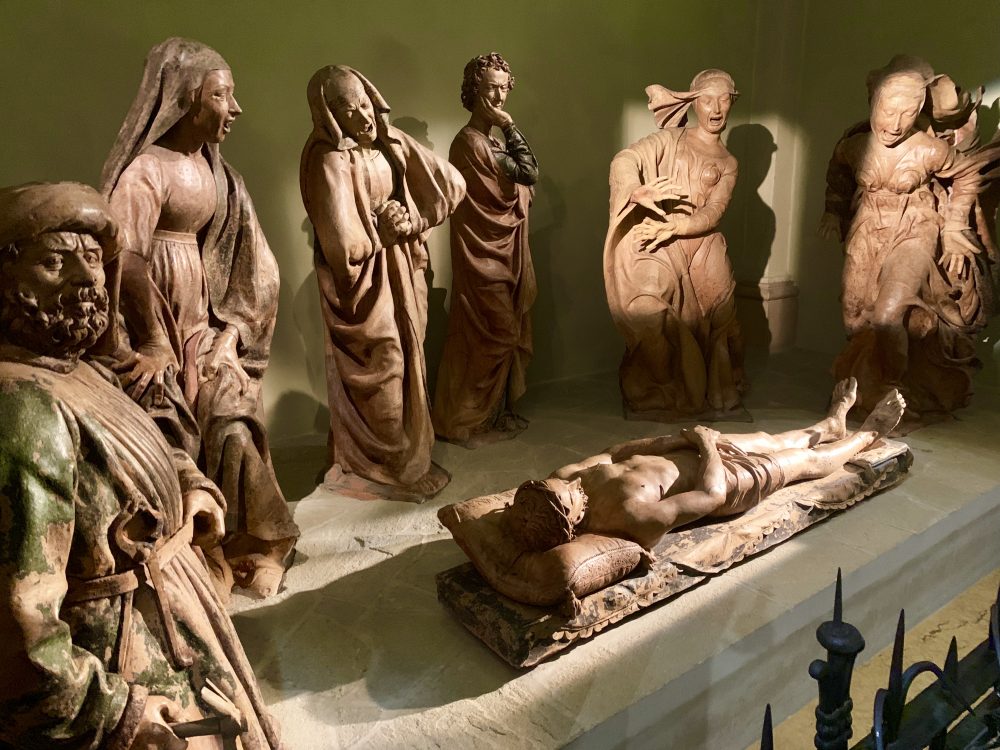
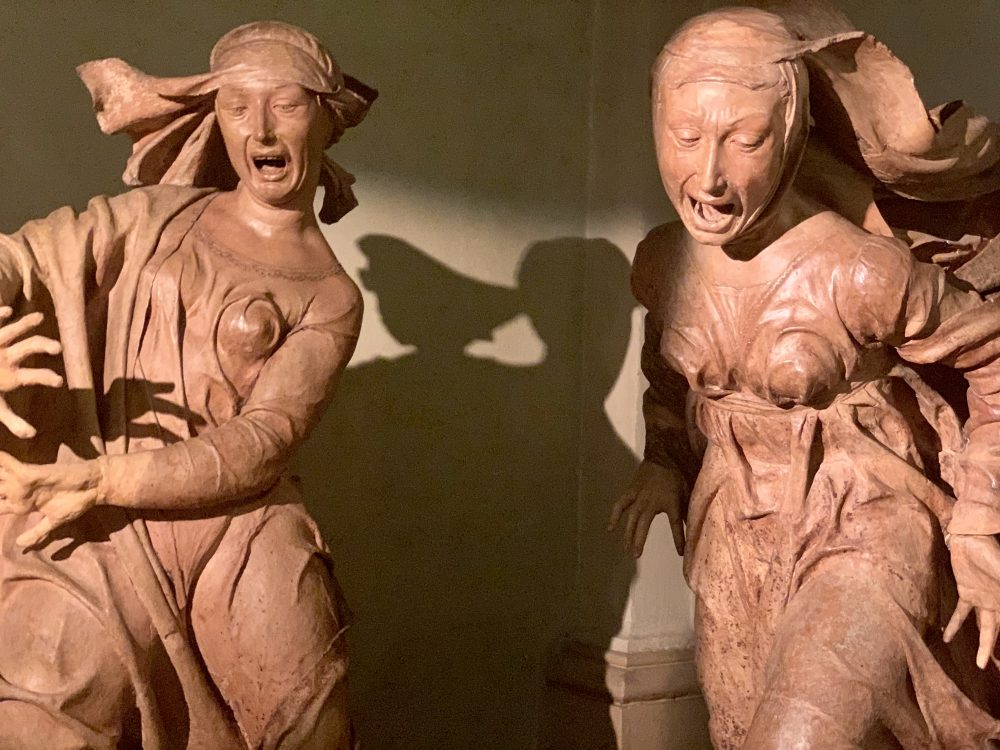
You are in the right place if you want to experience porticos!
One thing that shouts “Bologna!” is its porticos. Our food tour guide said Bologna has over 40 kilometers of arcades. Most old. Some new. The paving varies, most terrazzo. The ceilings range from plain to ornate. Robert read years ago that the City of Bologna required the arcades. It shows.
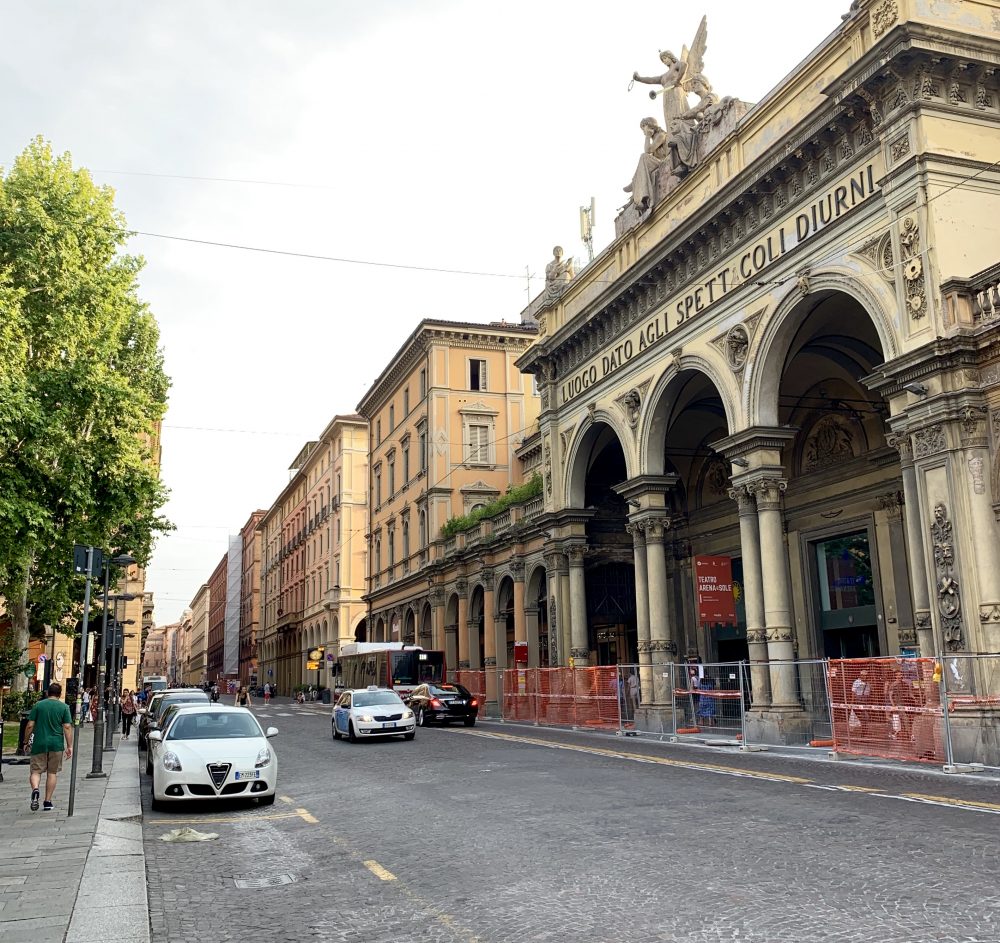
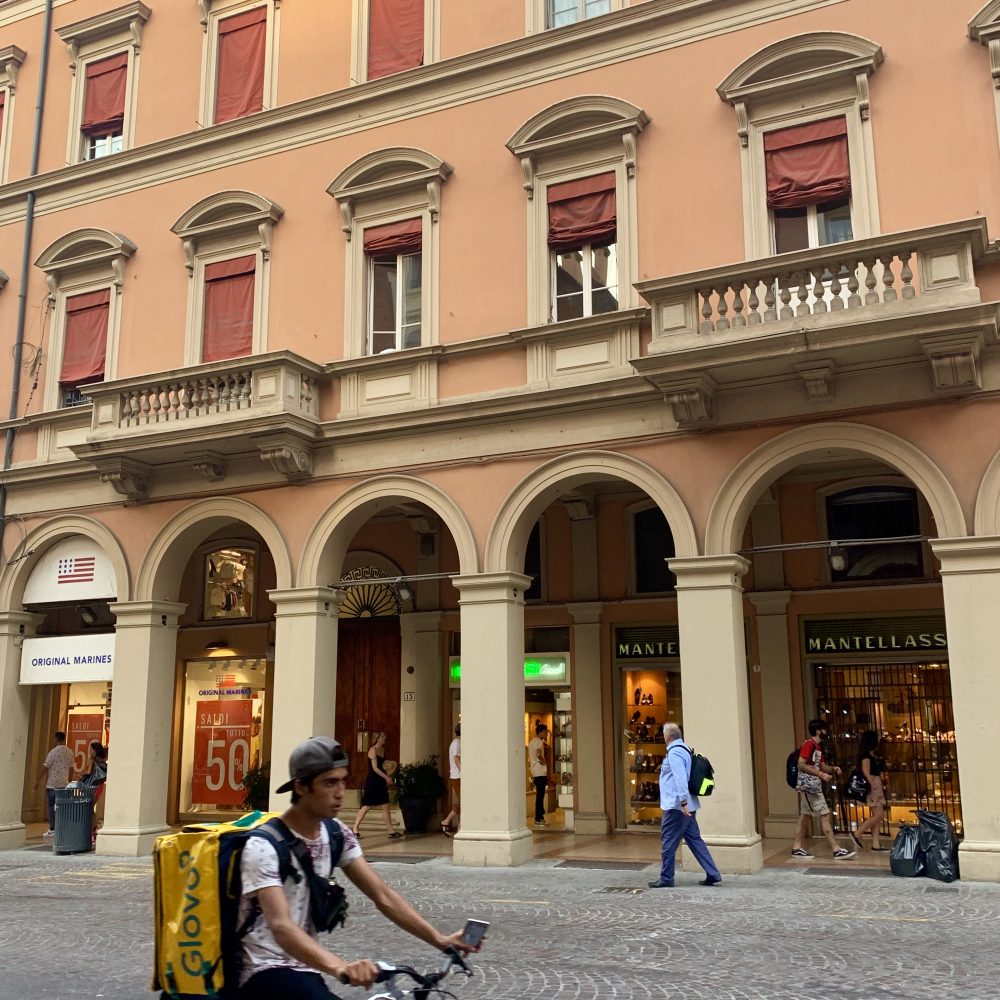
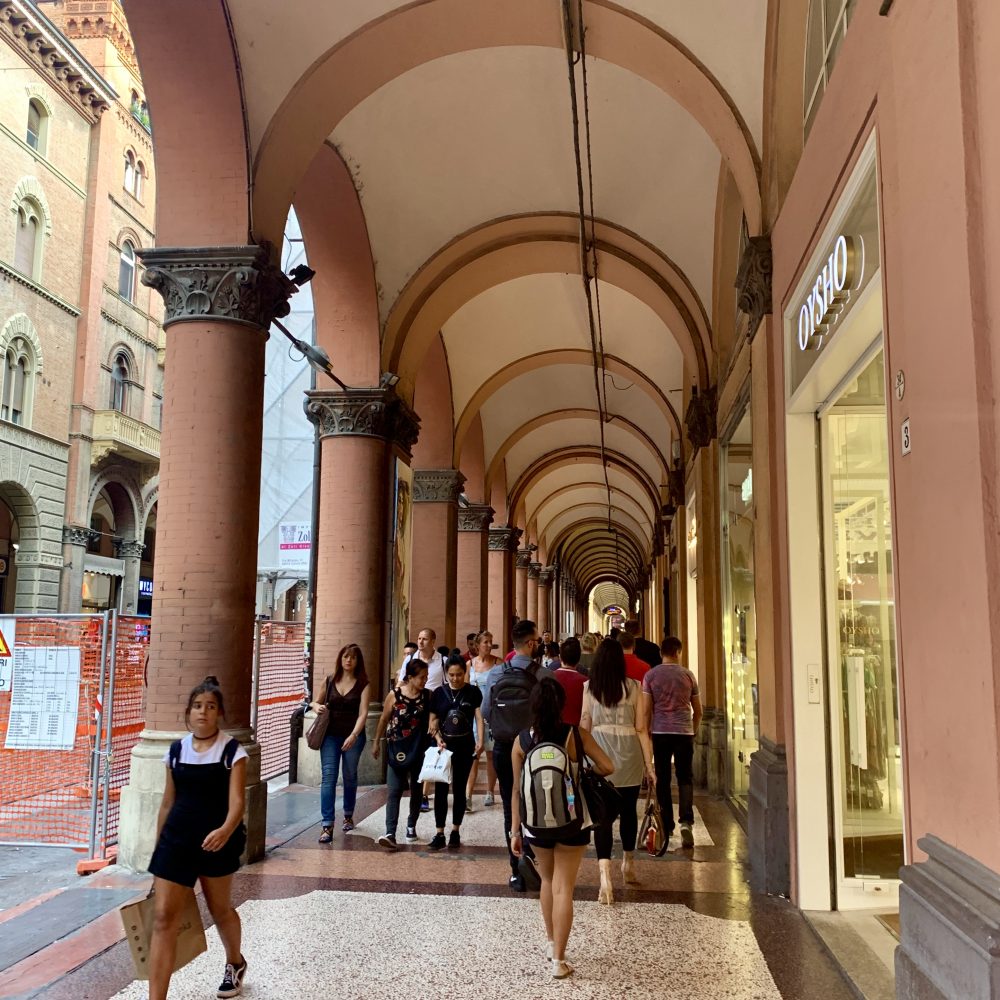
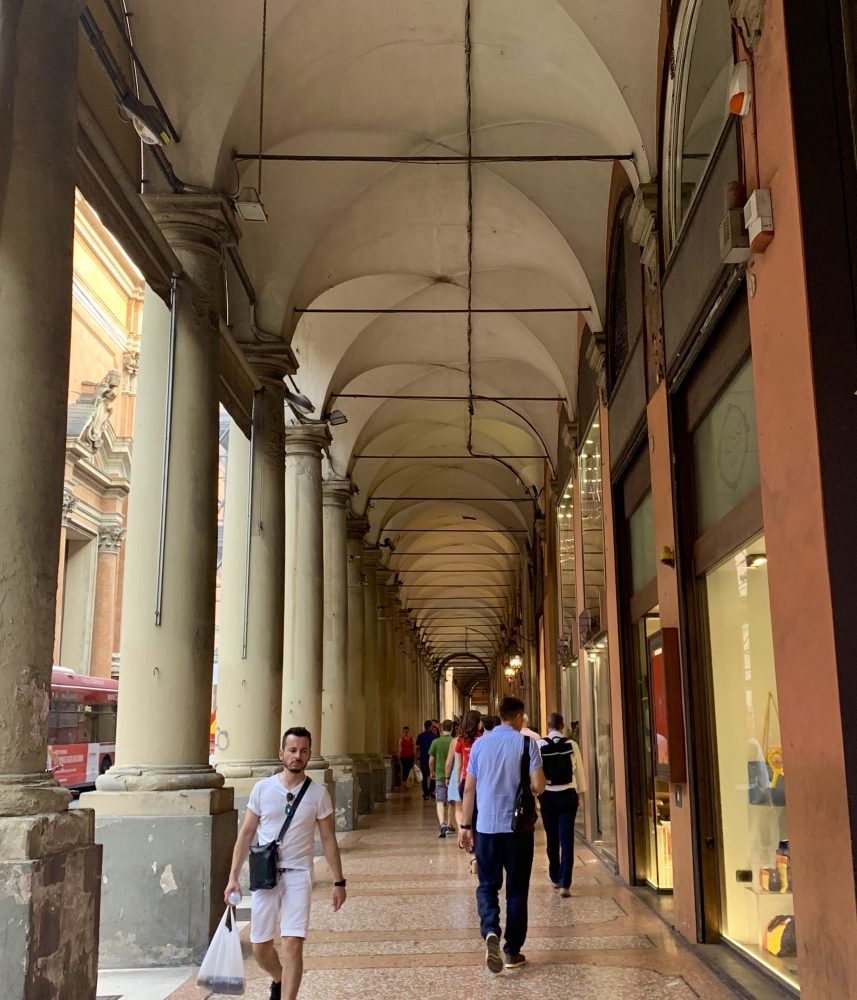
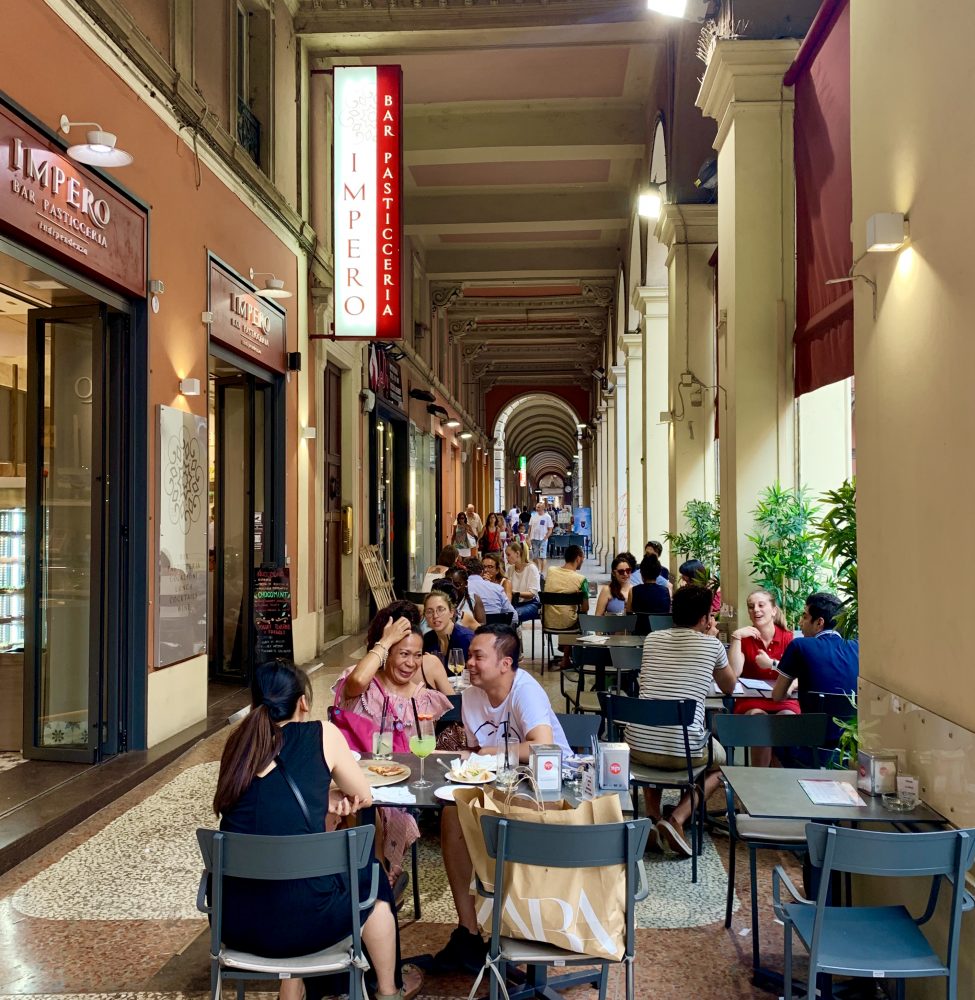
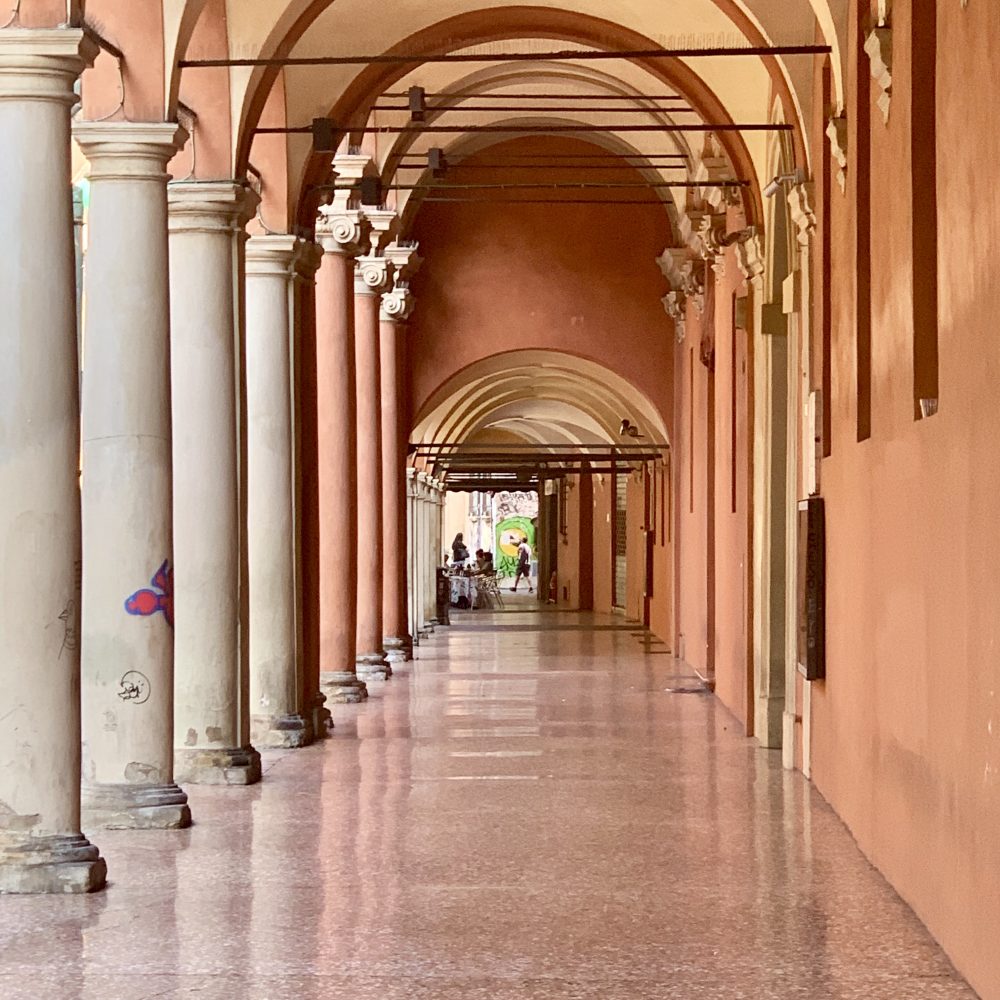

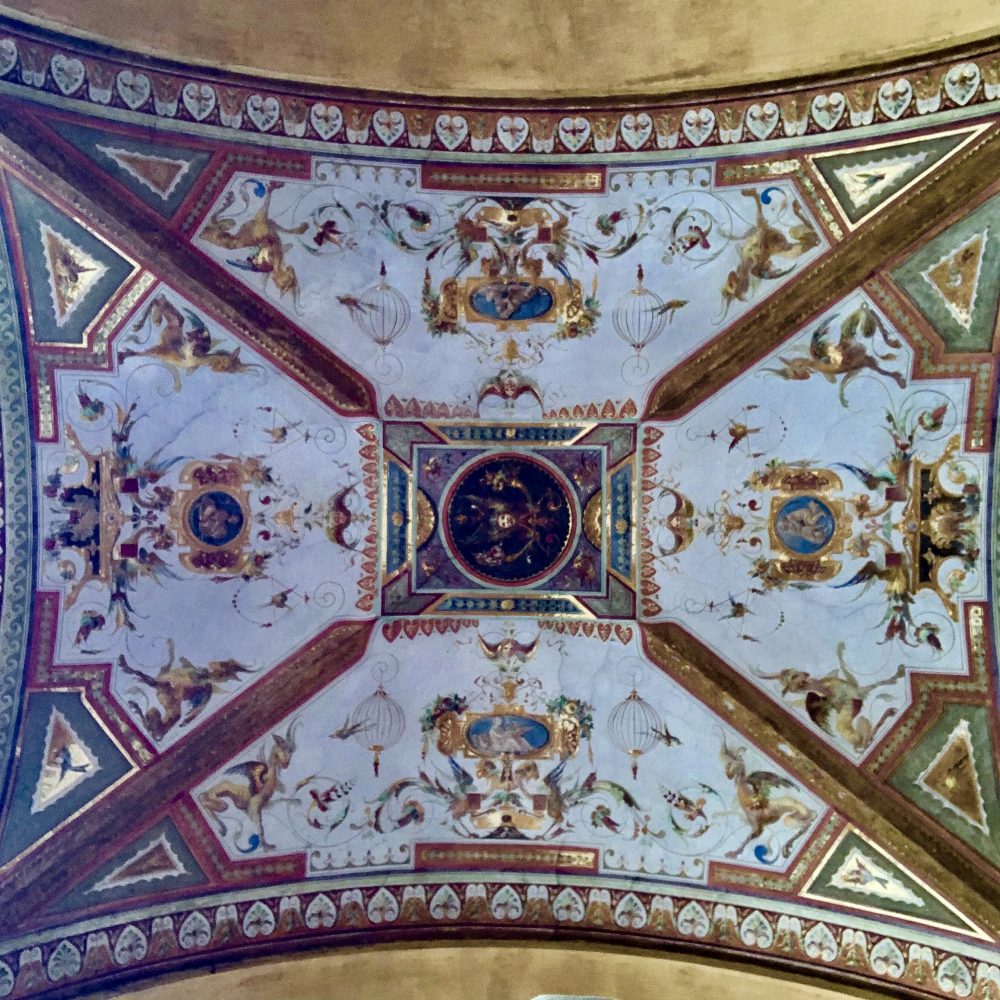
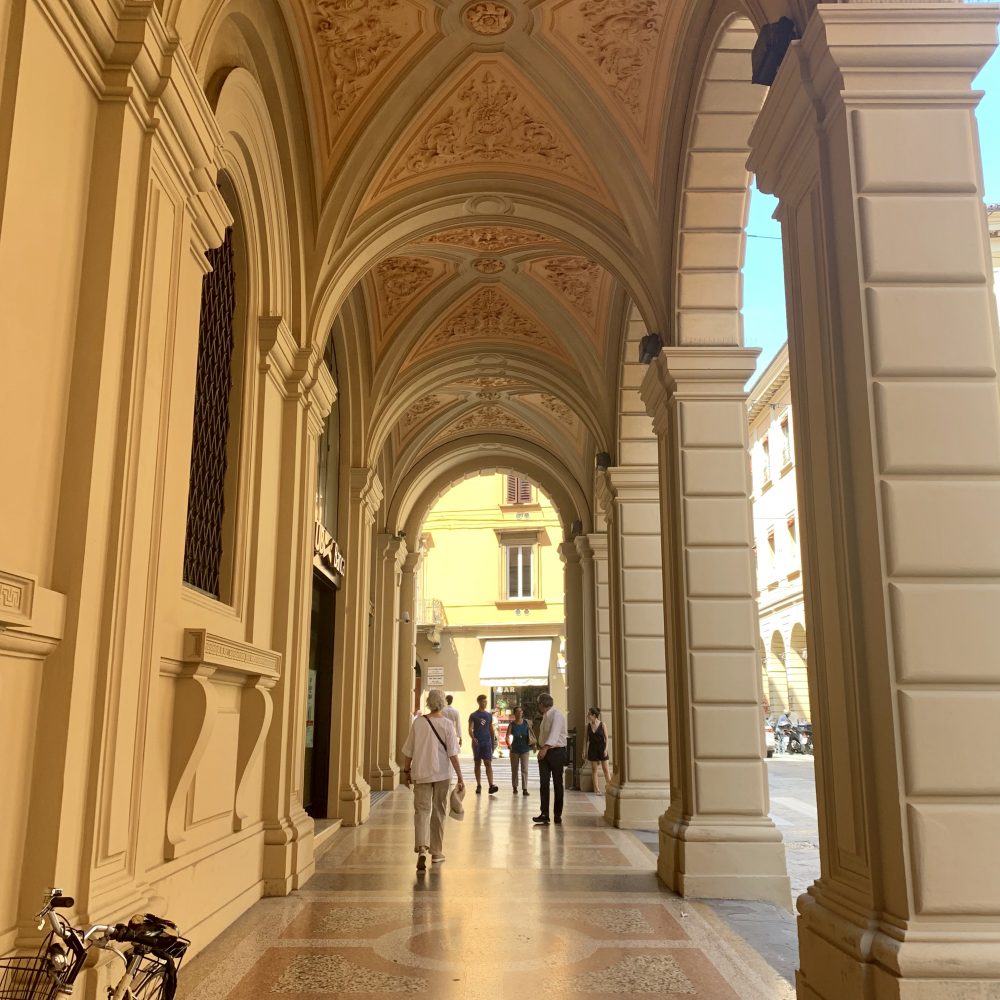

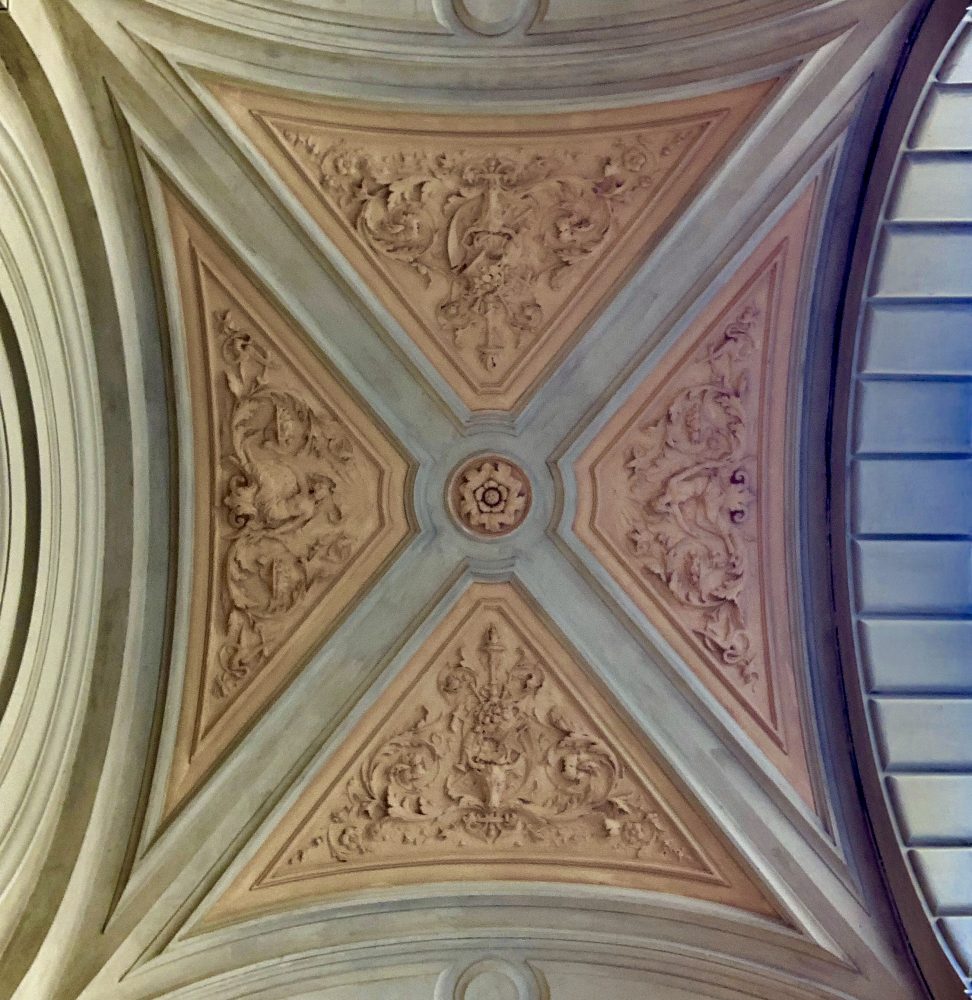
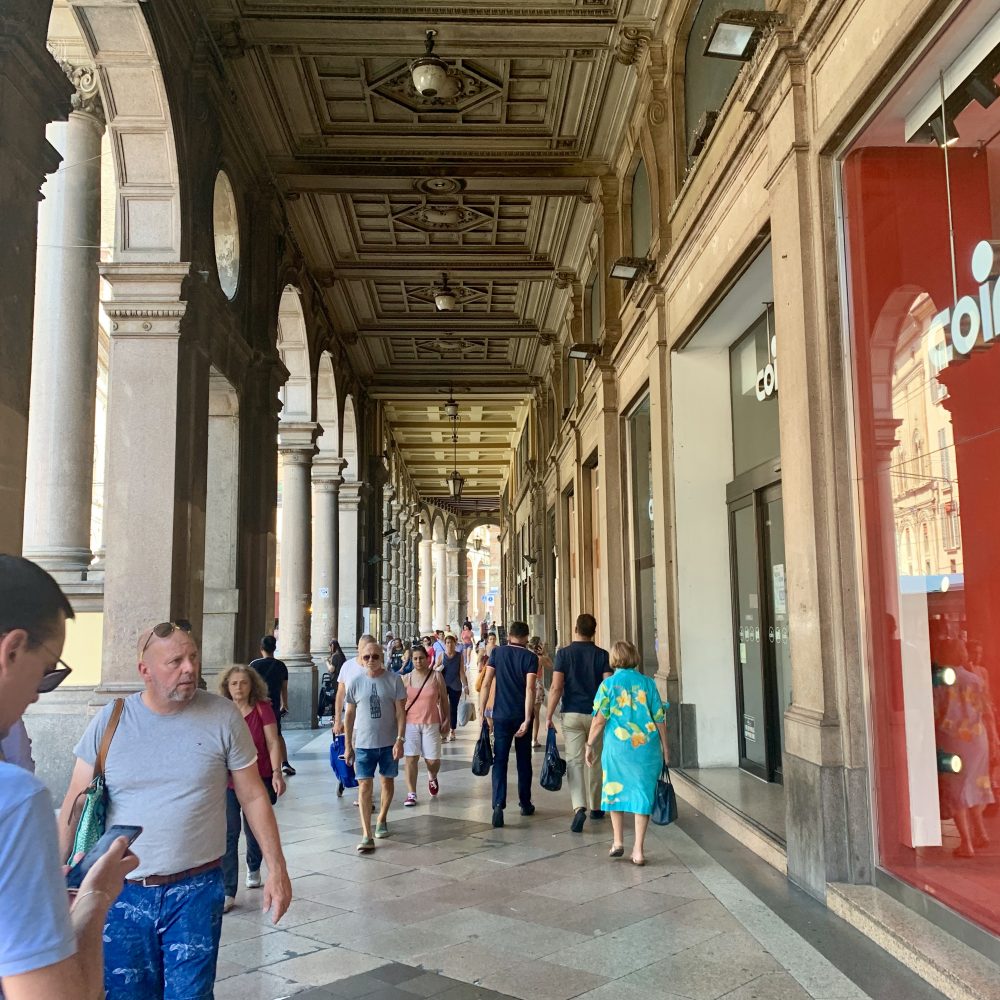
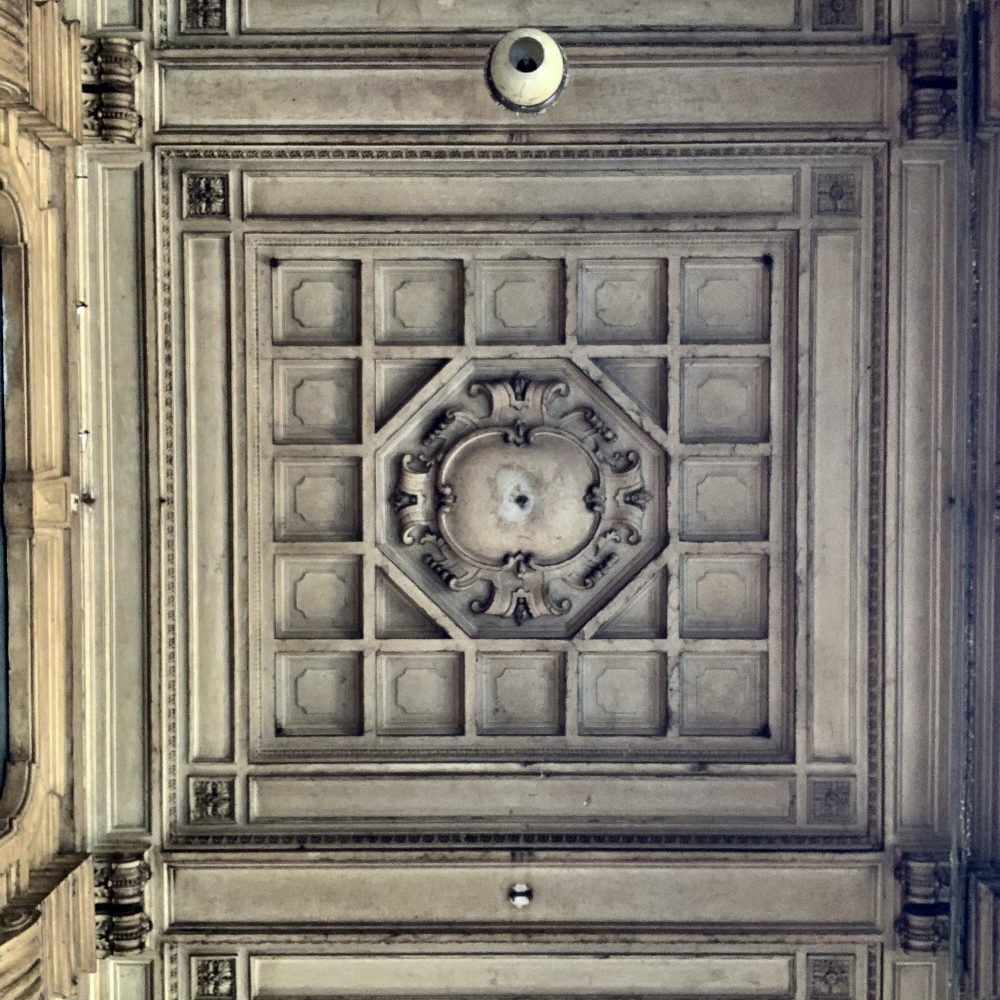
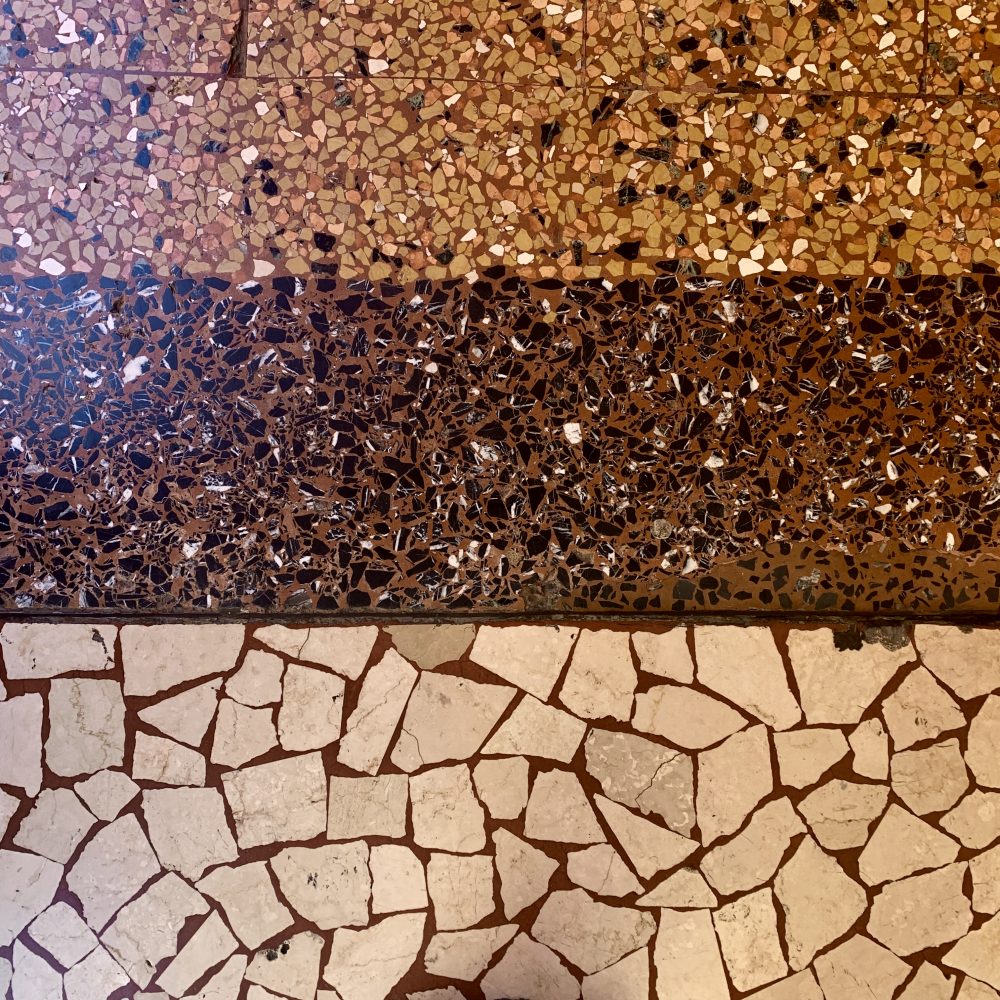
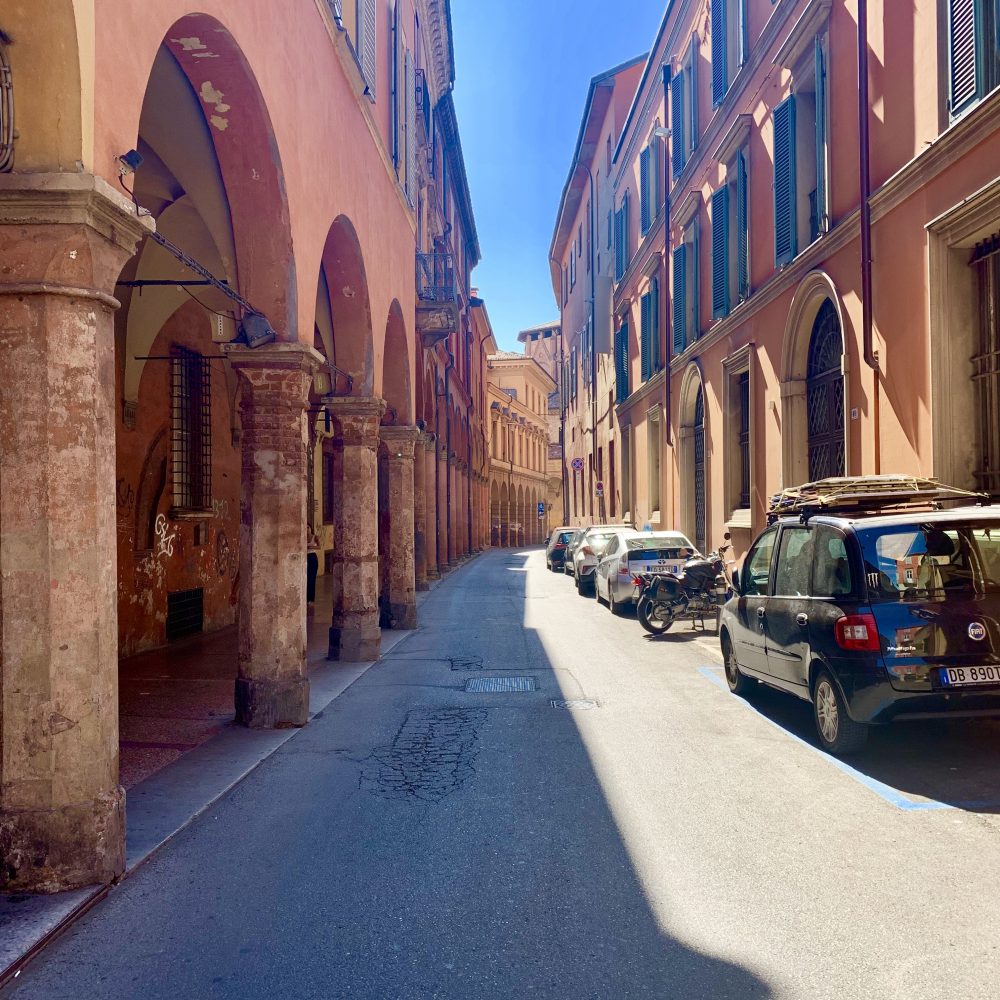
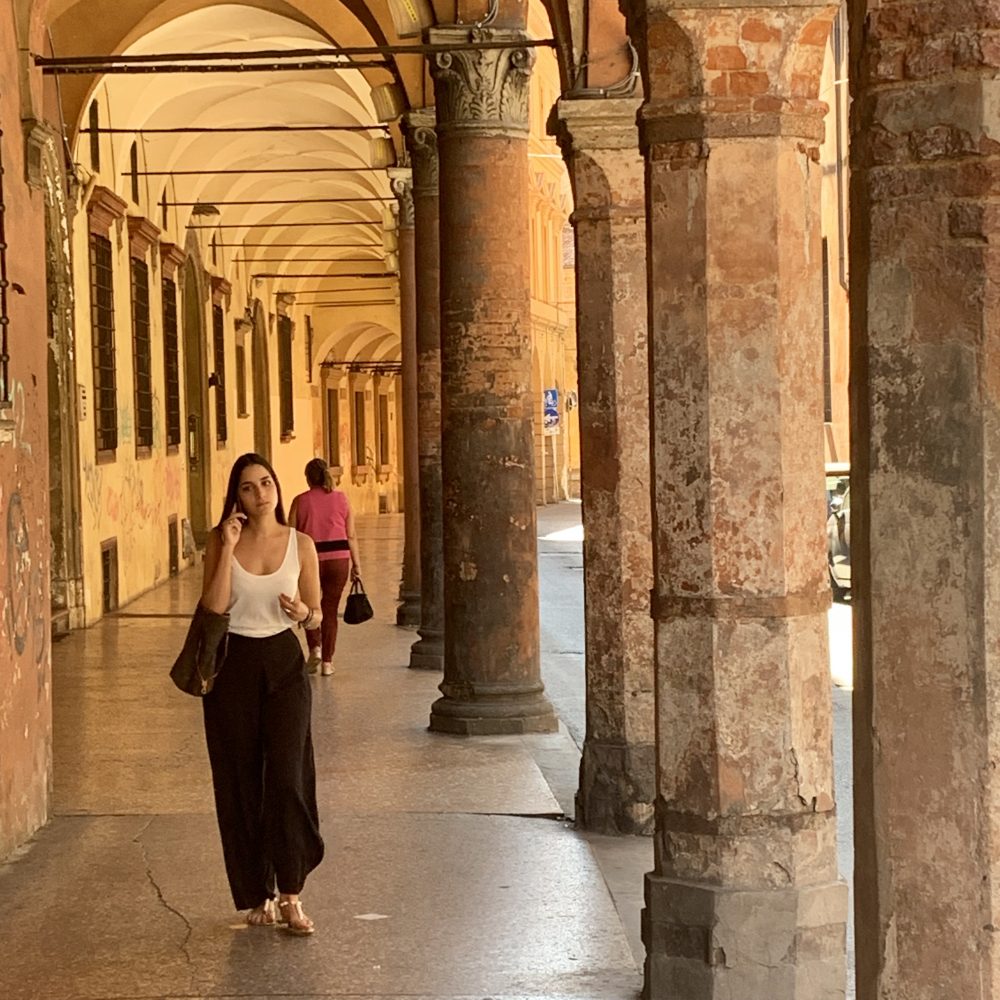
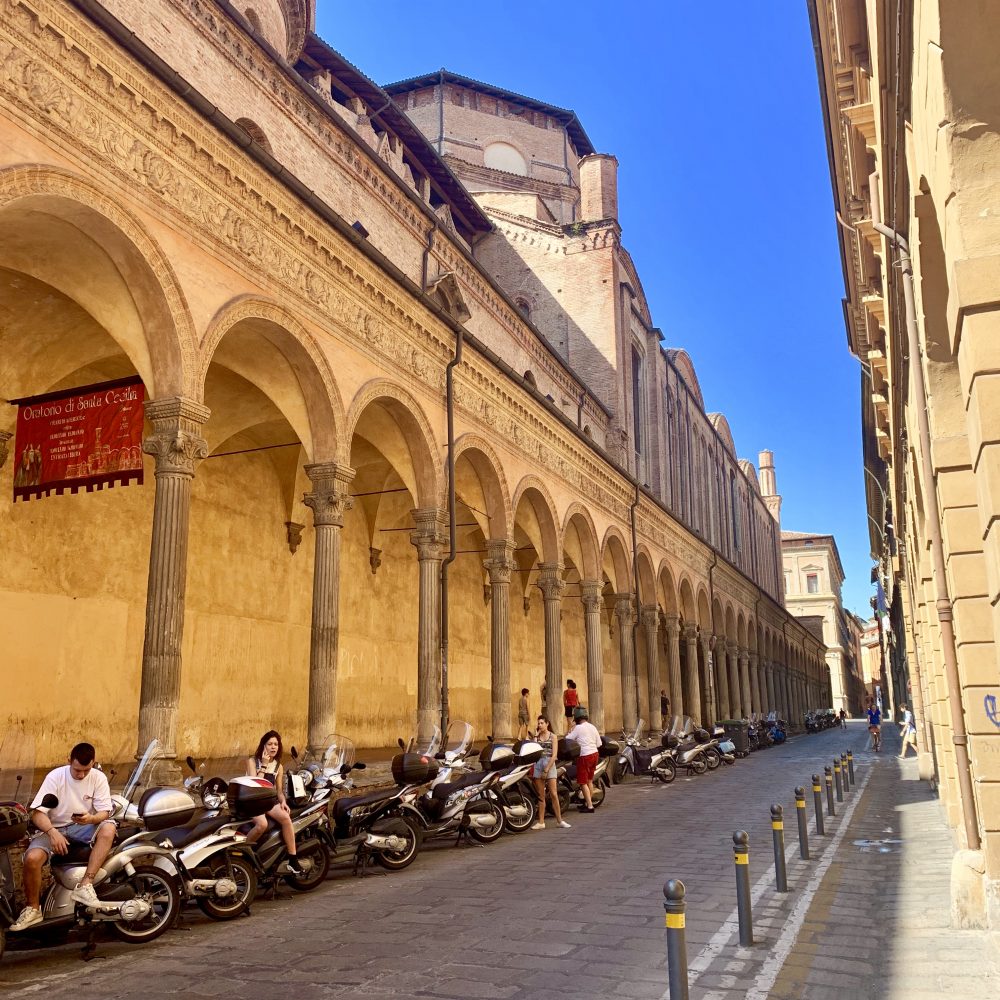
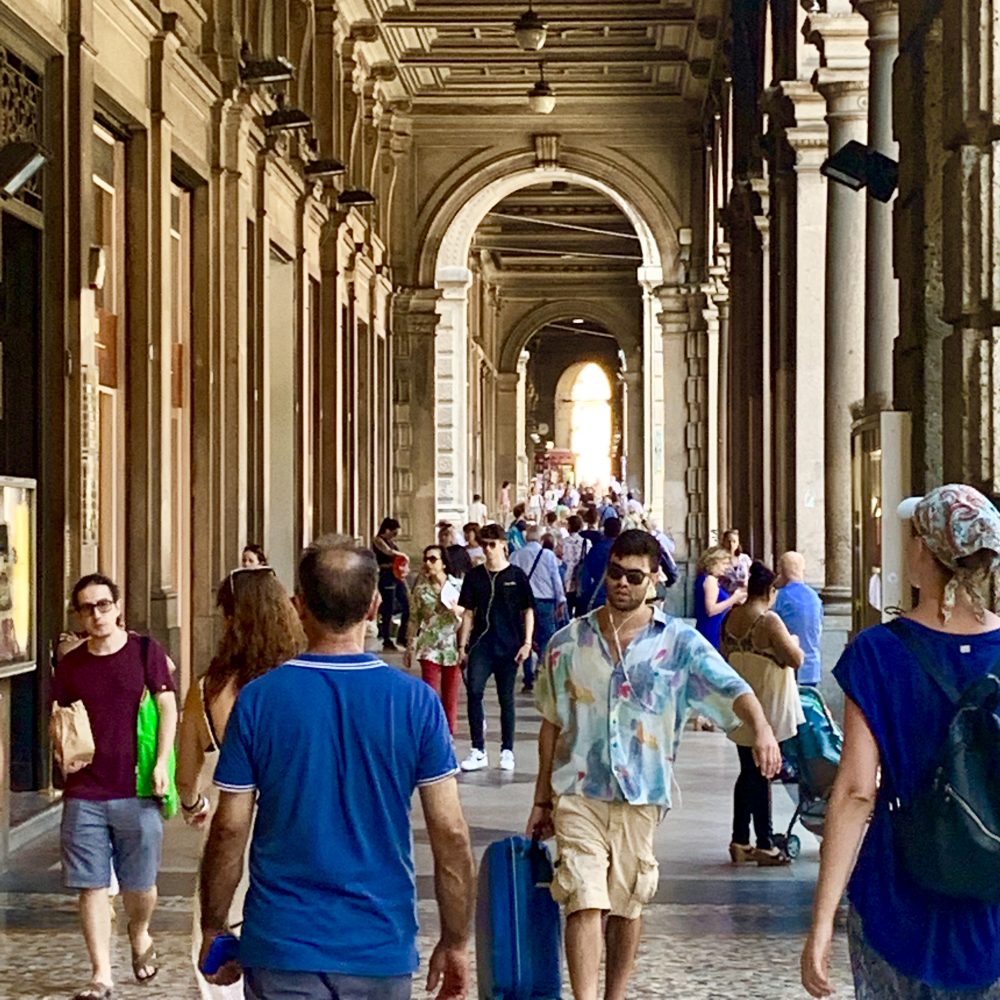
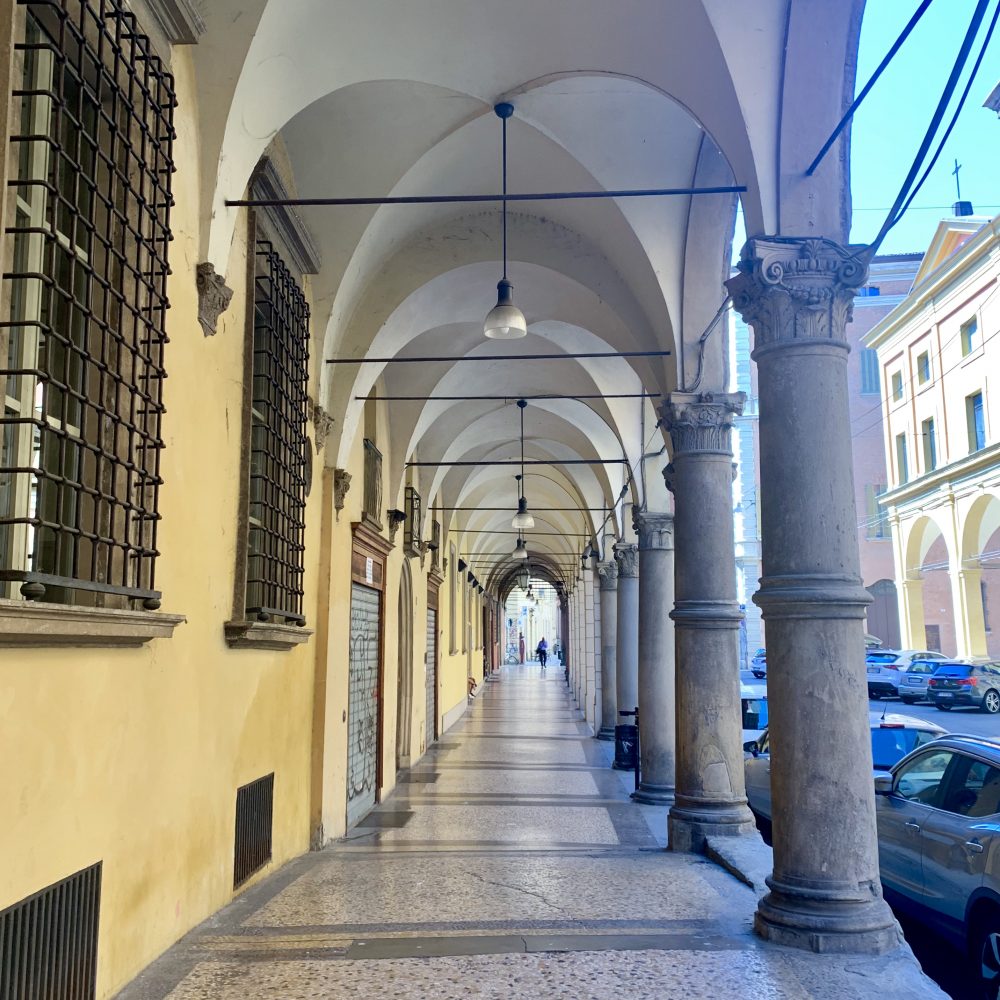
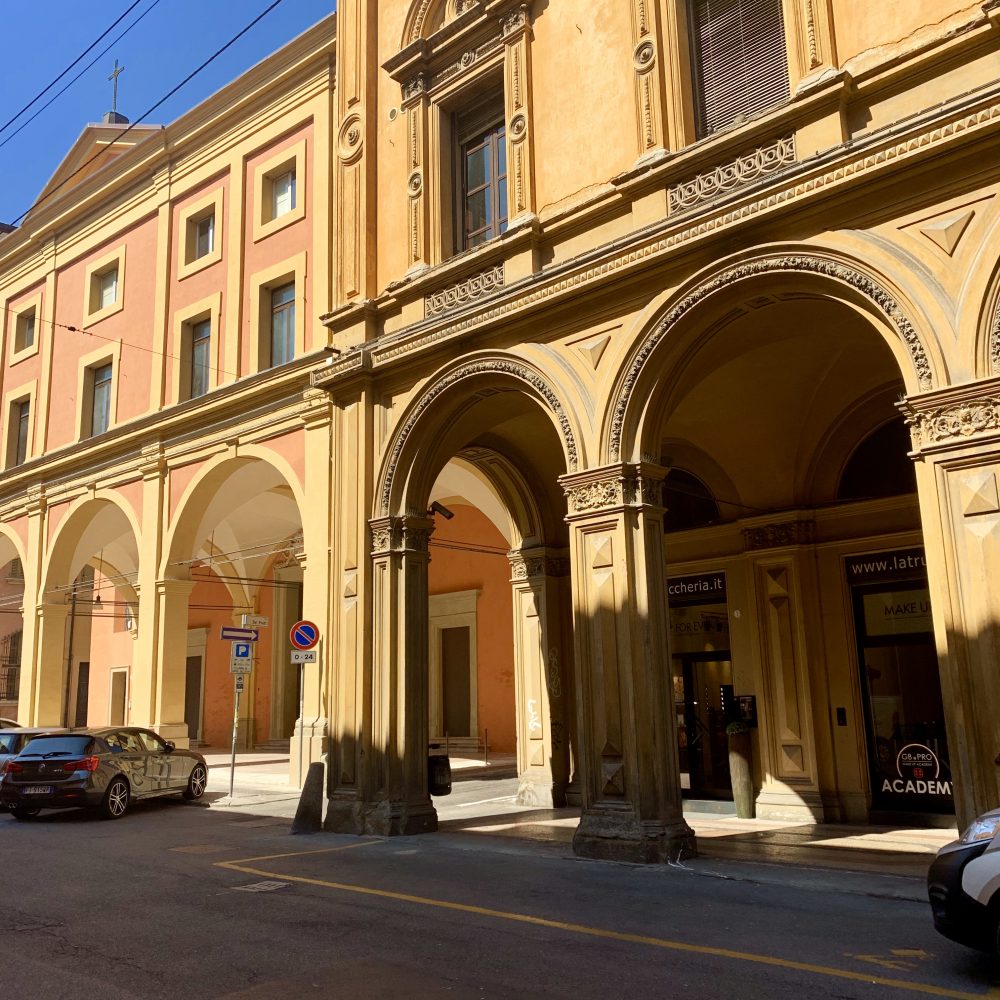
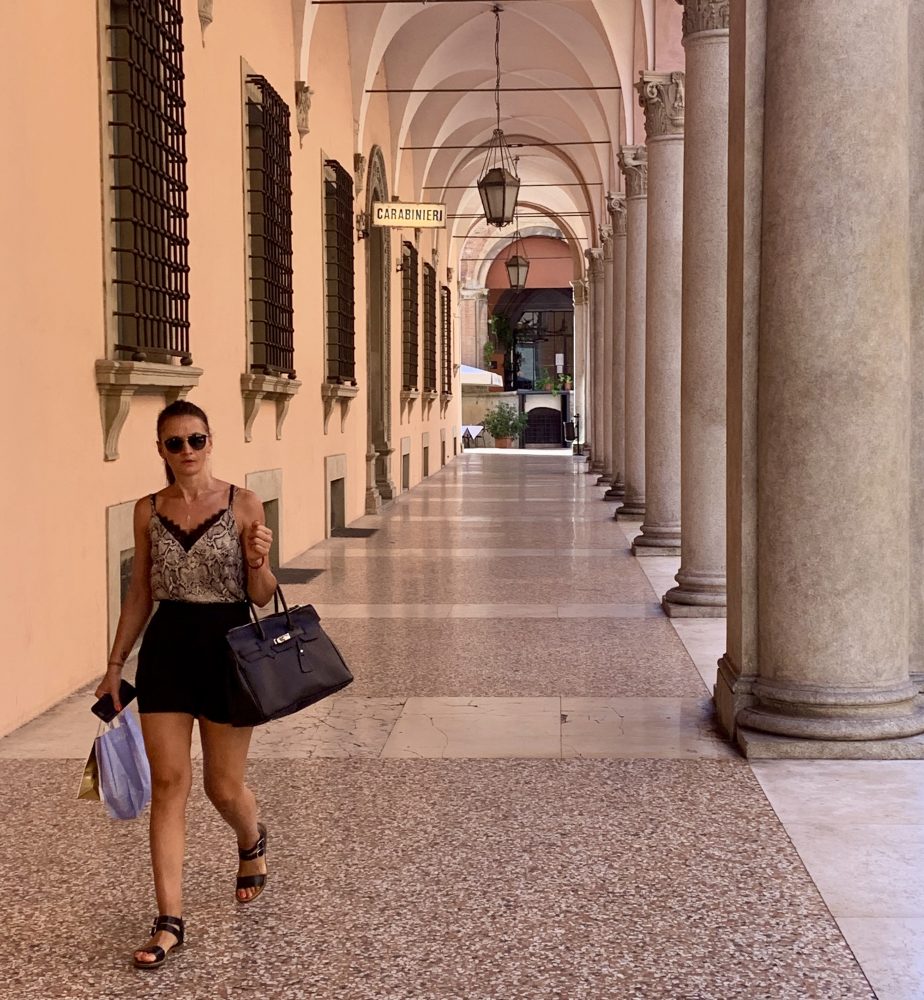
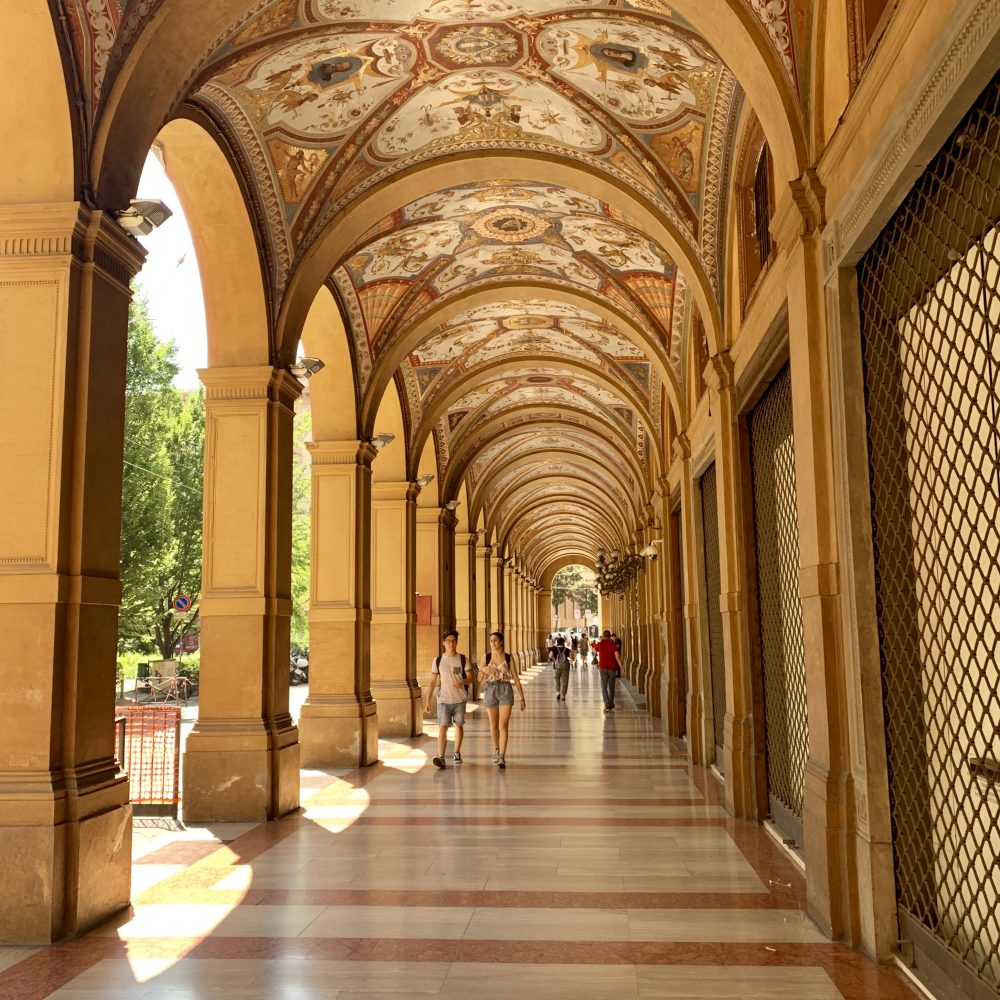
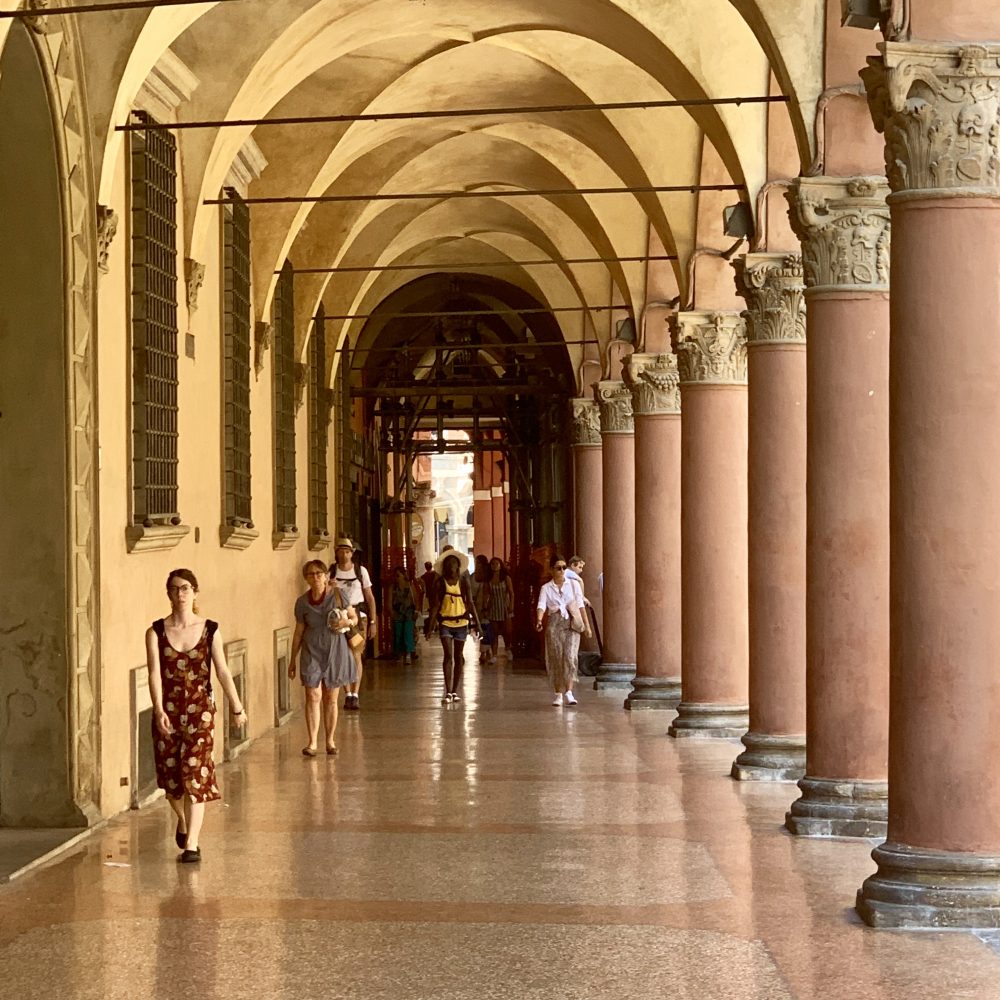
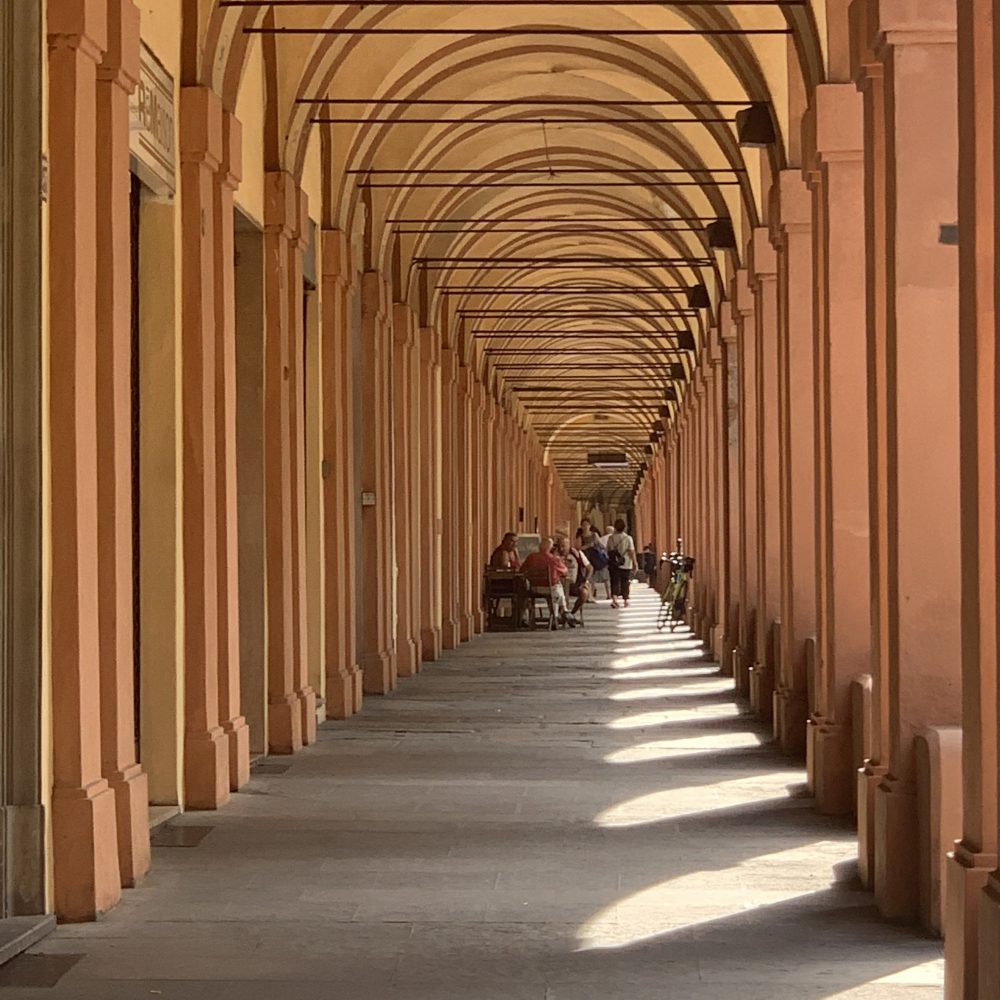

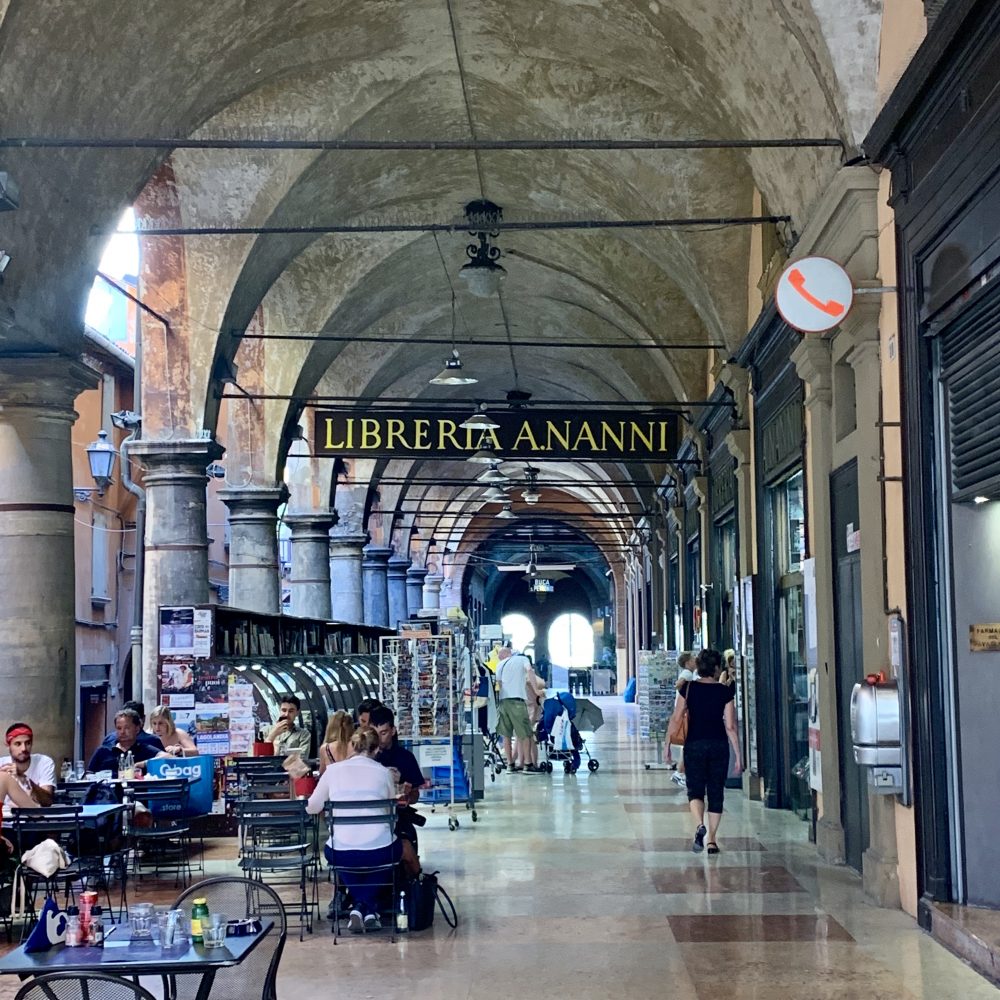
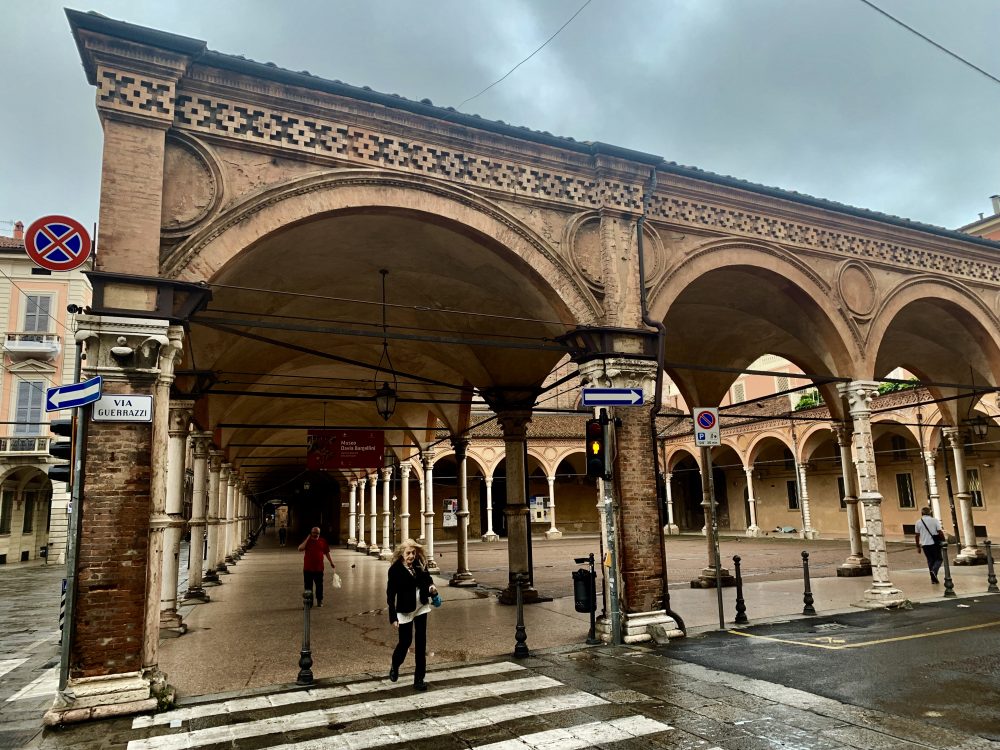
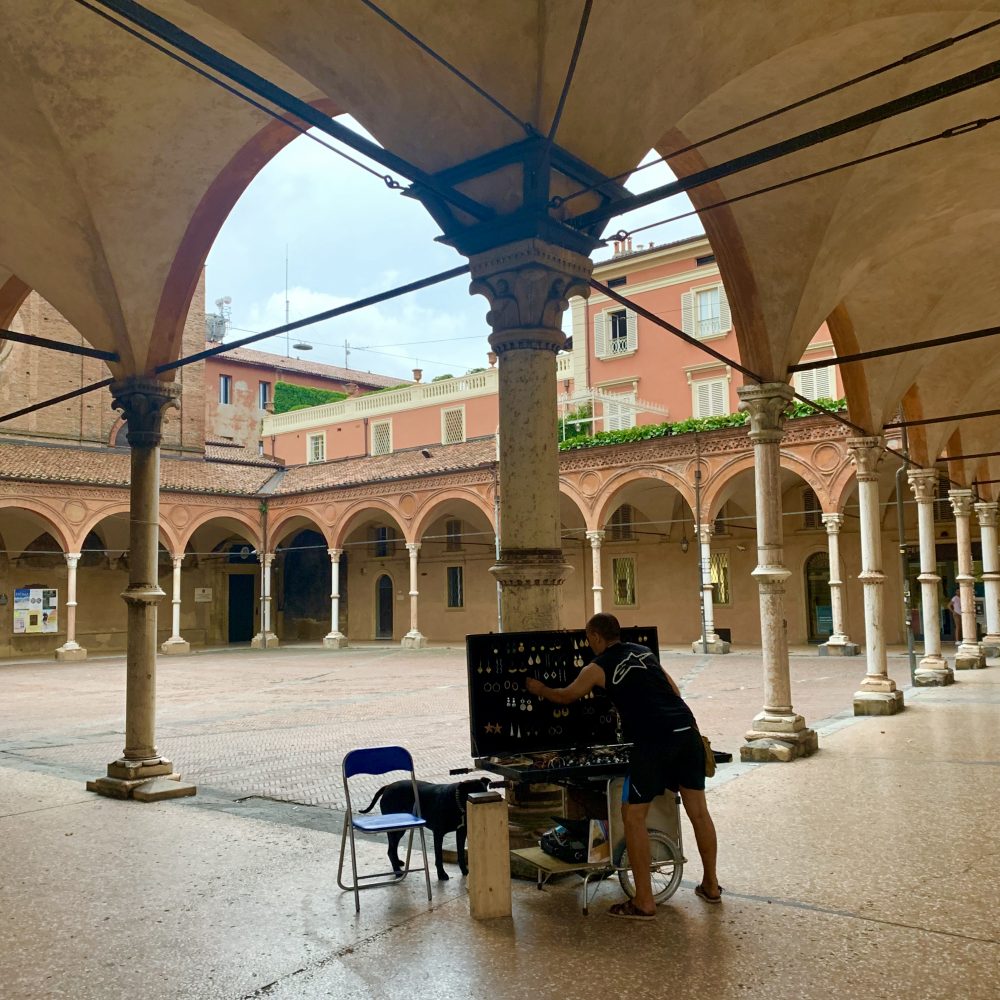
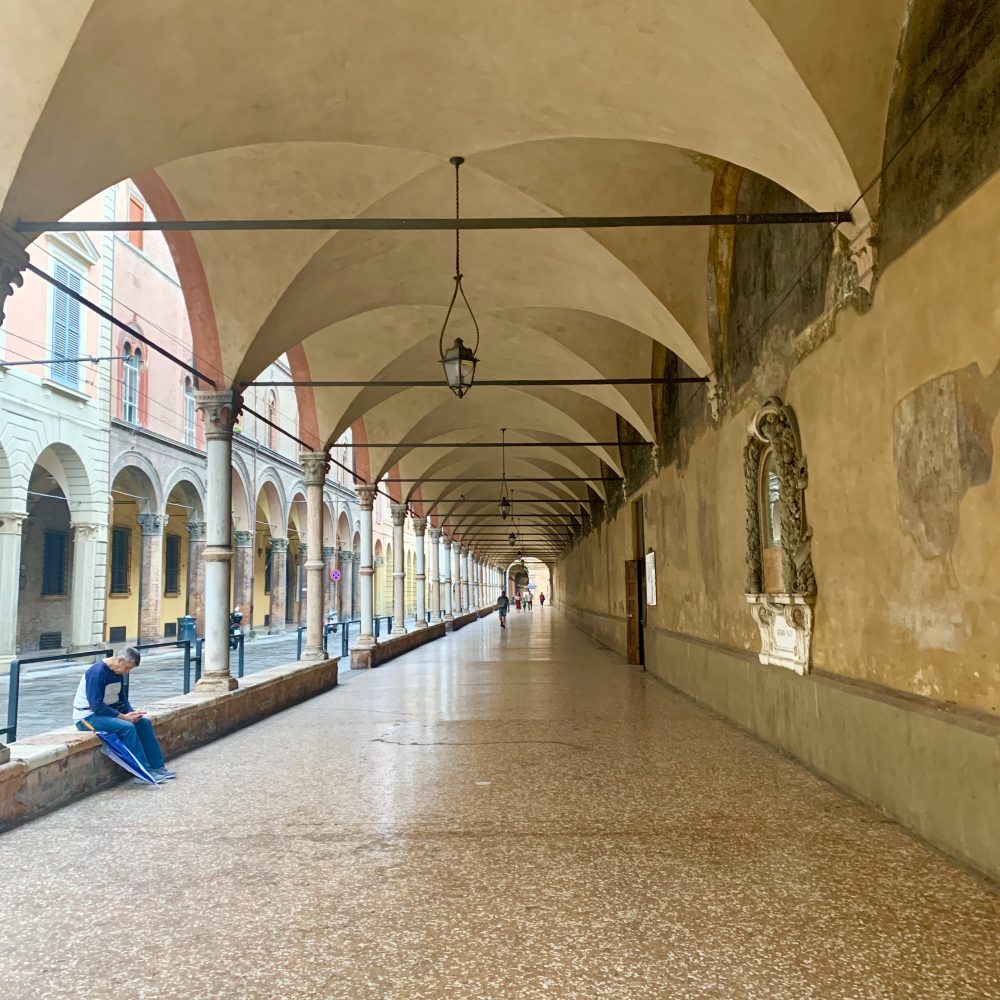

Art Restoration Class
We award our fourth??? (Robert has lost count!) MINI WOW to Francesca Girotti’s three-hour class in art restoration. Her shop is located along the portico that leads up to the Sanctuary of the Madonna of San Luca. Very long. Very historic. An easy bus ride from the center of town.
She, with her brother Alberto translating, led our class of six first to a caffetteria for some cafe and greetings. Then in her studio we learned how, philosophically and technically, one restores centuries-old art—the choice of subtly making evident the work of the restorer and the need to decide whether to use old recipes or new ones for patching the back of canvases and creating paint. Her clients are churches, museums, and private owners.
We examined many of the 16th and 17th pieces she is working on. She even had us help clean some paintings with water and a bit of solvent. One was harder to do because it had been hanging in someone’s kitchen for many years. Robert chose that one and claimed he could smell roasted sausage and onions! We even practiced applying gold leaf for restoring frames (Adria Peterson—Bonnie can help if you need an extra hand.)
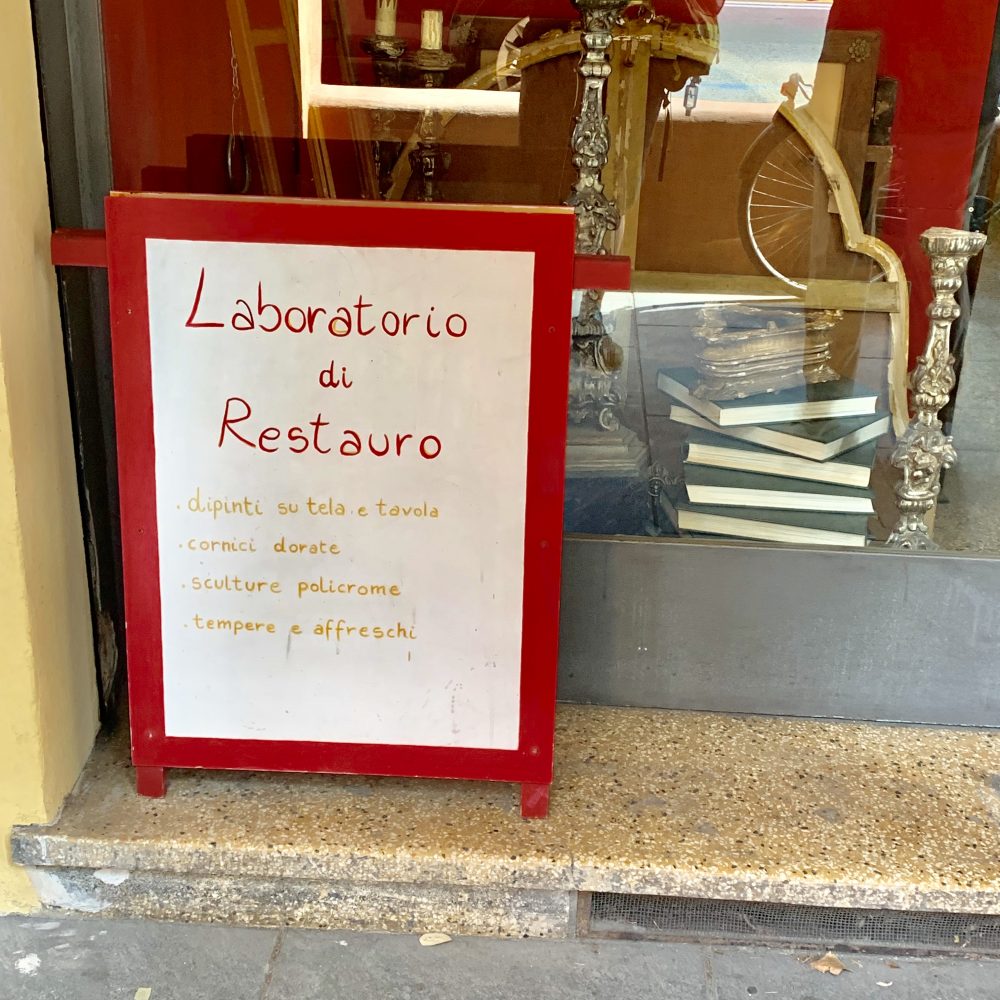
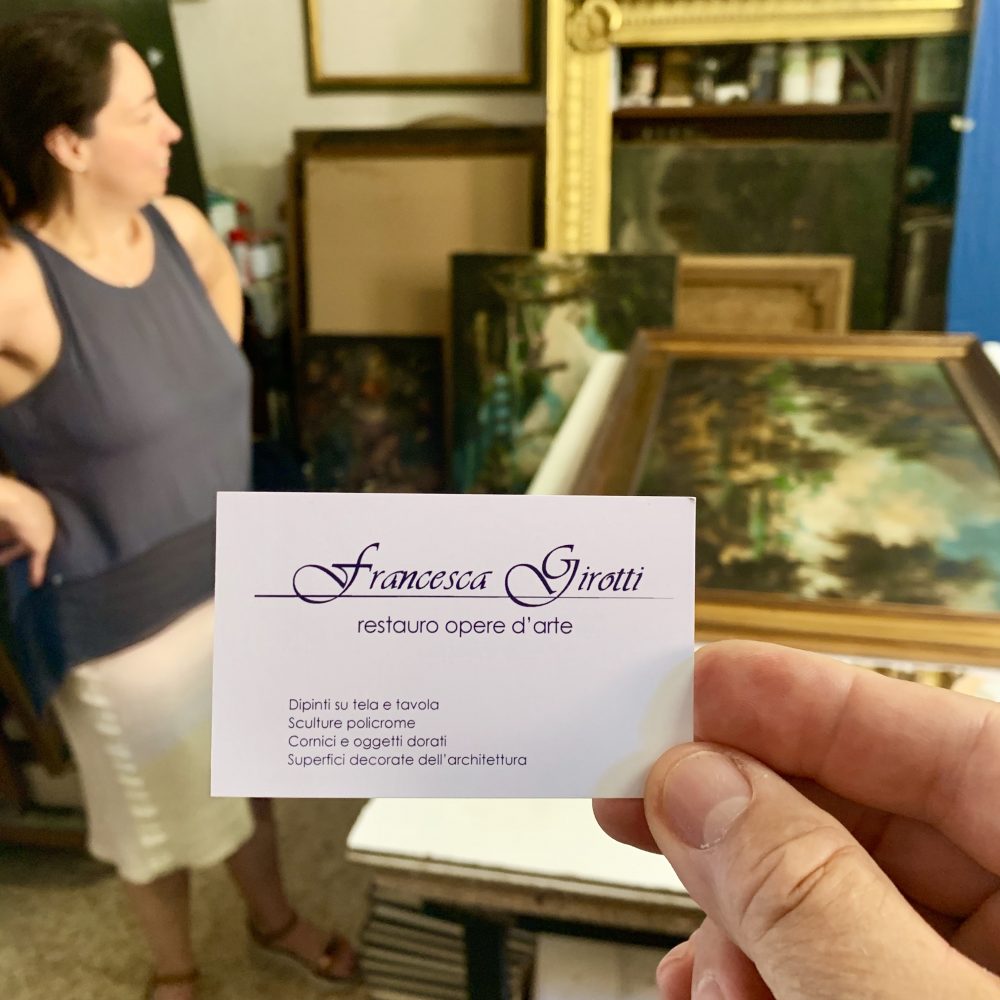
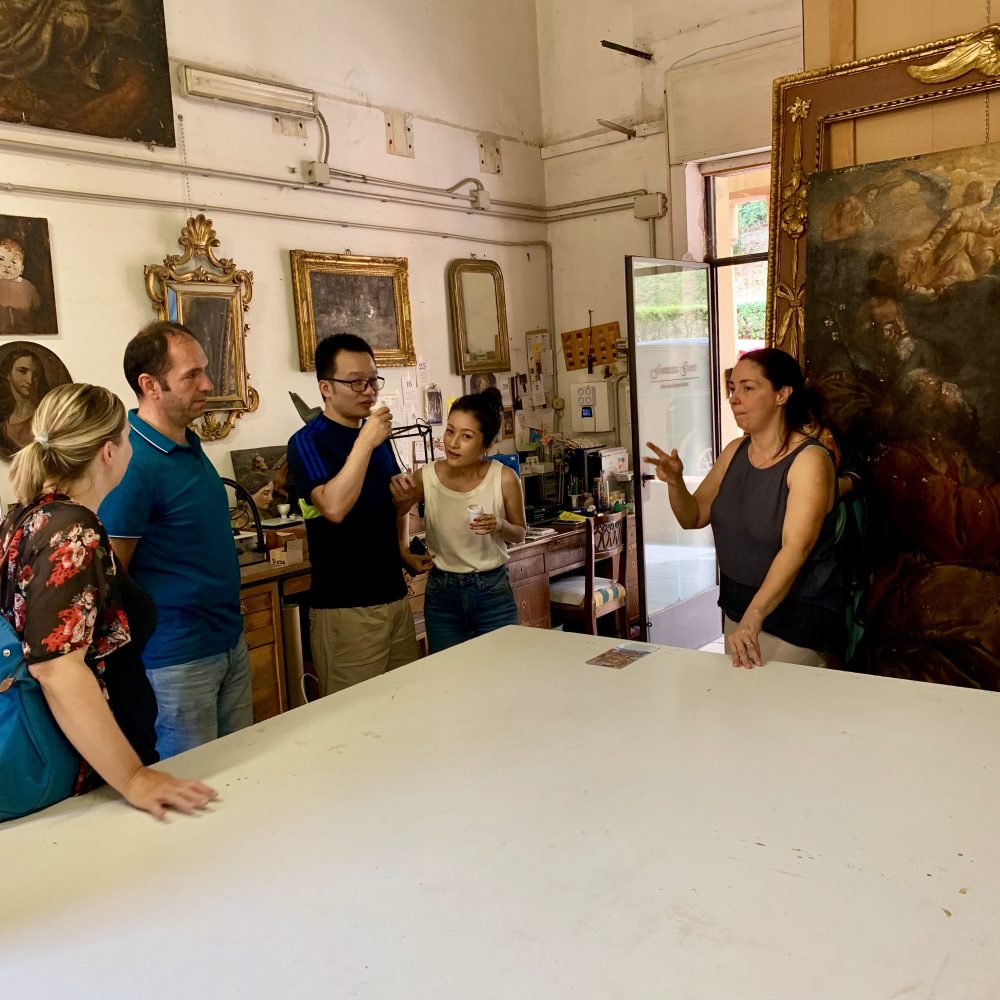
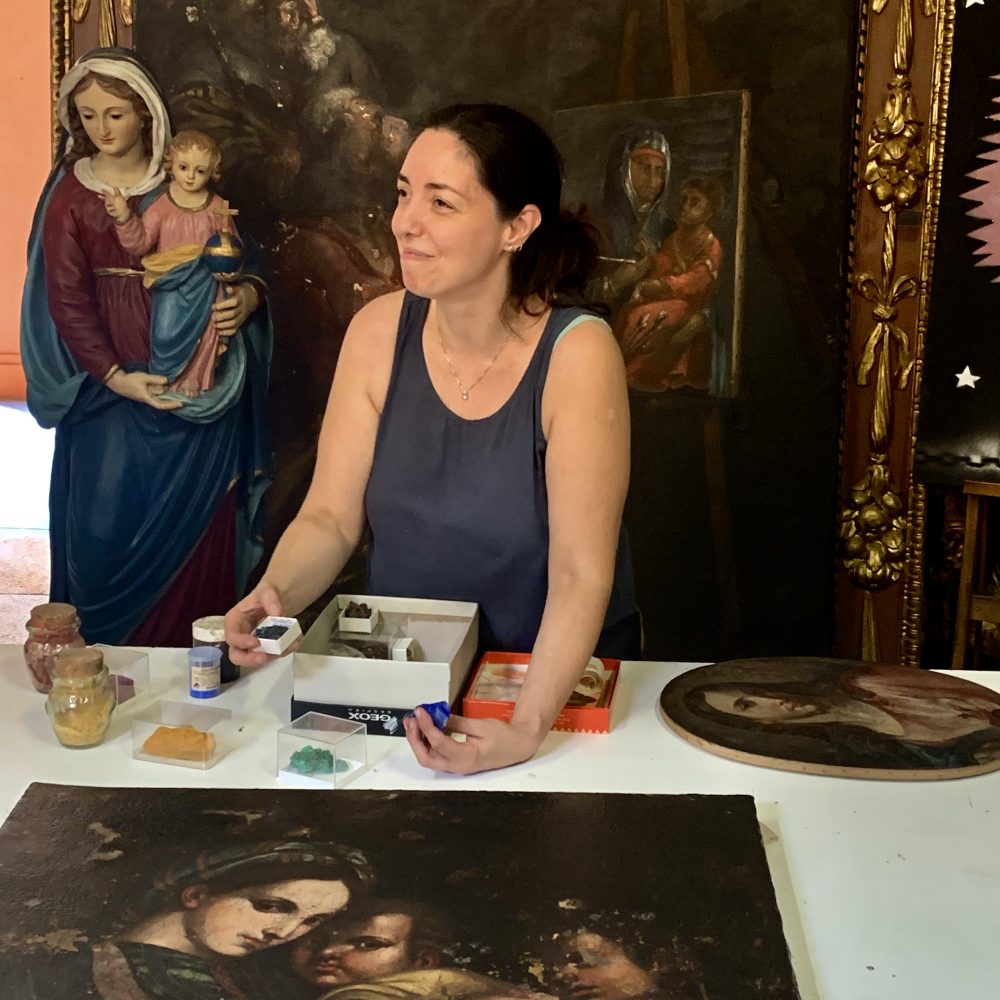
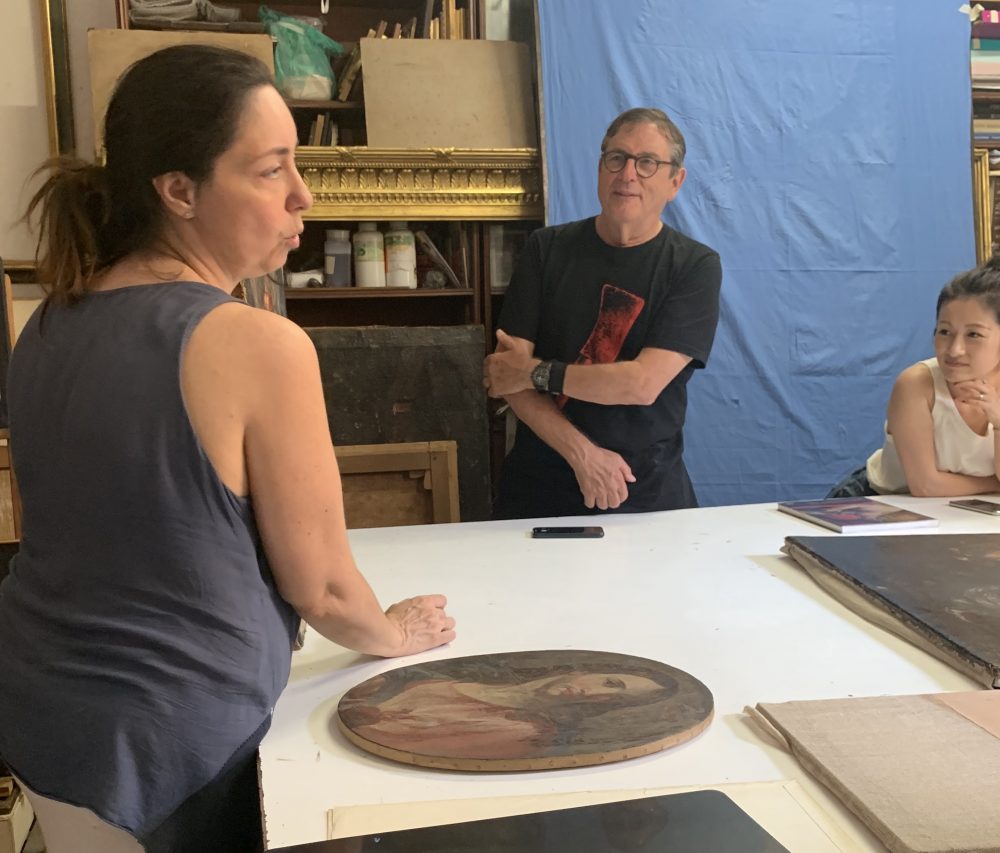
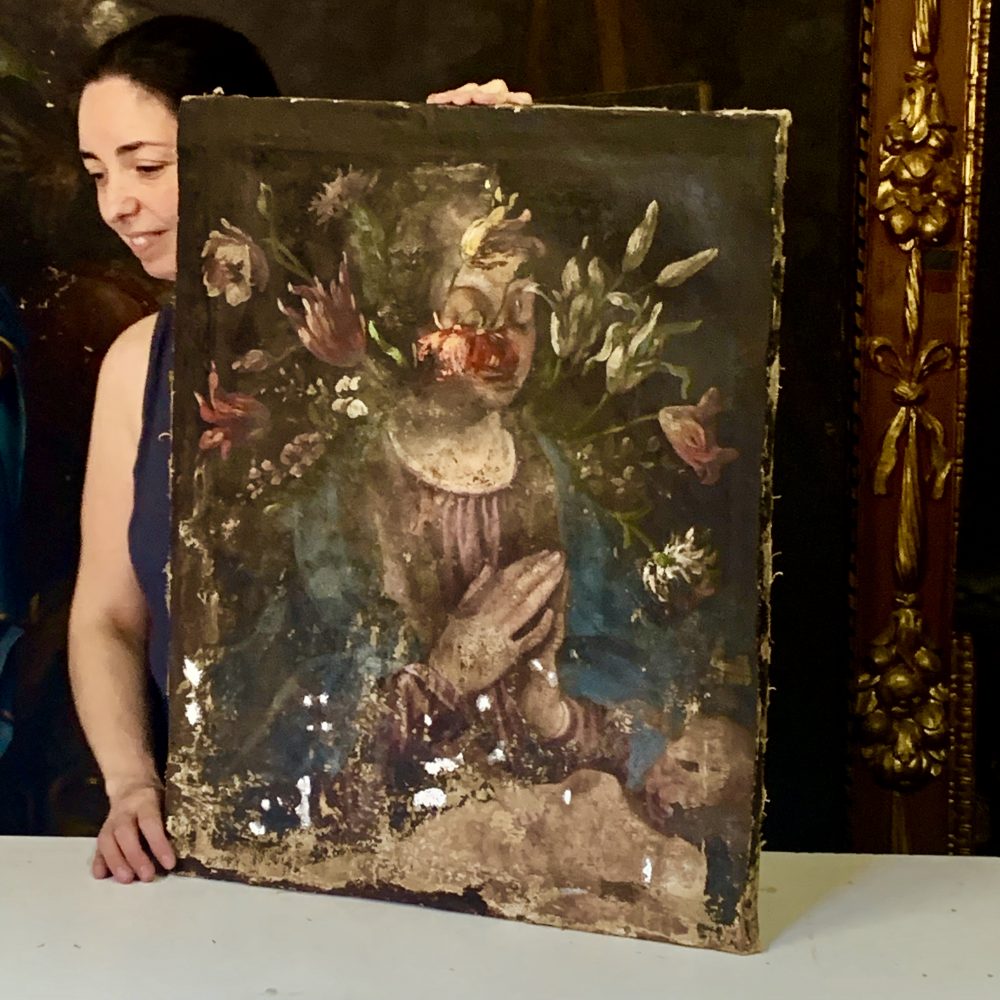
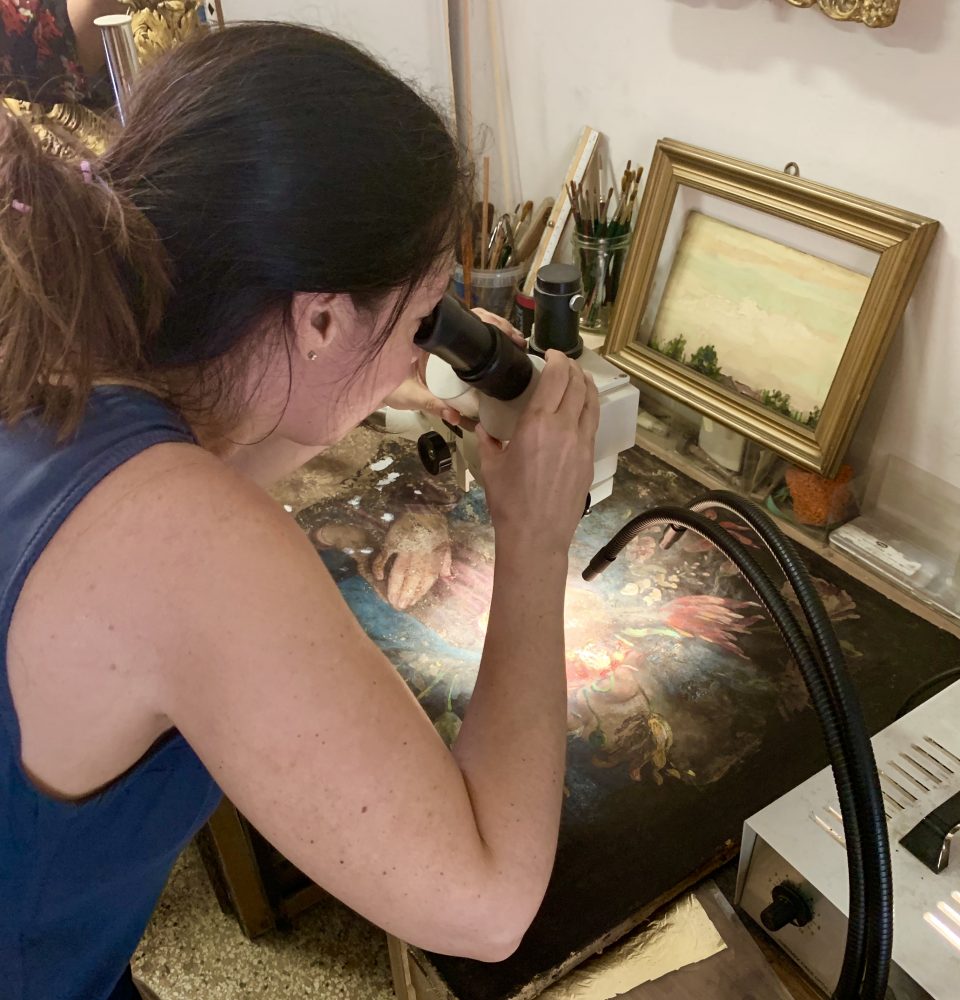
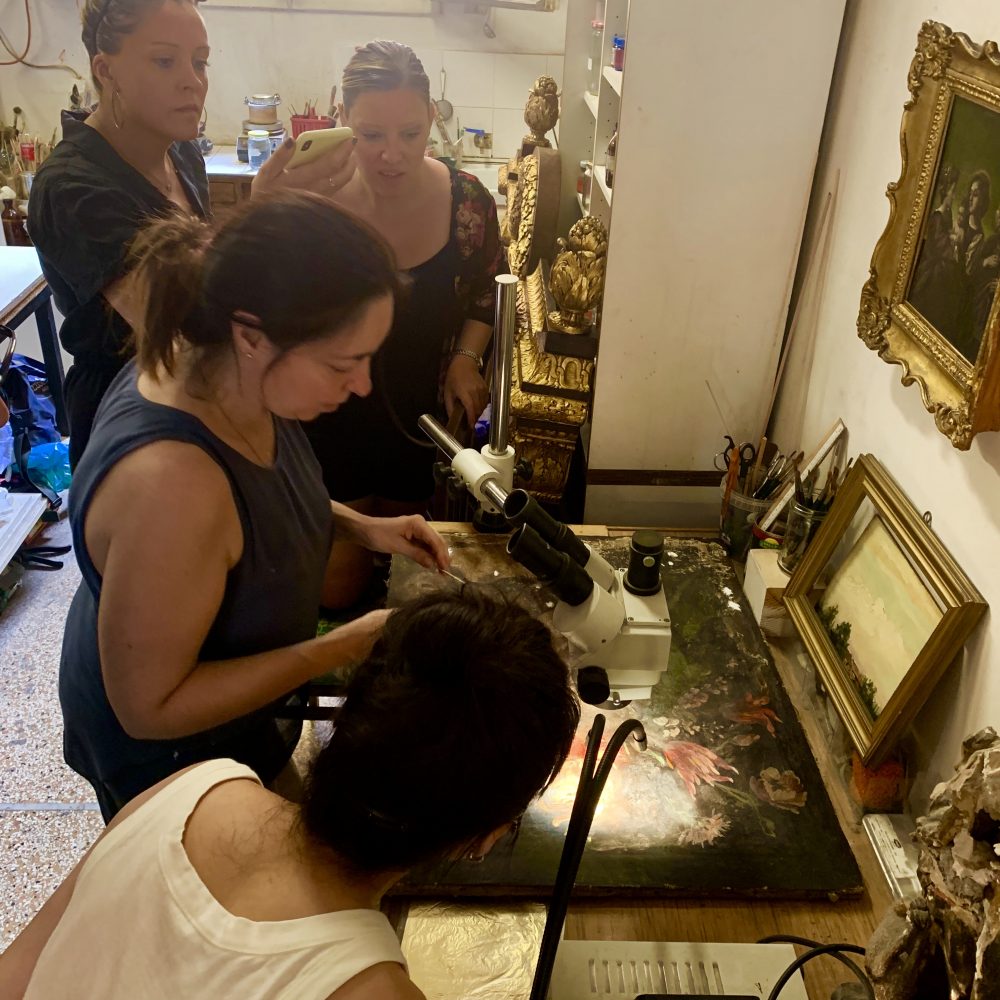
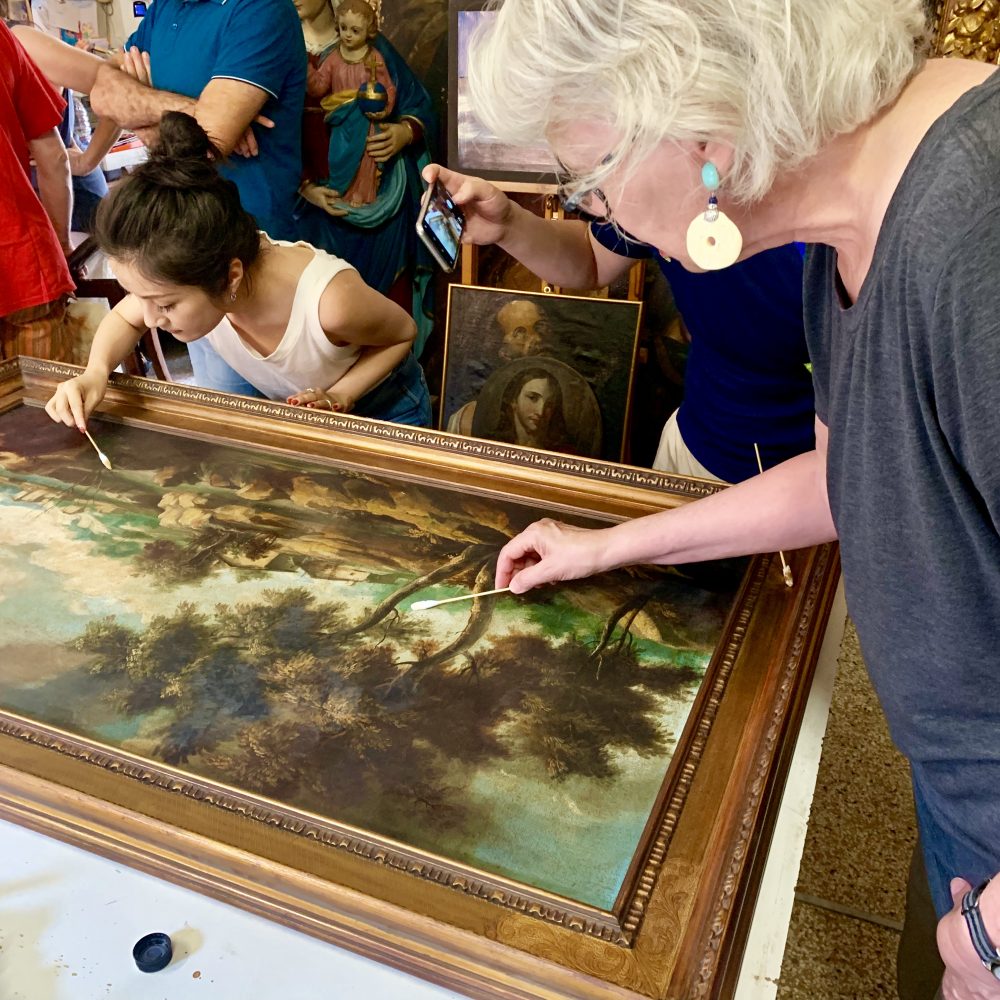
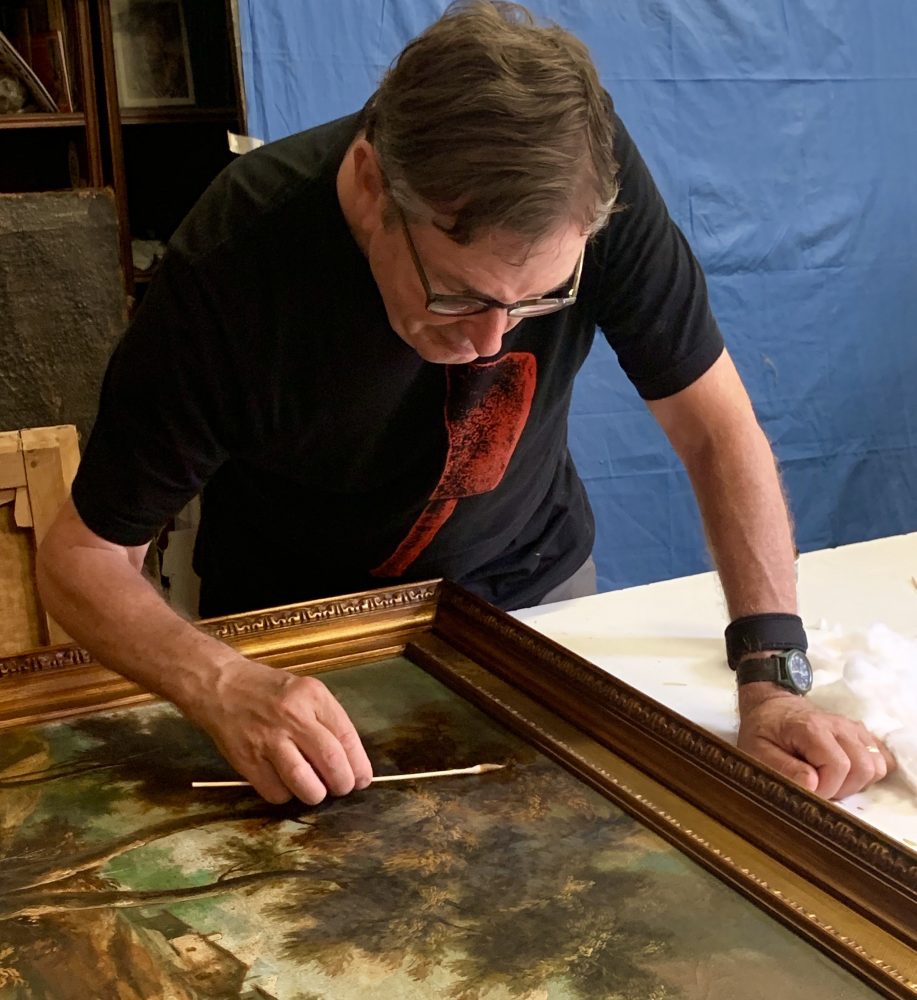
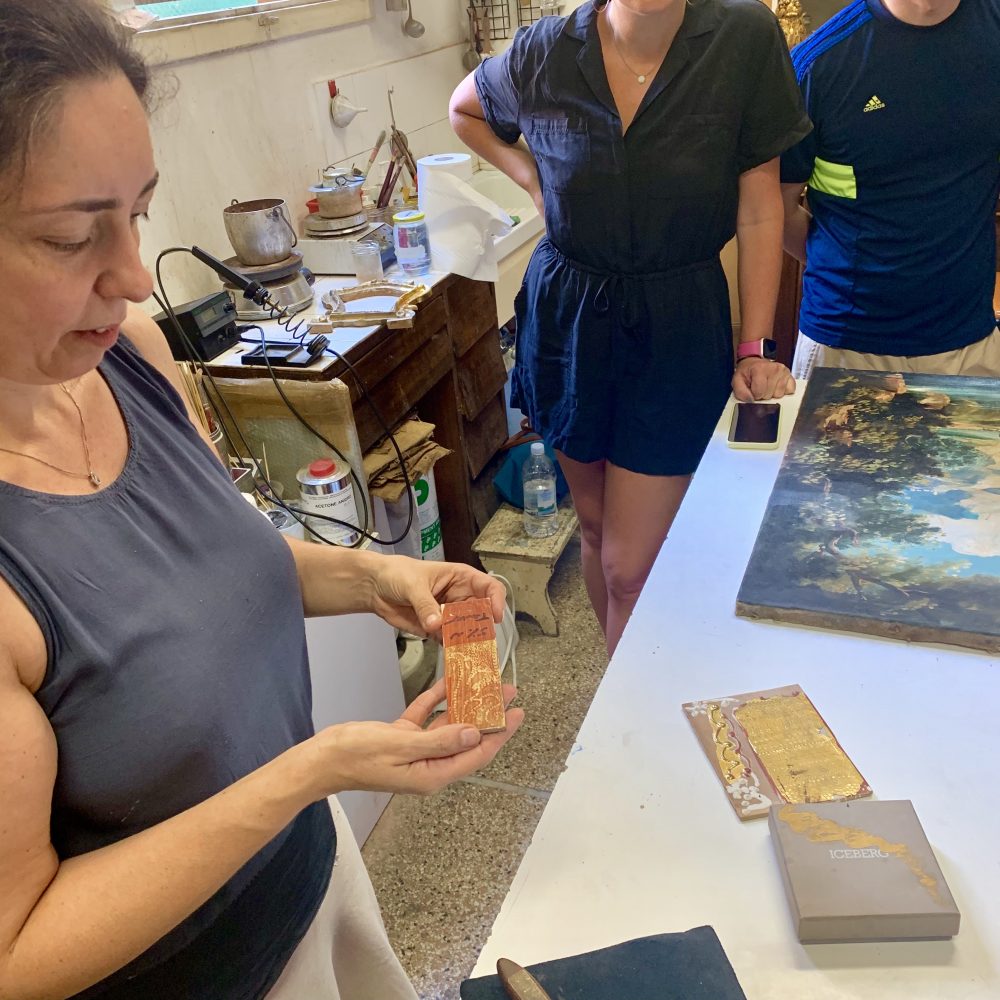
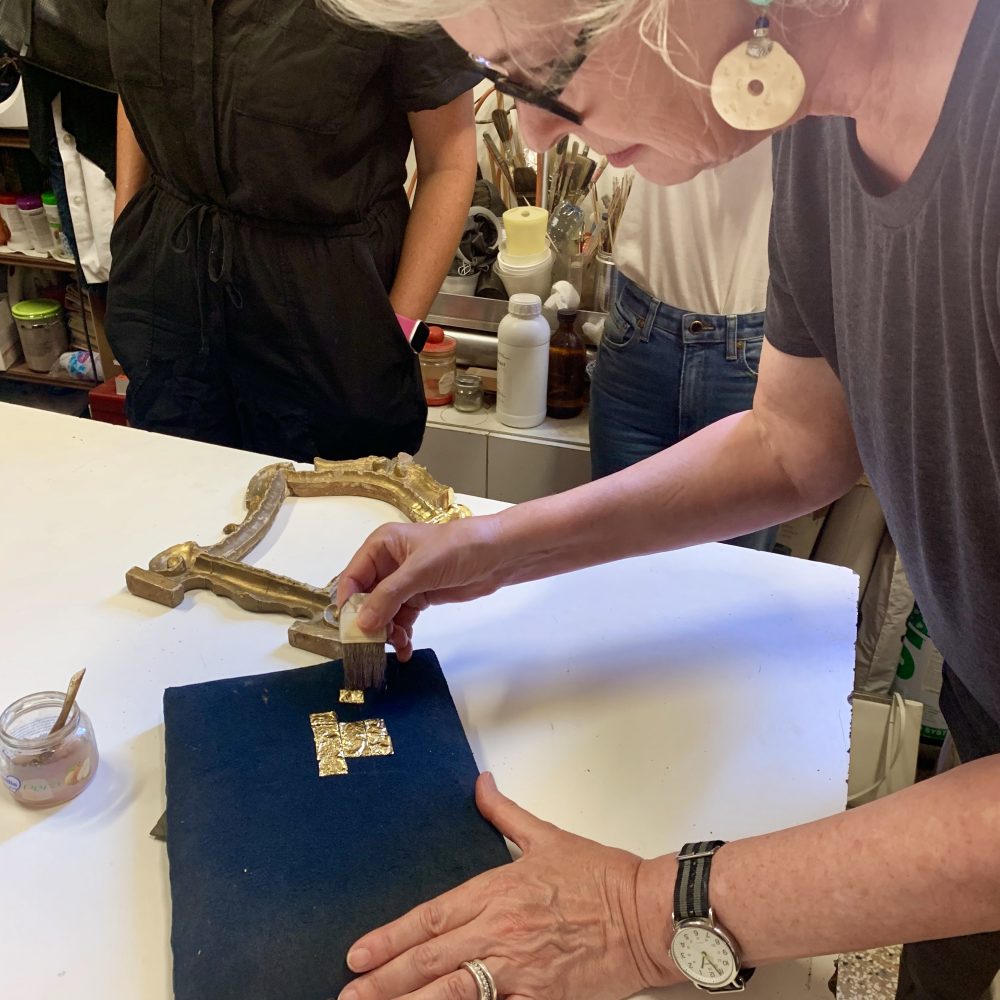
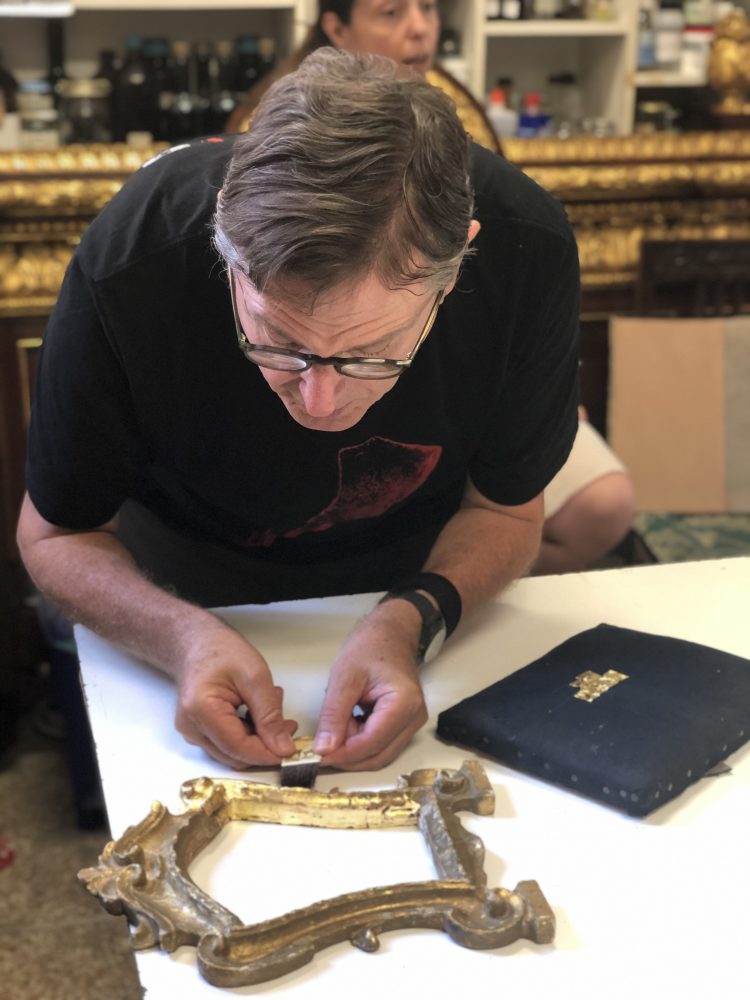
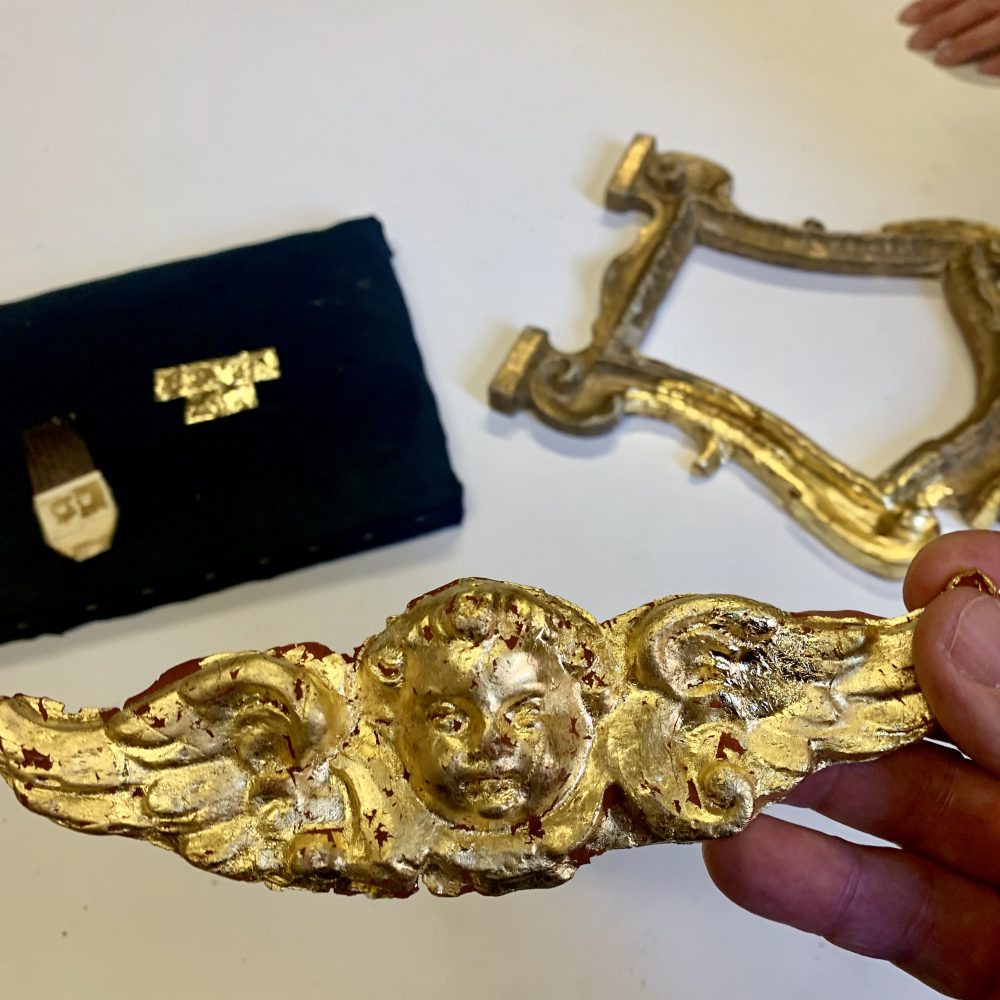
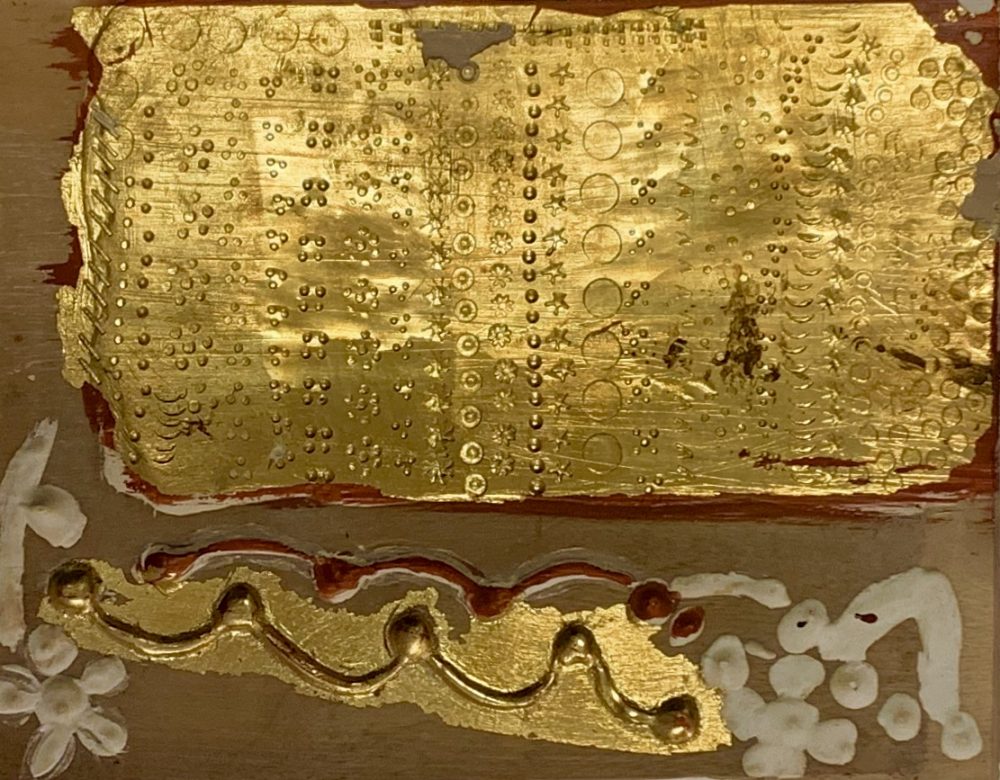
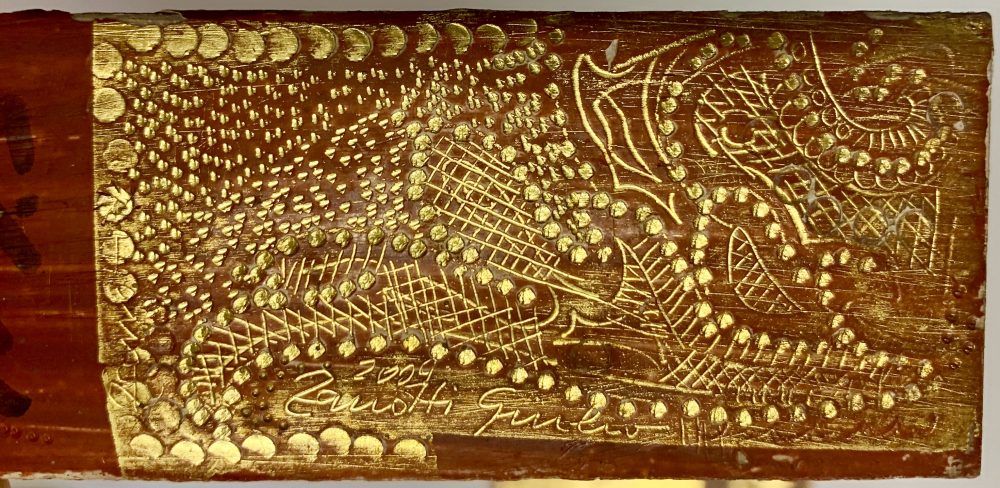
Food Tour
We like food tours. We like them because they take us to areas of the city we might not have seen. They also expose us to new personalities. This time Amelia. Our guide was the second person Robert met with that name. His mom had a close friend with that name. And tours often give us a chance to listen to Italian.
We choose the night tour because of the terrible daytime heat. We started at the Mercato delle Erbe that concentrates on vegetables, but also has a section devoted to street food—in our case a selection of salumi including mortadella, which is said to be first made in Bologna. We also had two styles of bread—one made with potatoes on top and the other made like a compressed (and Robert means compressed!) English muffin. White wine too.
The second stop brought us to a modern, laboratory-like dispenser of pastas. You order from a touch screen. Robert had tortellone—larger than tortellini and filled with cheese. Bonnie had a salad because everything else contained milk products. So much for modern technology and food choices.
The third stop was a trattoria. The owner was likeably saracastic and spoke to Robert in a Veneziani dialect as well as the dialect of Bologna. Who knew? The heat and the first two stops dampened our appetites so we opted for stuffed vegetables rather than the proposed veal steak breaded and topped with prosciutto.
The last stop was a gelateria. We walked right past the one highly recommended online and found this one very good and refreshing. Our tour lasted four hours finishing at 10 pm. Our walk back to our apartment showed that street life was well under way with no sign of letting up soon.
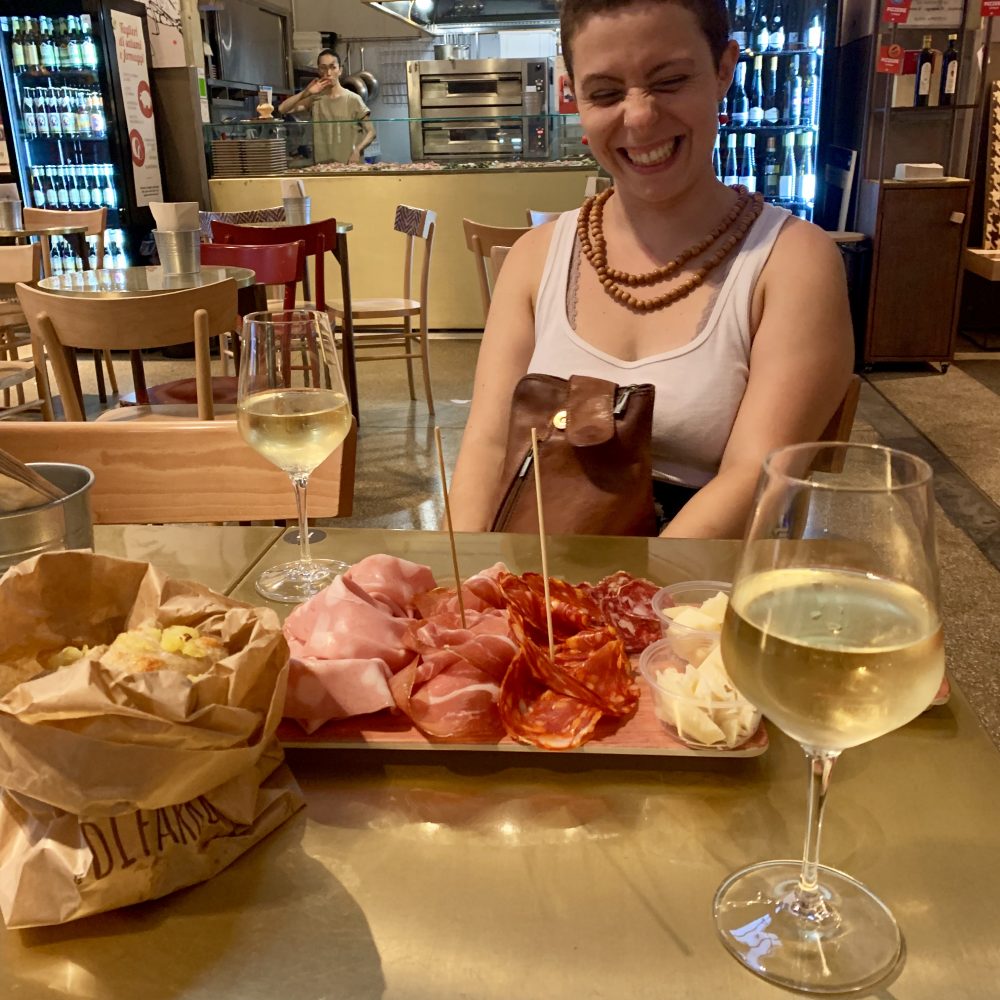
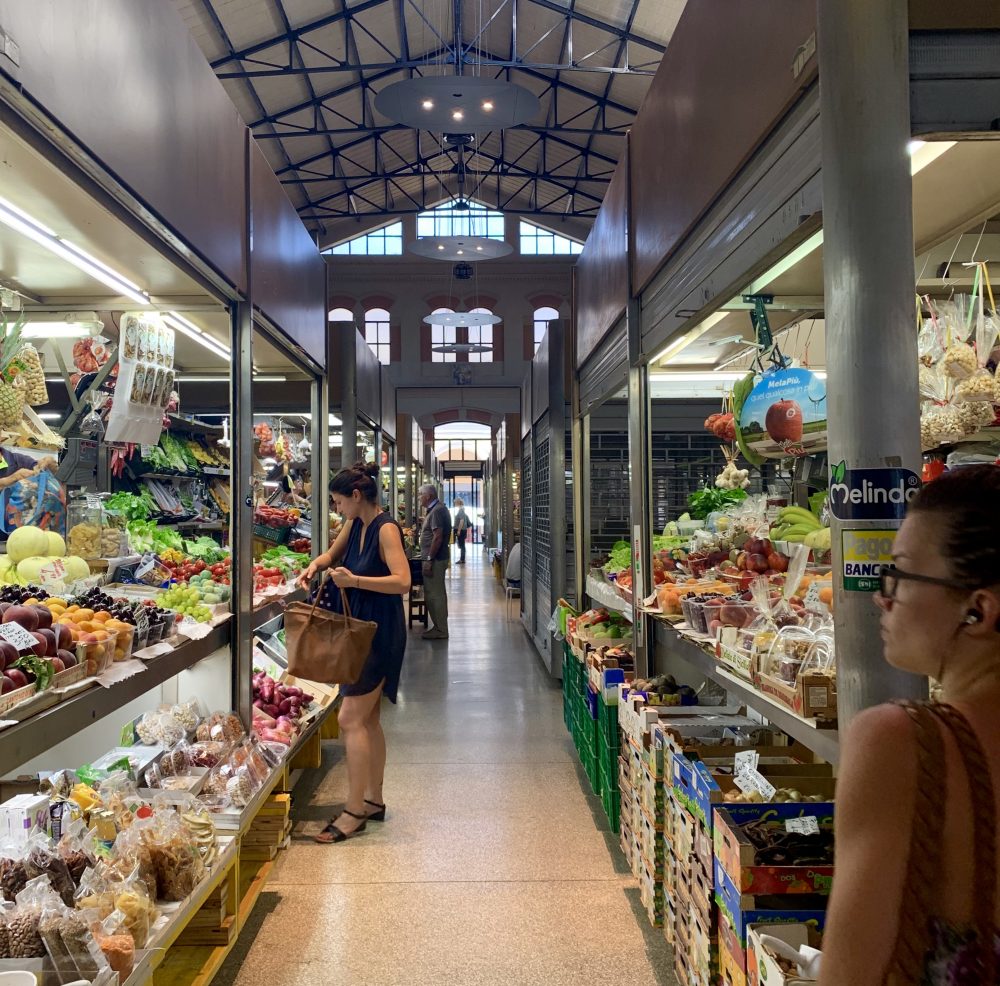
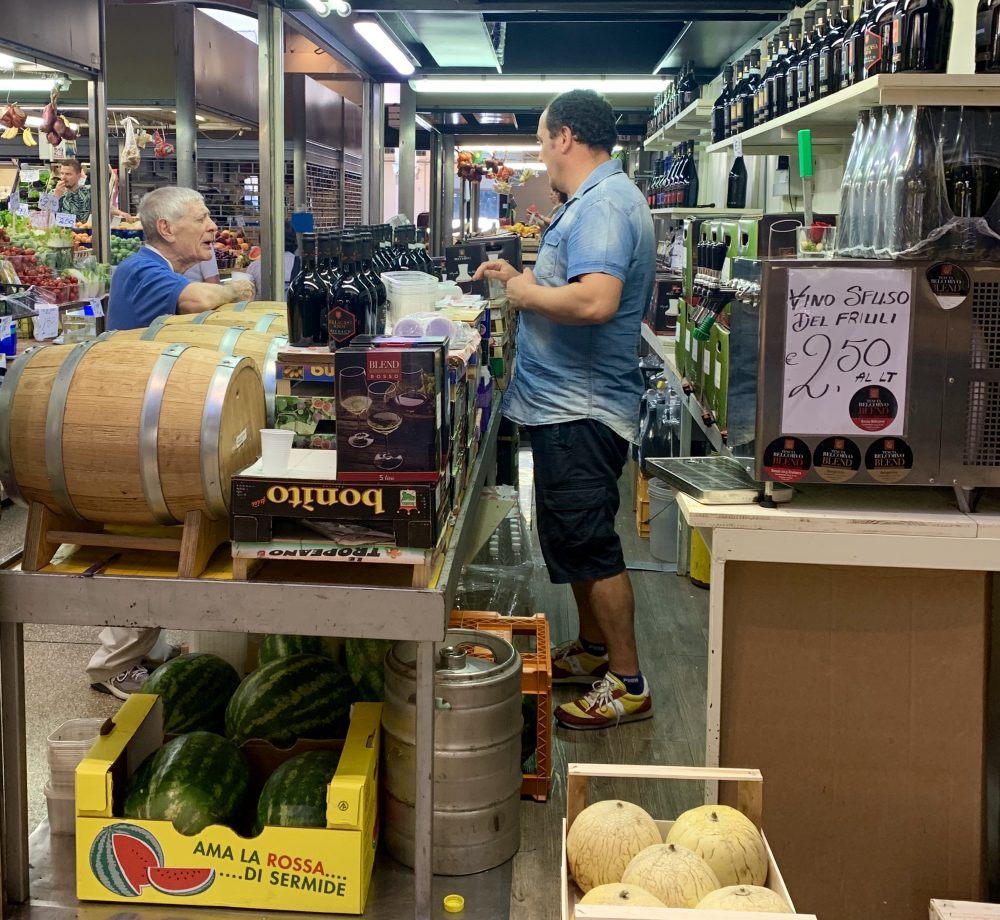
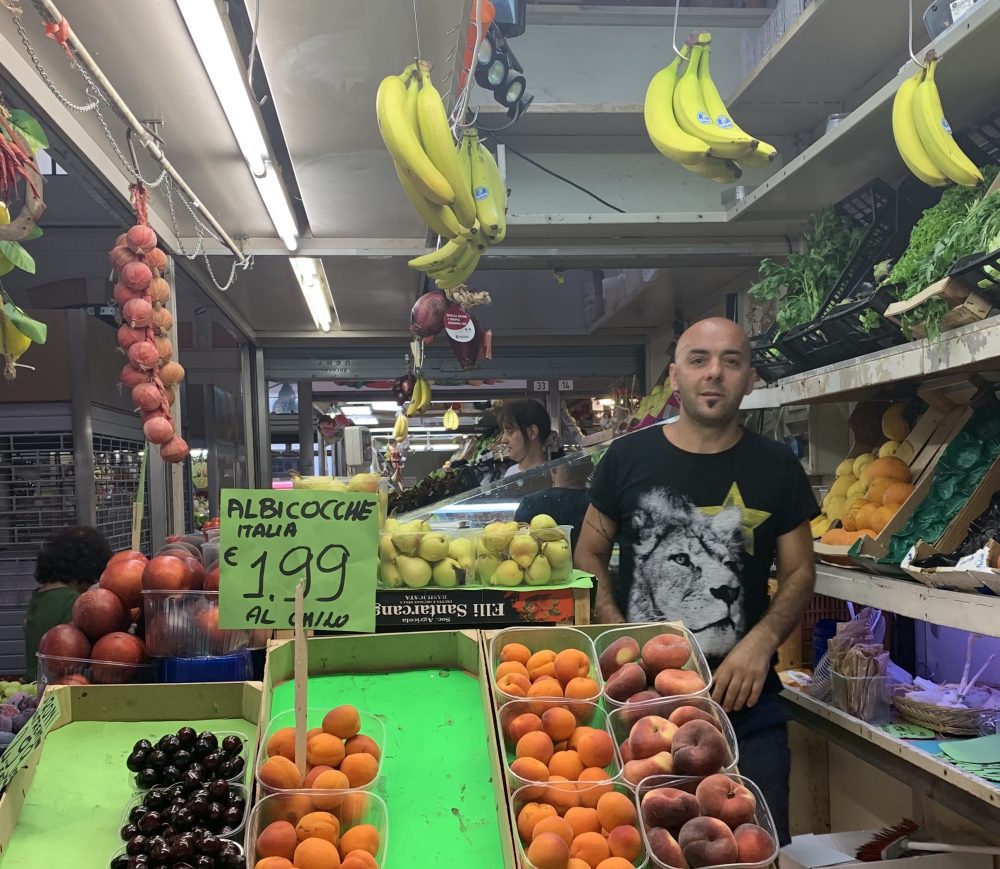
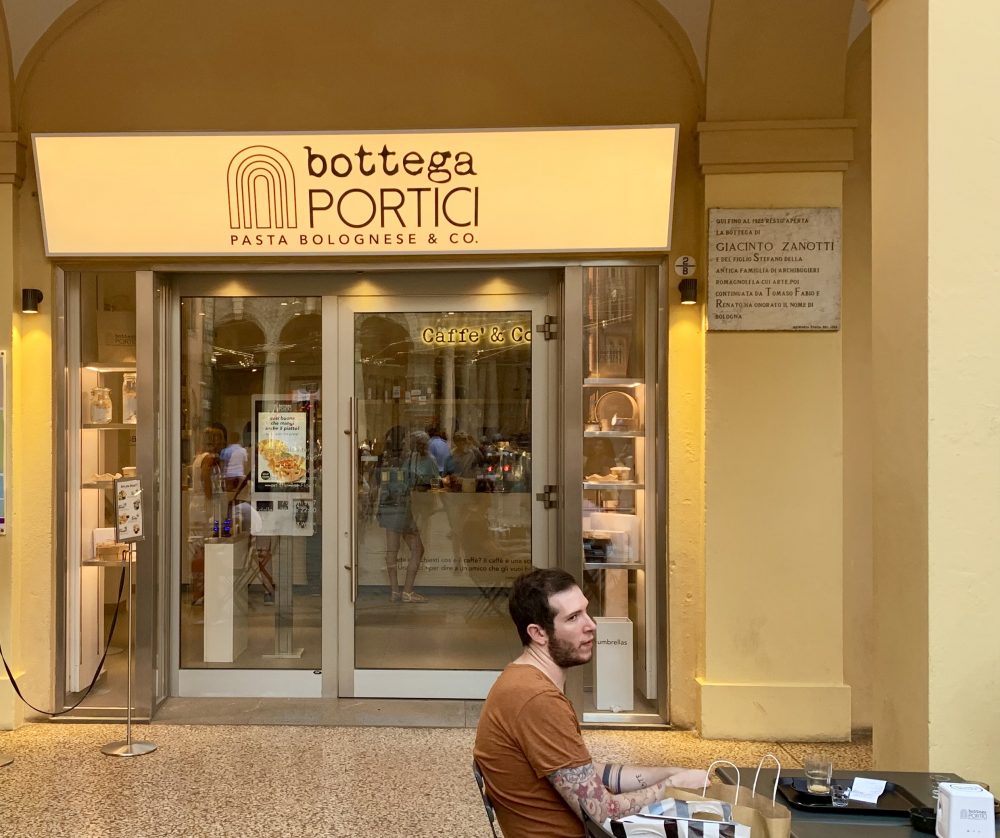
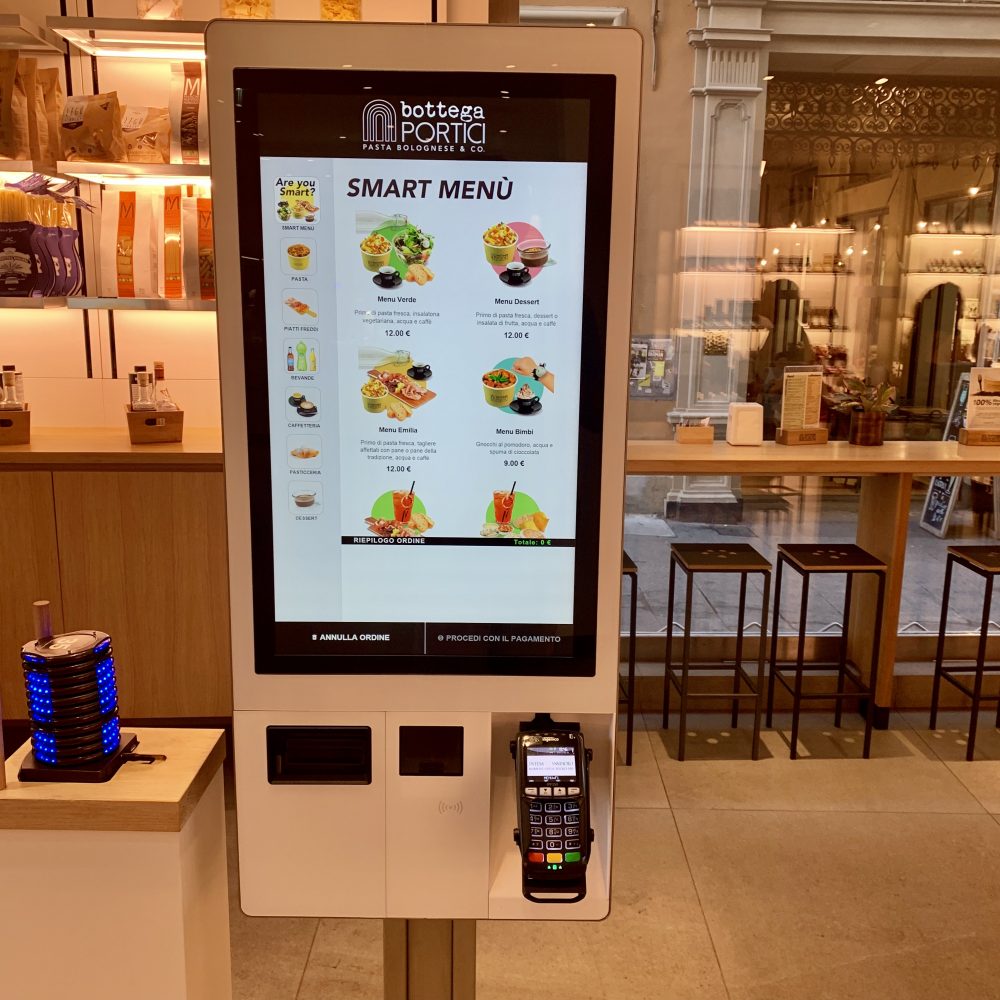
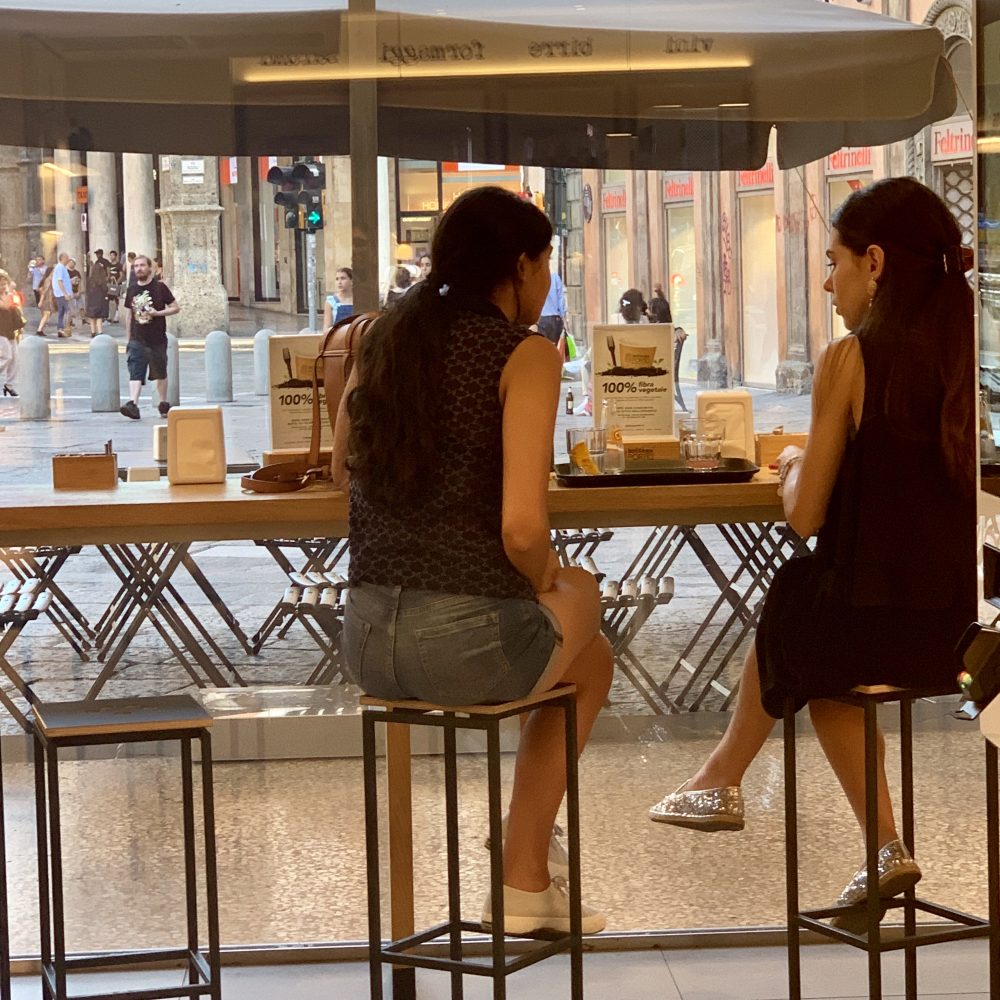
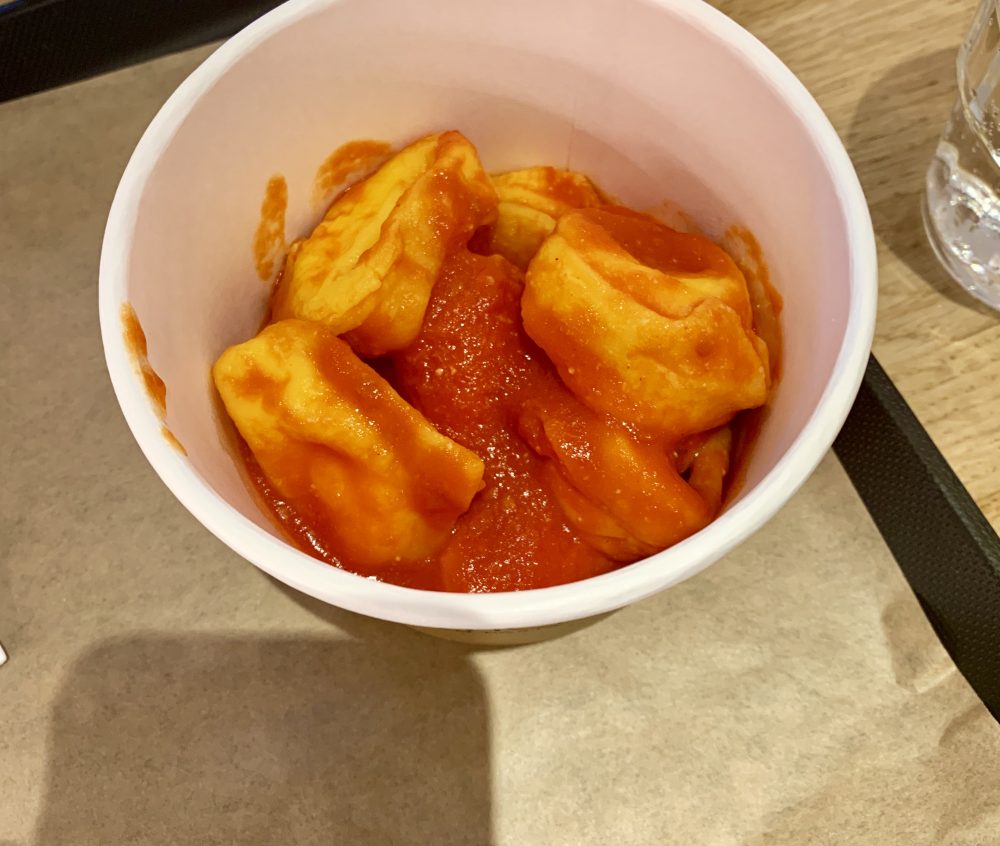
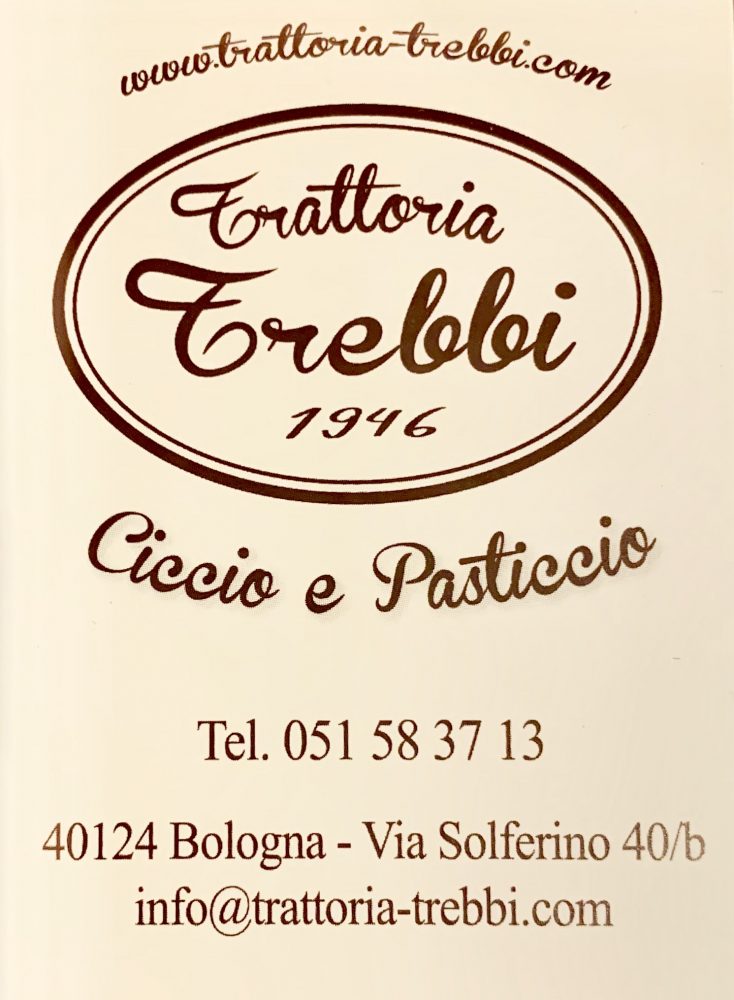
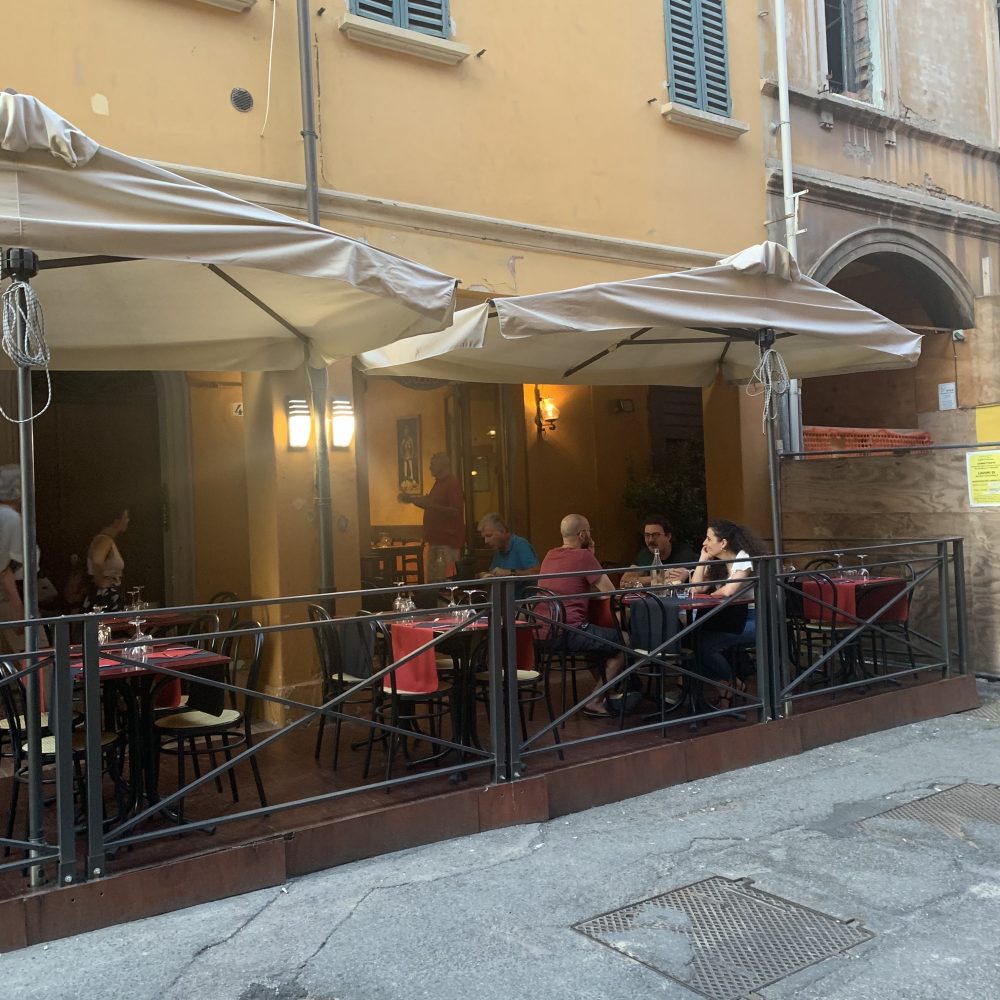
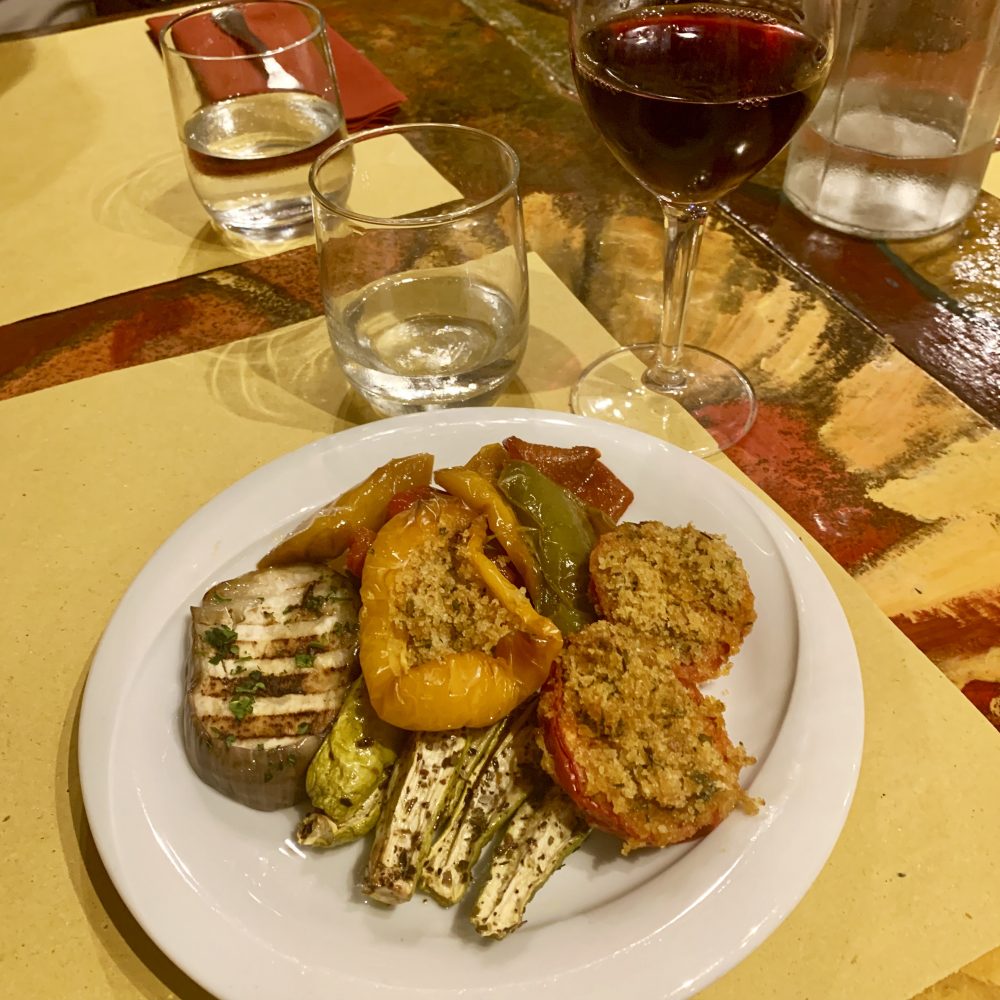
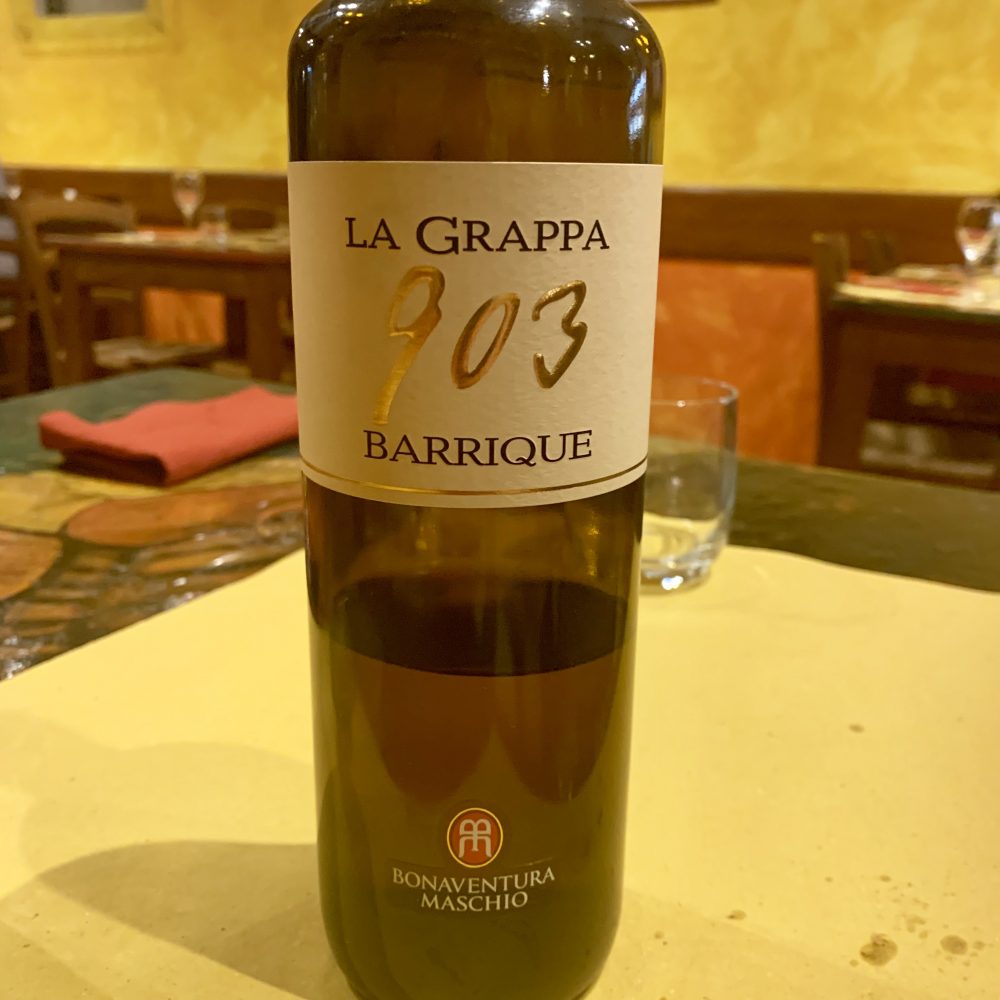
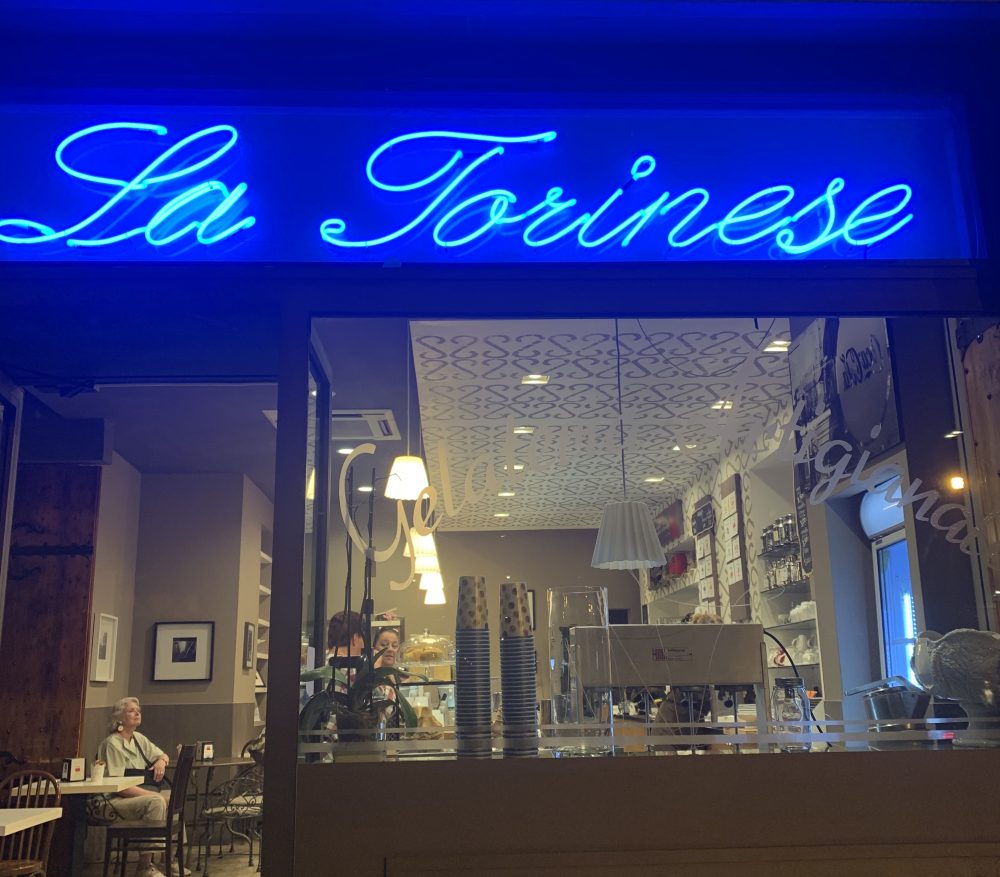
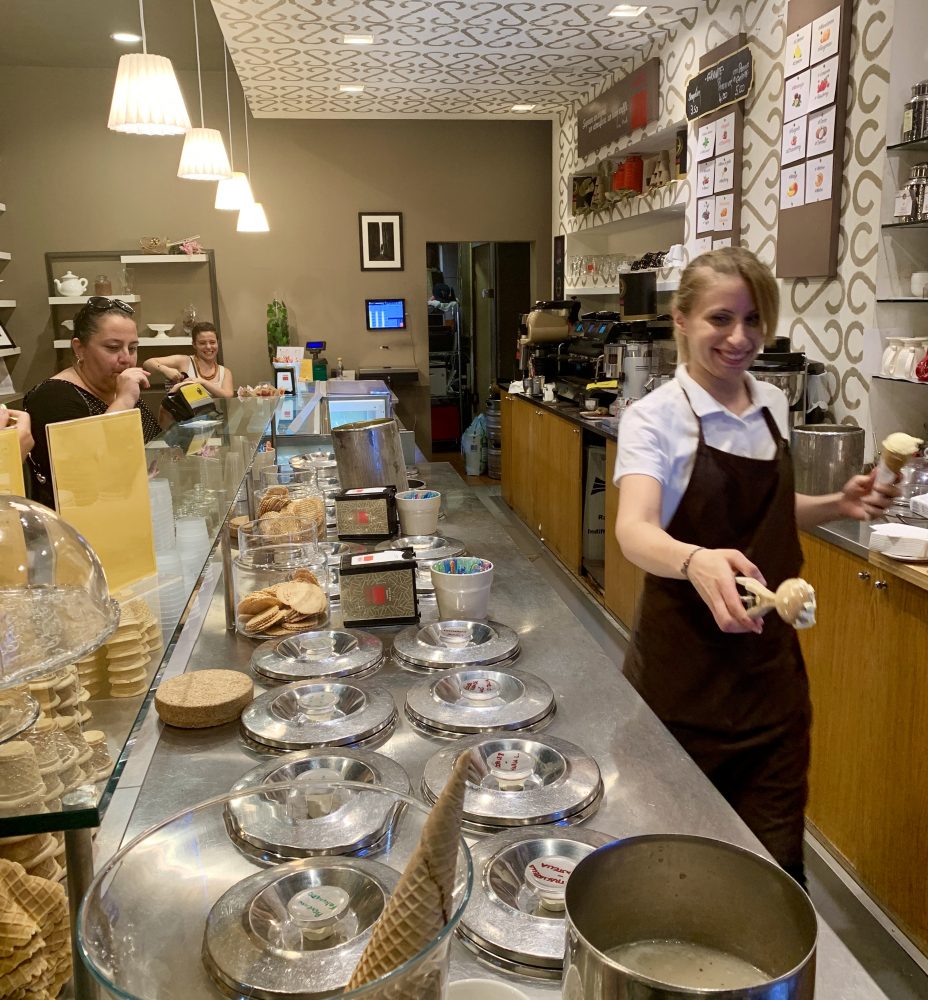
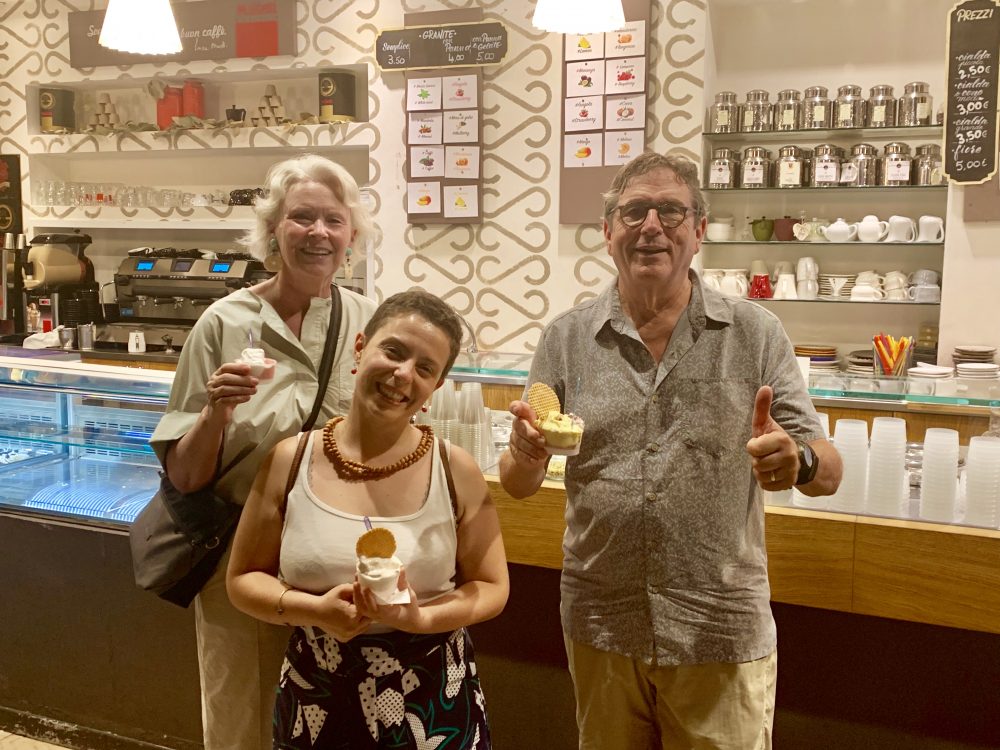
FICO Eataly World
FICO is an acronym for Fabbrica Italiana Contadina, the original owners behind Eataly. If you like Eataly, well-represented worldwide, then you will like FICO. However, if you enter with a bit of skepticism as we did, you will find it be Eataly (New York/Chicago/LA/Rome) on steroids but blended with a state fair and the aesthetics of IKEA—at little too crisp, a little too clean, and little too shallow.
It is basically a huge interior mall on one floor lined by simple shops of specific product brands and food. You want marmalade, they have marmalade. You want pasta, they have pasta. You want cheese, they have cheese. You want wine, they have wine. You get the picture. The building is flanked on one side by farm animals and the other side by fruit trees. We did spend four hours there—it was a very hot day, the interior temperature was tolerable, and we had lunch. Worth a visit? Yes, but just to see what it is about. No wows for this experience.
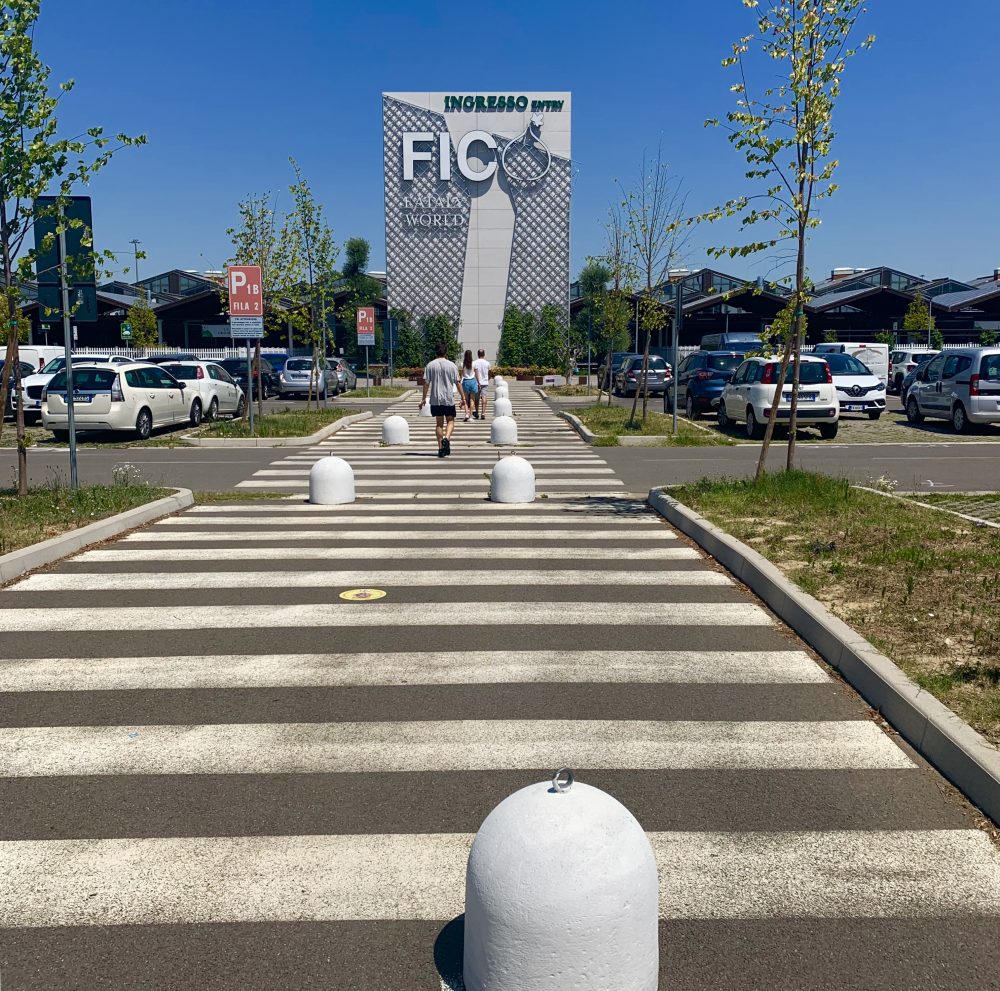
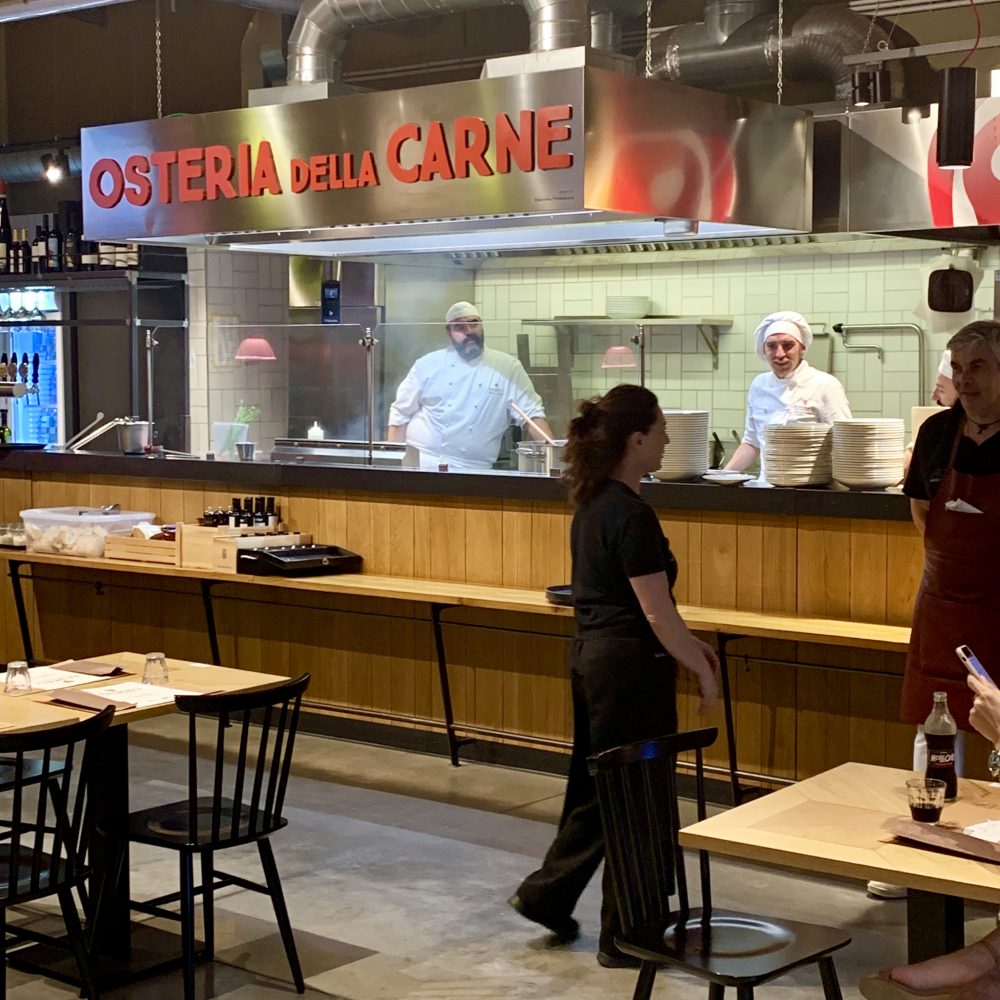
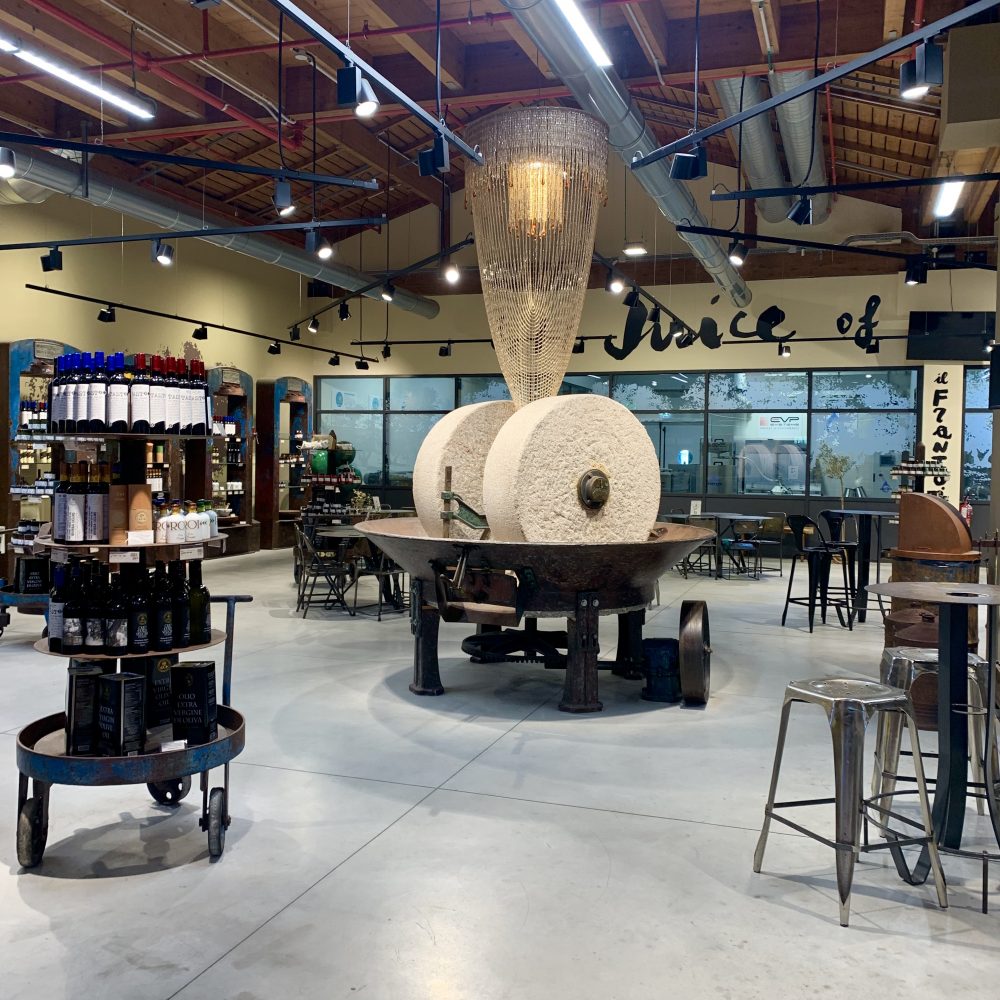
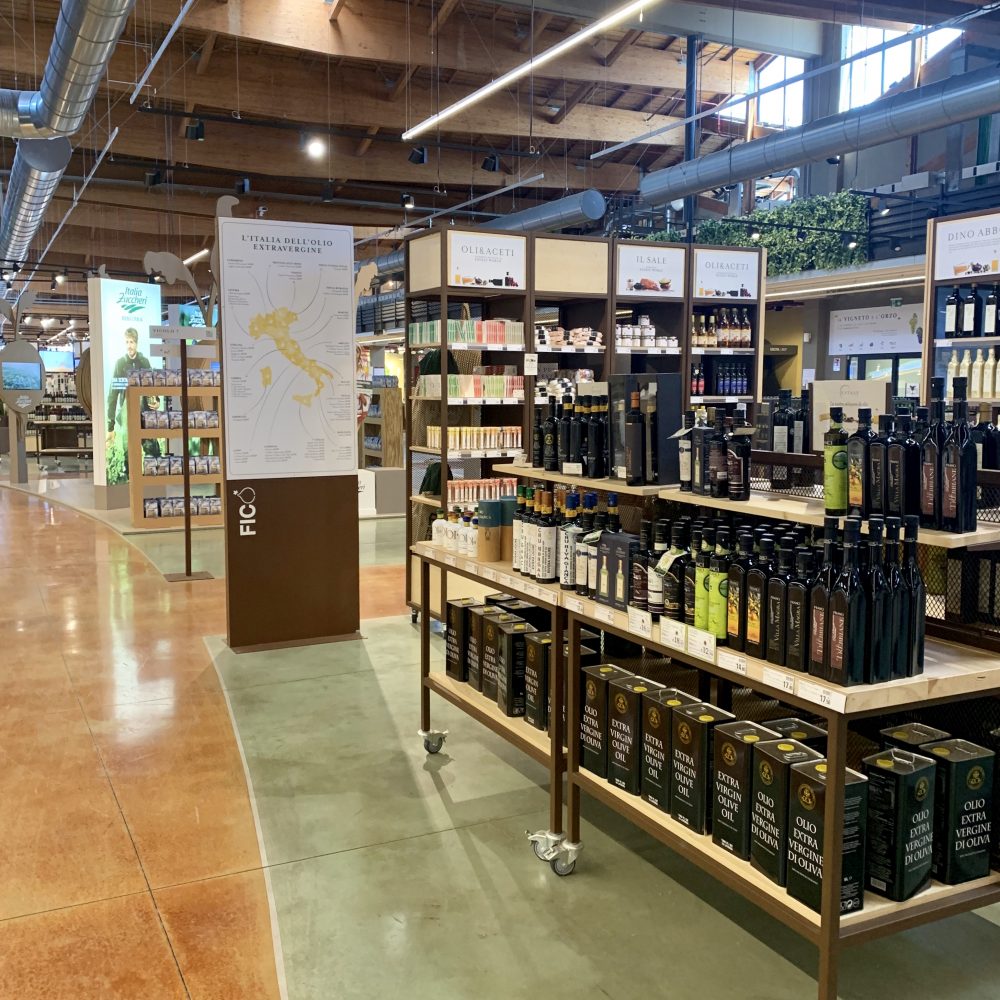

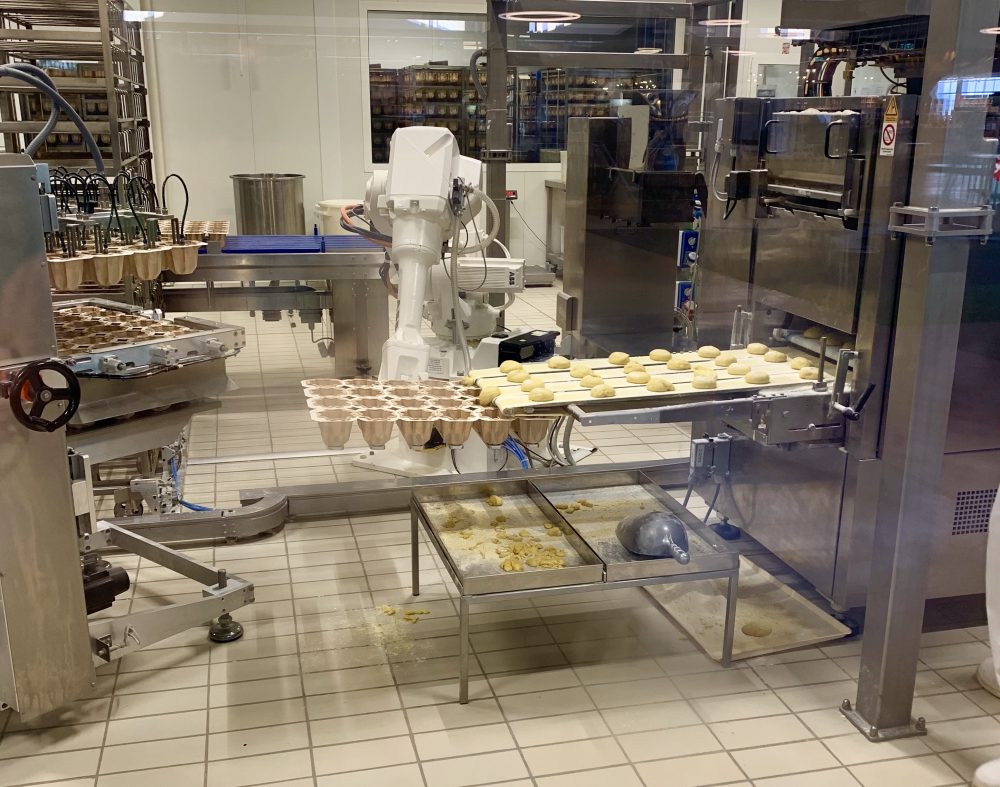
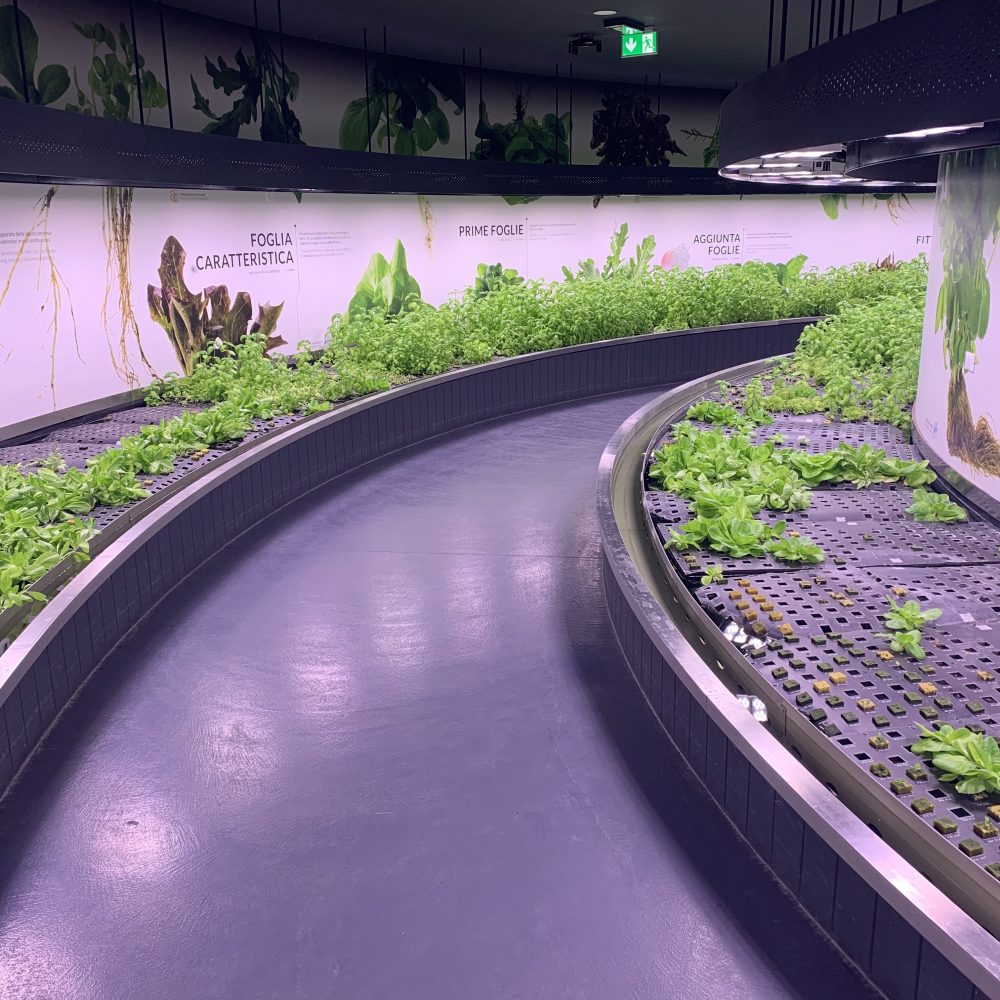
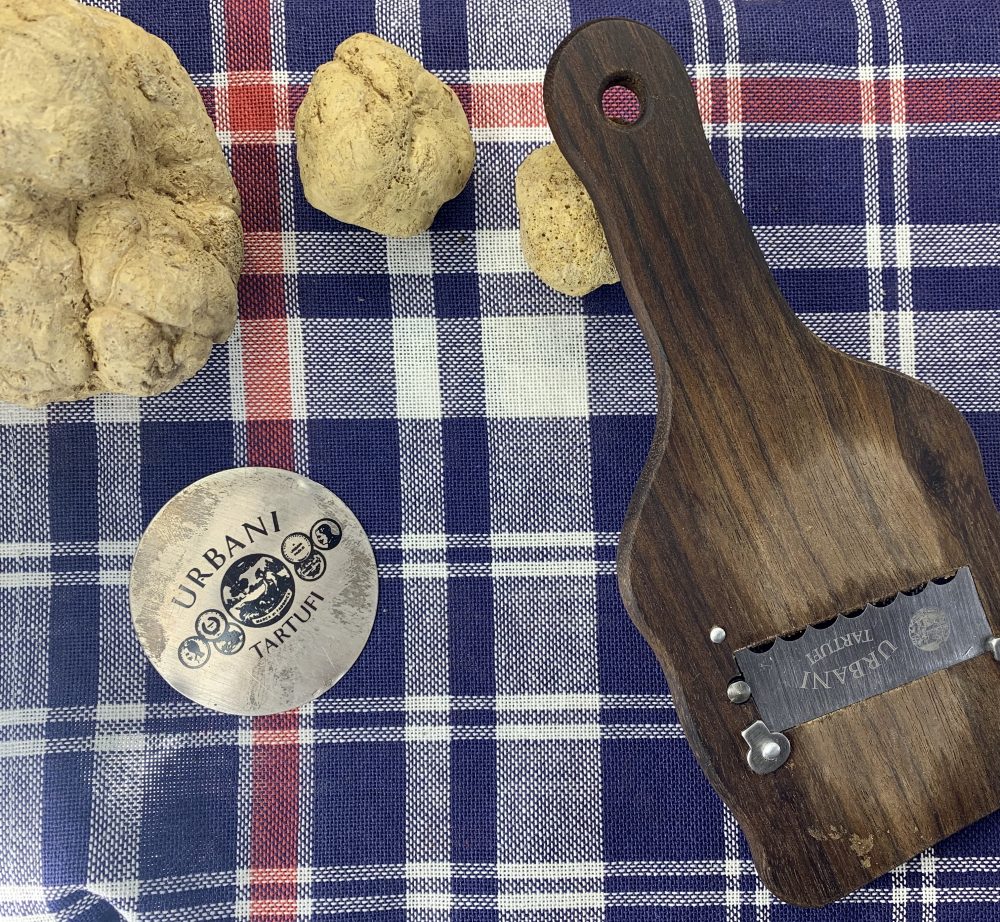
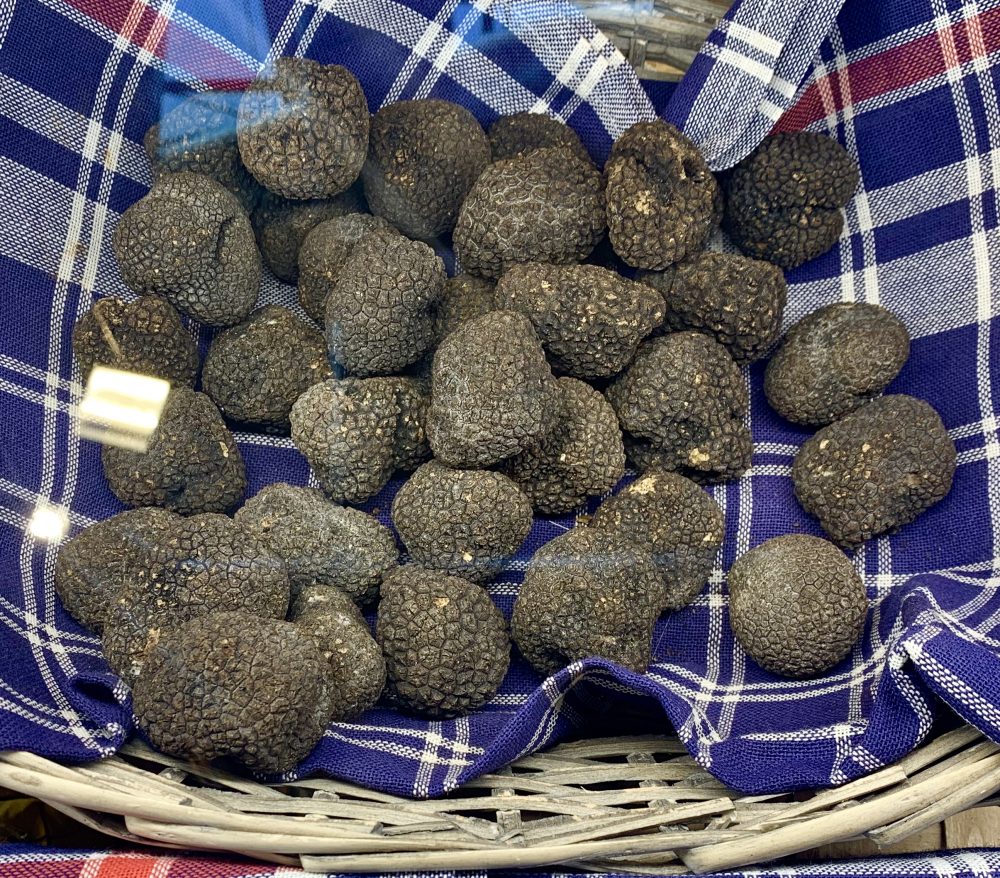
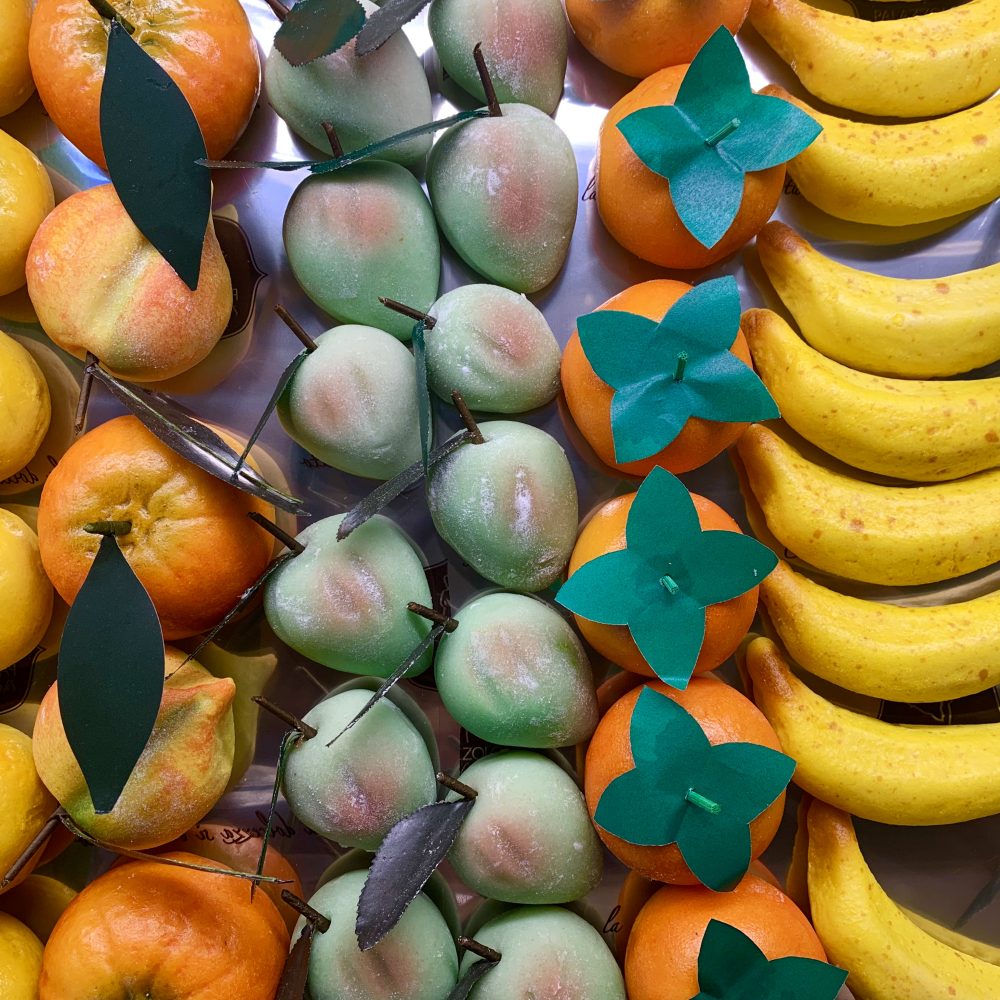
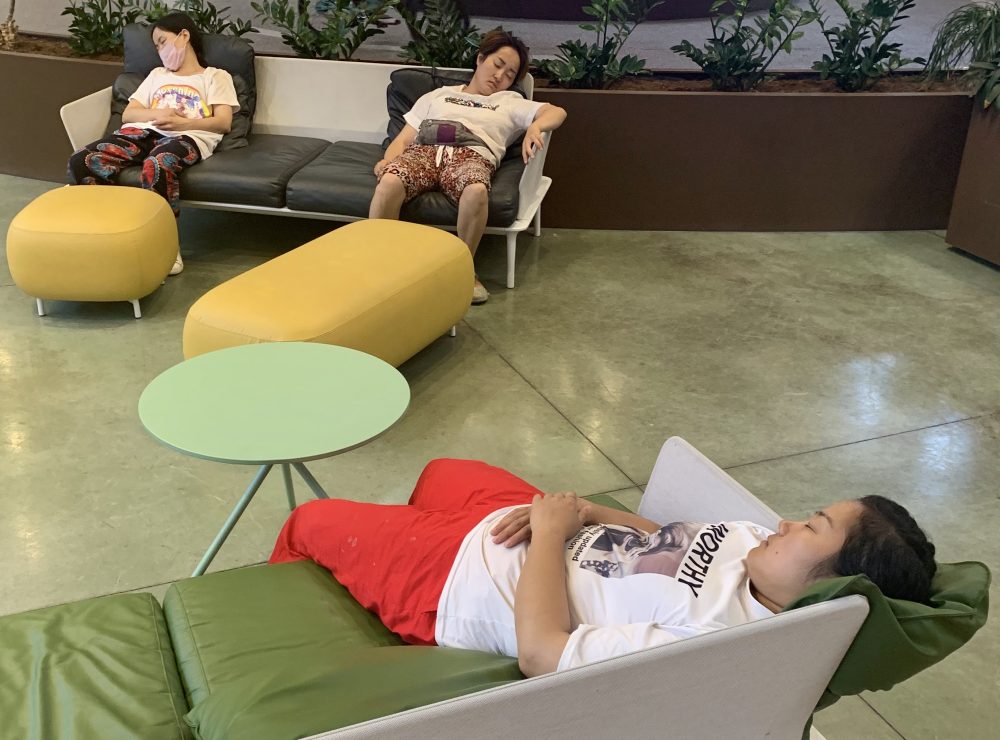
Sanctuary of the Madonna of San Luca
Located on a hill, the sanctuary provides views of Bologna 300 meters below. The sanctuary houses a religious icon, a portrait of the madonna and child, brought from the Byzantine Empire to the city by a pilgrim in the 12th century. During extensive floods in the xx century, the people of Bologna prayed to the icon to stop the rains. The rain stopped, and thereafter, a yearly procession takes place to carry the icon from the sanctuary to the cathedral in the historic center of Bologna. In order to protect the icon when it rains, and it seems to every year, the city built (1674-1793) an arcade more than 3.8 kilometers in length. We took the choo-choo train up and walked back part way.
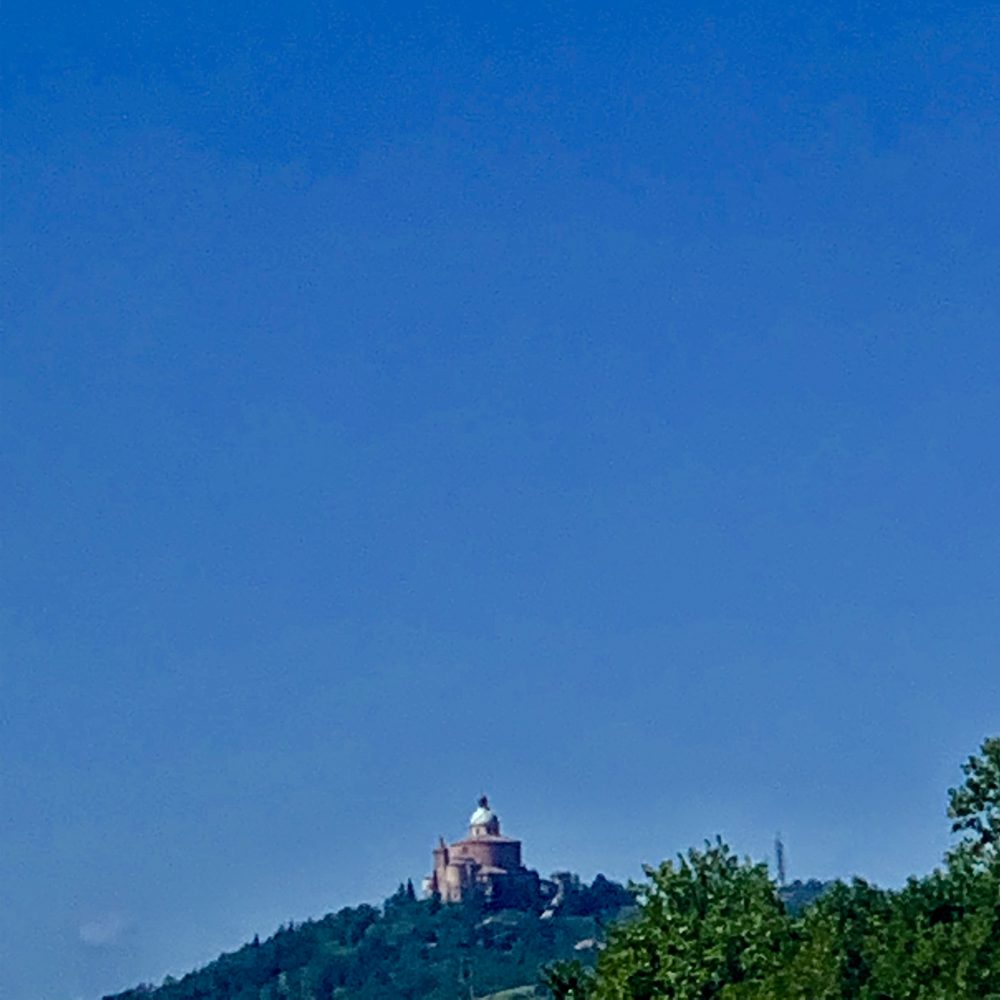
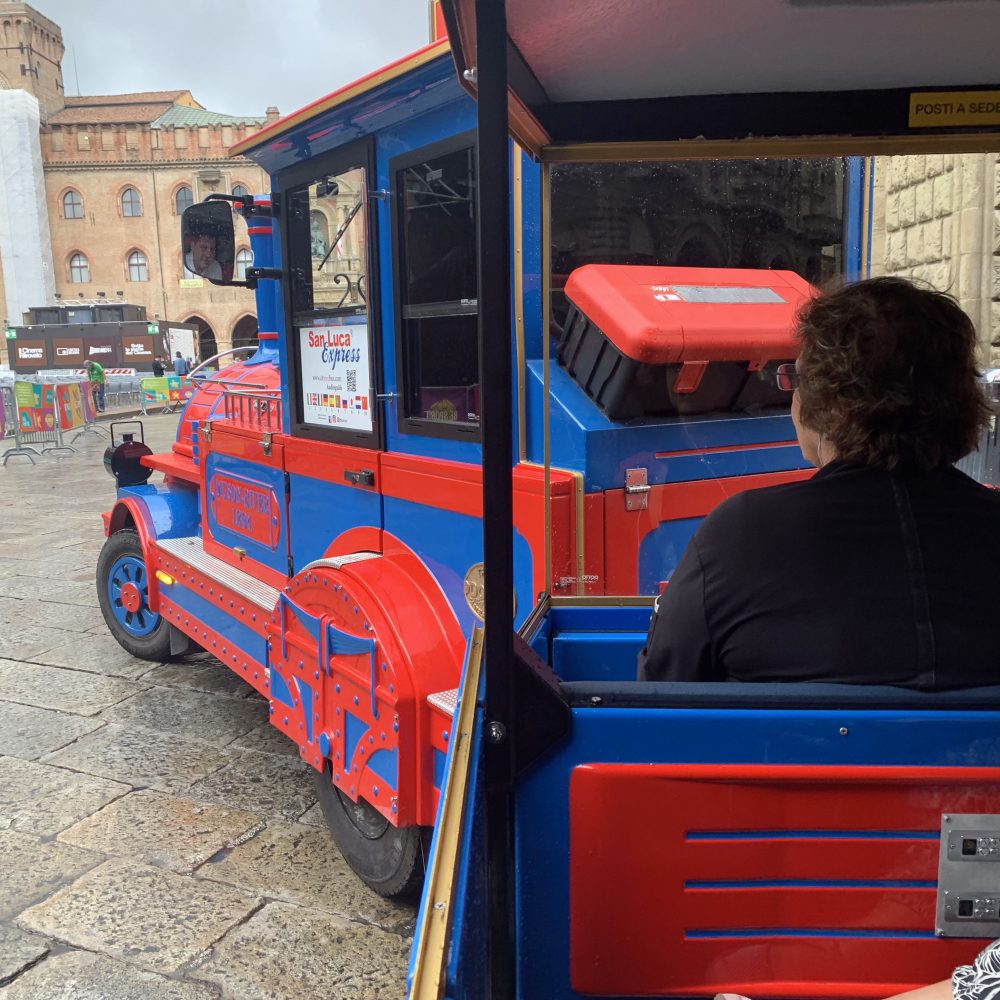
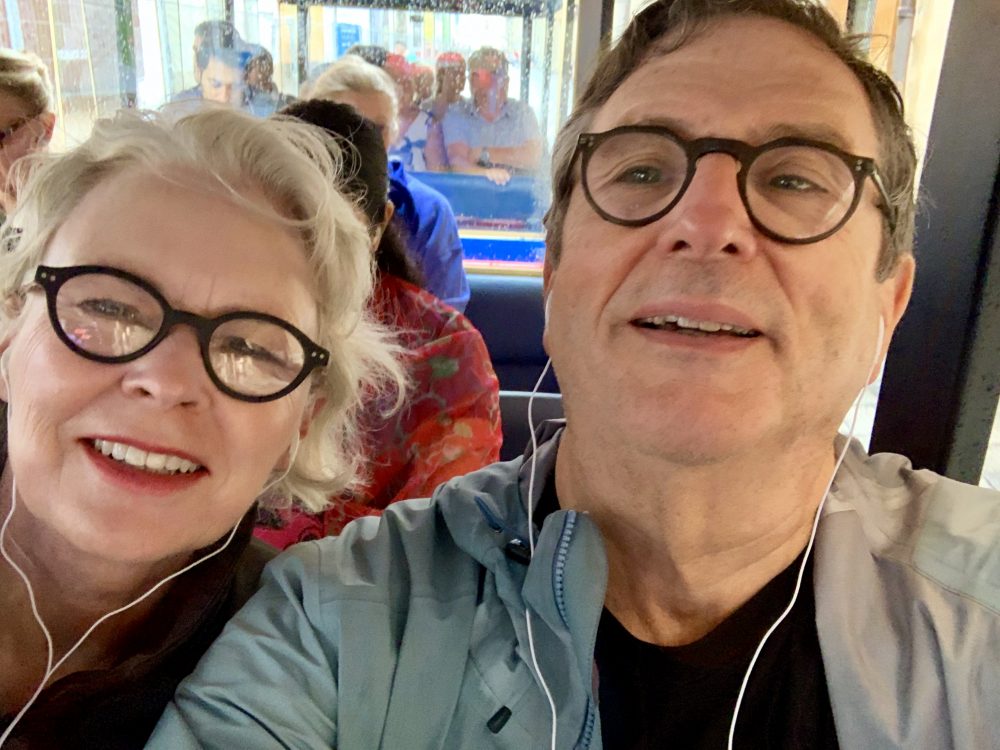

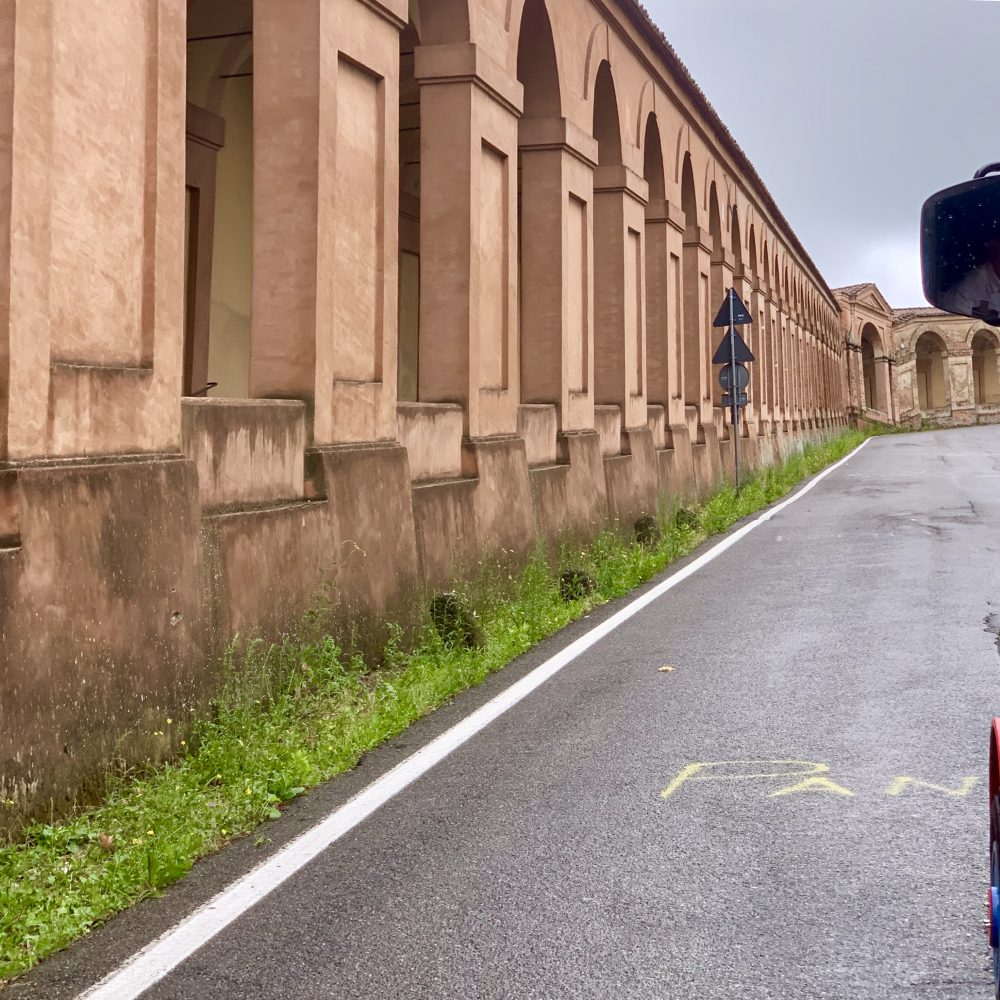
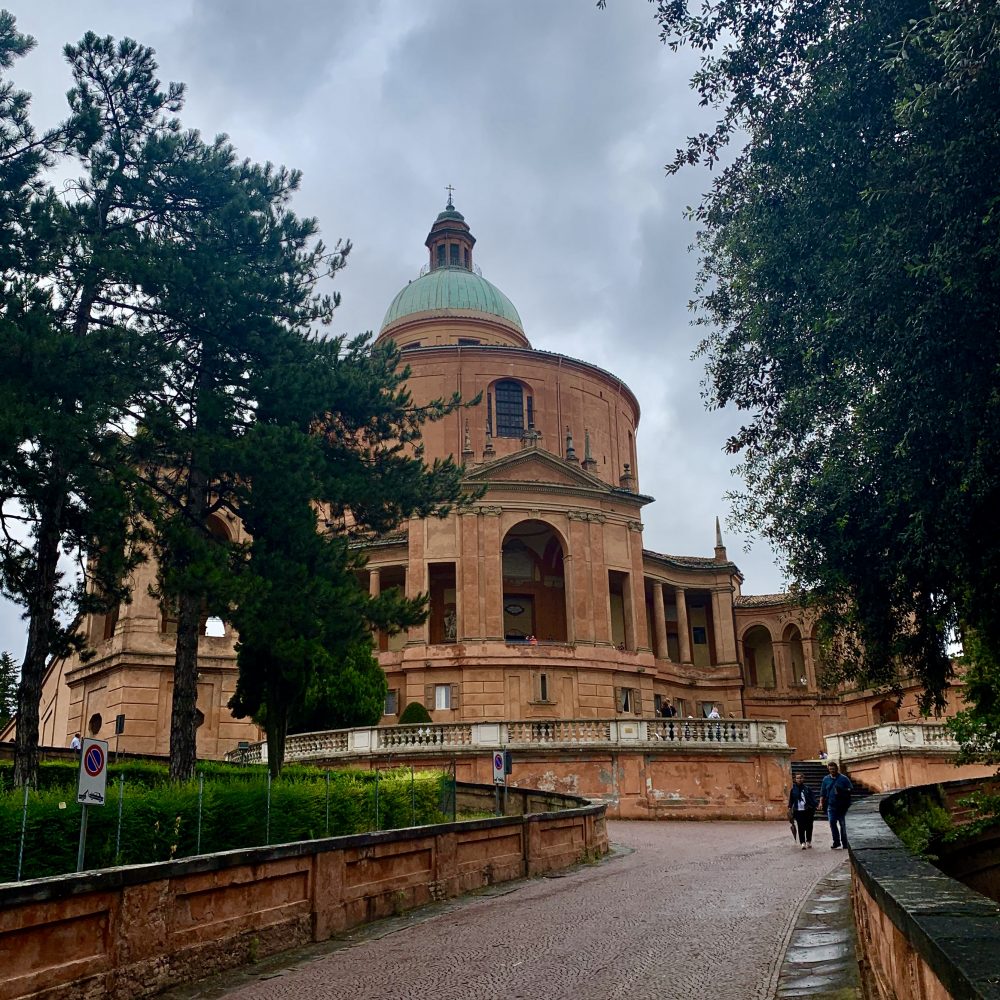

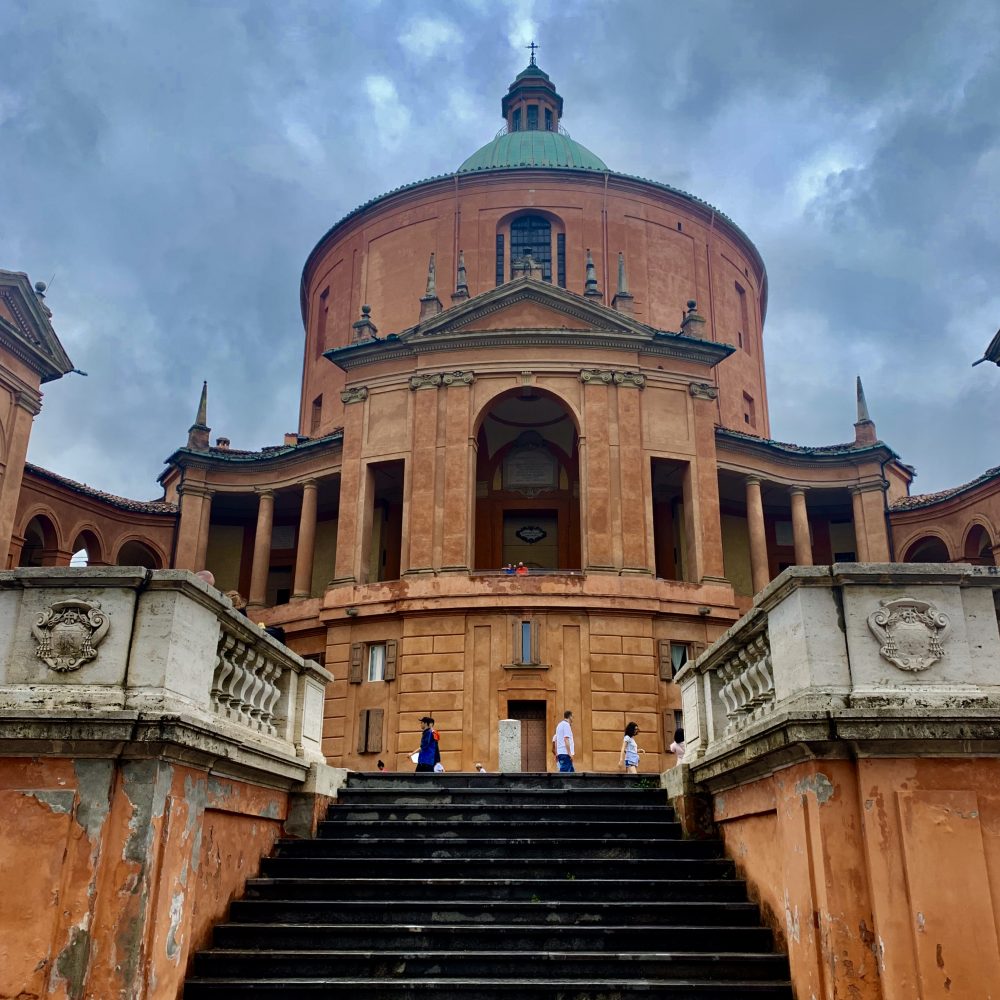
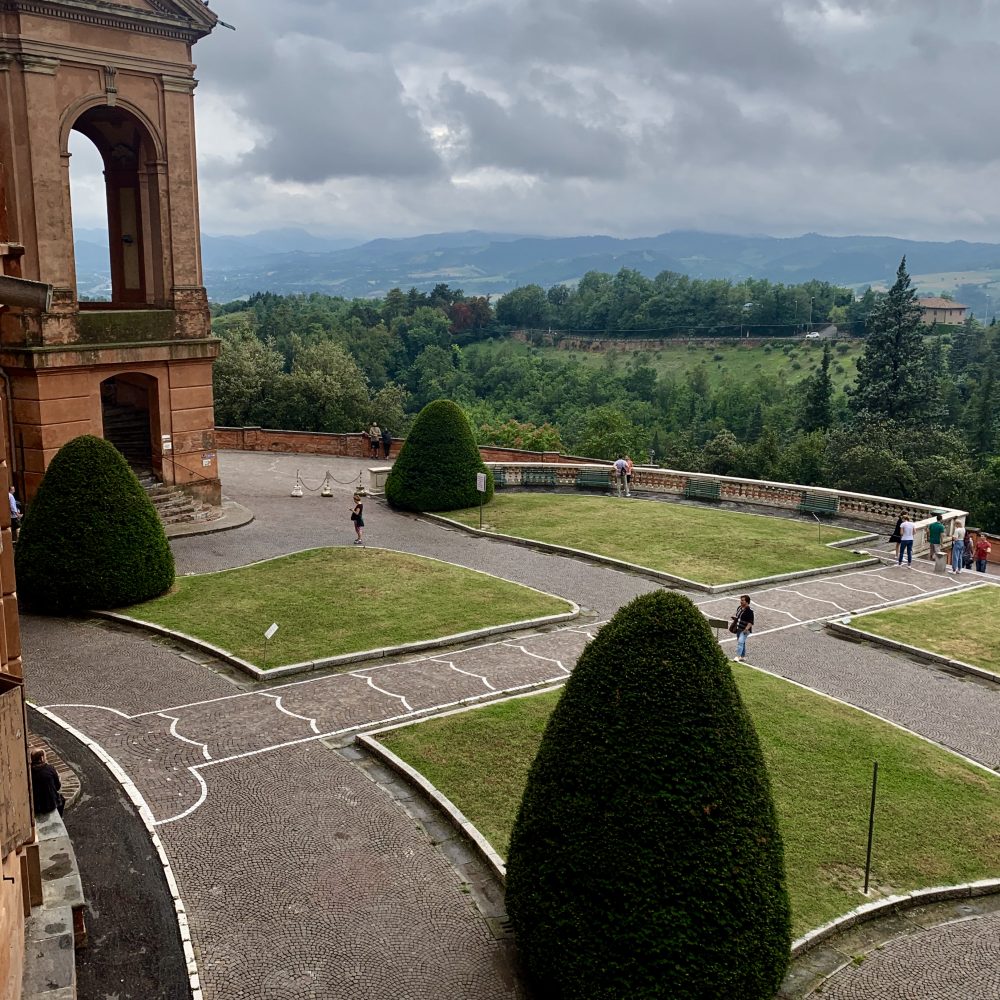
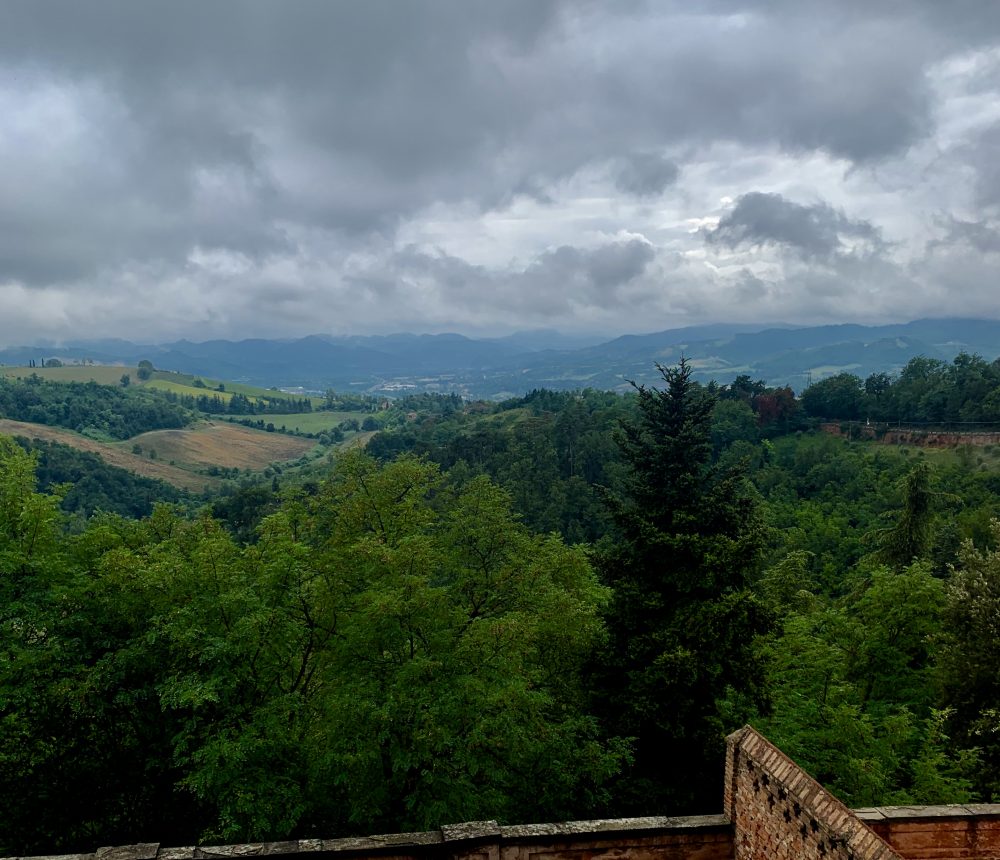
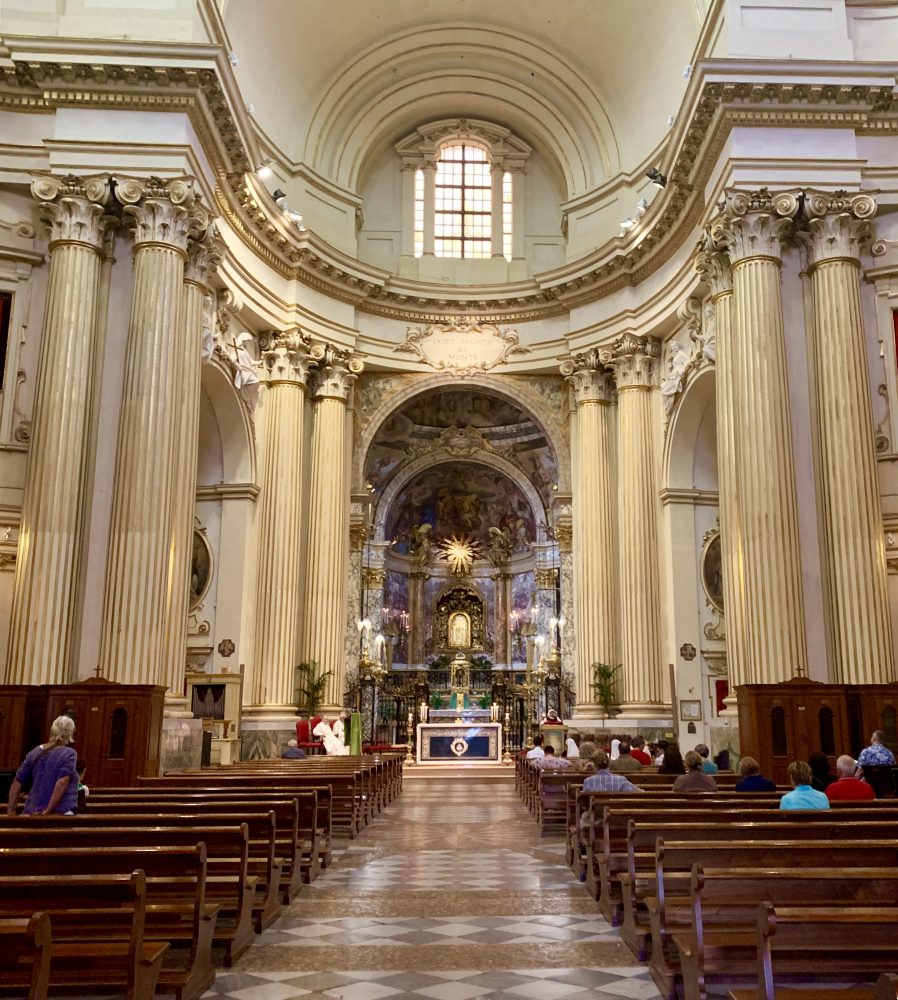
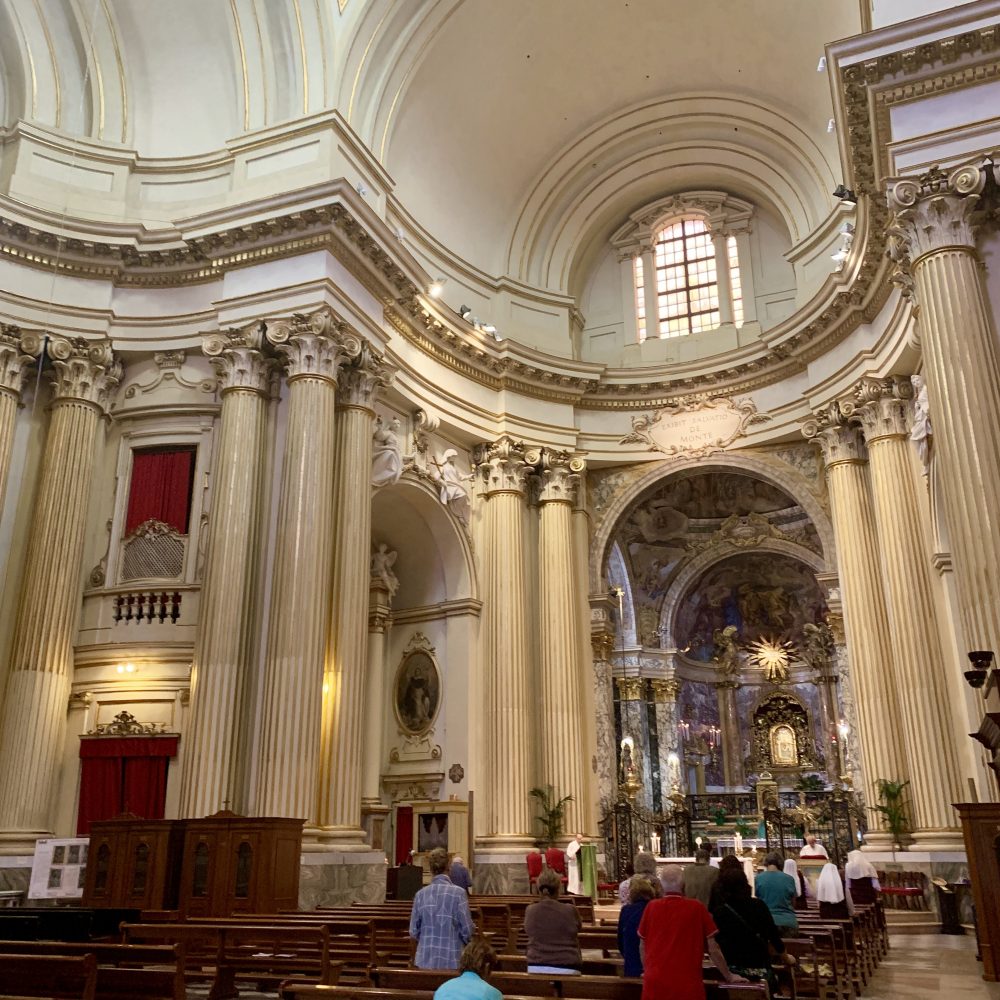

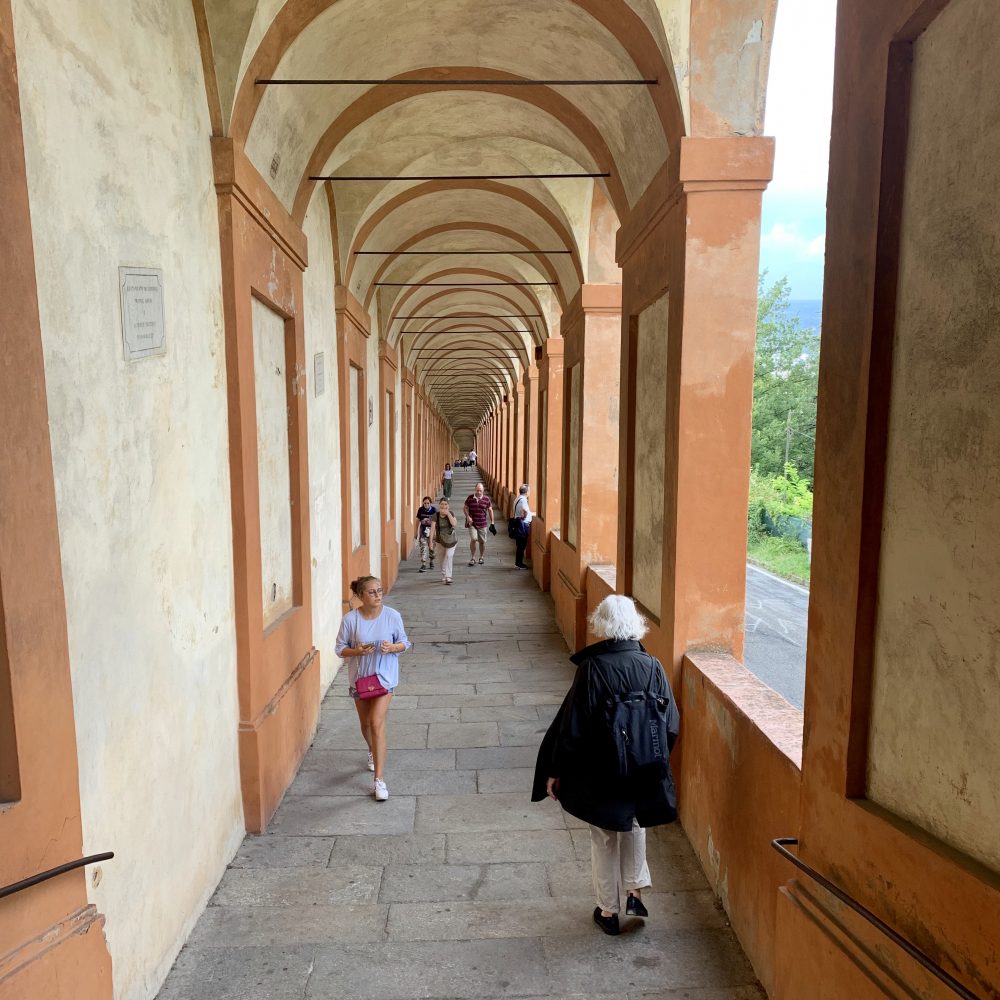
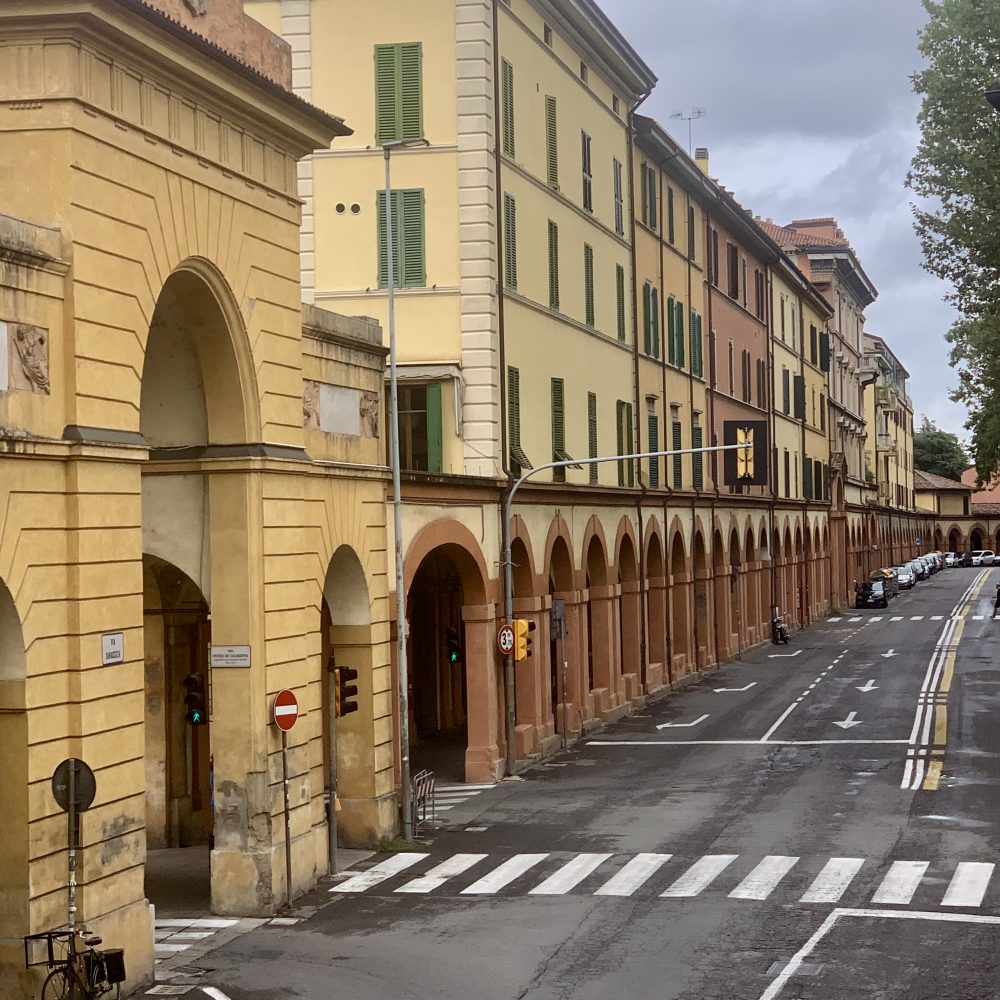
Notes on Style
Shoes. Except for a few students, Italian women of all ages have given up their winter sneakers for flat, strappy sandals. The thin straps are encrusted with jewels, pearls, or shiny metal beads. Birkenstocks are here and there, often metallic, often on women who might be friends with Tilda Swindon.
Purses. Bags don’t seem to be a focus of attention. Most women carry a simple, practical tote. If you need a new bag this summer, it should be stark white leather with thin black edges. Any size and shape will work.
Colors. Store windows feature splashy prints and bright colors, but little of this makes the transition to the street. At dinner time, black is the overwhelming favorite on all ages. Then white. Then some combination of the two.
Grey hair. For Diana V. Only a few years ago, dying your hair was absolutely required unless you were knocking on death’s door. Now more and more stylish women are daring to go natural.
Shorts. On young girls. Very, very short this summer. Bonnie does not believe Robert is aware of this yet.
Cibo e bibeti
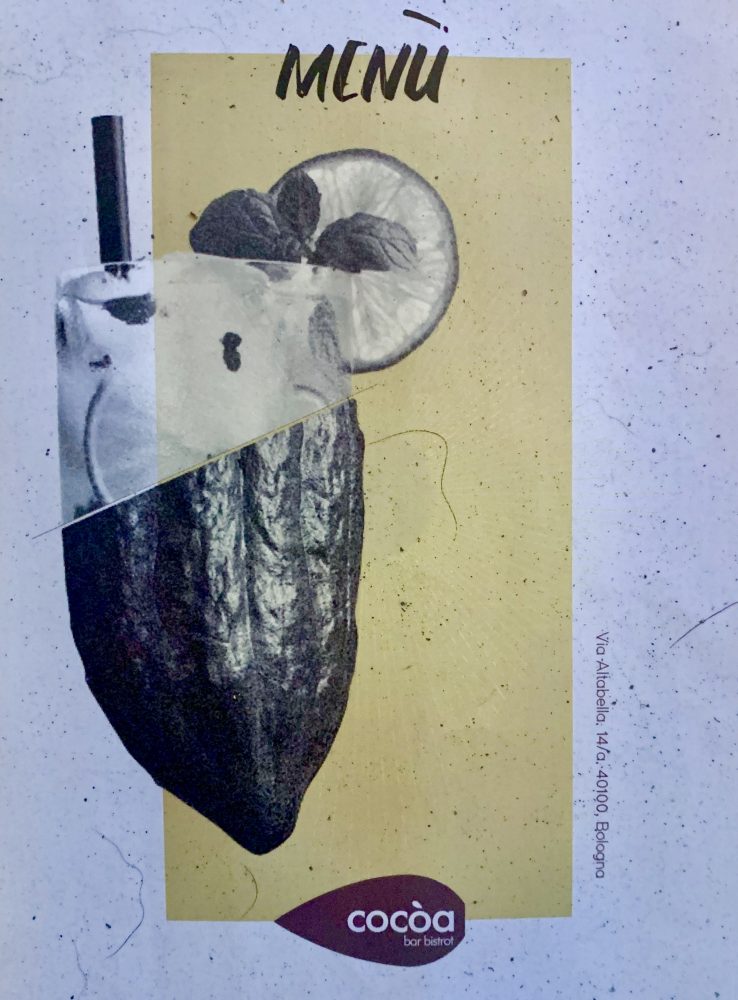

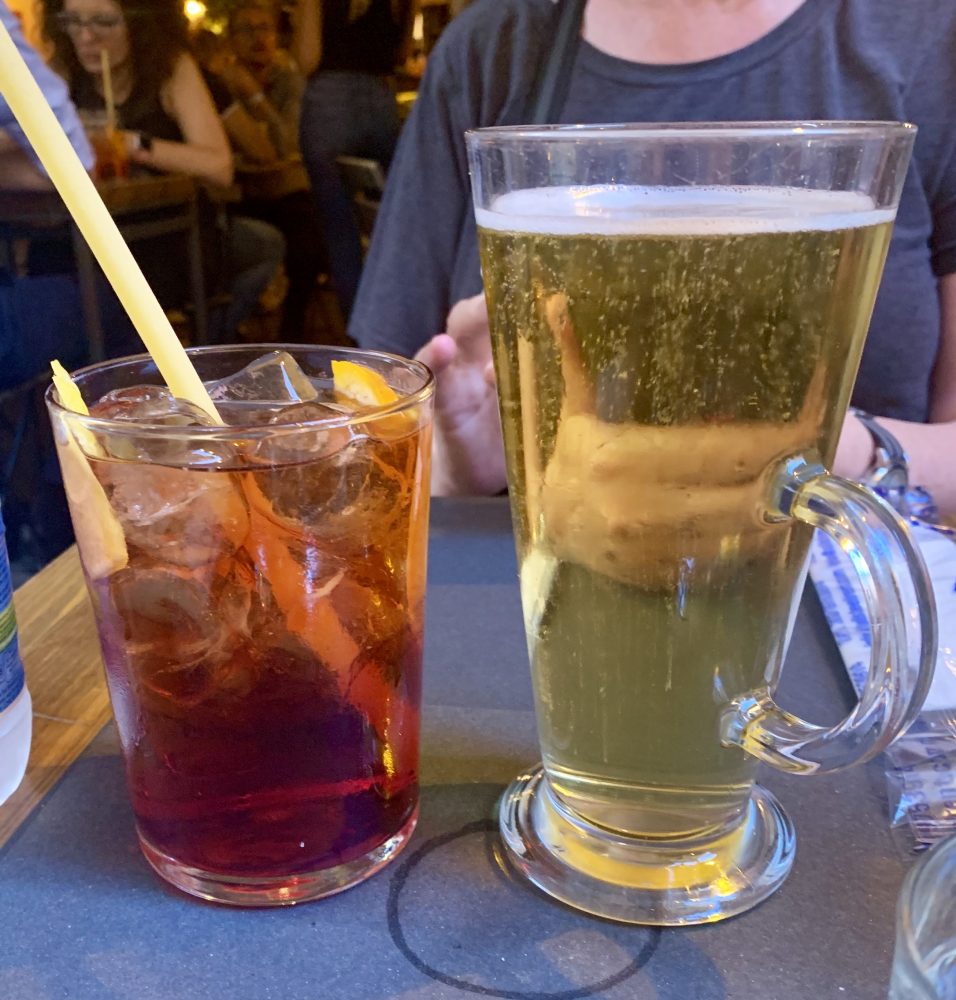
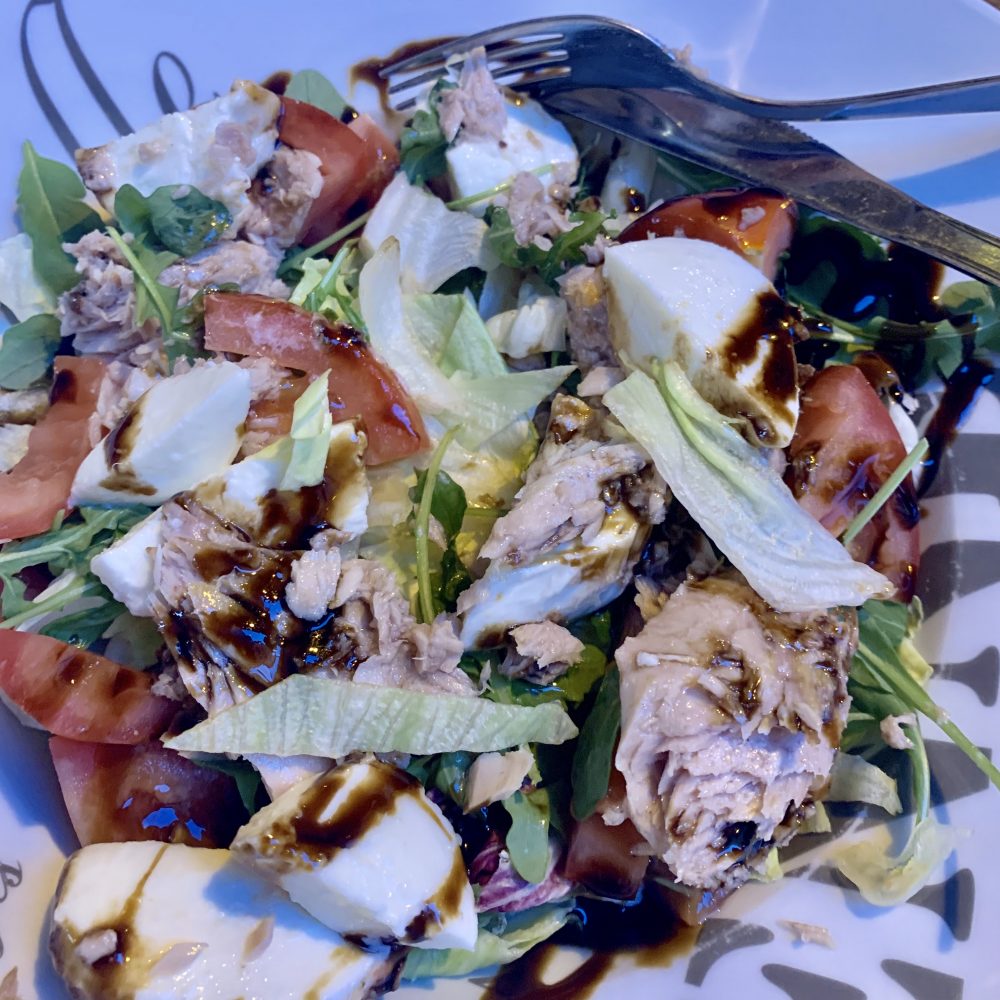
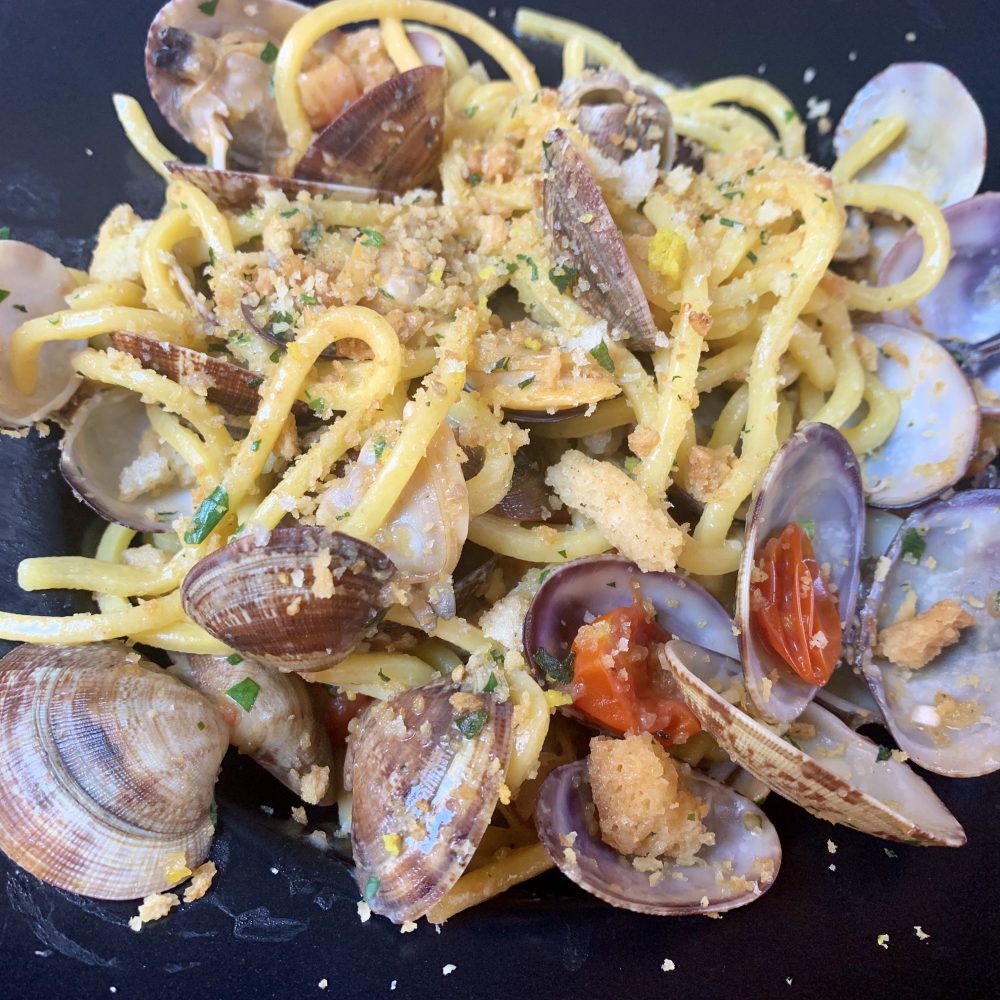
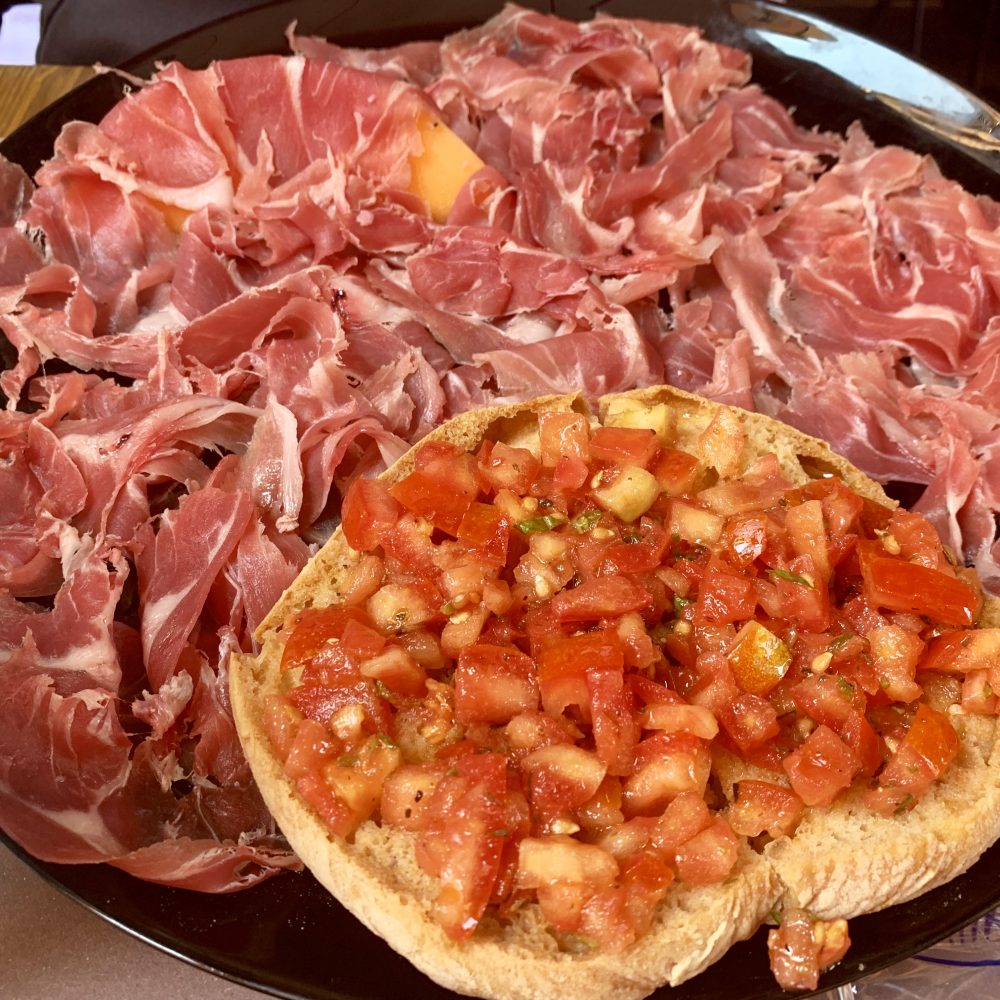
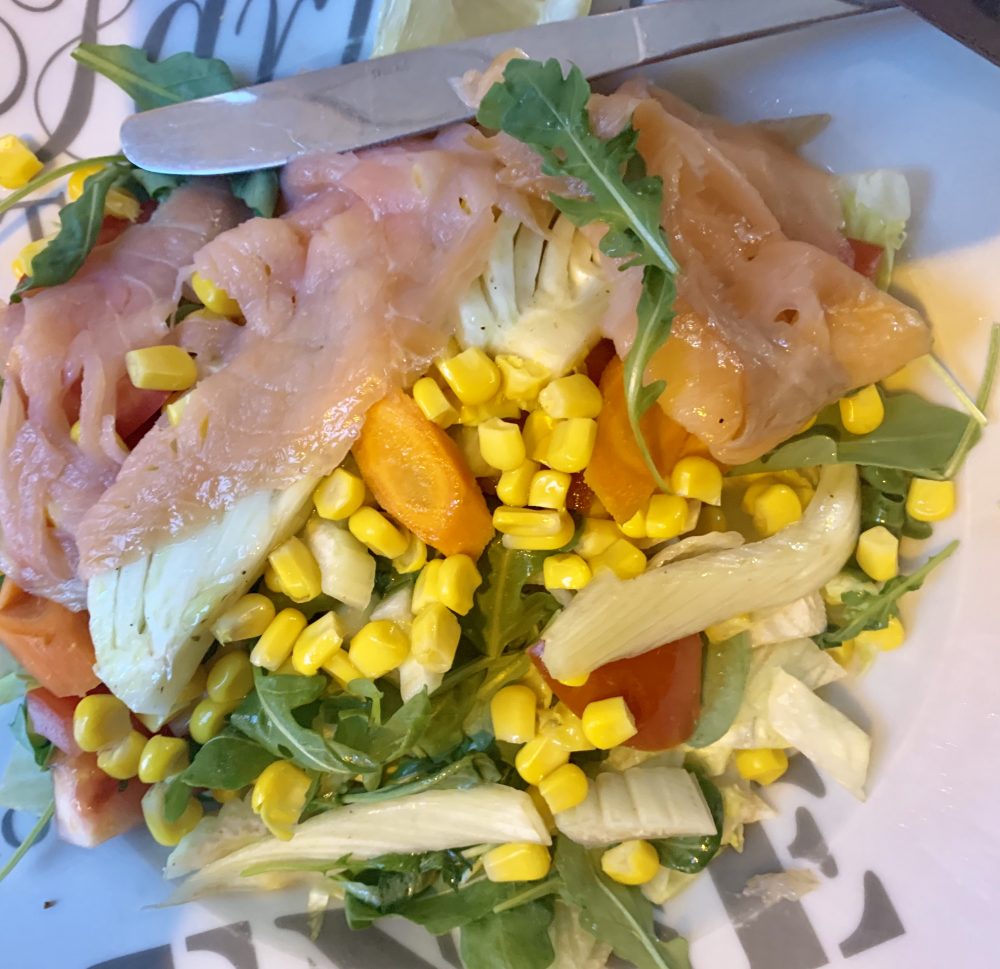
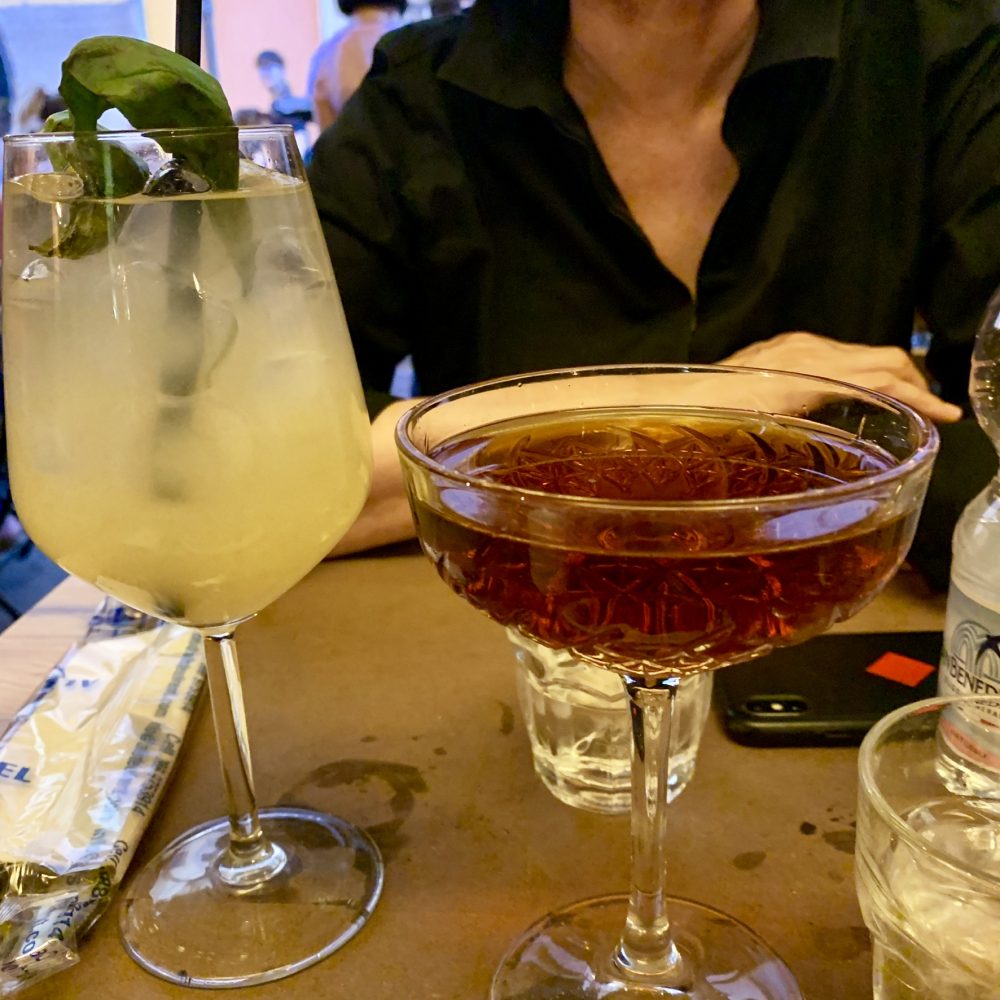
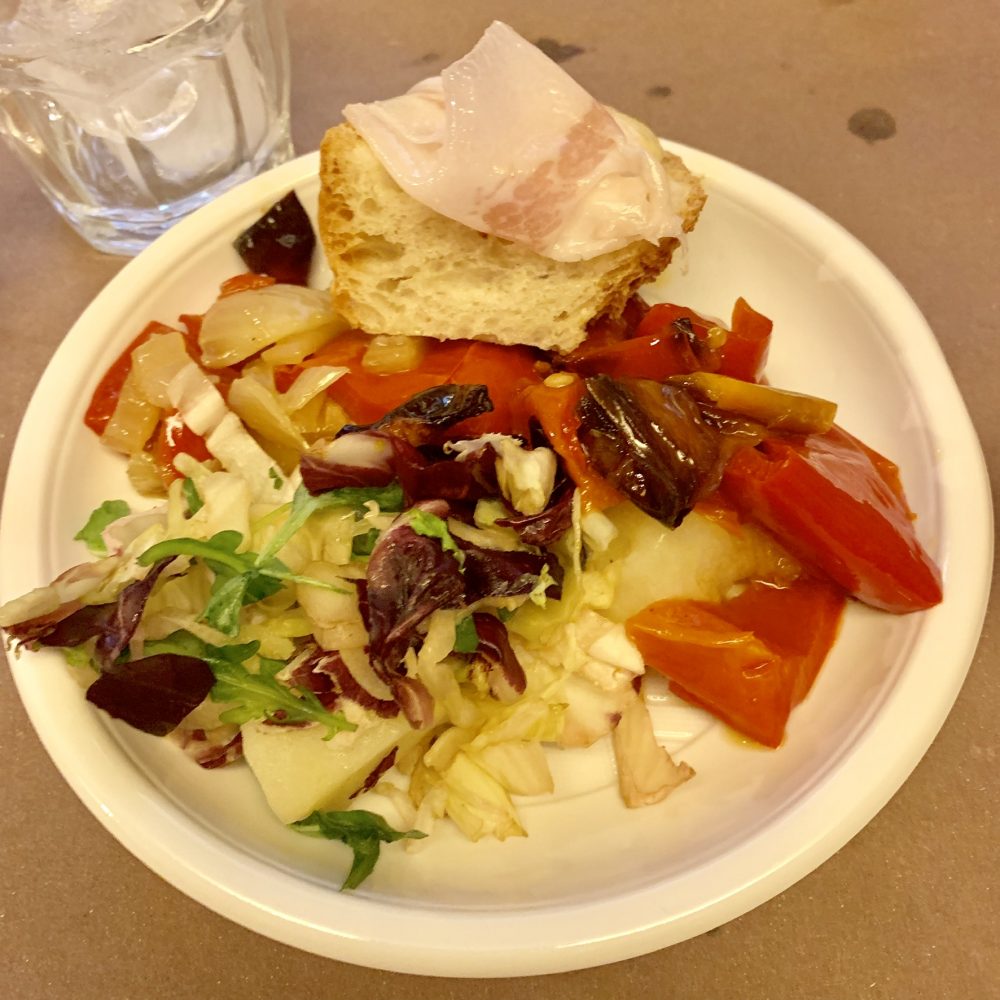
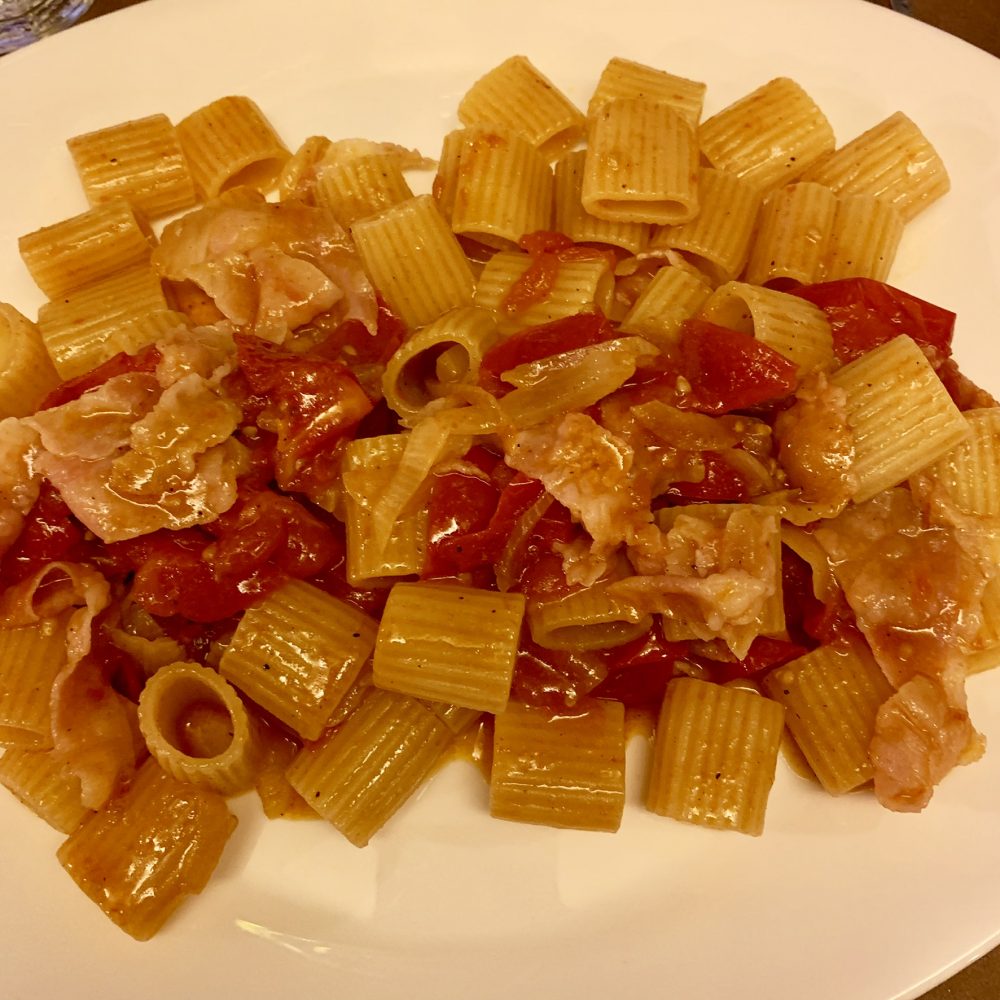

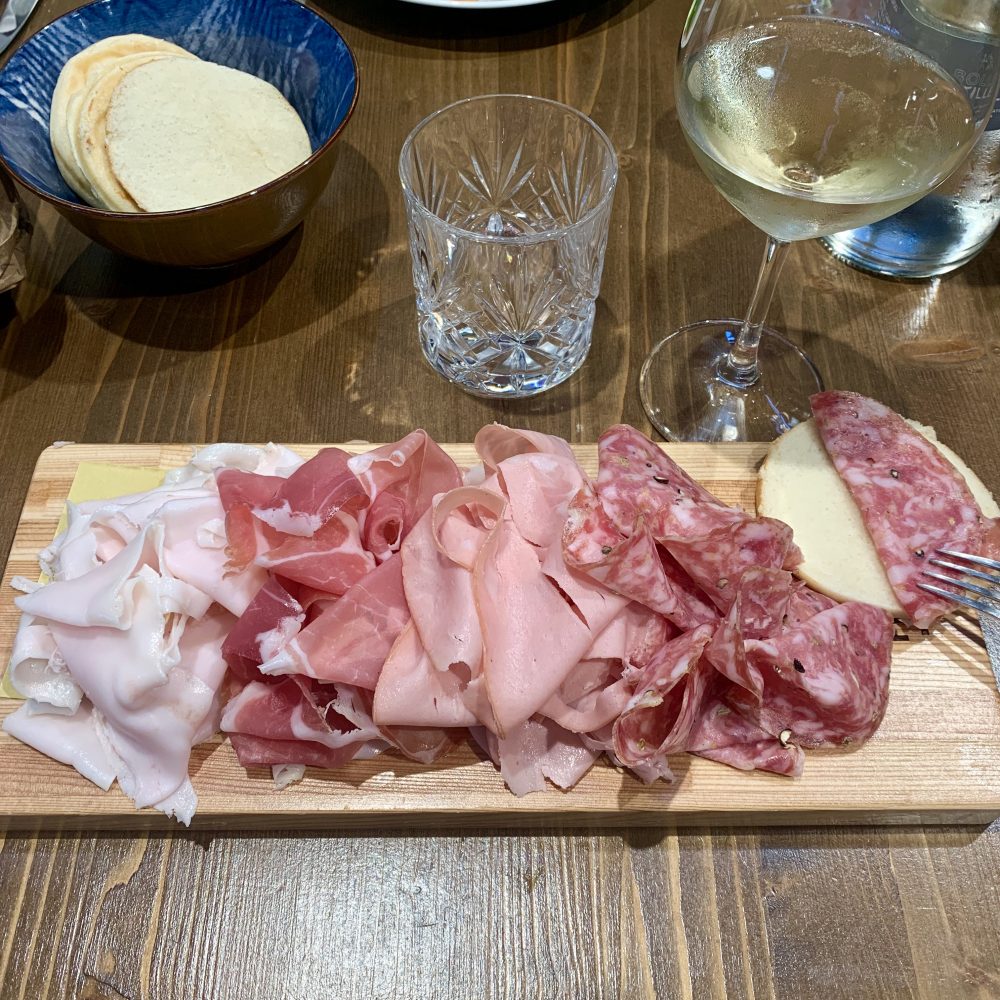
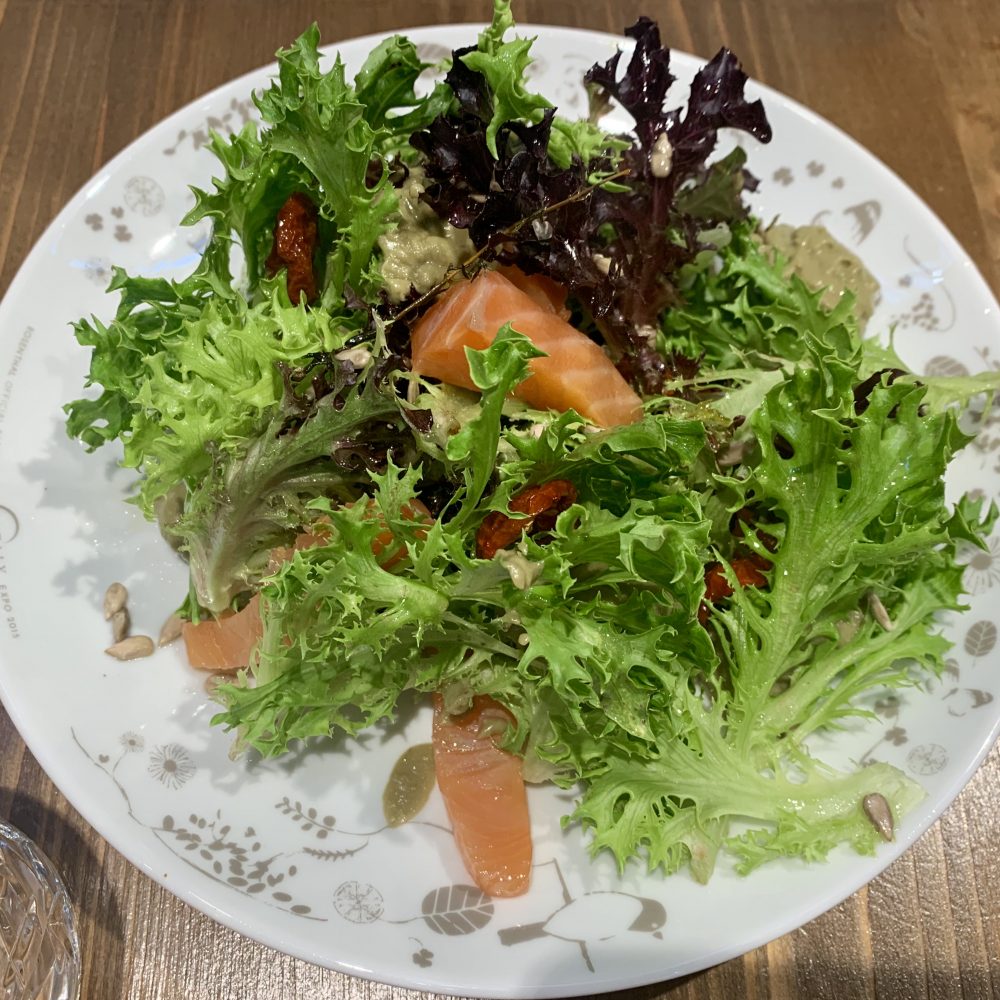
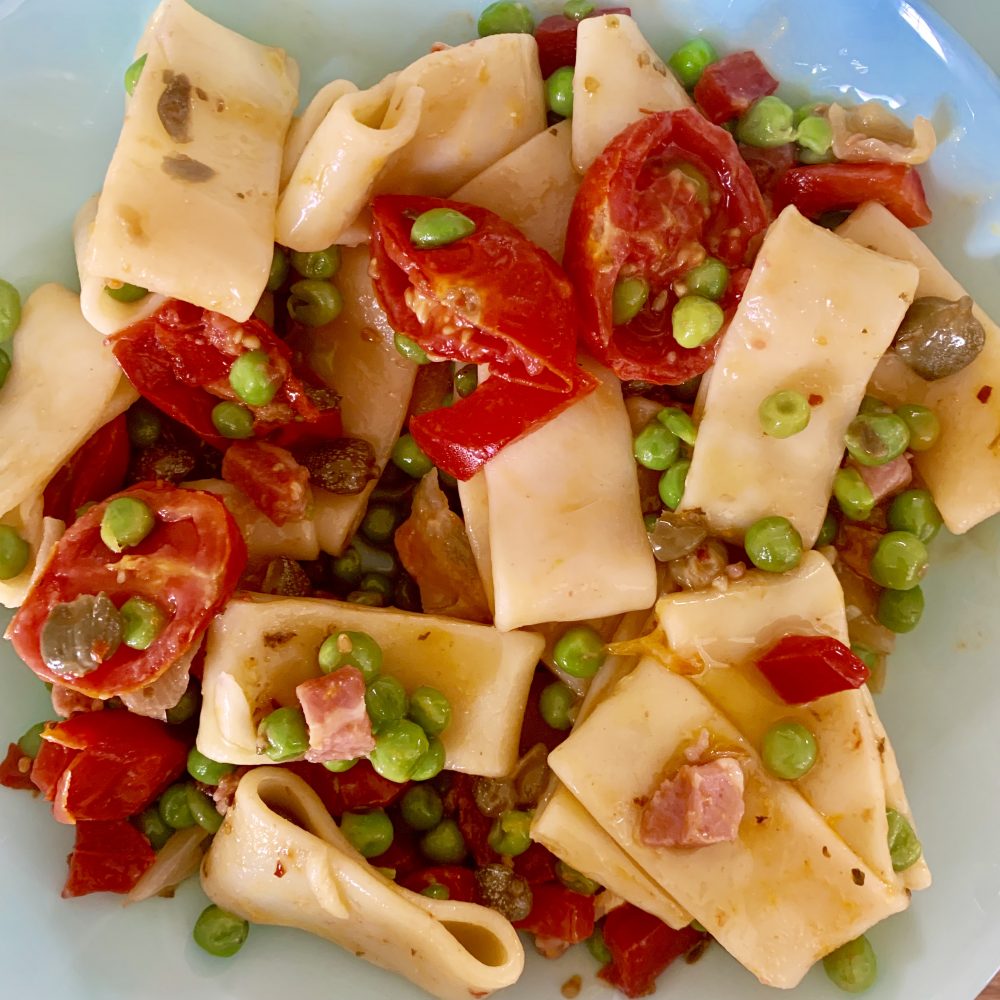
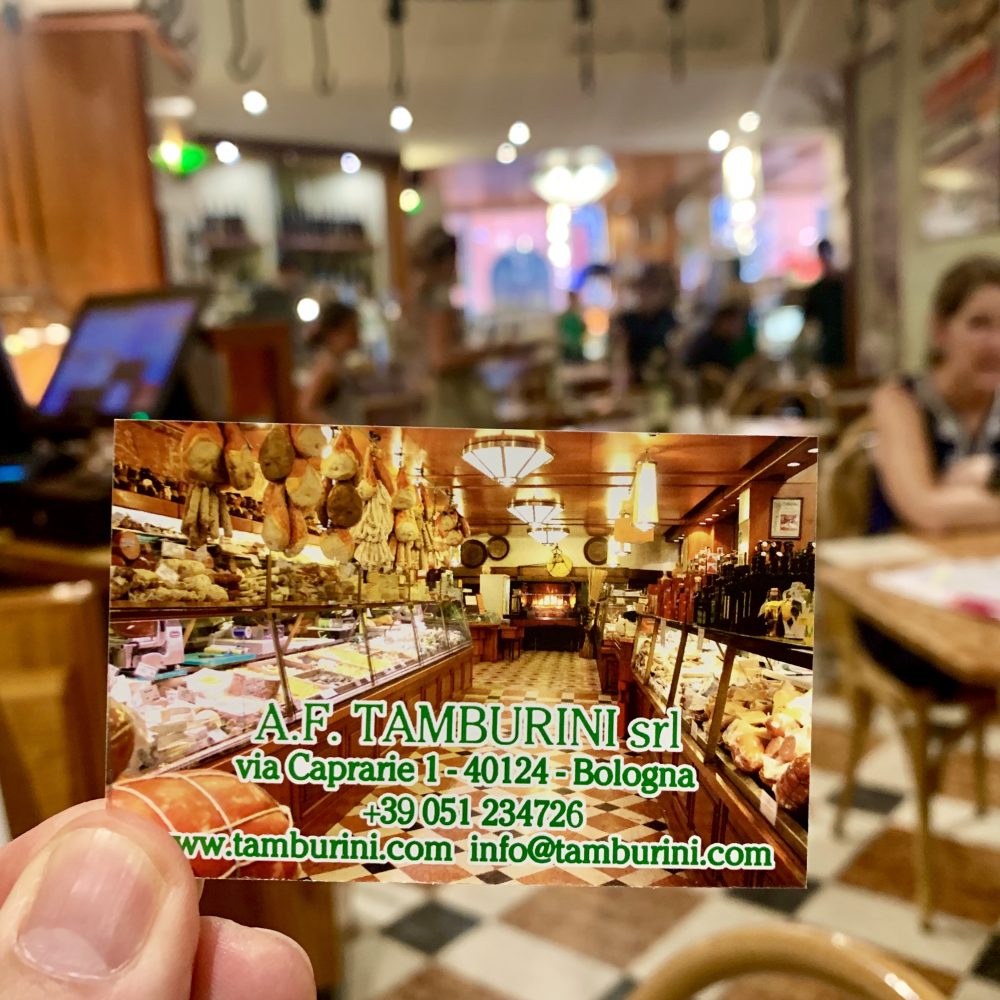
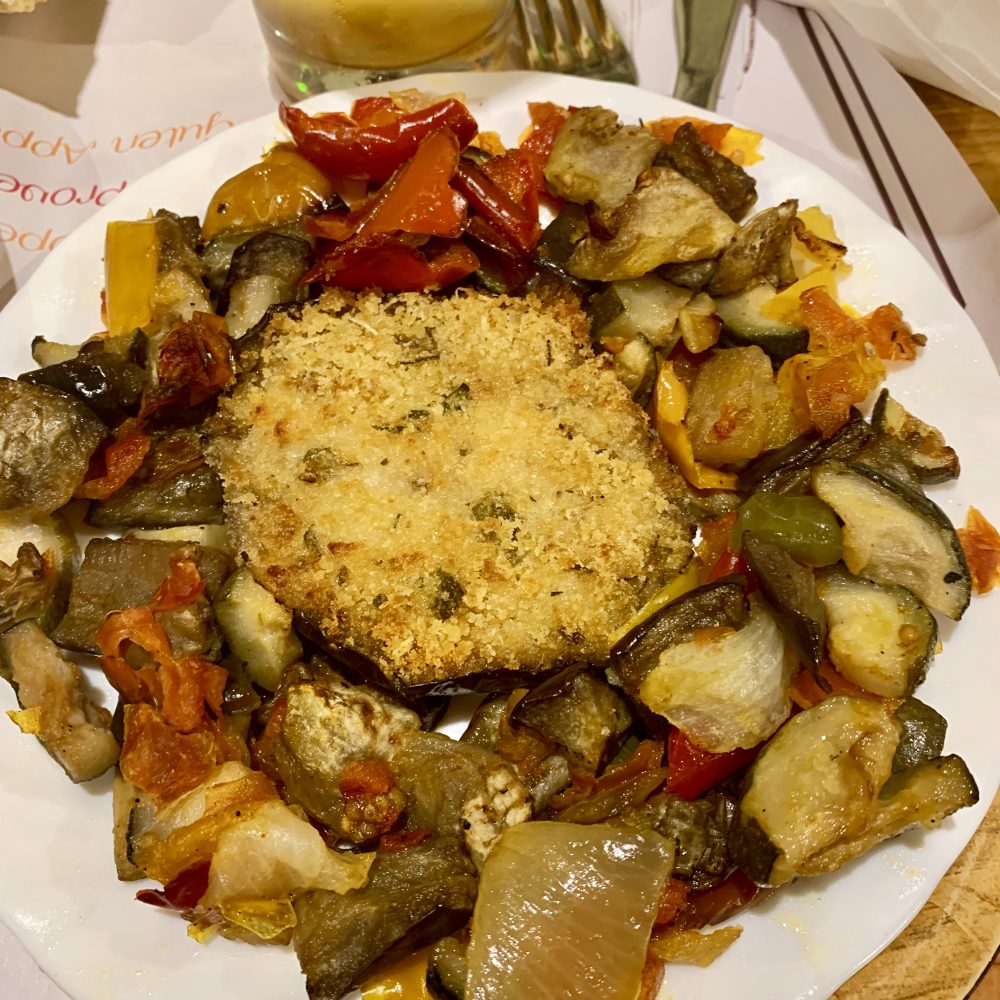
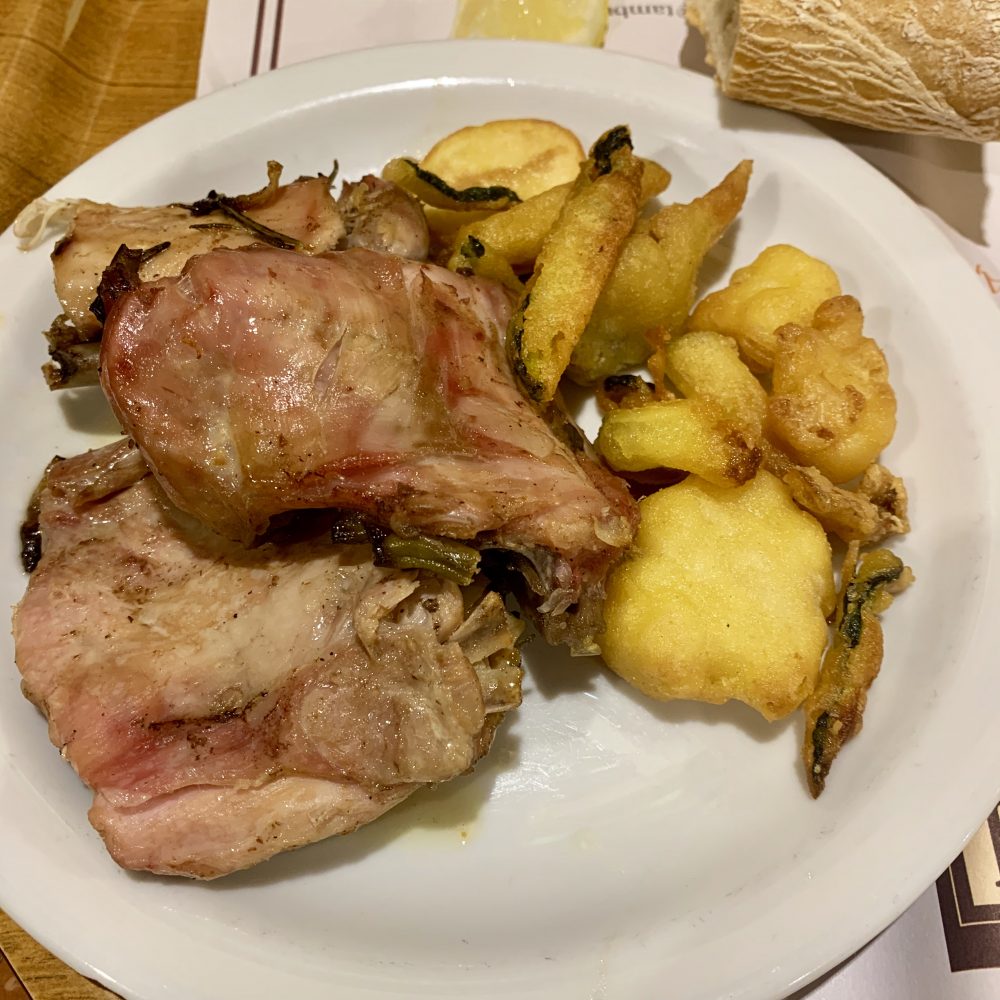
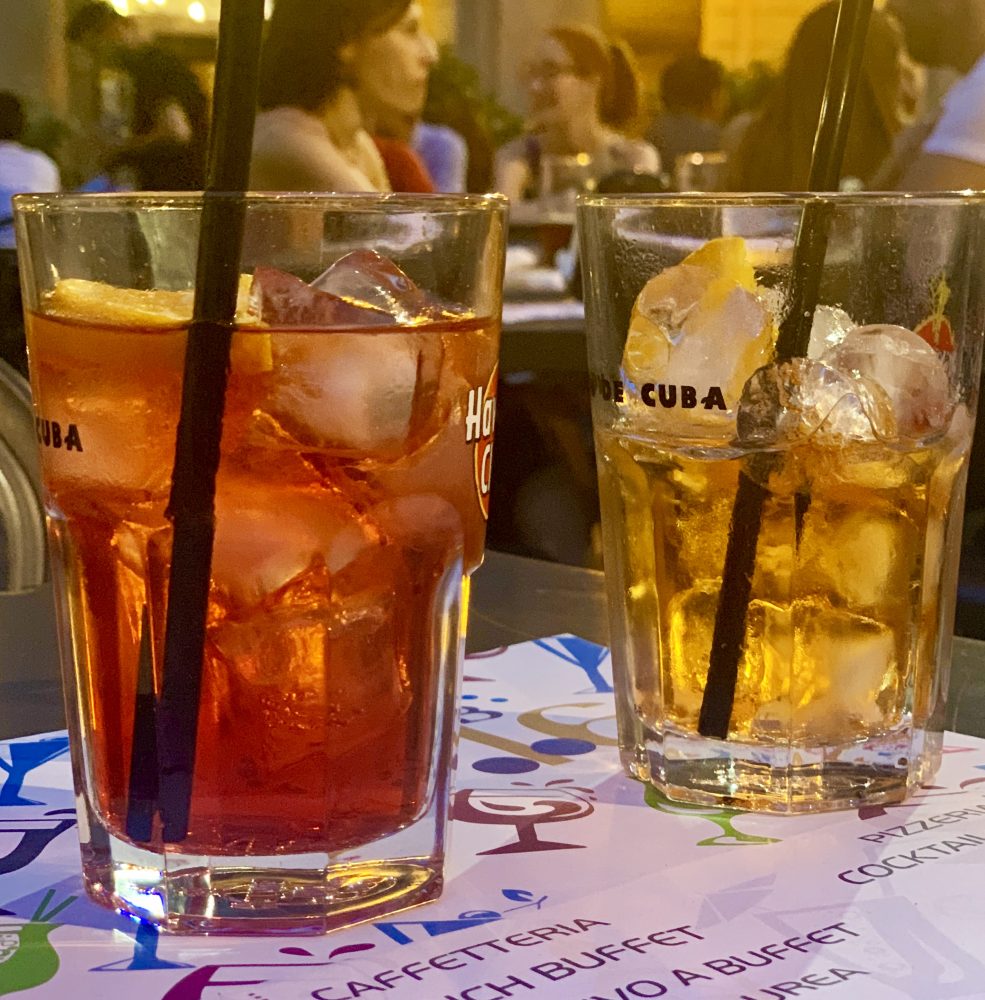
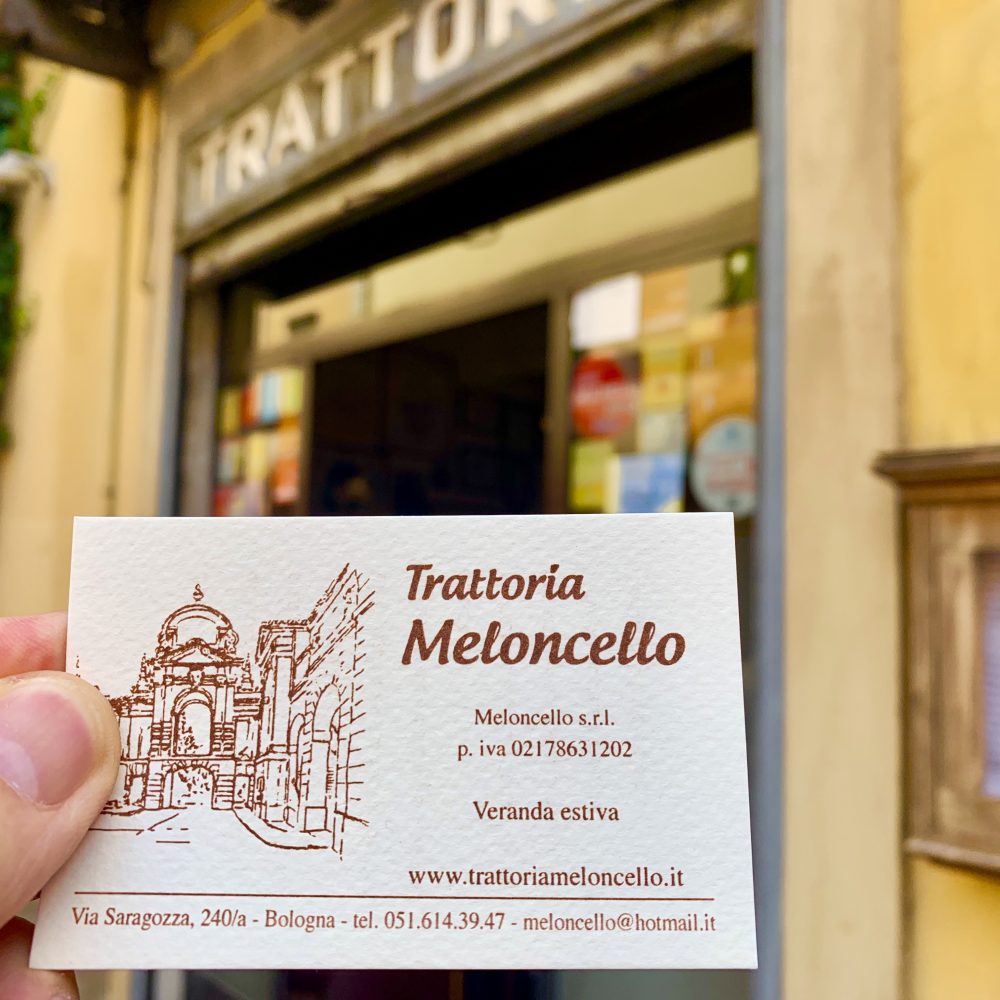
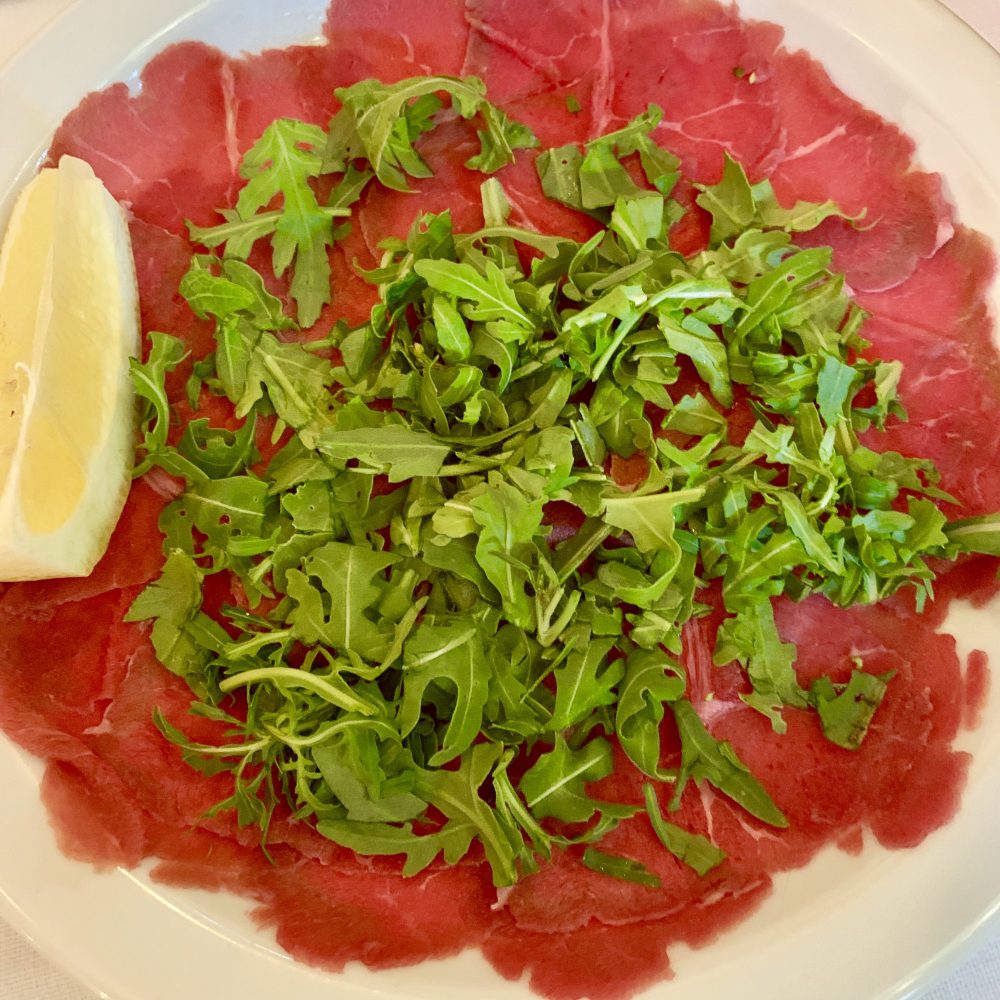
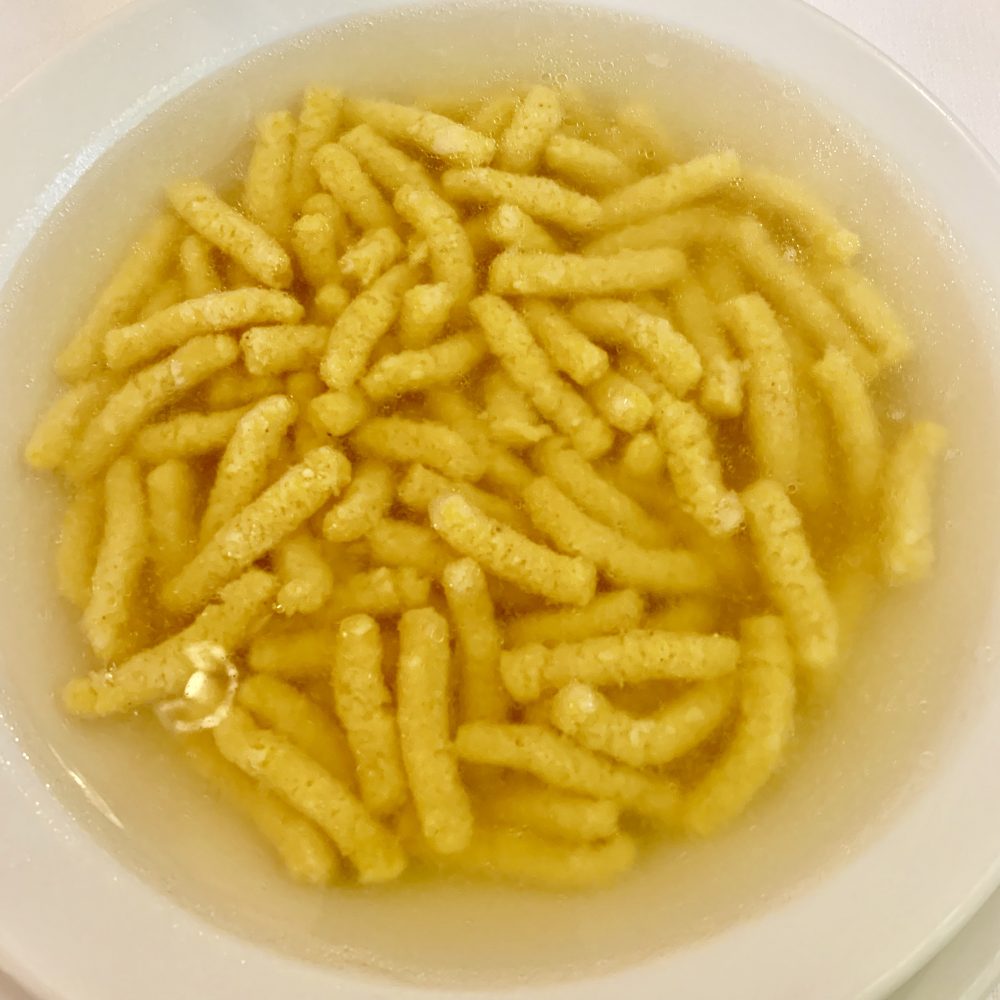
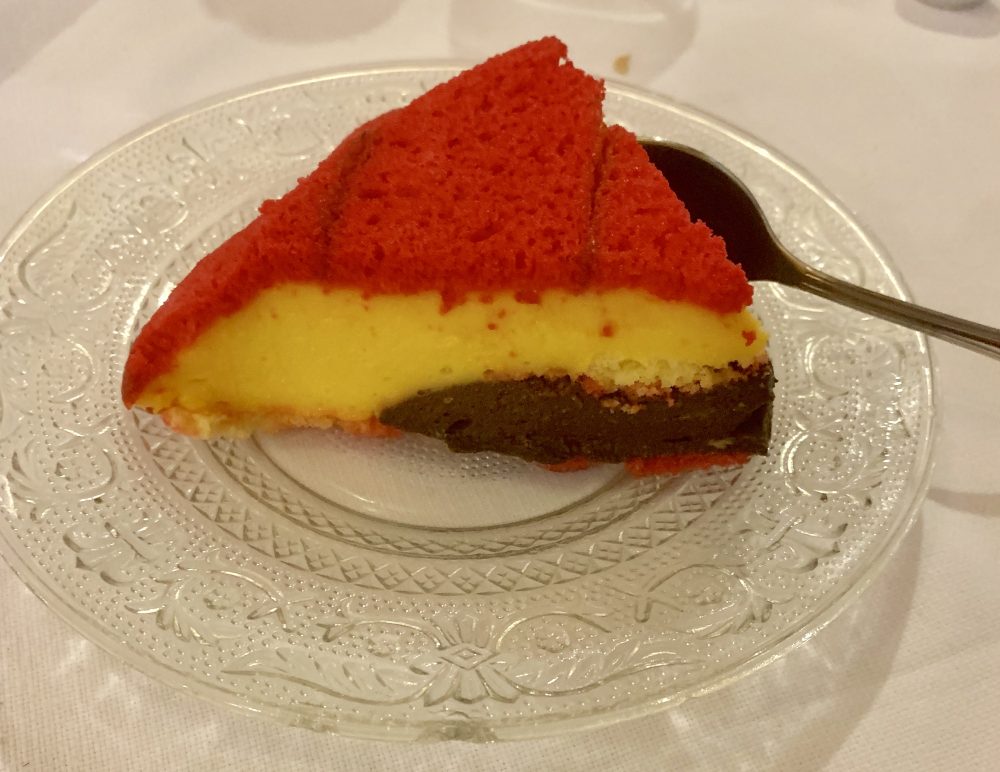

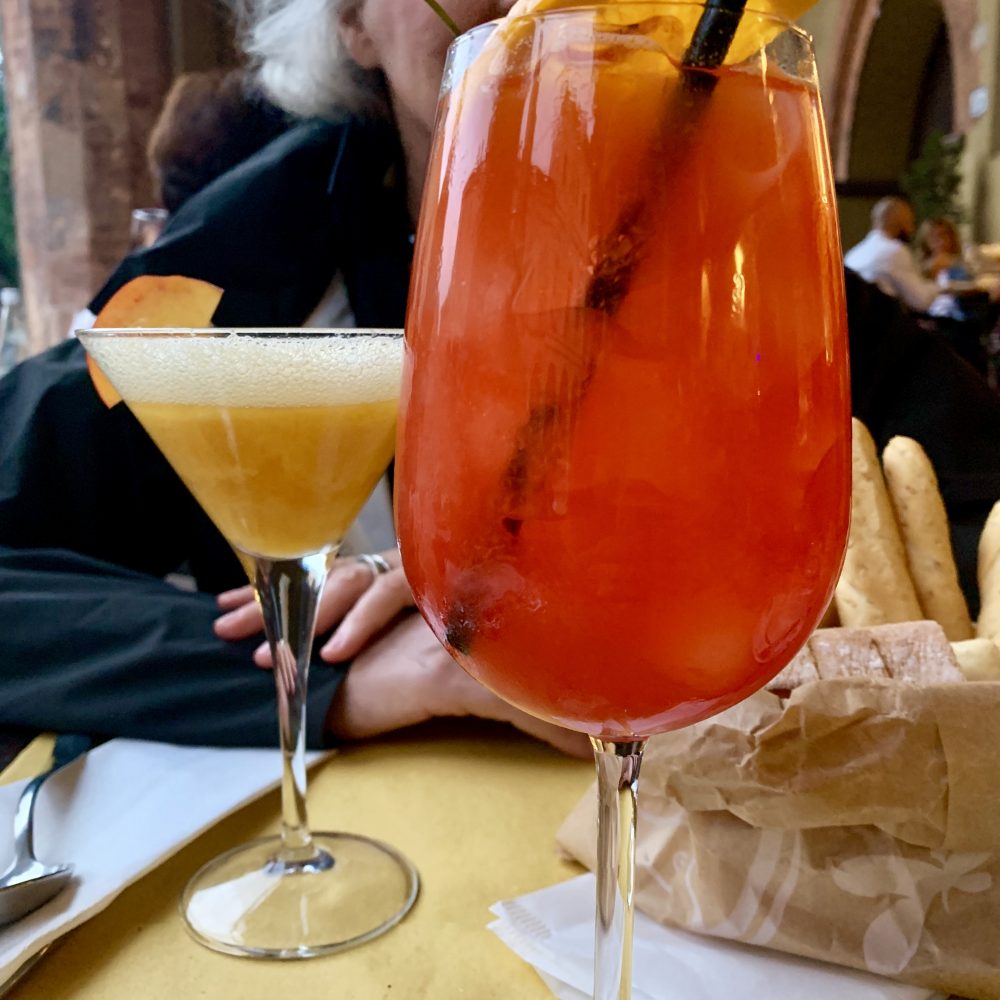
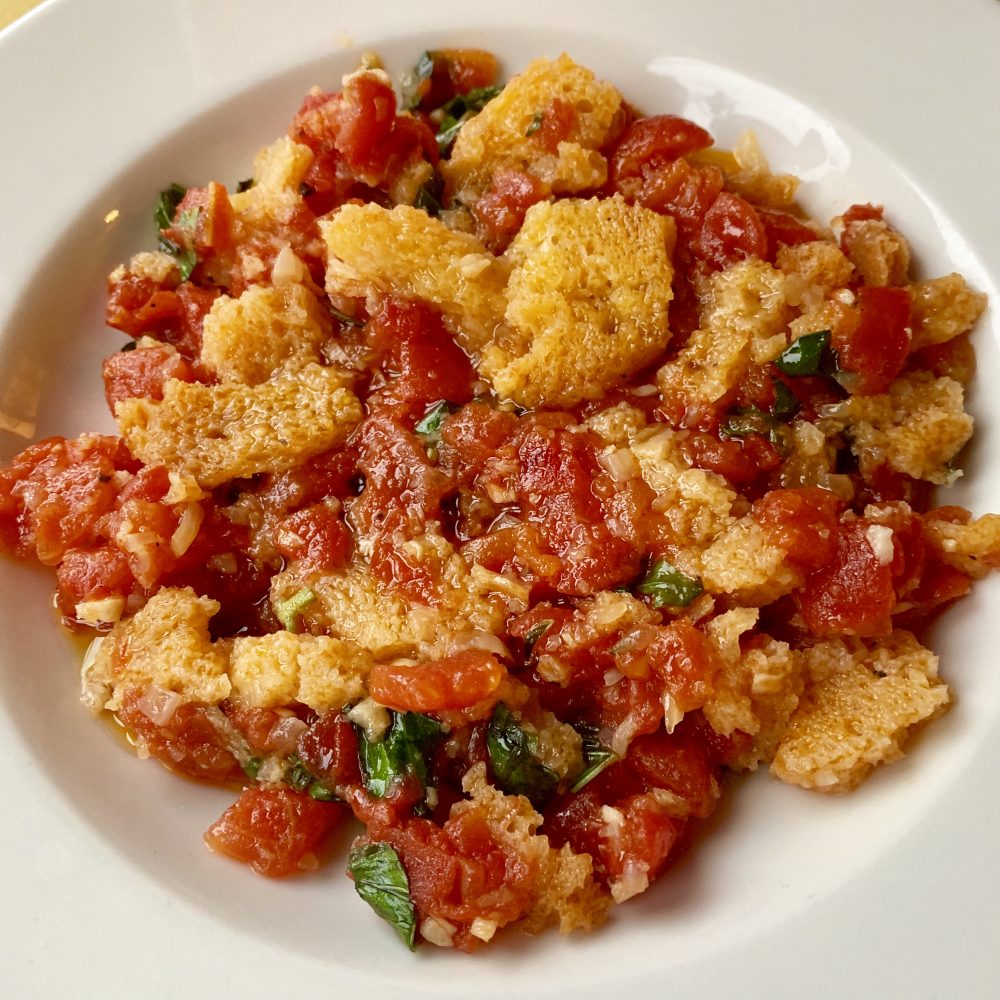
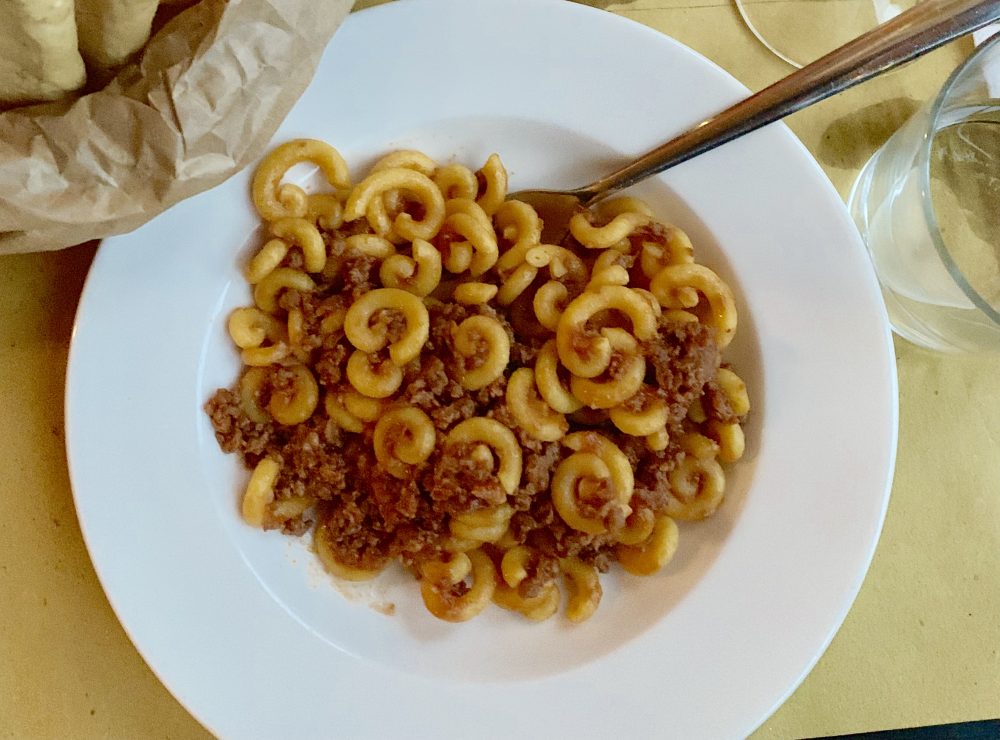
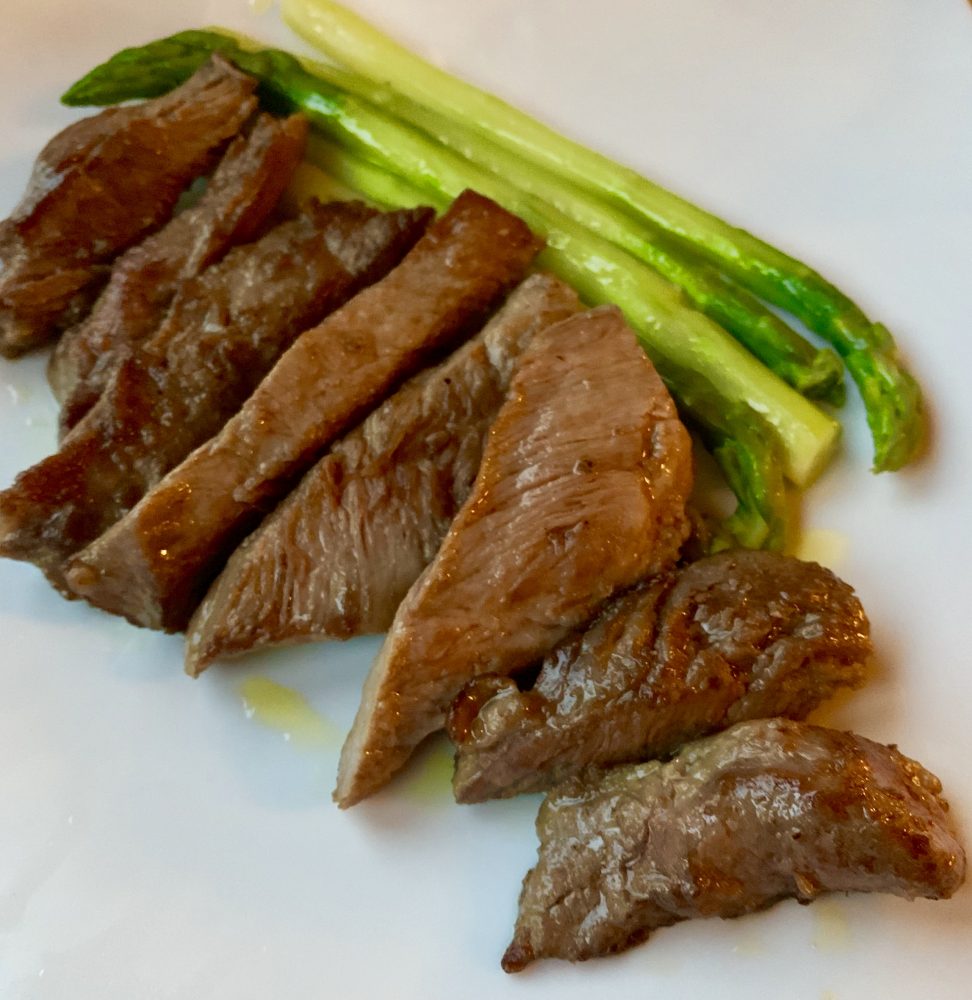
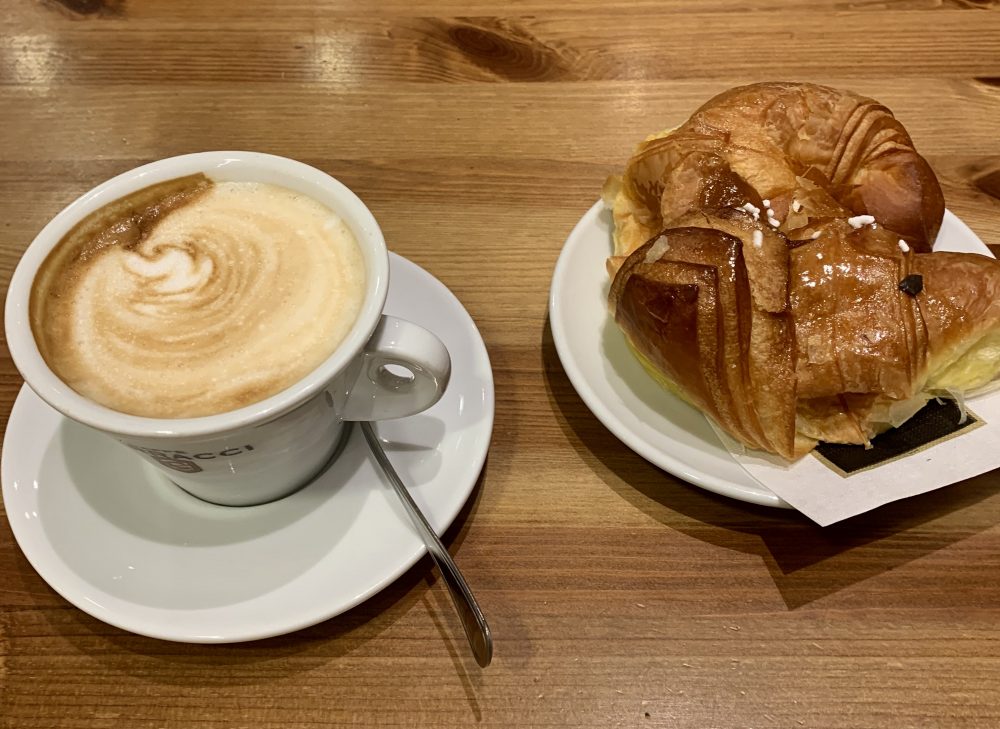
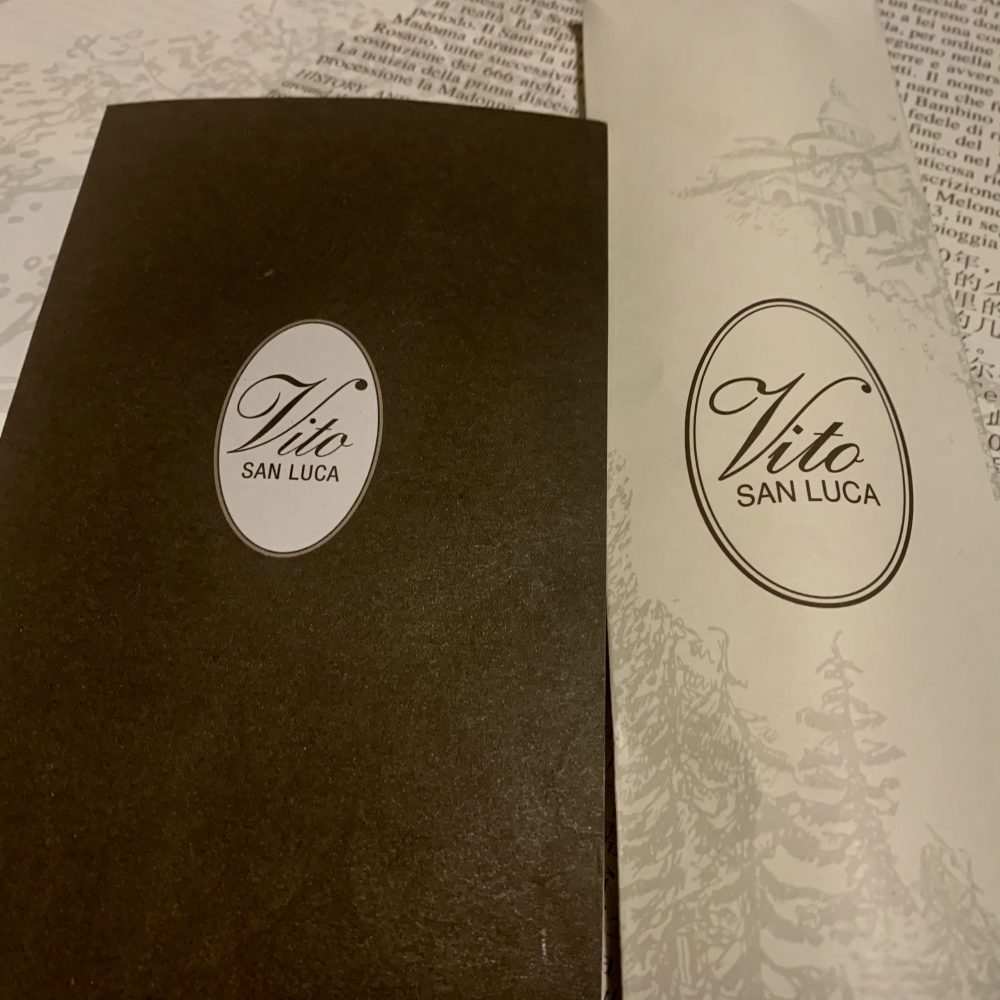
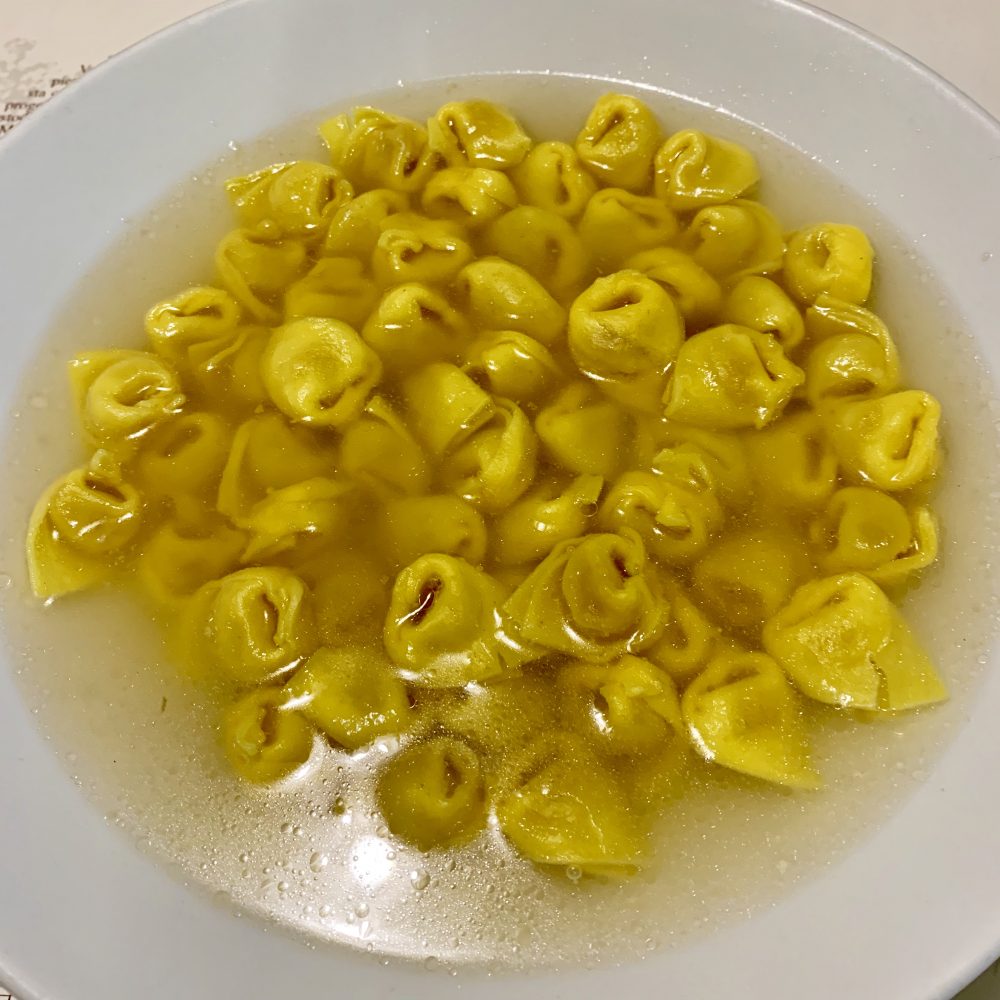
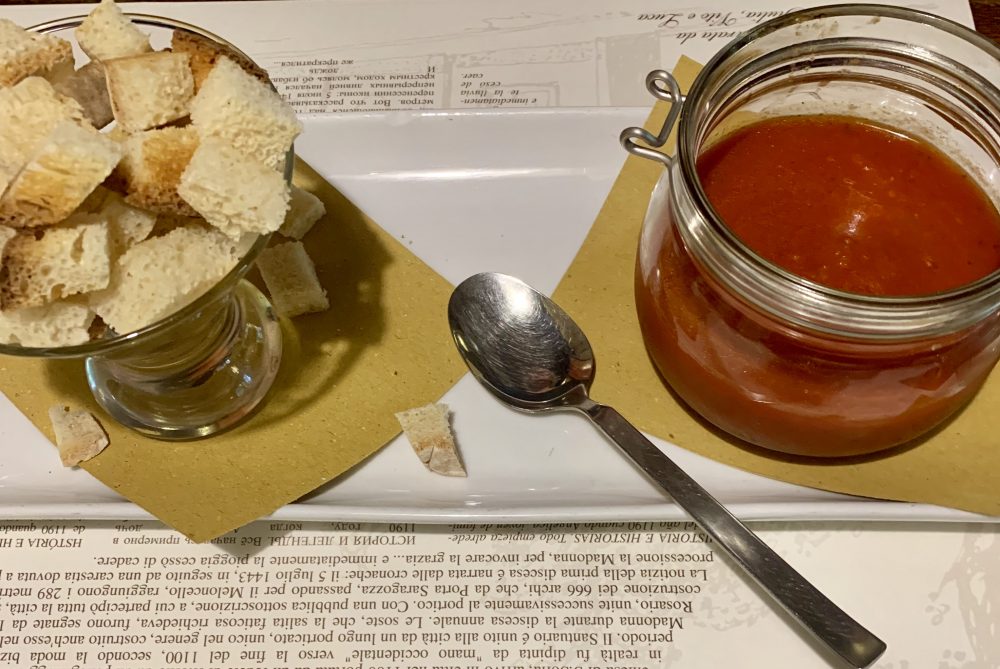
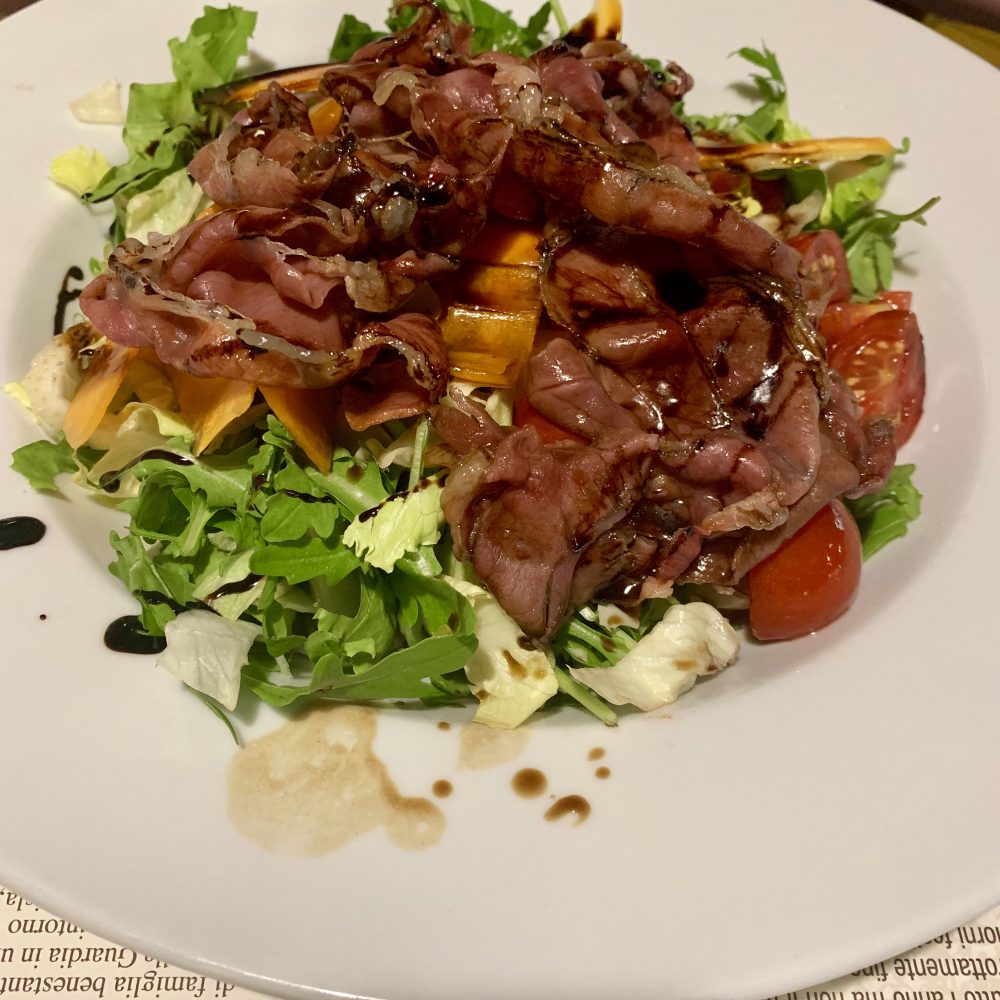
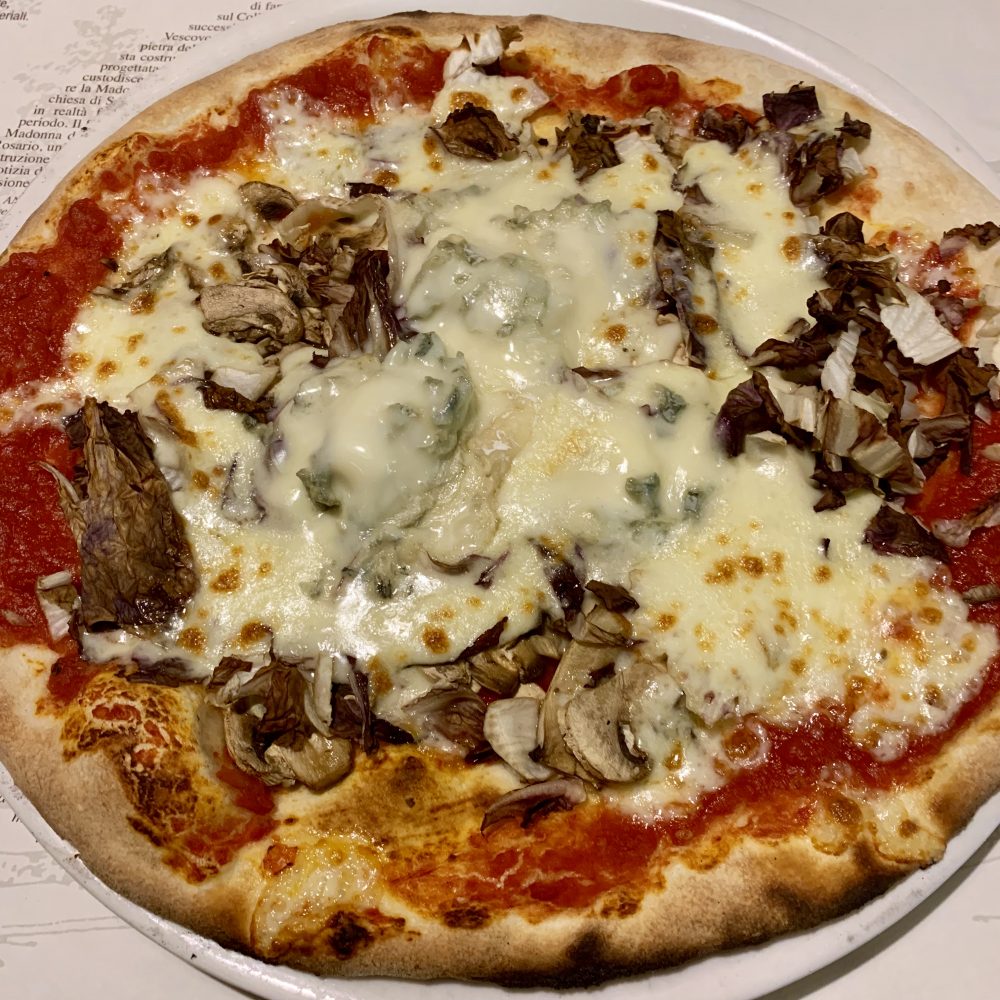
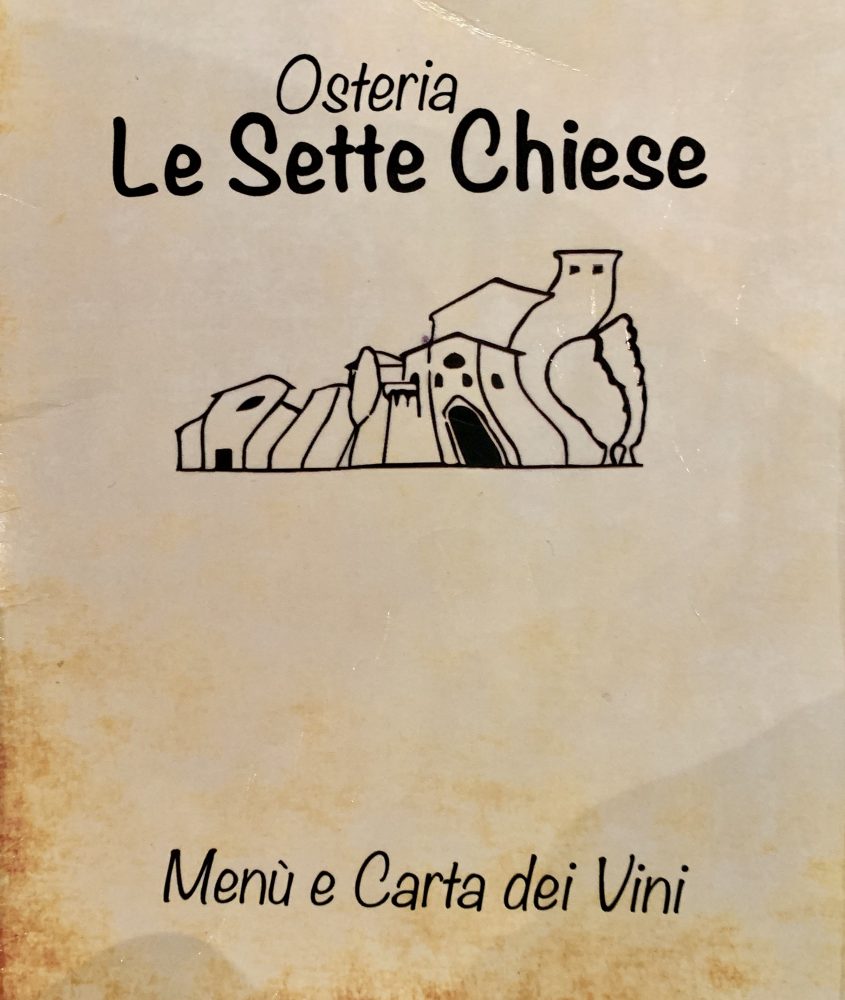
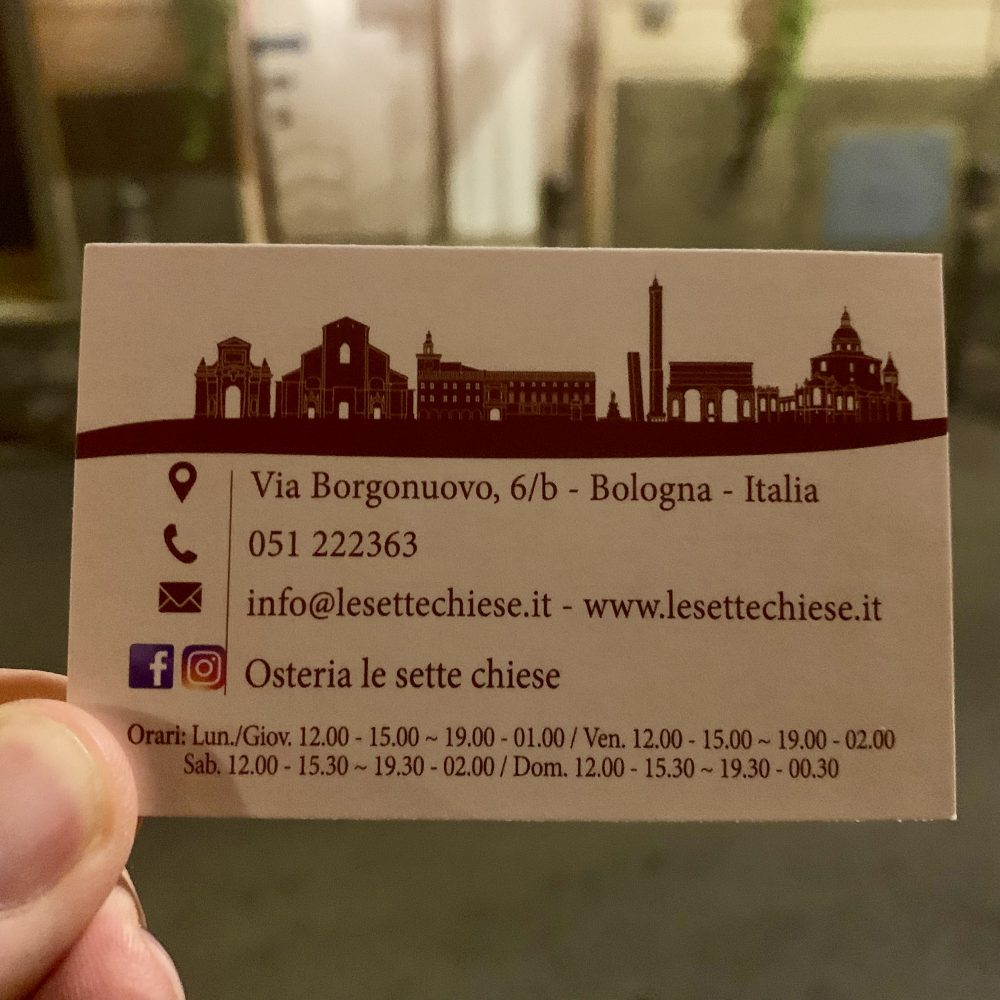
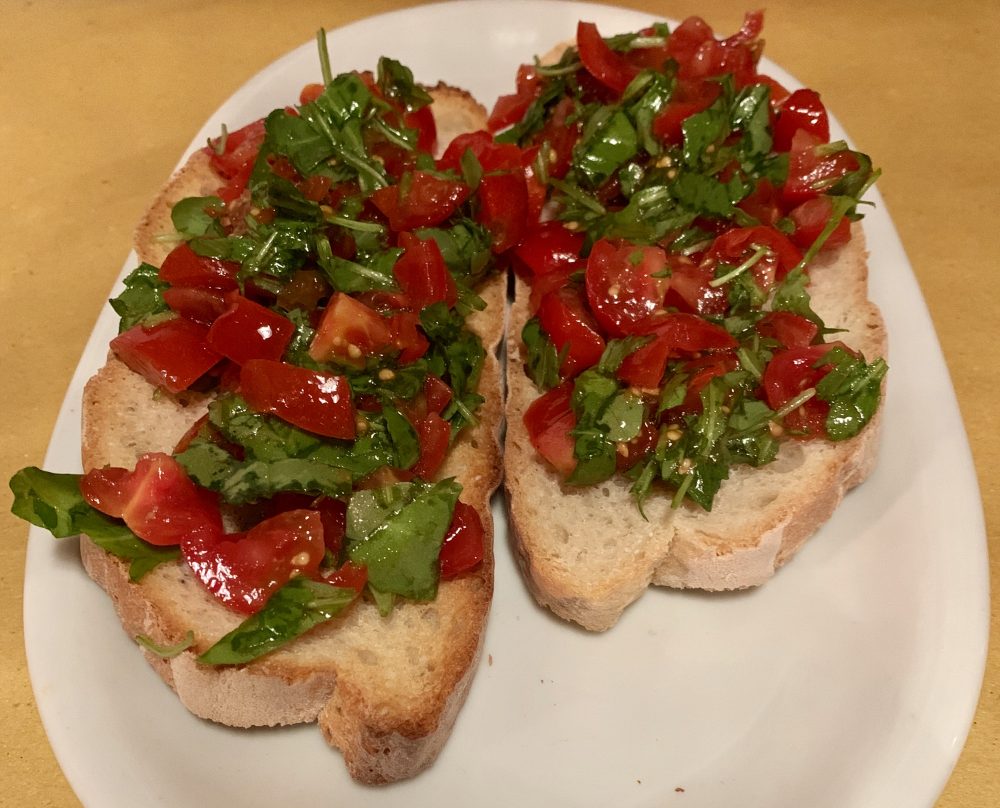
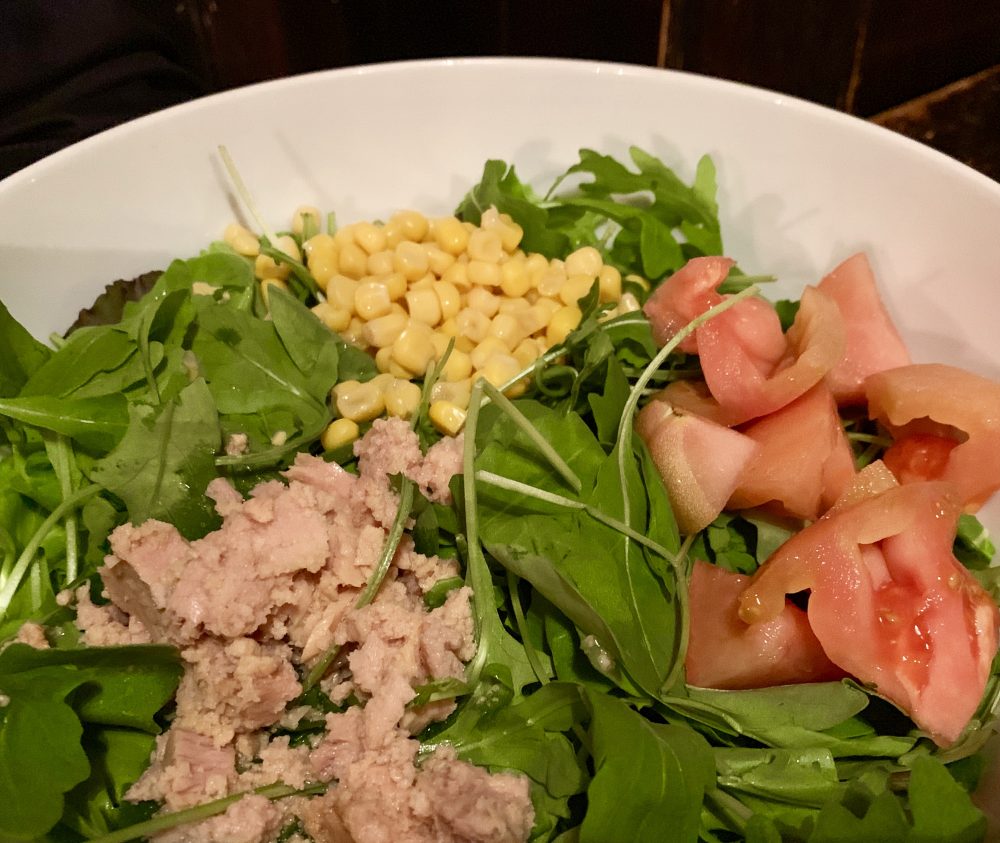
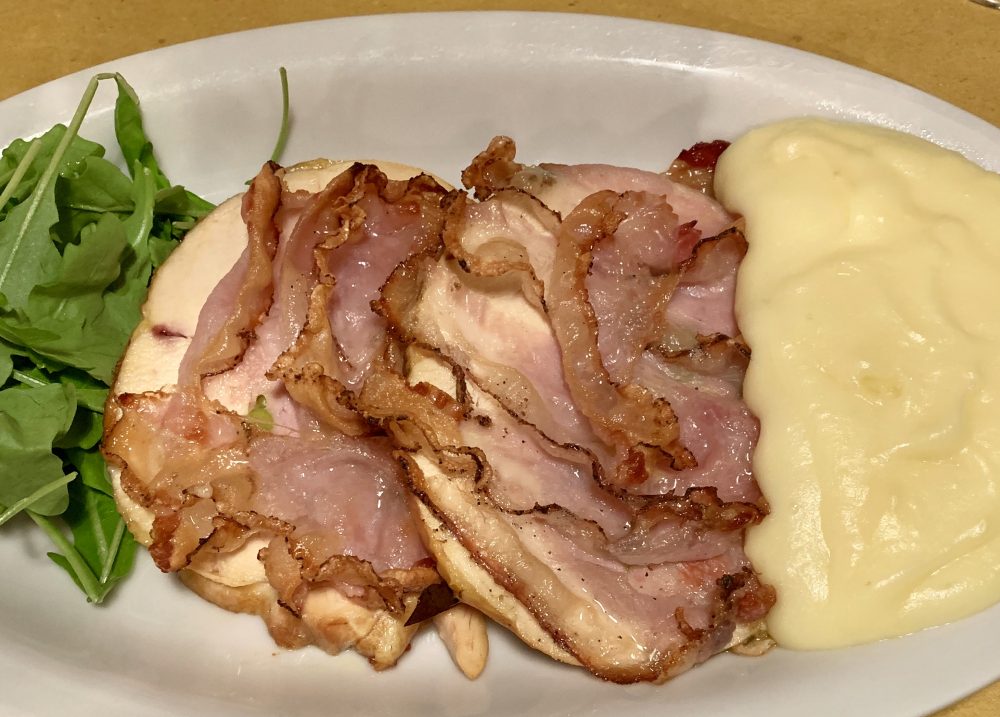
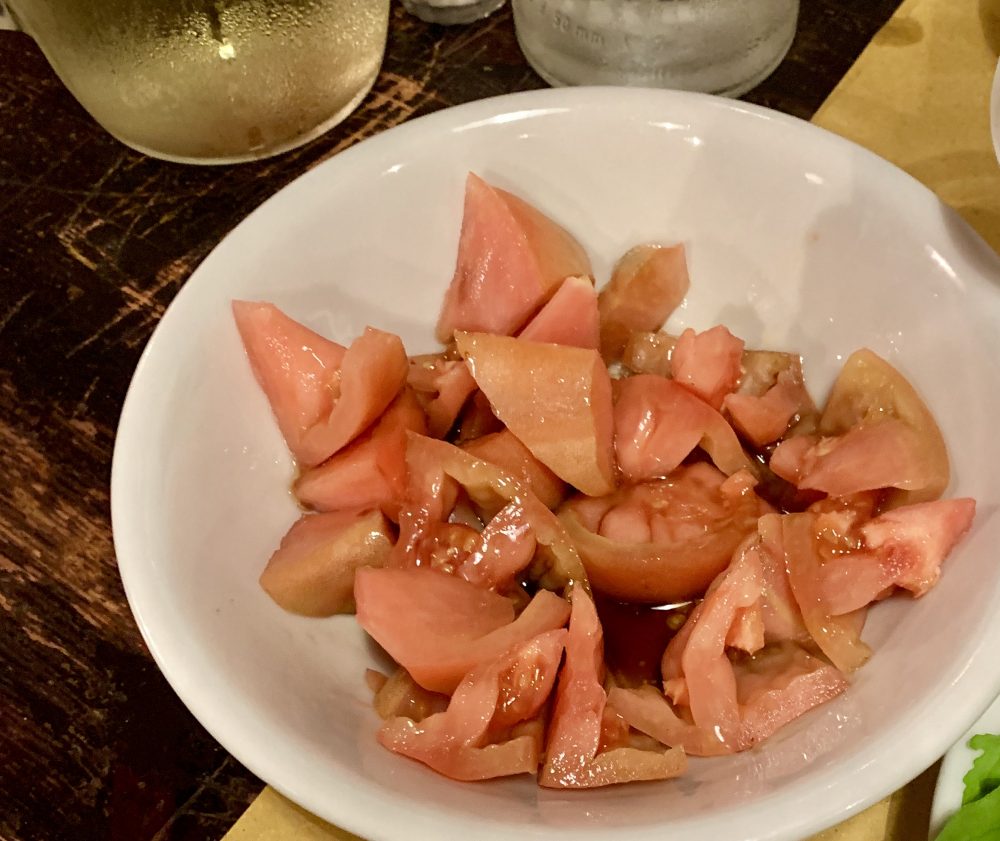
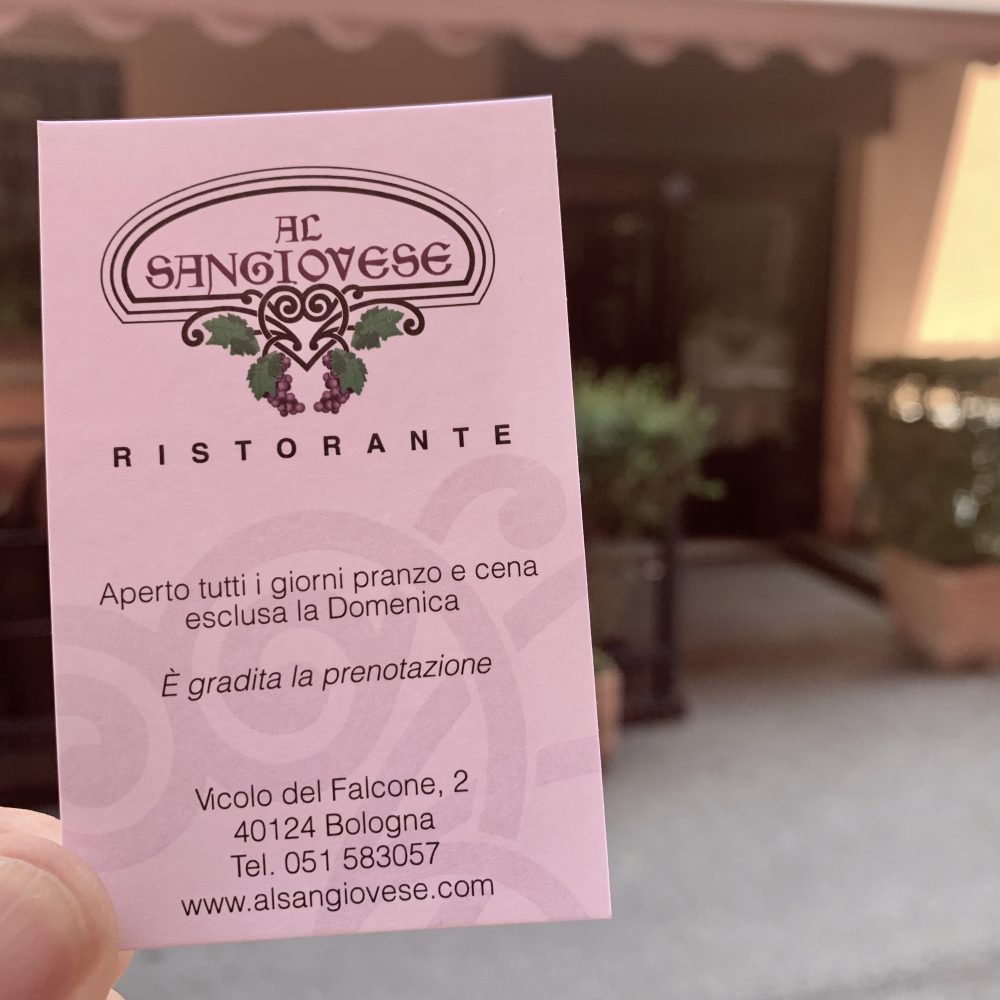

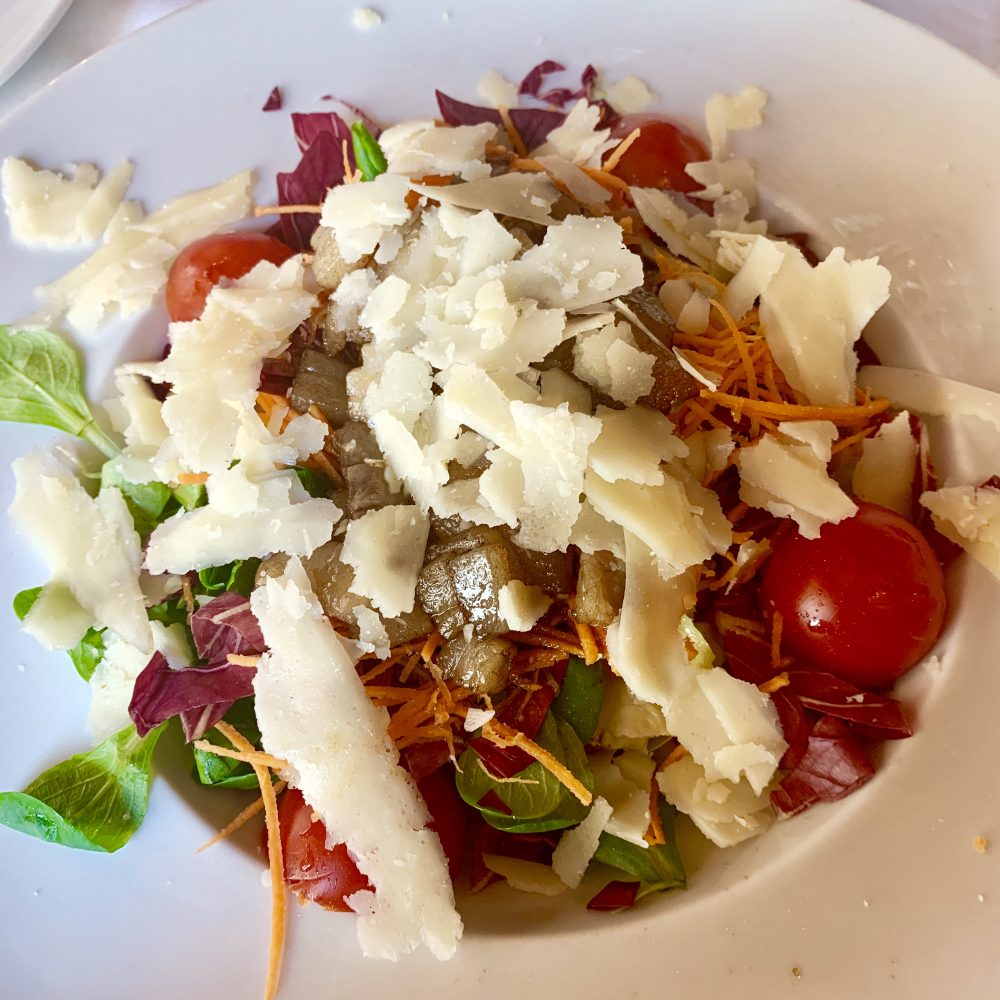
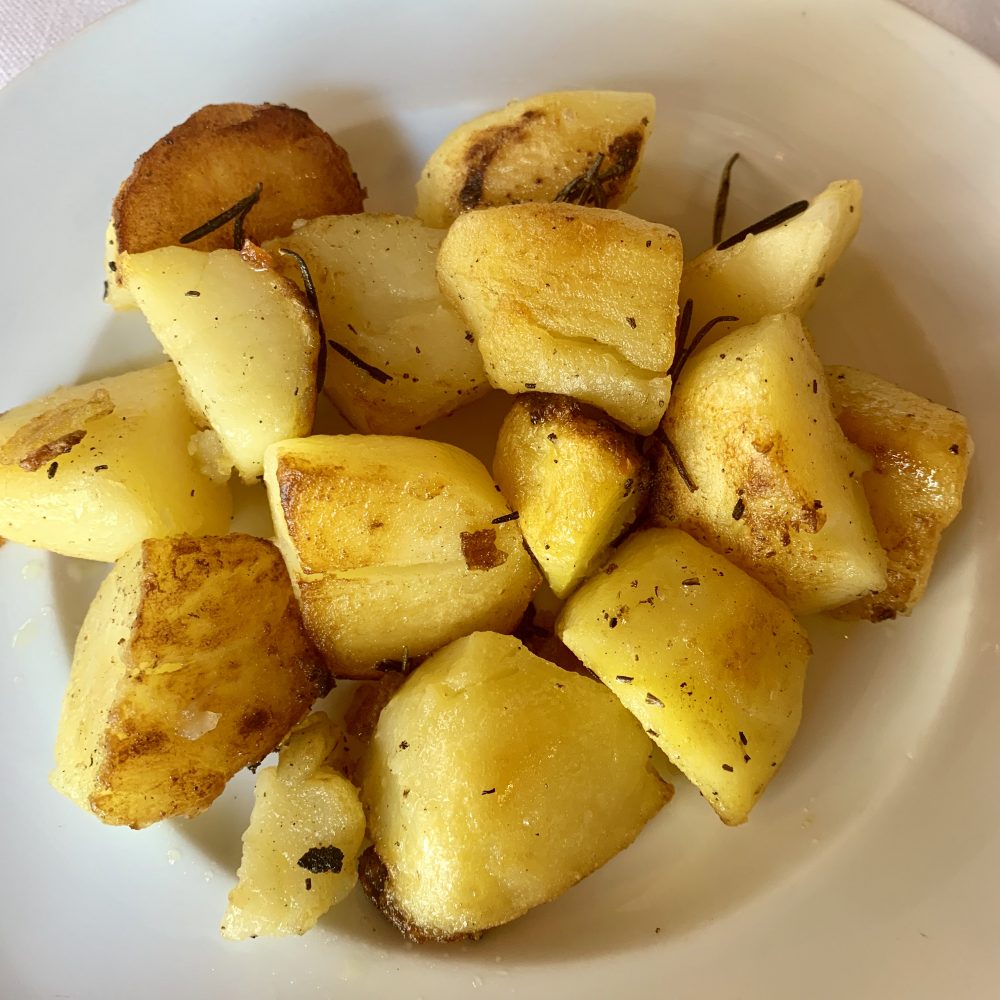
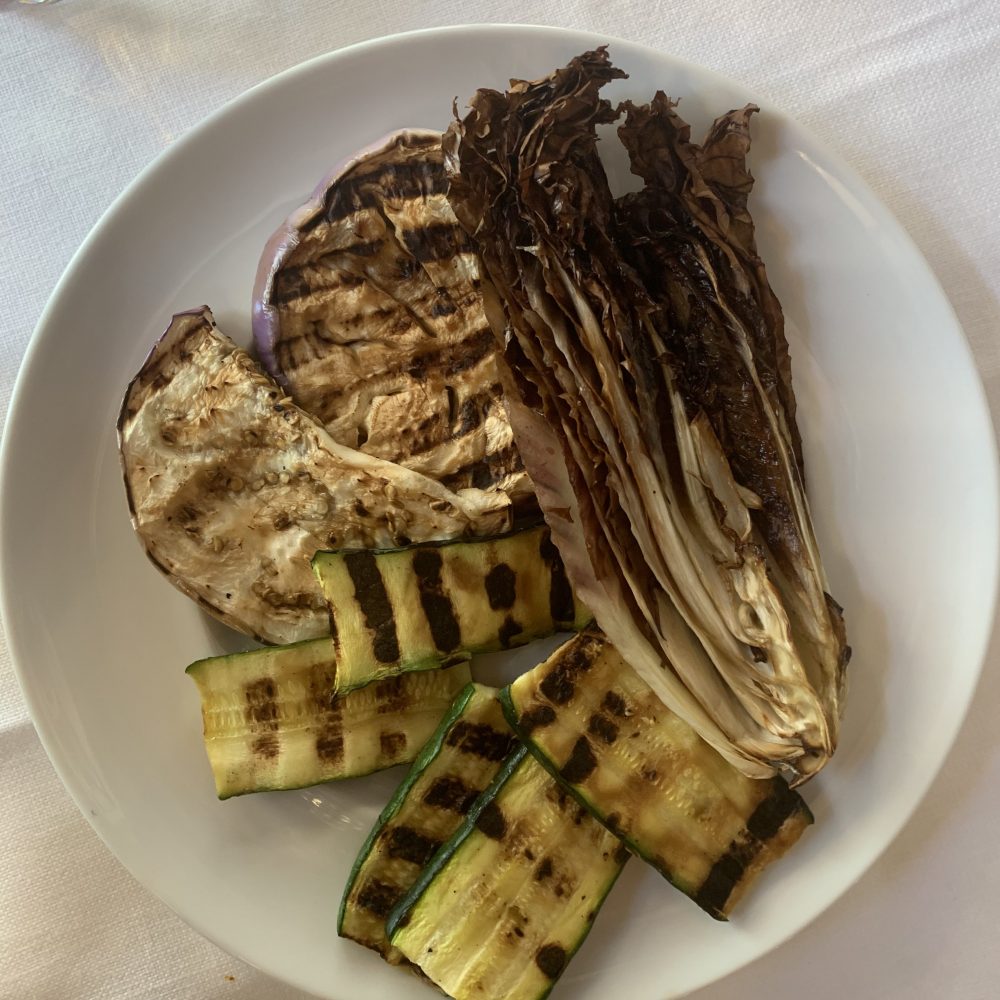
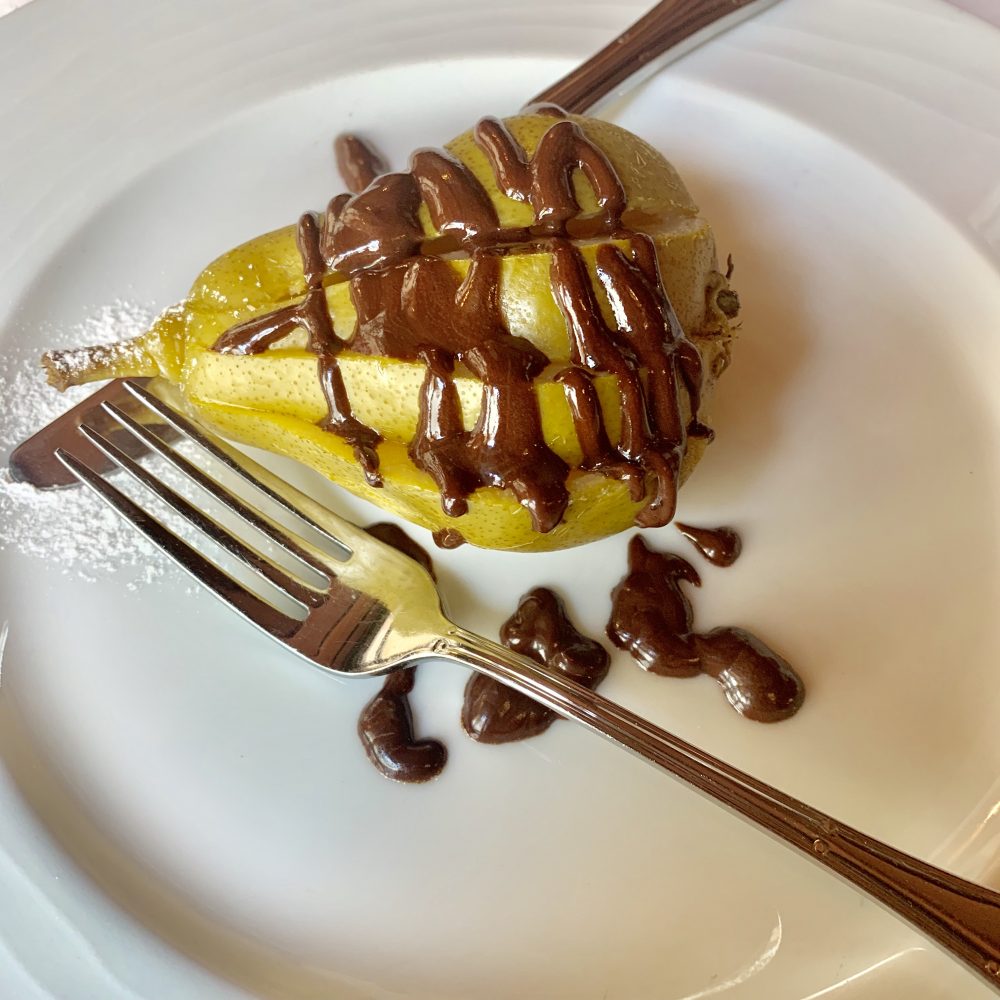
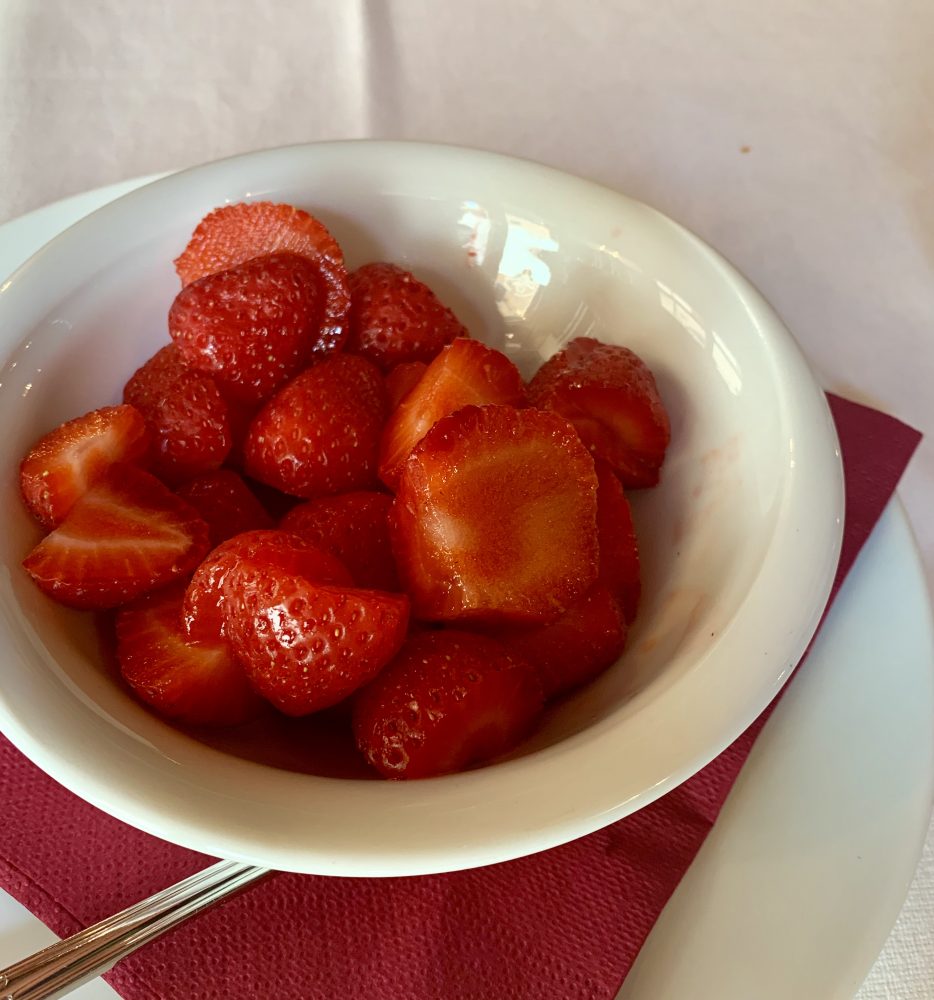
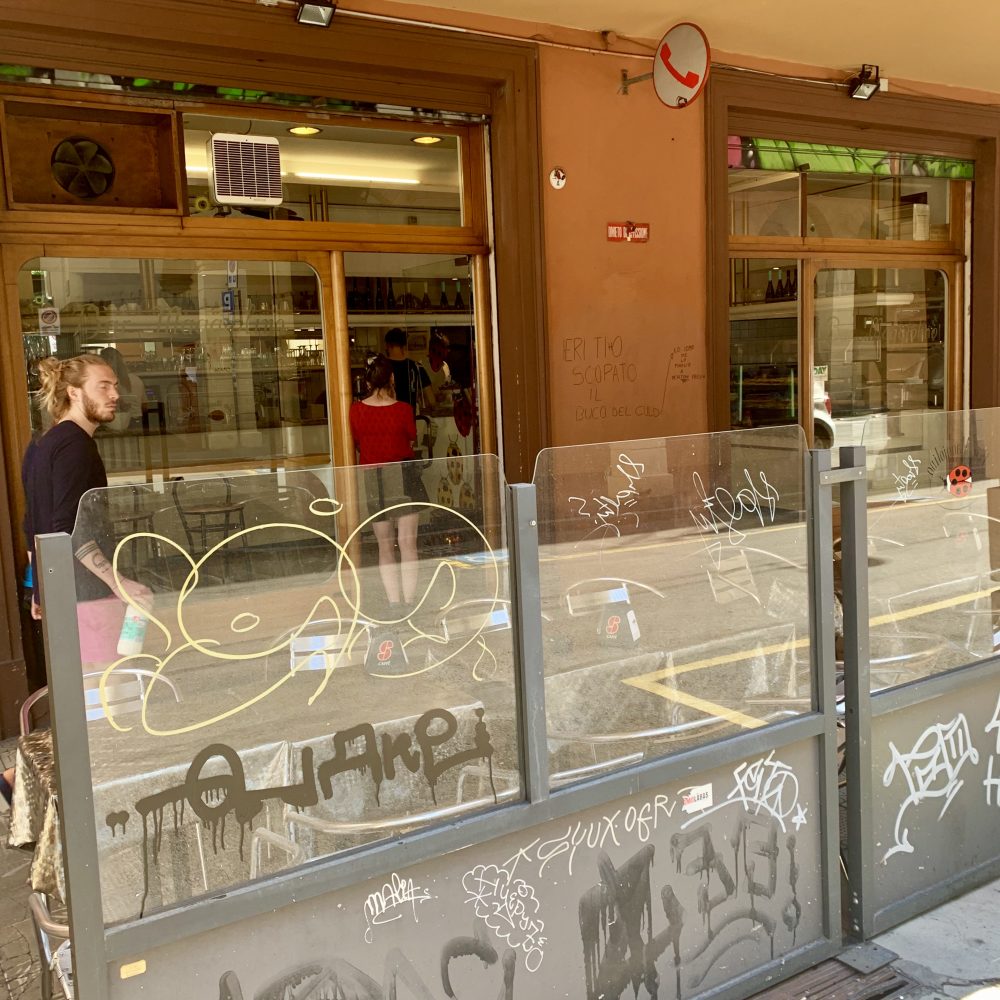
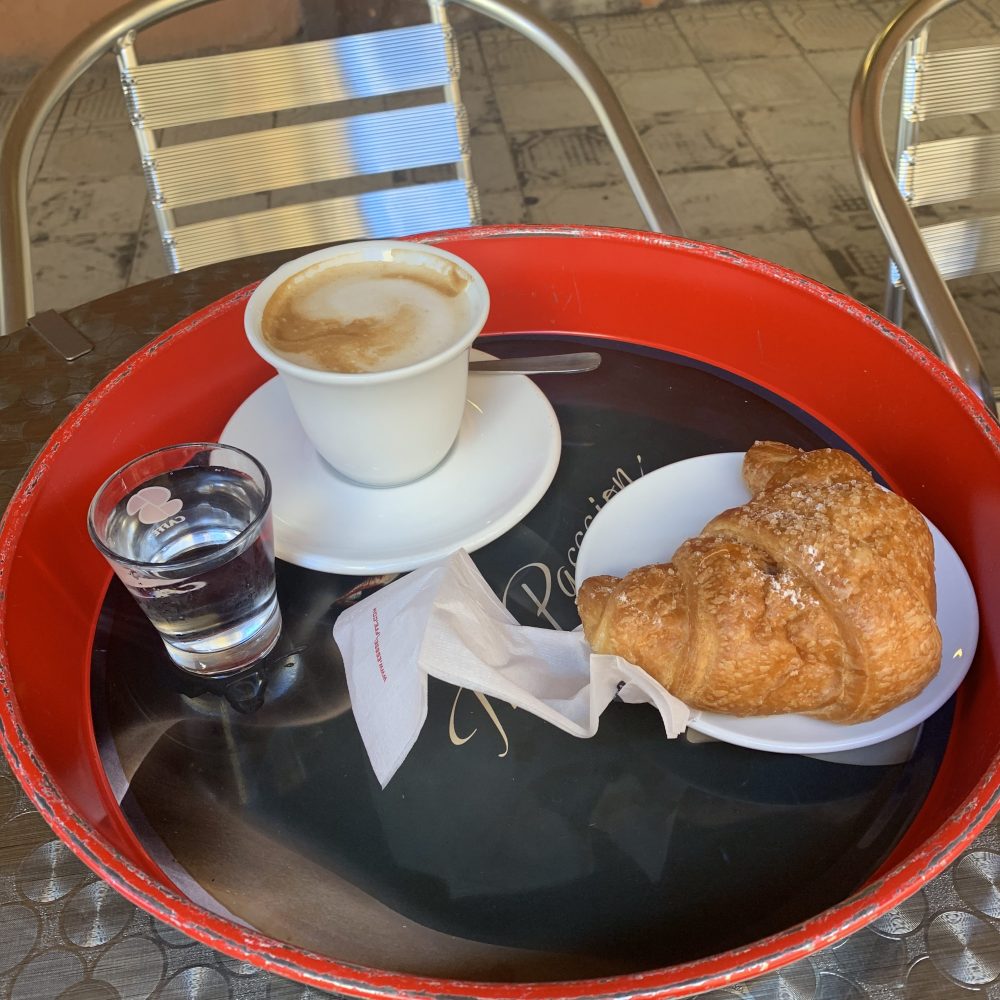
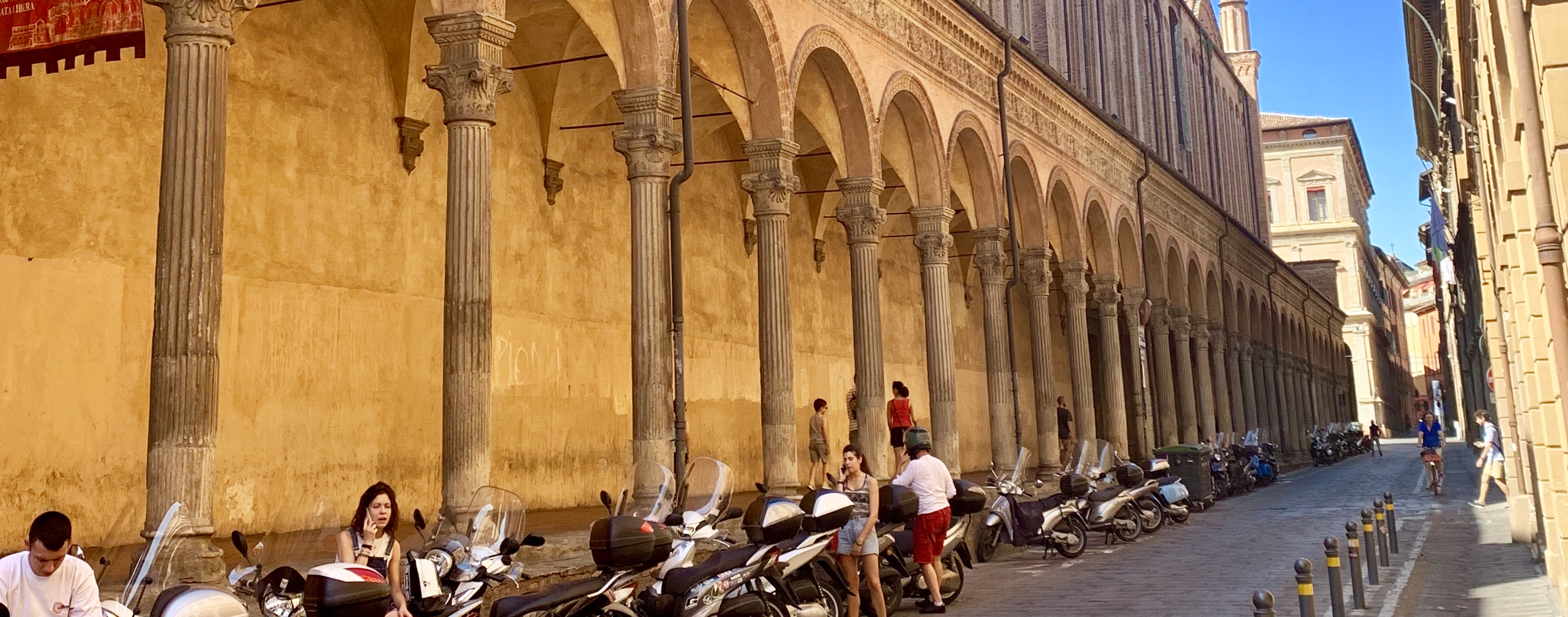
Pretty cool graffiti! And I love those lofty arcades!
Read all your posts! I would have always written how wonderful are they so full of details that at the same time you believe you are traveling with La Bonnie and Robert without leaving your home!!! Pics and skatches are a colored and sometimes funny and lively translation of your words. About Bologna, I just want to tell you how important has been the town for my generation as two of our most important song writers have celebrated it in their songs : Francesco Guccini and Lucio Dalla; they met in the taverns of Bologna and sang and drank together as tradition in the town. The last one (born in Bologna) passed away a few years ago but Francesco Guccini is still alive even if he has decided no to have more public performances. He was very active durng the ’70s when Italy was the theatre of cruel struggles between the estremiste fringeds from the left and right sides. On August 2nd, 1980 in Bologna Station there was a massacre in which died 43 innocent people: the fascists put a bomb in the central station. Guccini has always been a singer very close to the left parties and his songs have often supported the struggles of the working class….but now all this belongs to the prehistory!! Just wish to suggest you to listen to “Bologna” (la grassa, la rossa, la dotta) by Francesco Guccini and “Piazza Grande” (Piazza Maggiore) by Lucio Dalla. I love both the singers.
L: Will do on the song! When we get to Serra! Glad you are caught up on our posts. B+B